Apr 23 – May 2, 2023 Marc, myself, and our son Alex had a great time in DC. Alex and I had never been there before and were more than impressed. Luckily, I did my research and booked sites ahead of time since many require timed-entry reservations these days.
Great public transportation in DC. We used the metro and the DC Circulator $1 buses to get around.
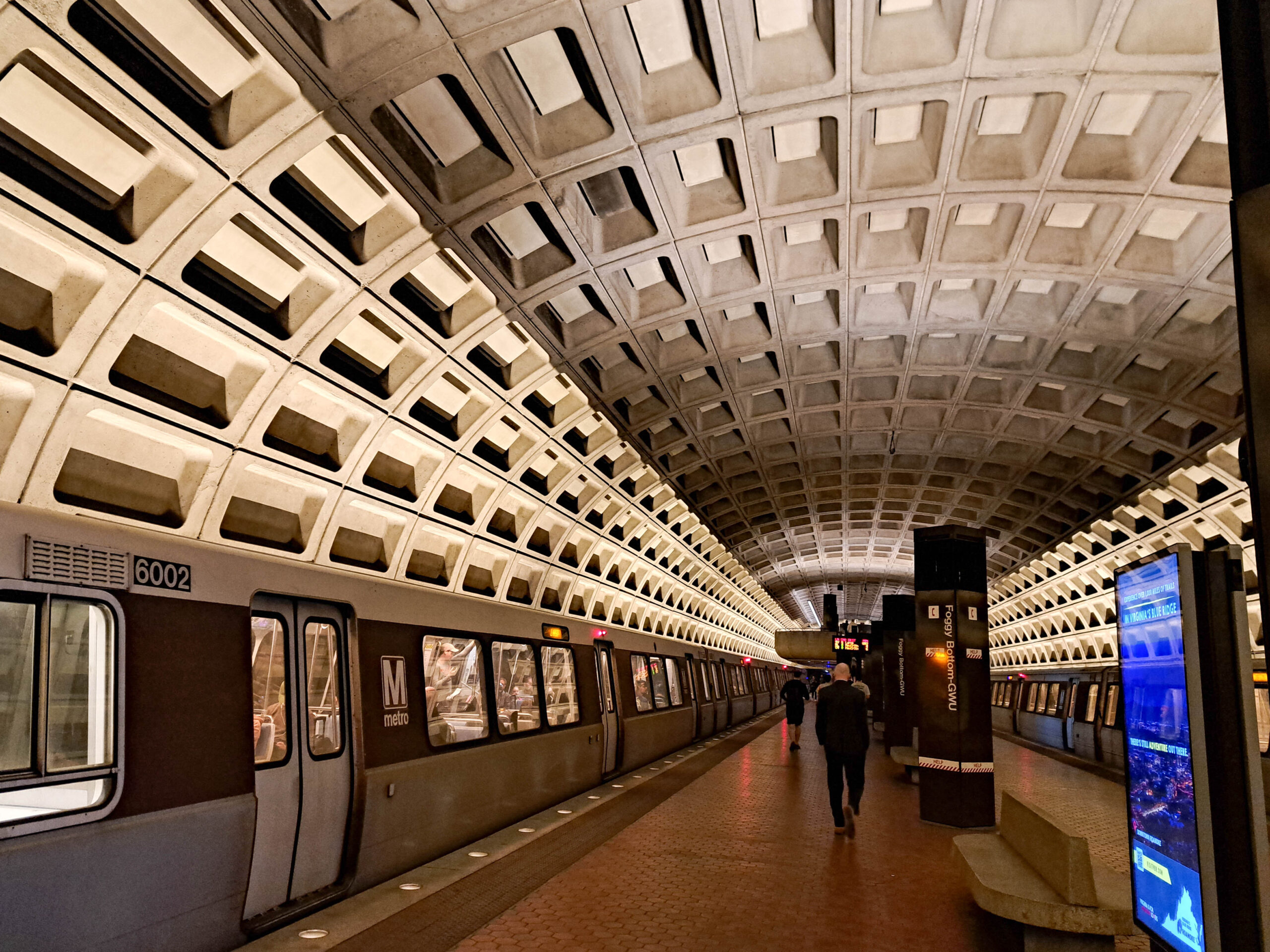
I arrived a couple of days before the guys and hit up some sites that were closer to my Foggy Bottom area hotel and sites I was afraid we wouldn’t have enough time to get to.
Kennedy Center
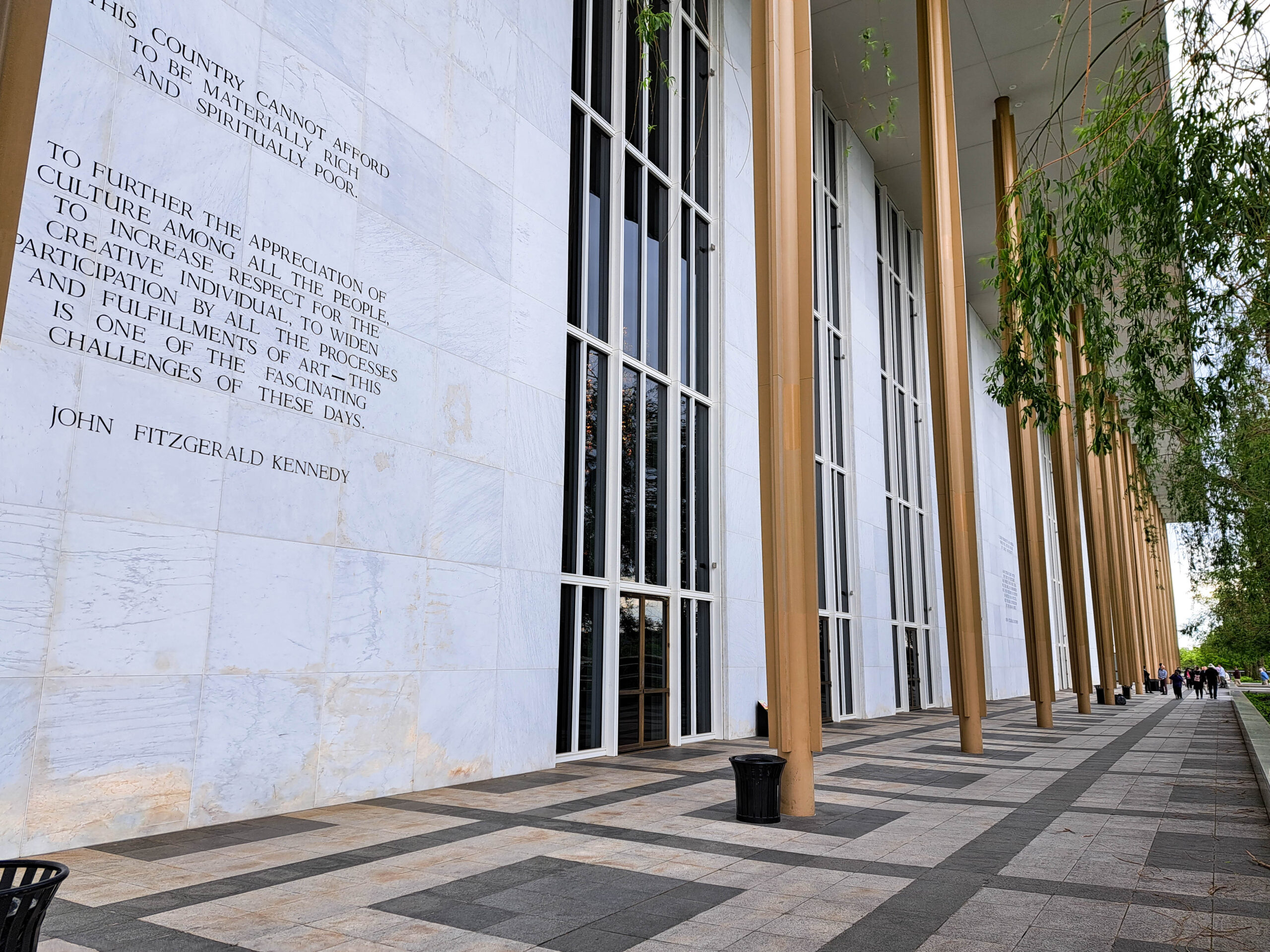
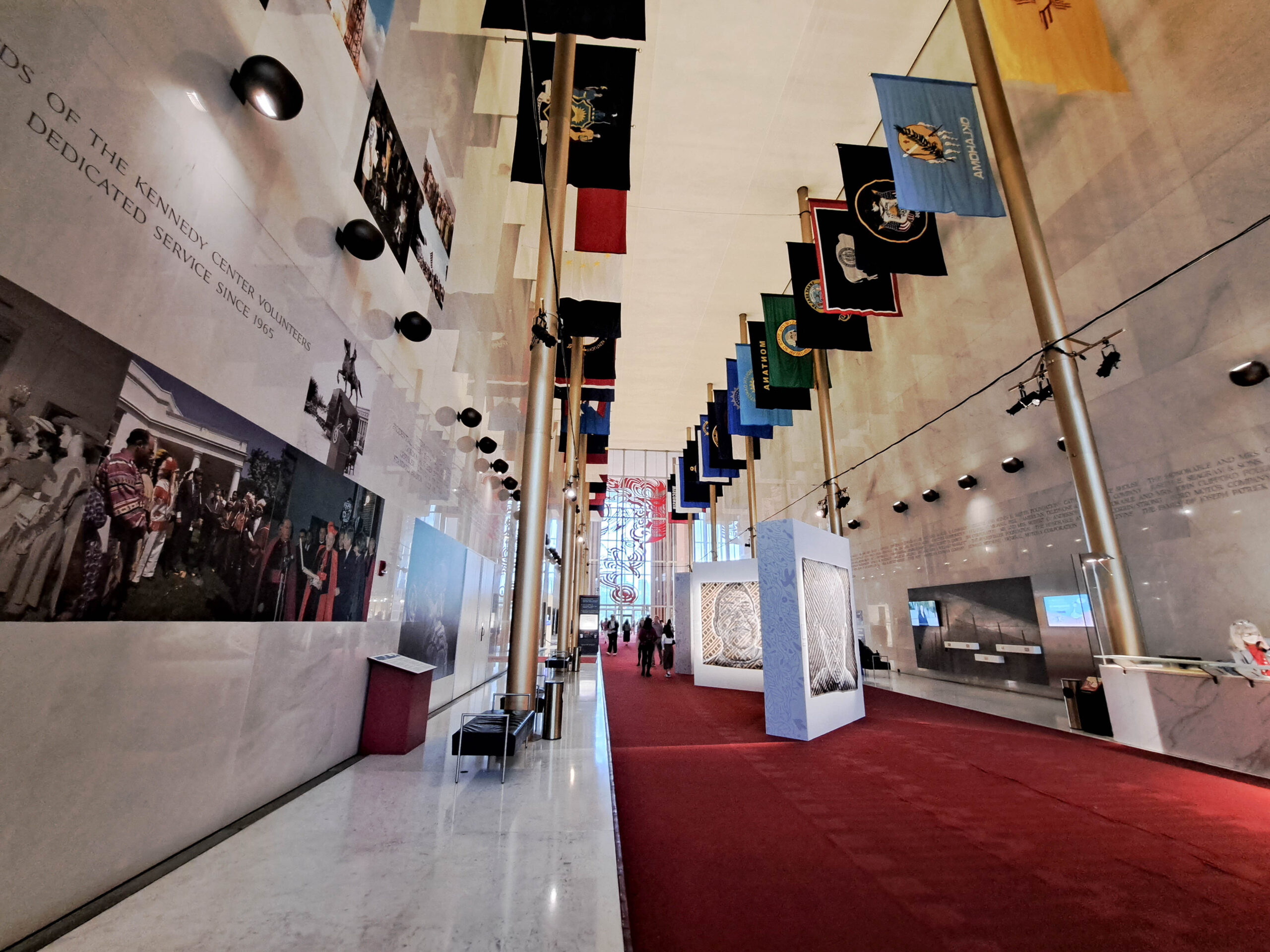
The John F. Kennedy Exhibit
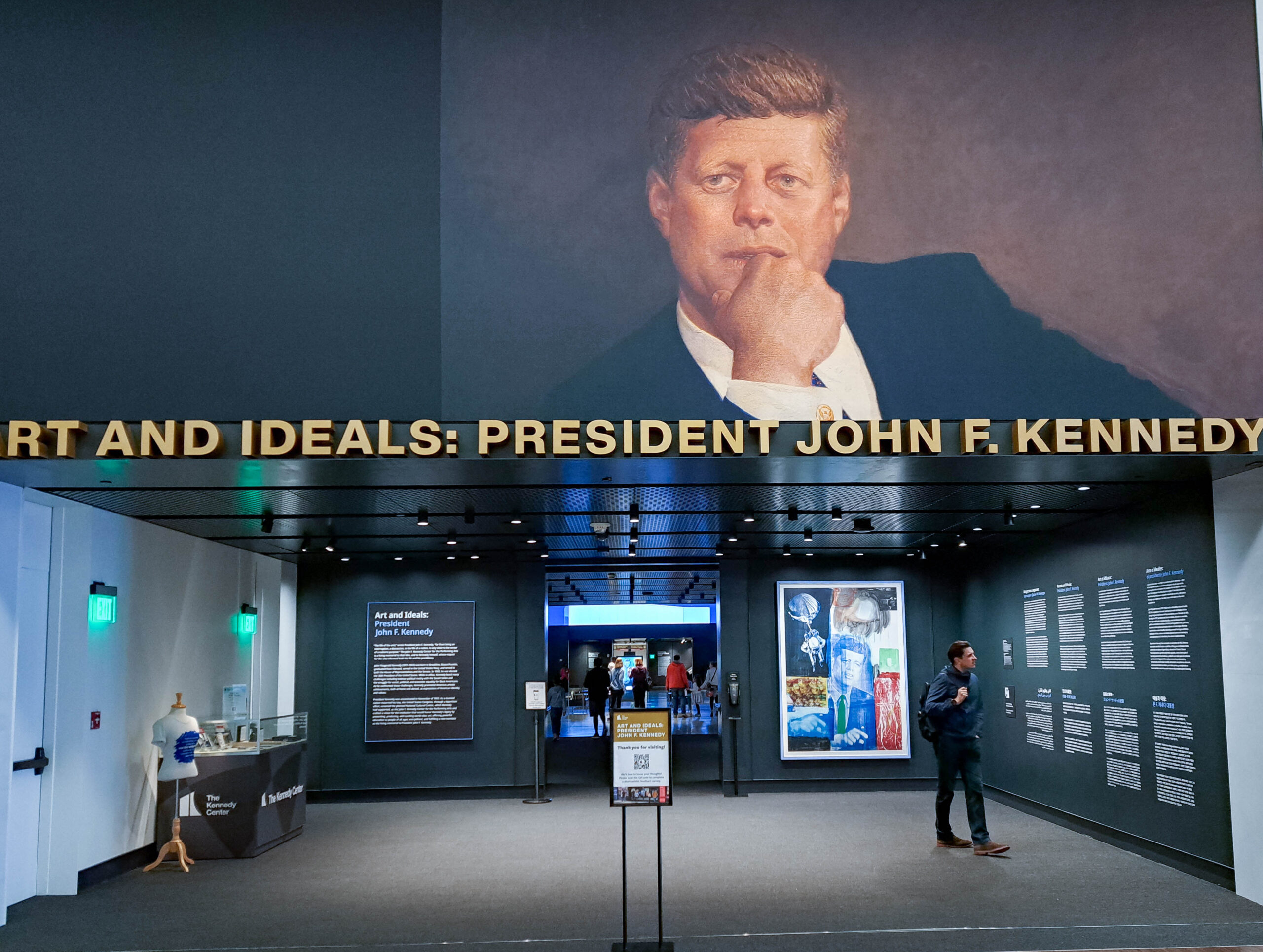
Great views from the upper wrap-around terrace
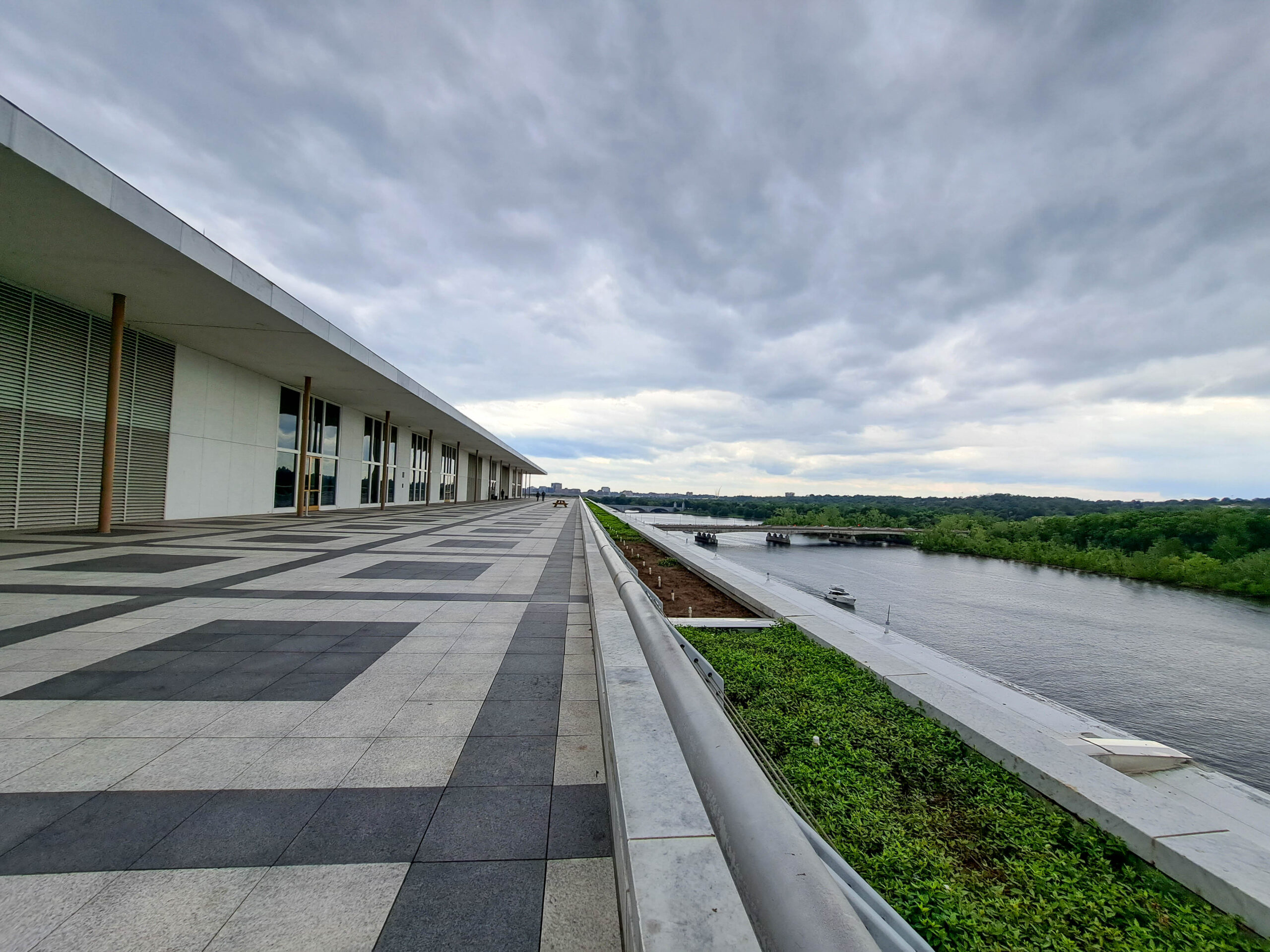
Smithsonian American Art Museum’s Renwick Gallery for contemporary craft
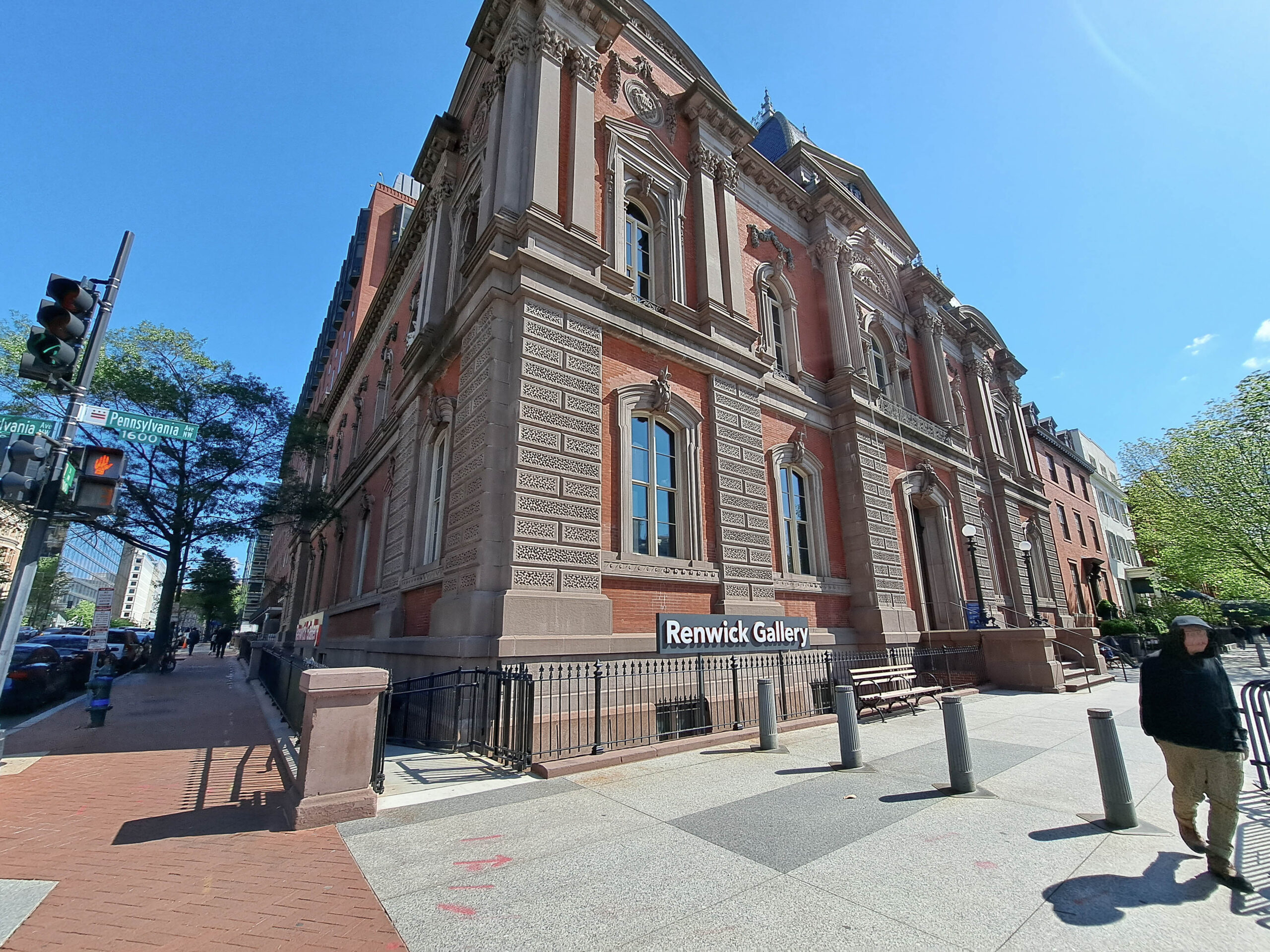
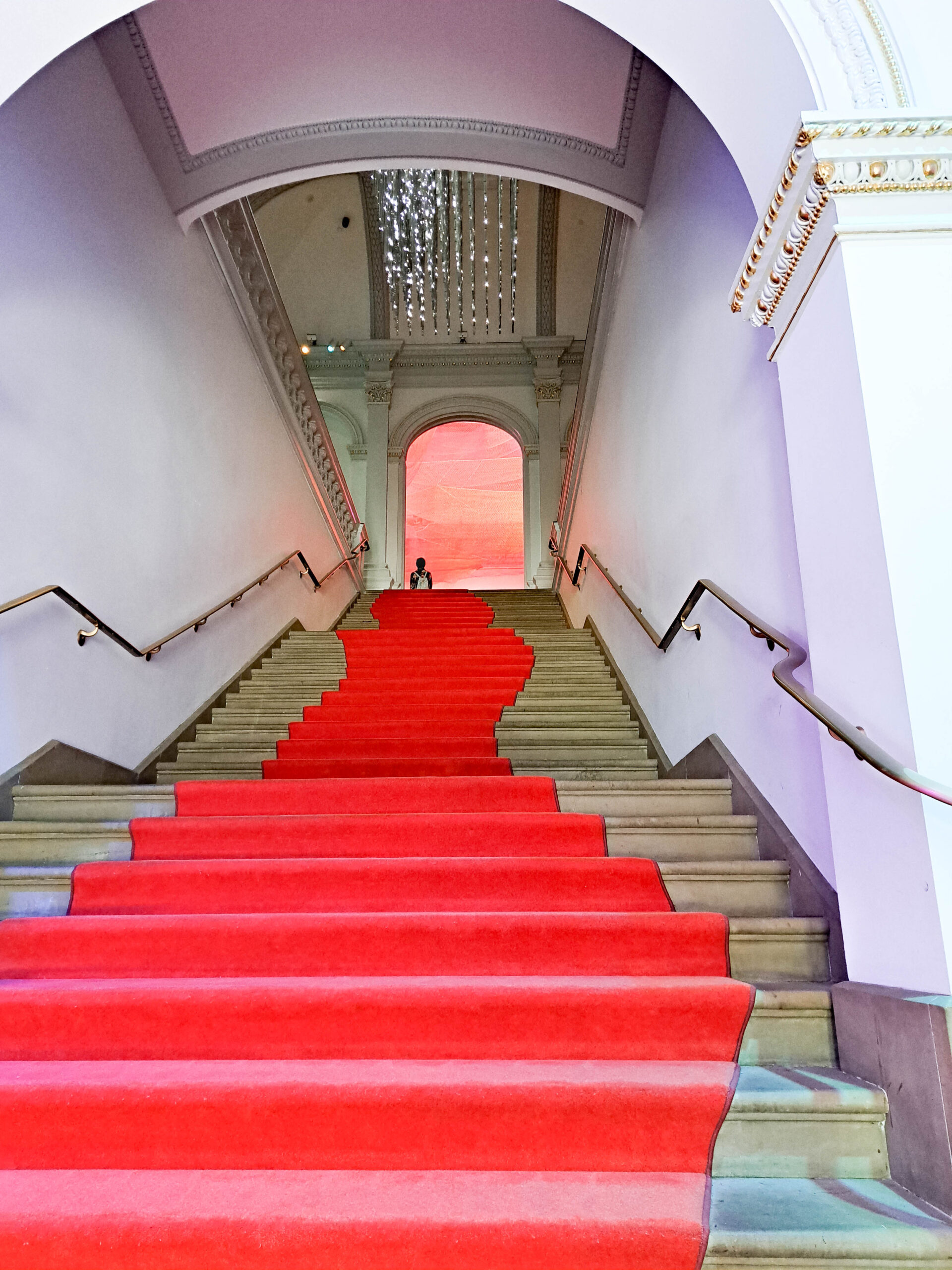
Janet Echelman’s “1.8 Renwick” is inspired by Japan’s 2011 earthquake and tsunami
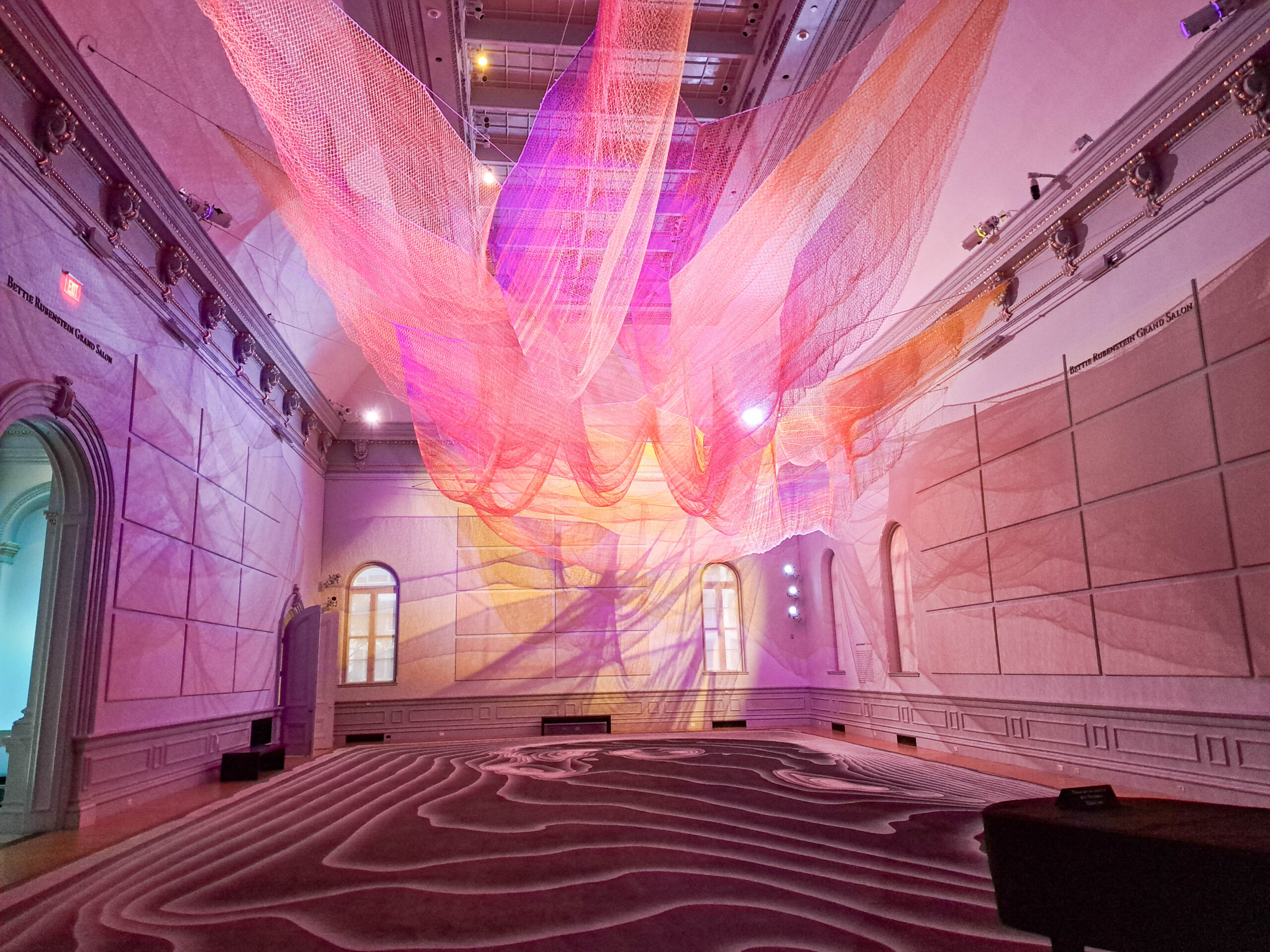
Lauren Mabry’s 2021 “Glazescape” made of earthenware and glazes
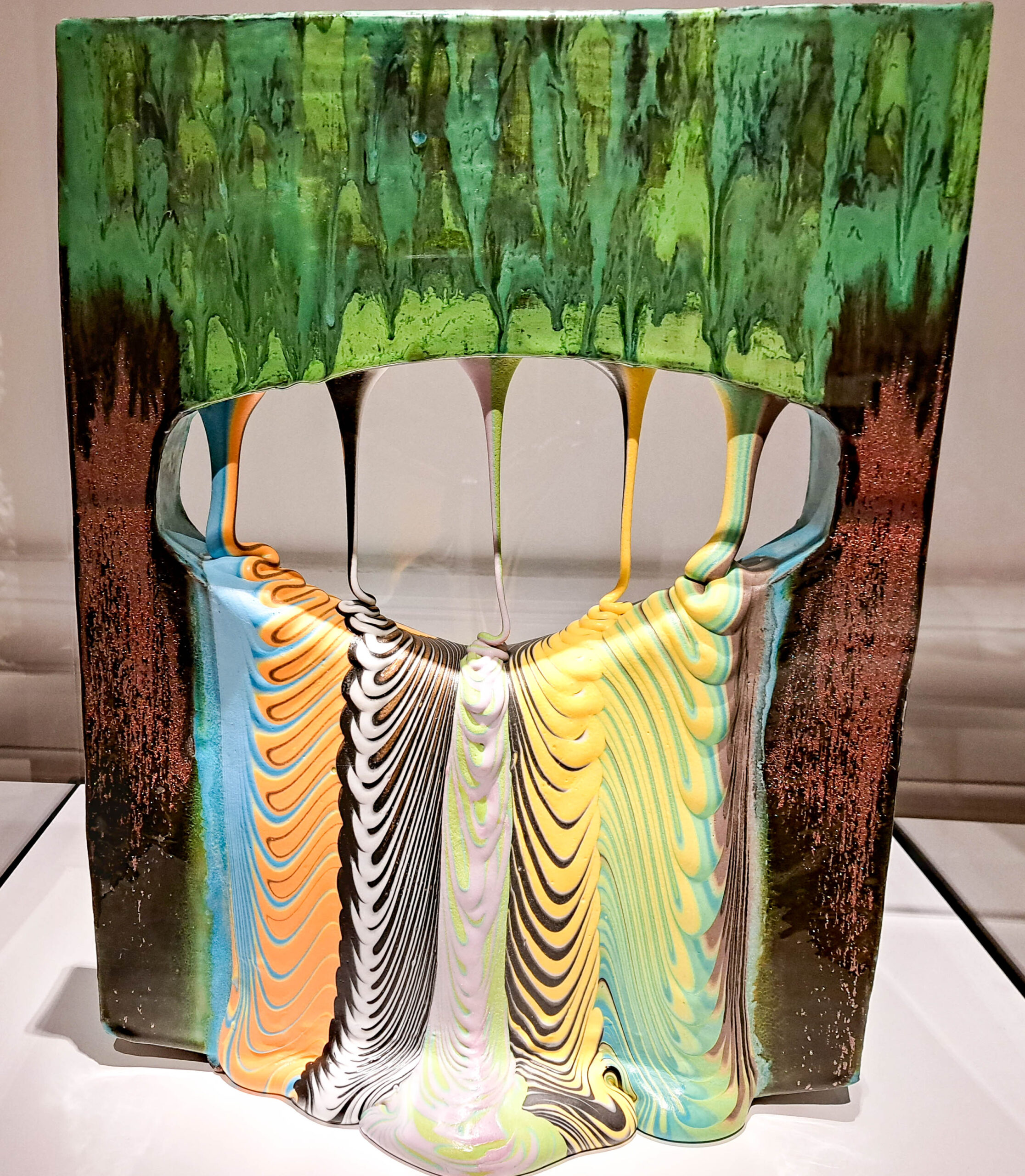
Jeannine Marchand’s 2019 “FOLDS CLXVIII” is made of clay and wood with a powder-coated steel frame
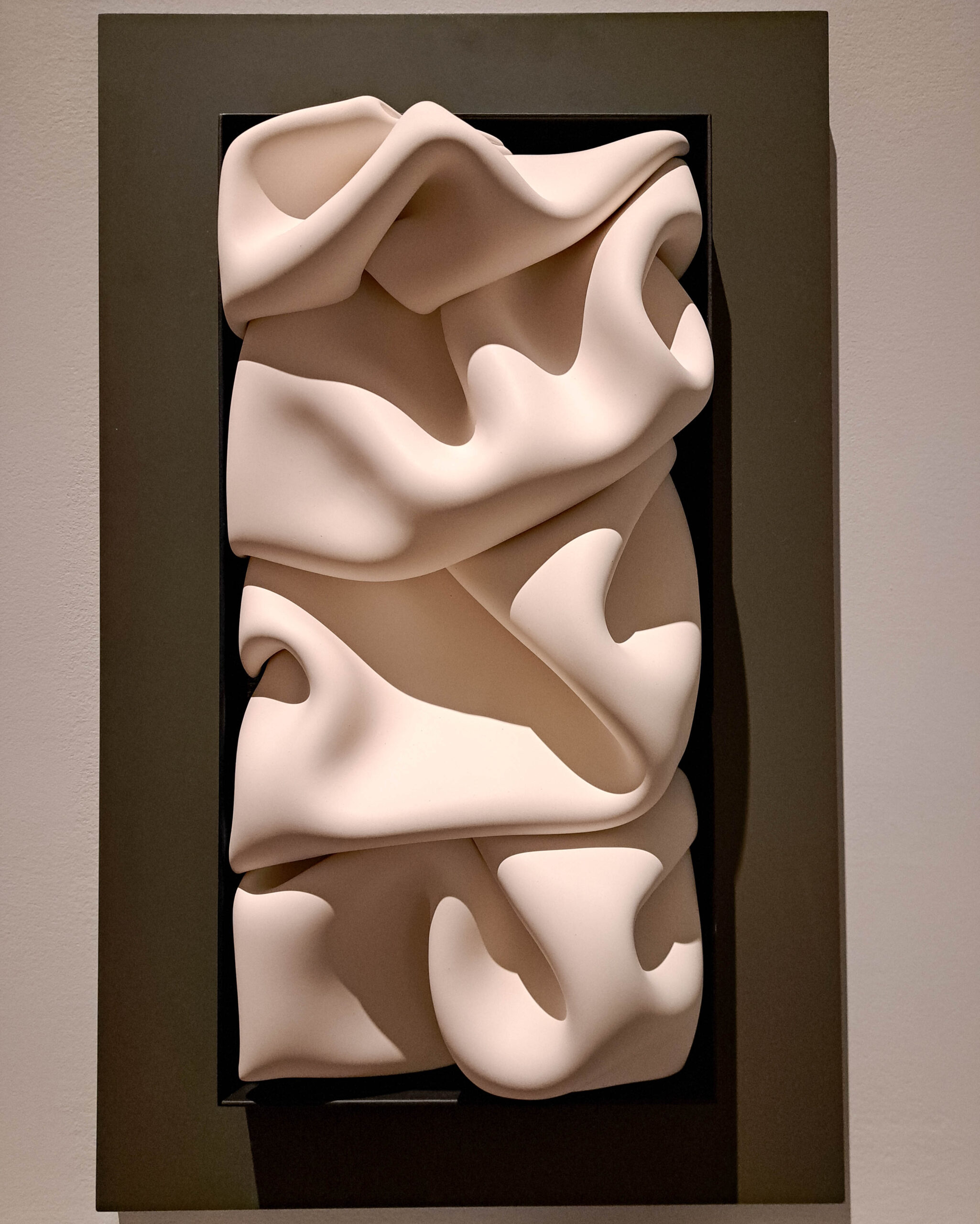
Georgetown
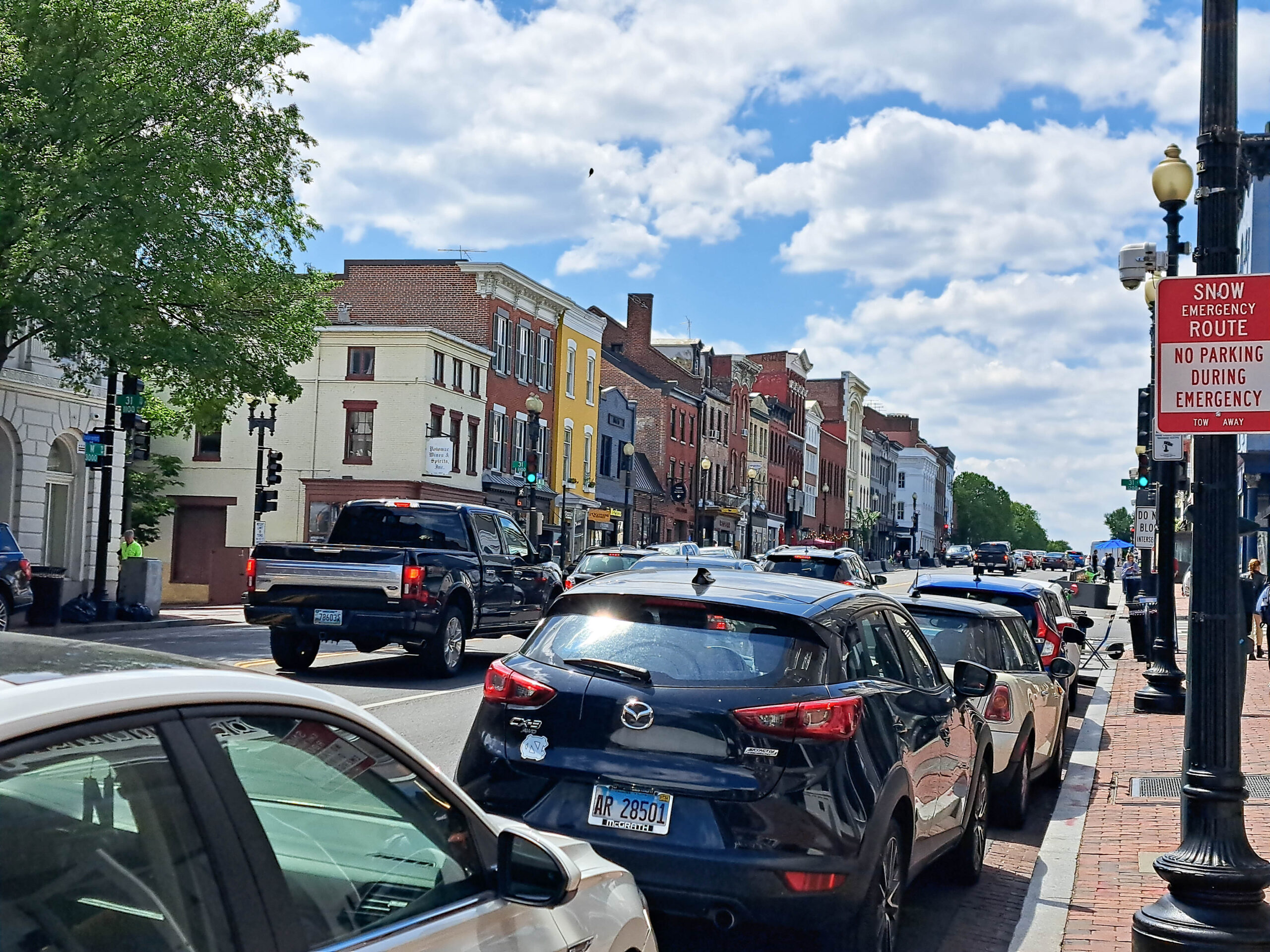
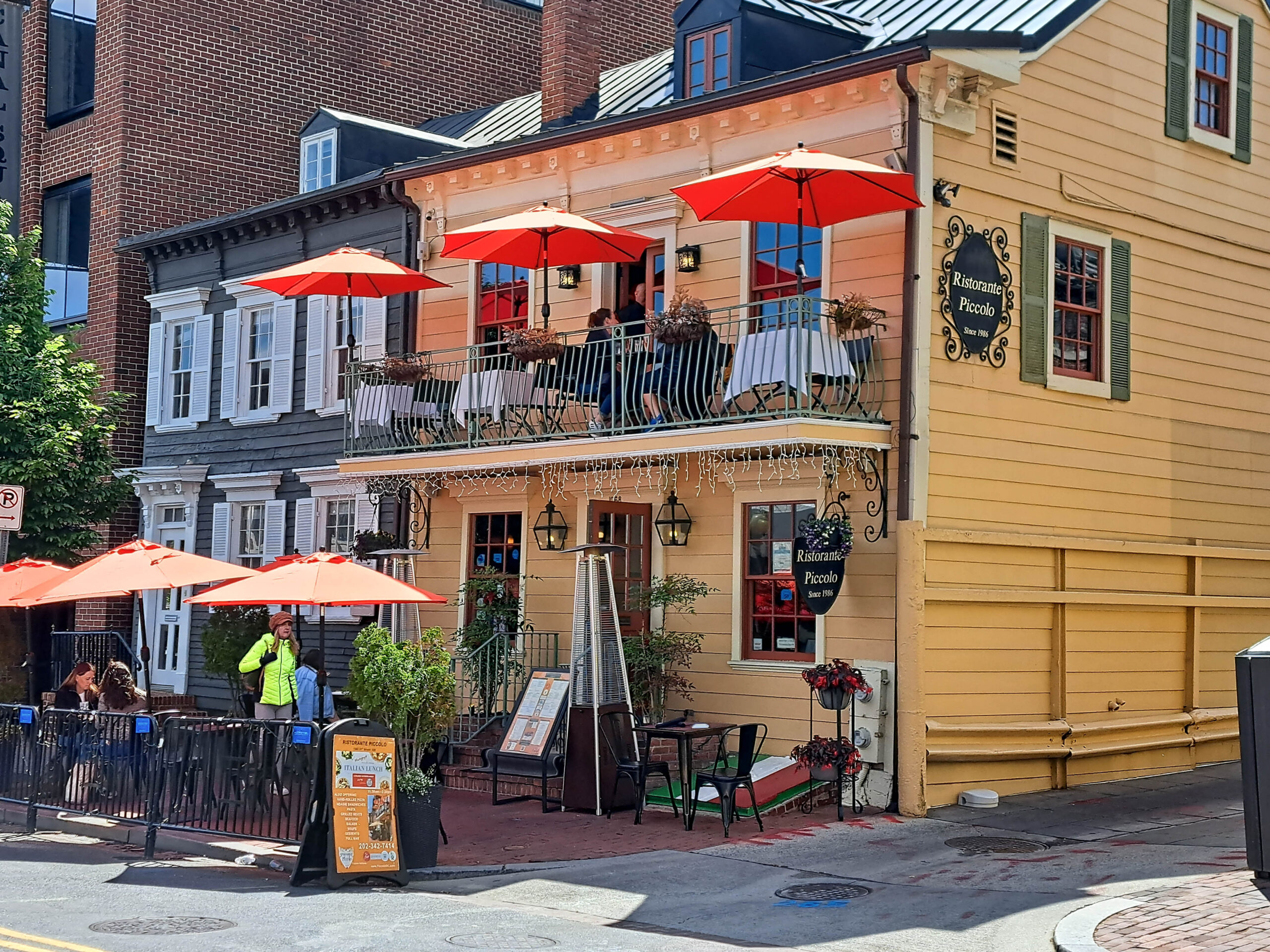
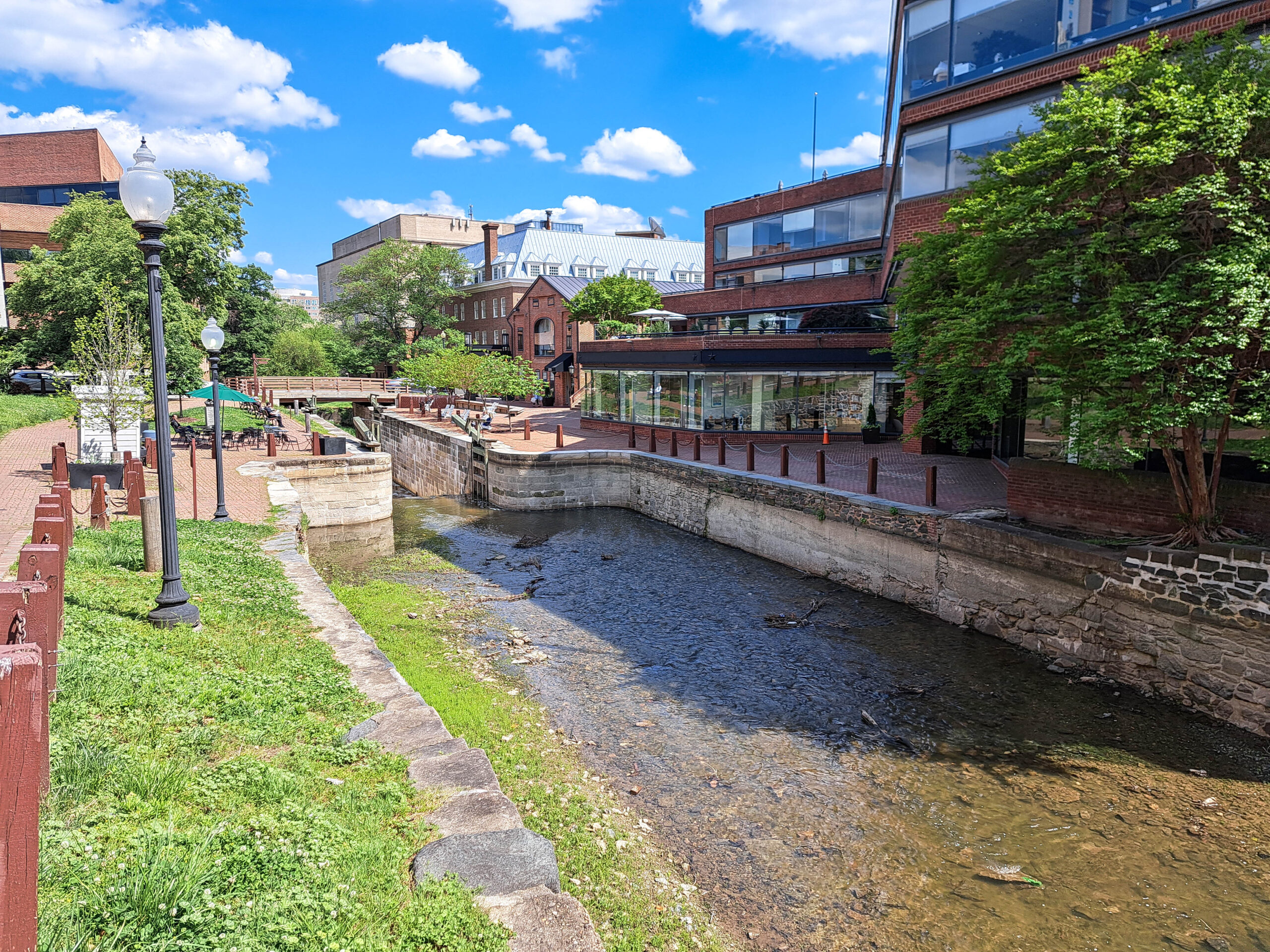
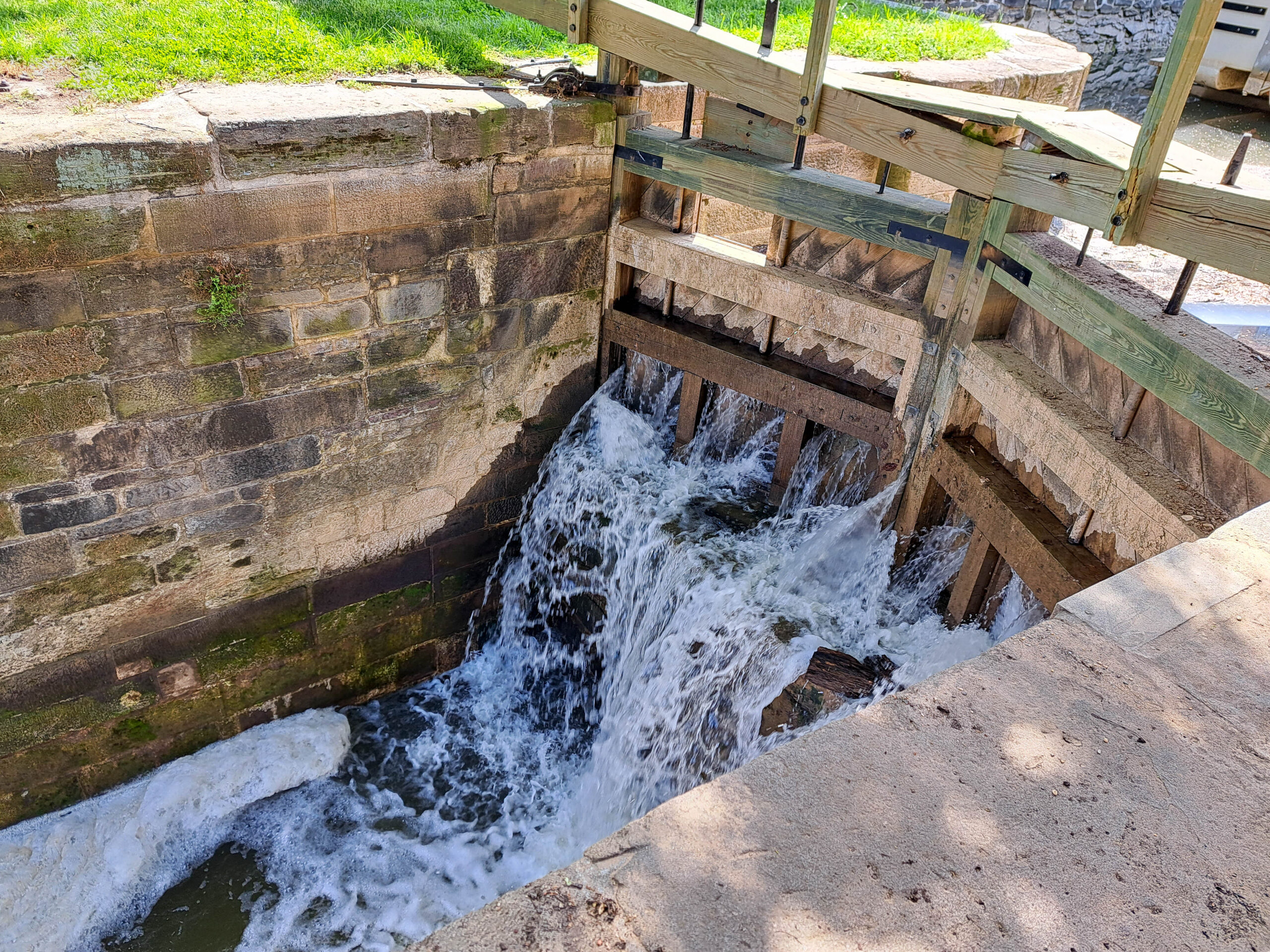
Smithsonian National Gallery of Art, East Building, Modern and Contemporary Art
Alexander Calder’s 1976 untitled mobile is made of aluminum and steel
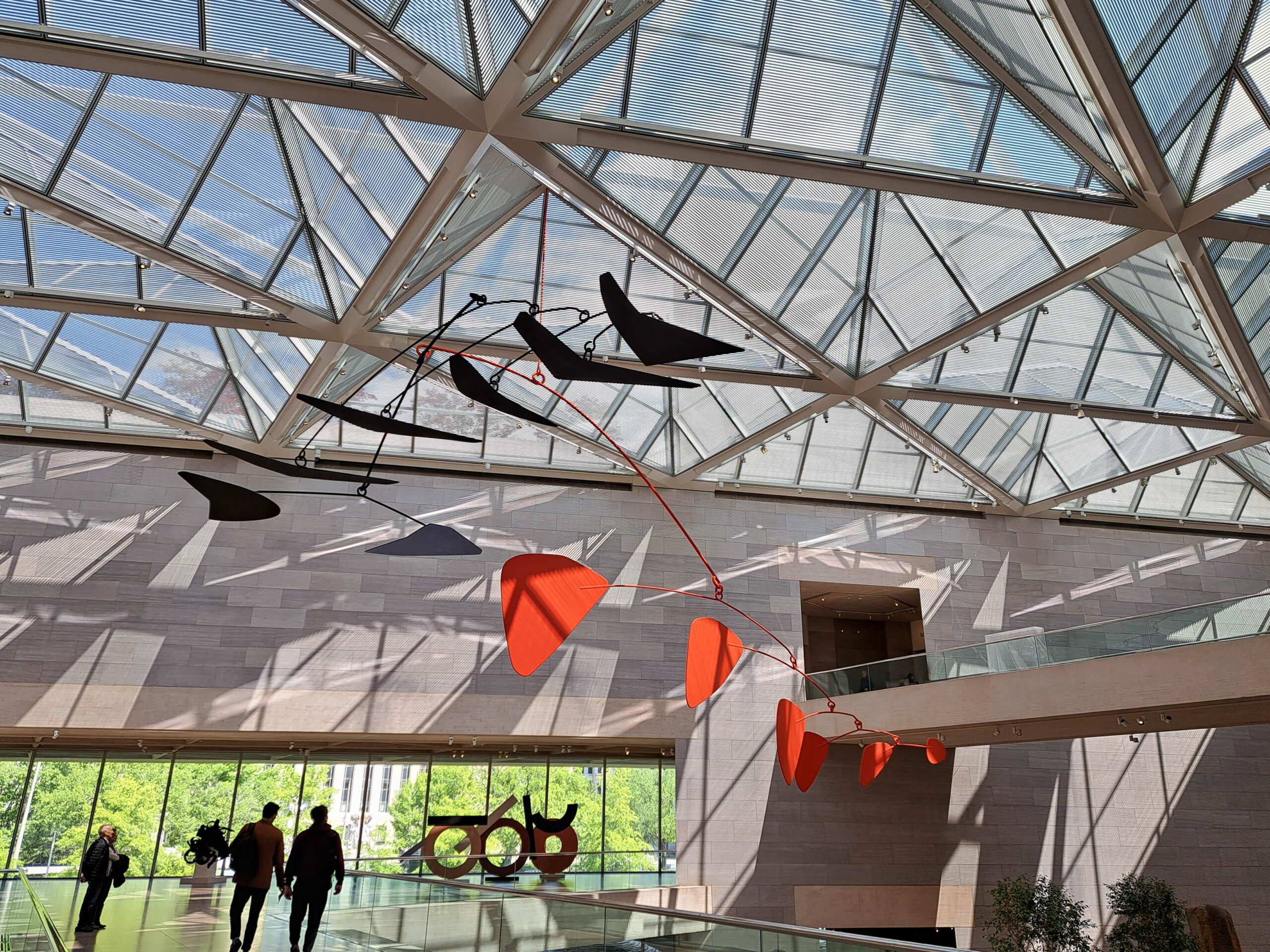
Modigliani
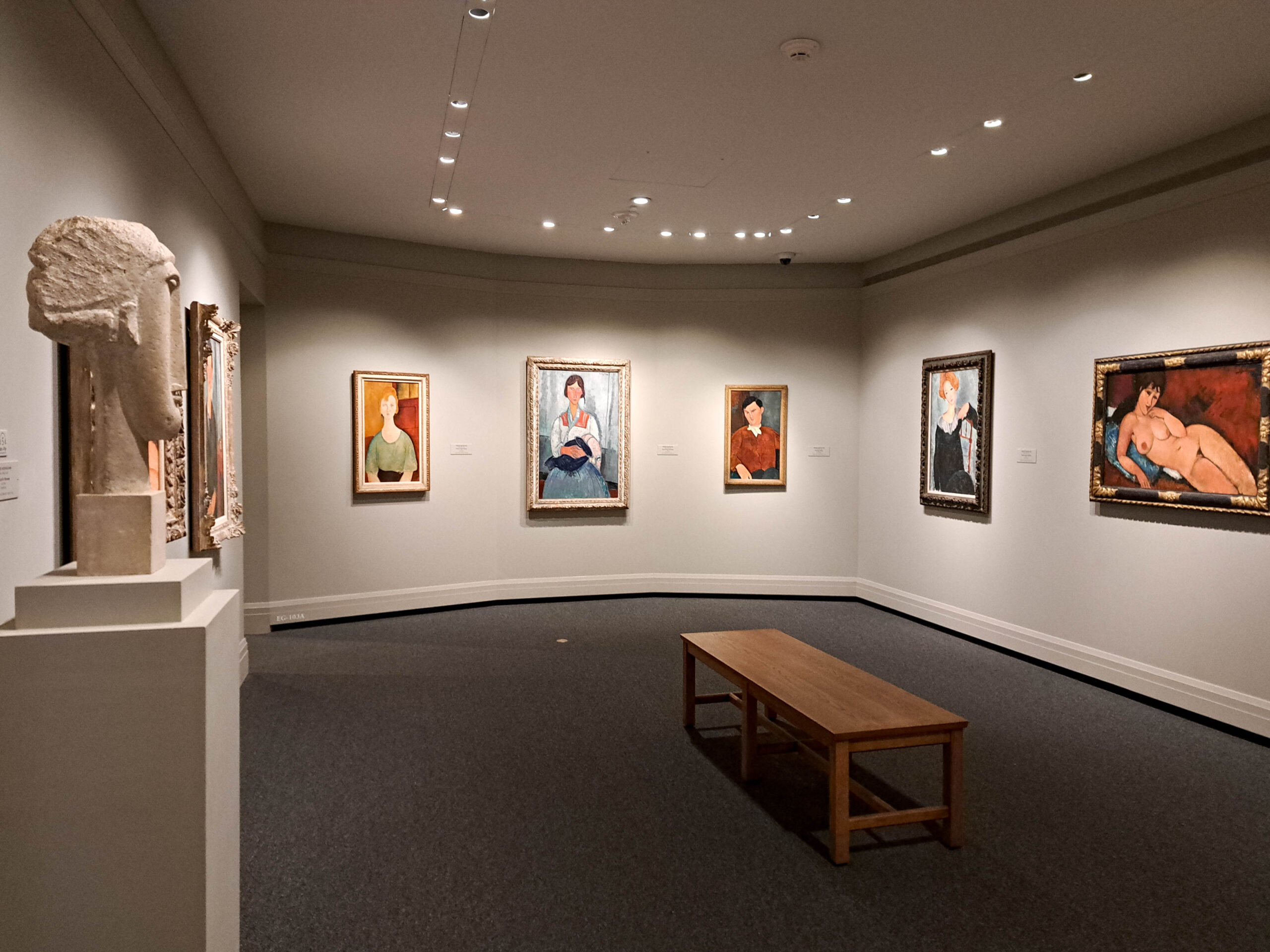
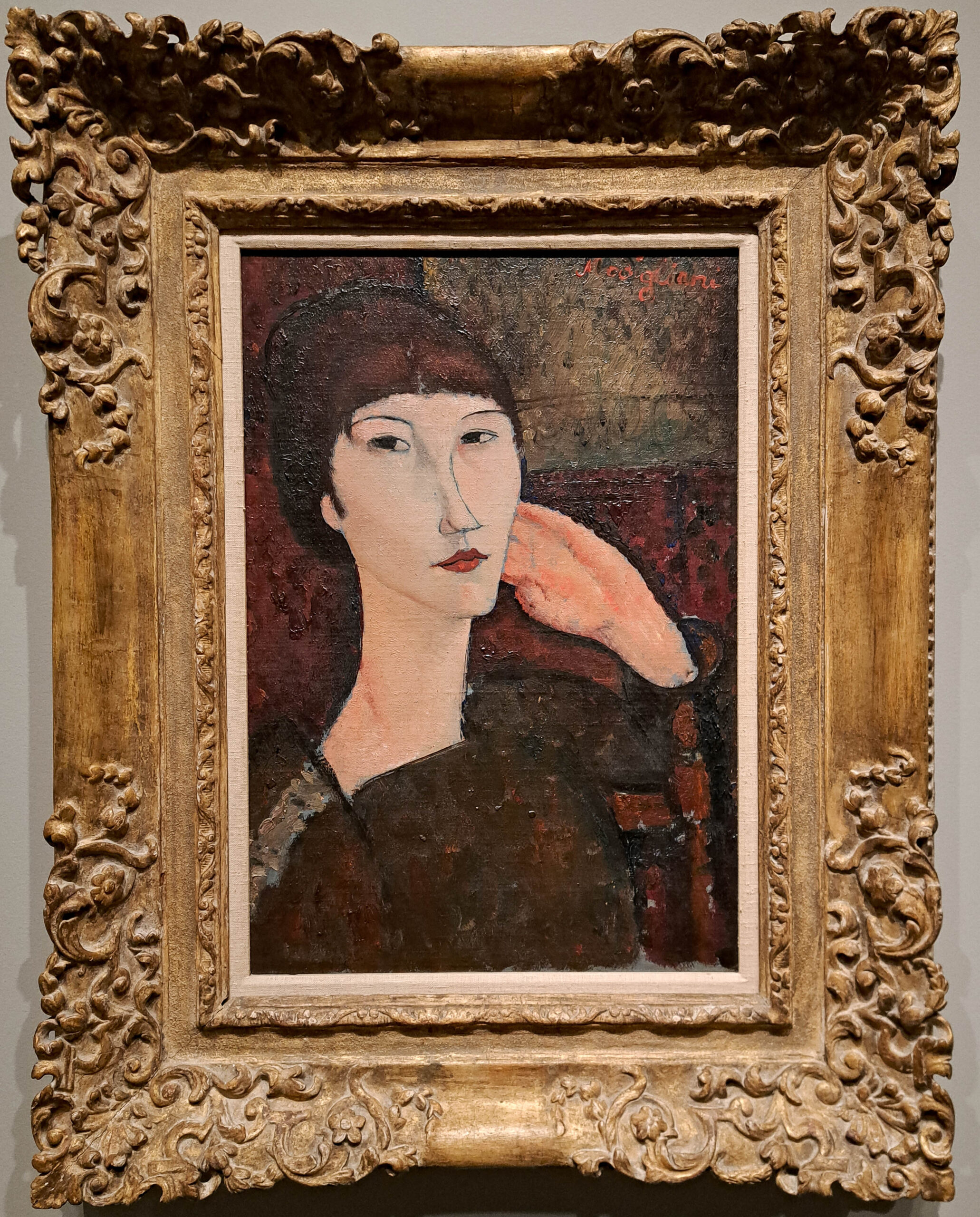
Henry Matisse’s 1905 “Open Window, Collioure” oil on canvas
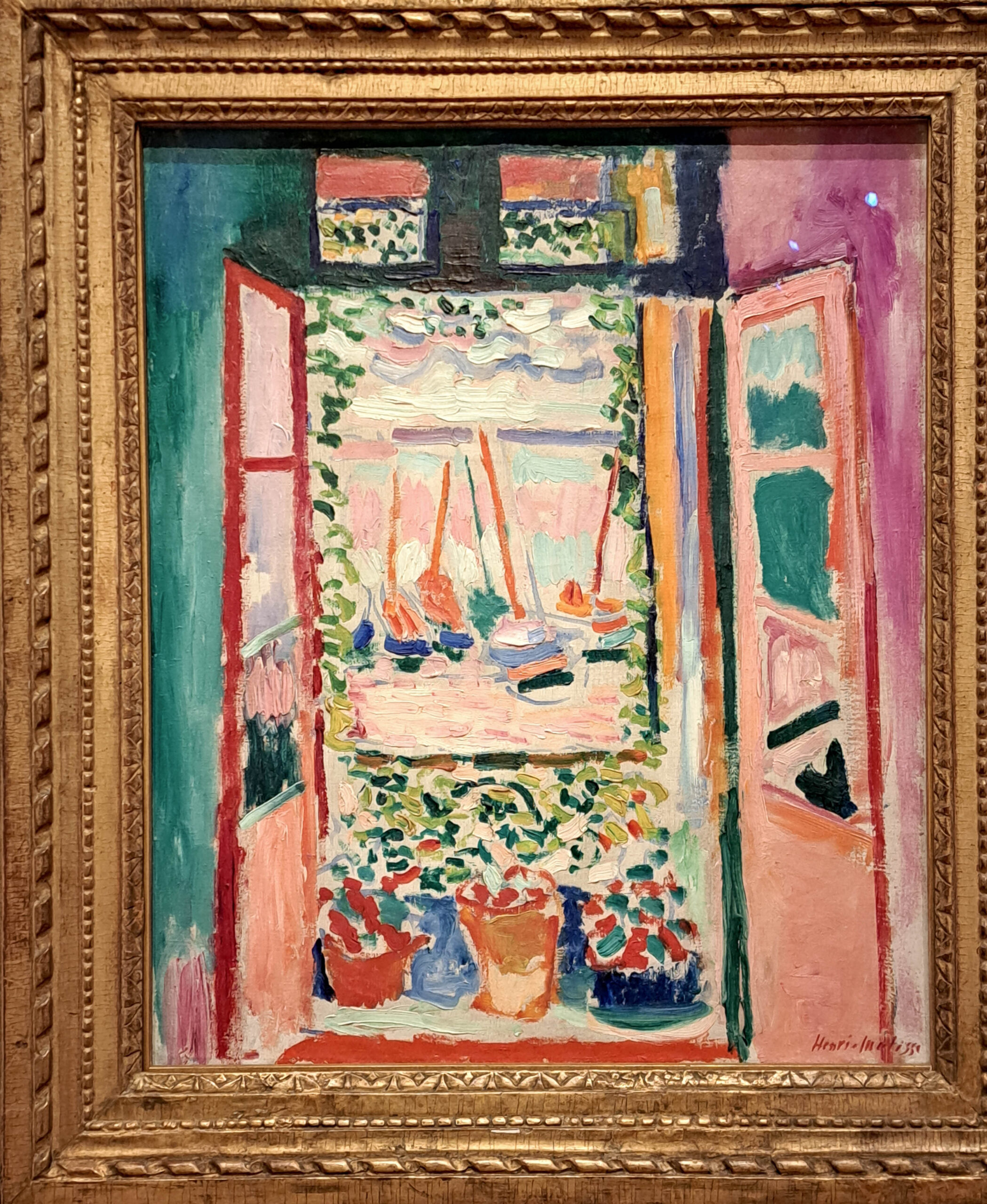
Underground passage to Smithsonian National Gallery of Art, West Building, which houses medieval through late 19th century art and pre-20th century American art.
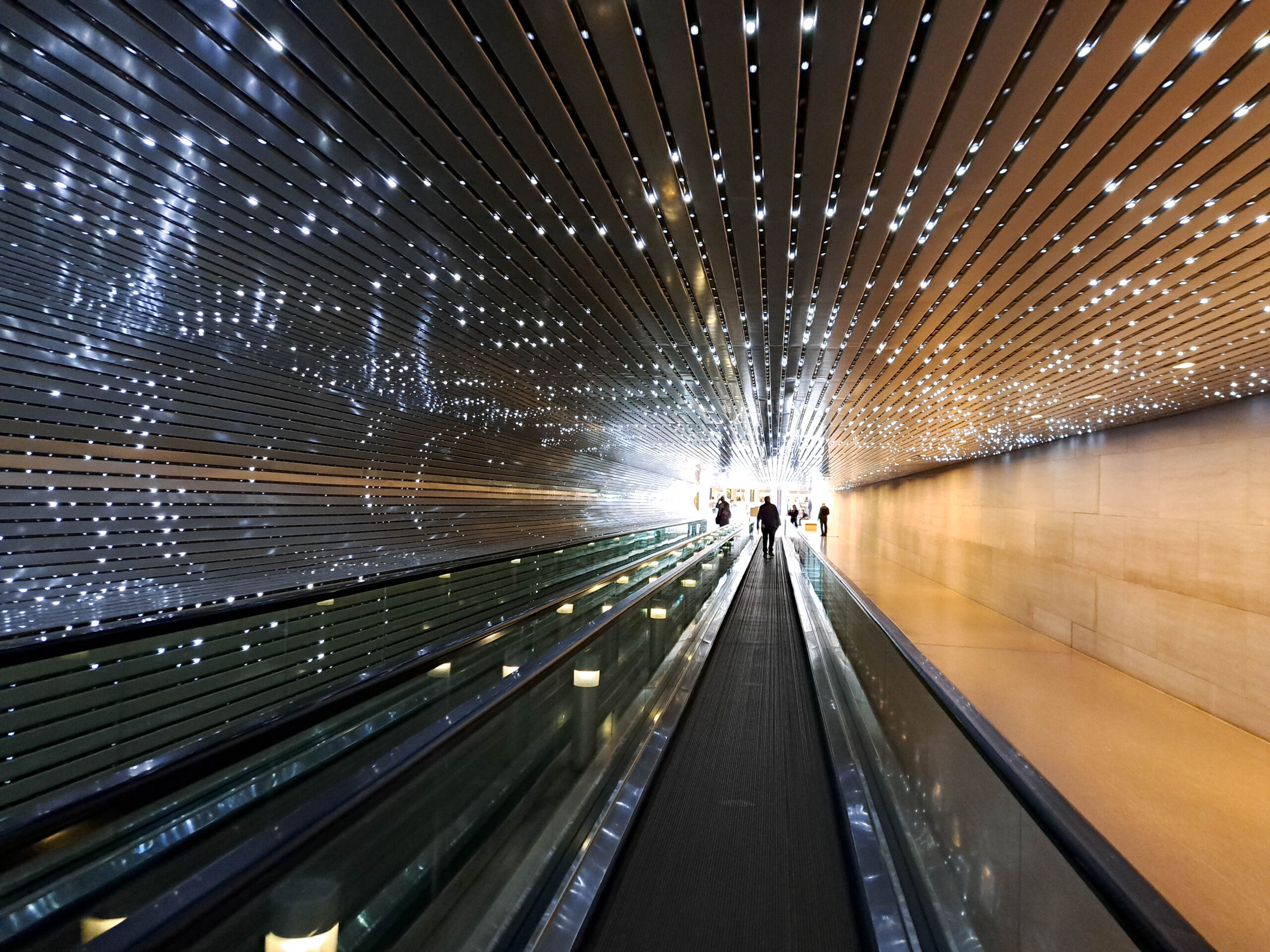
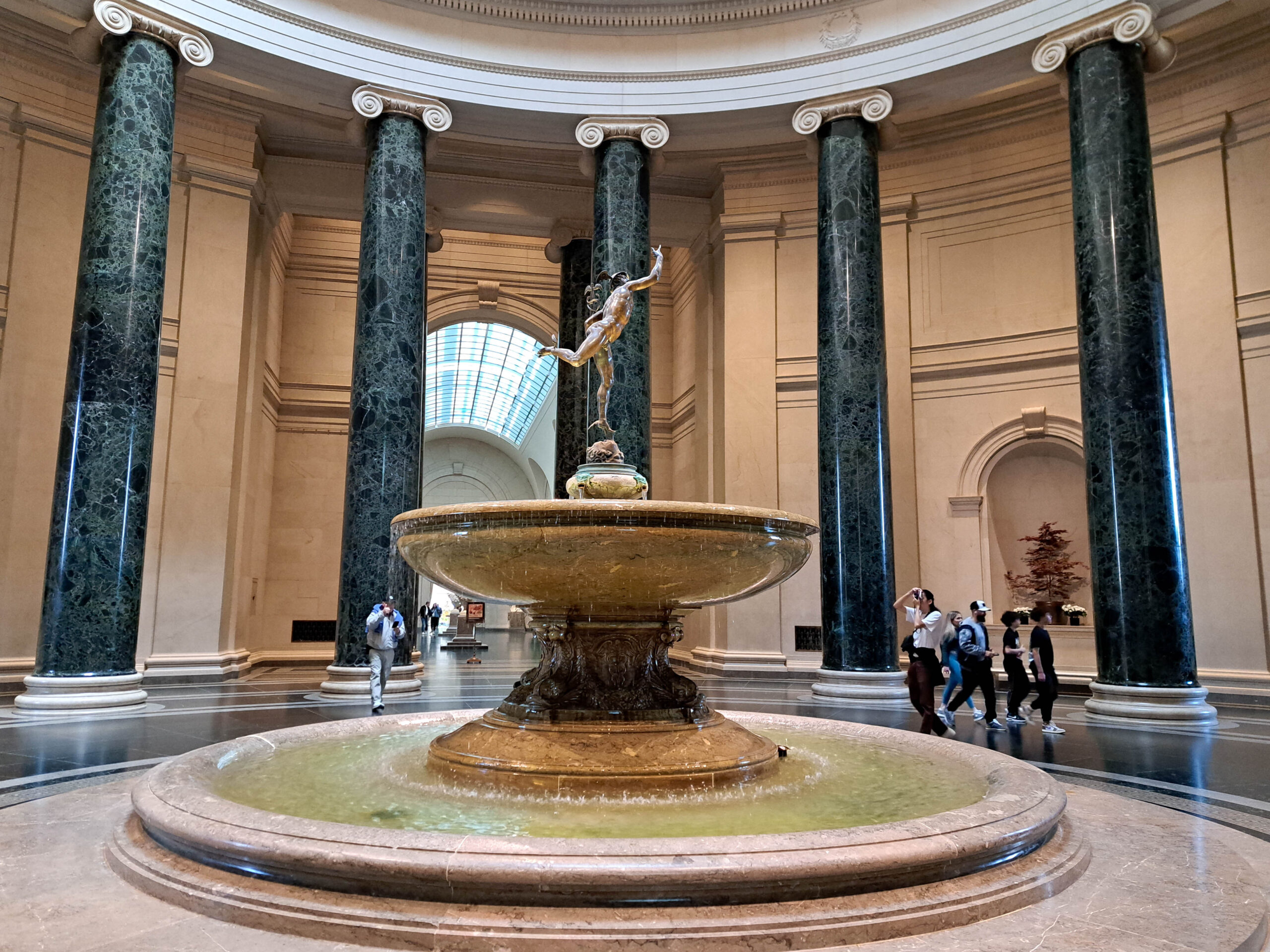
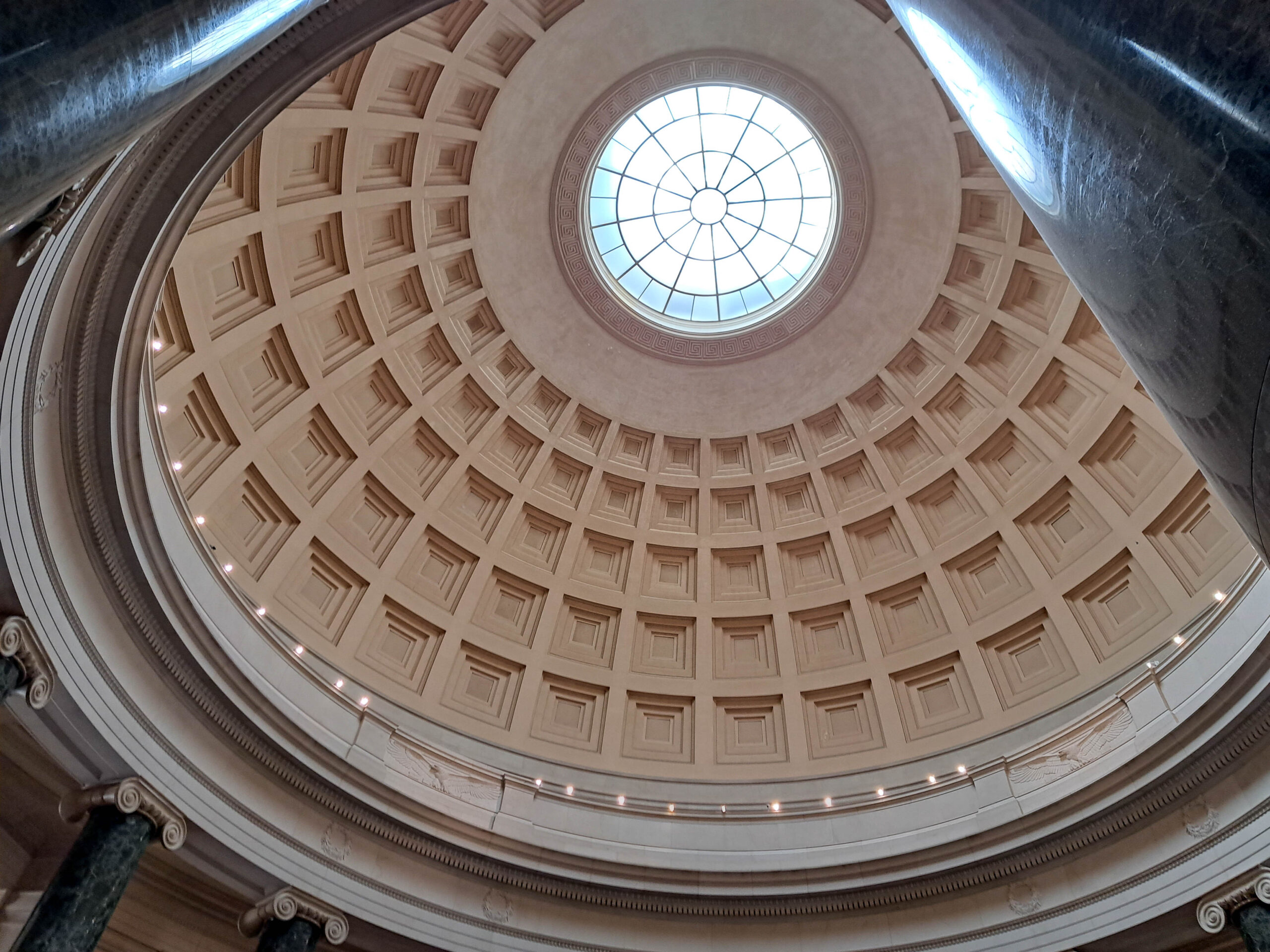
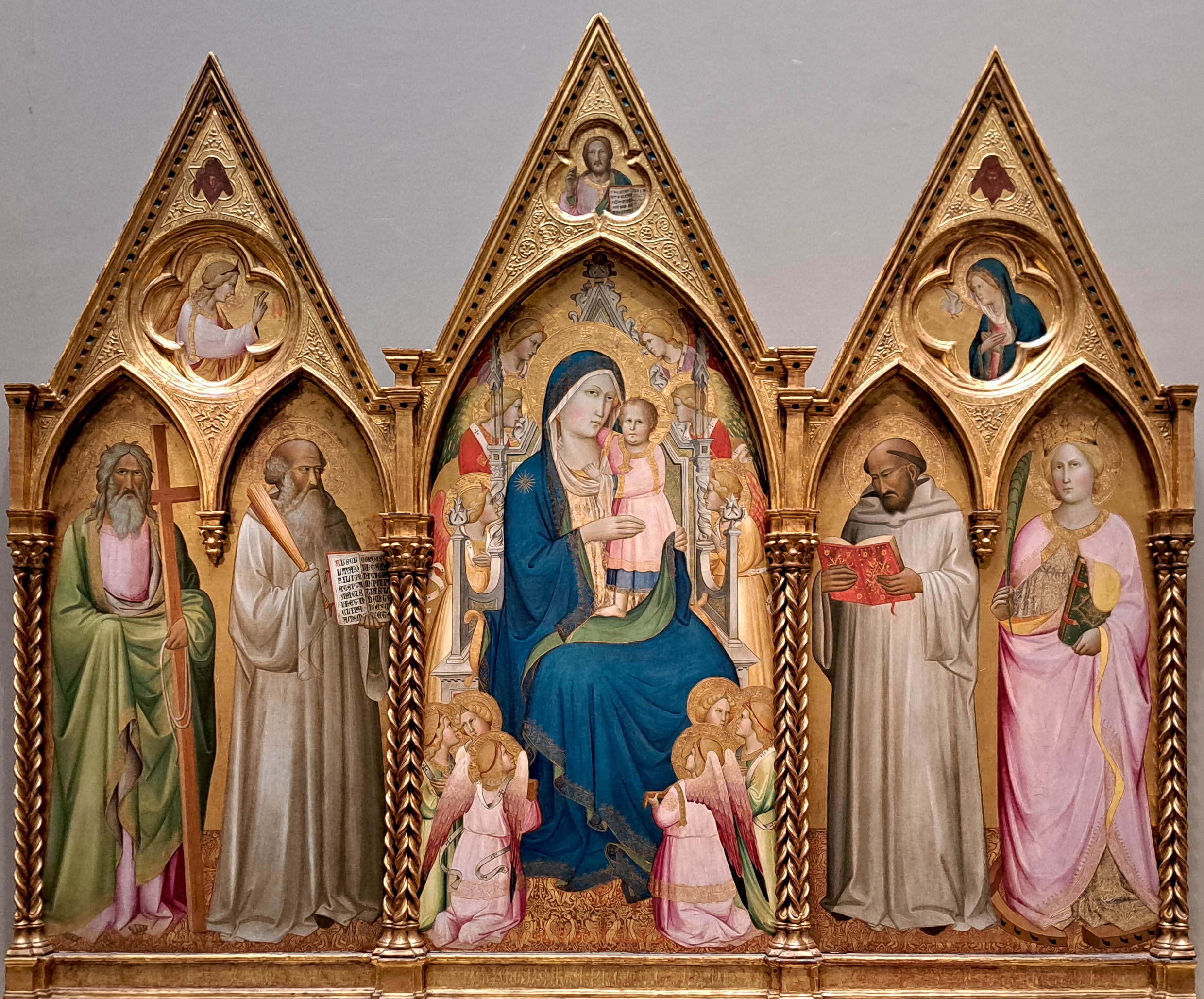
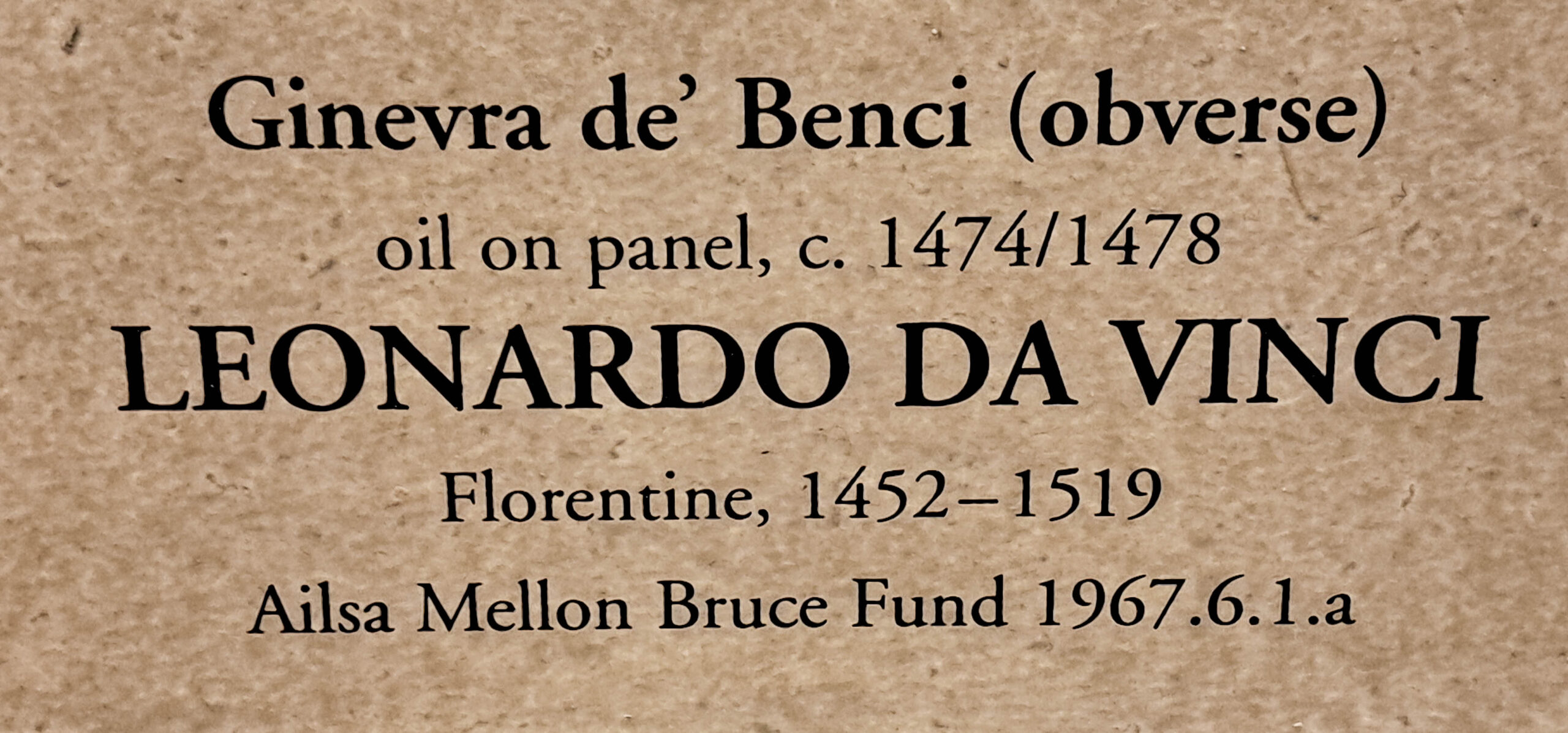
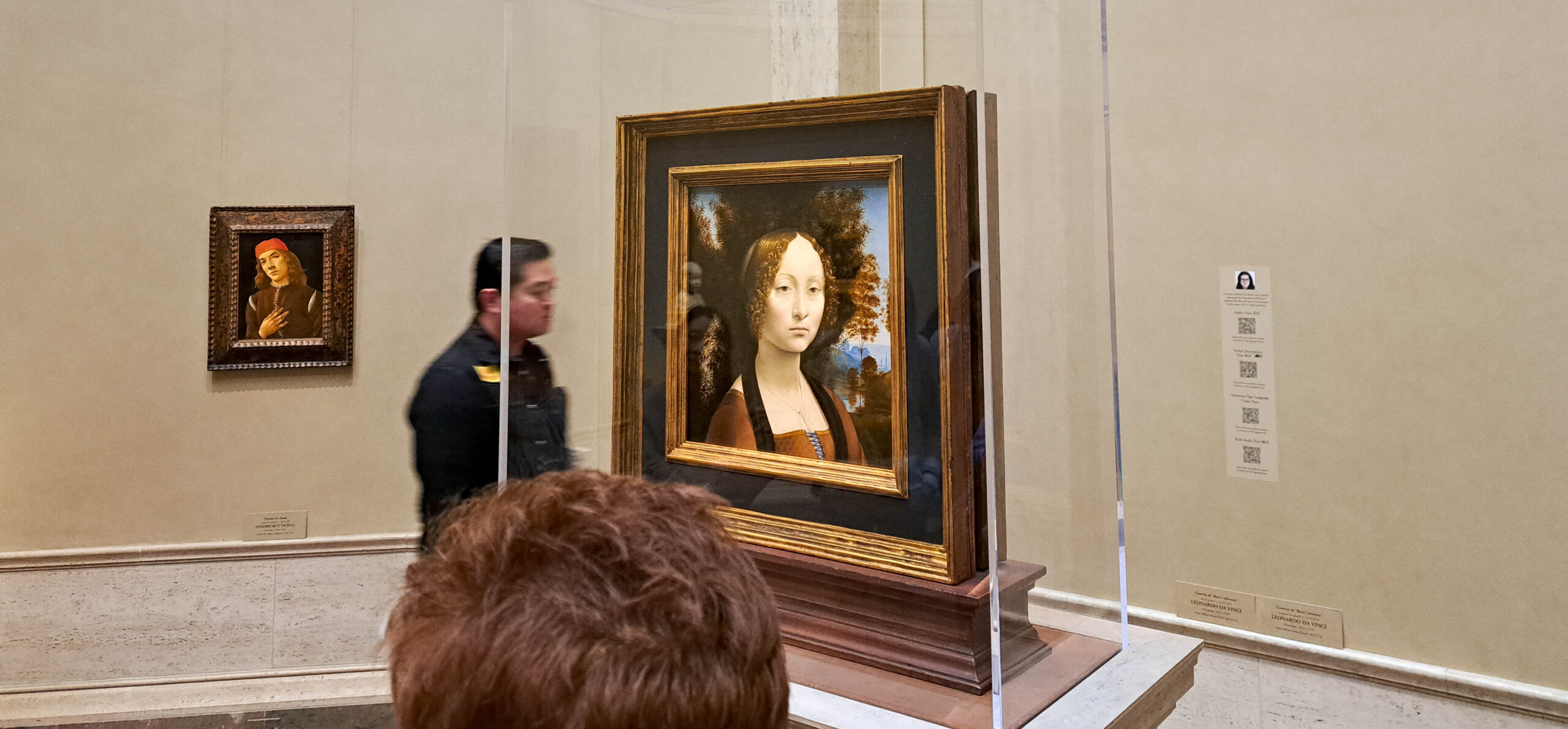
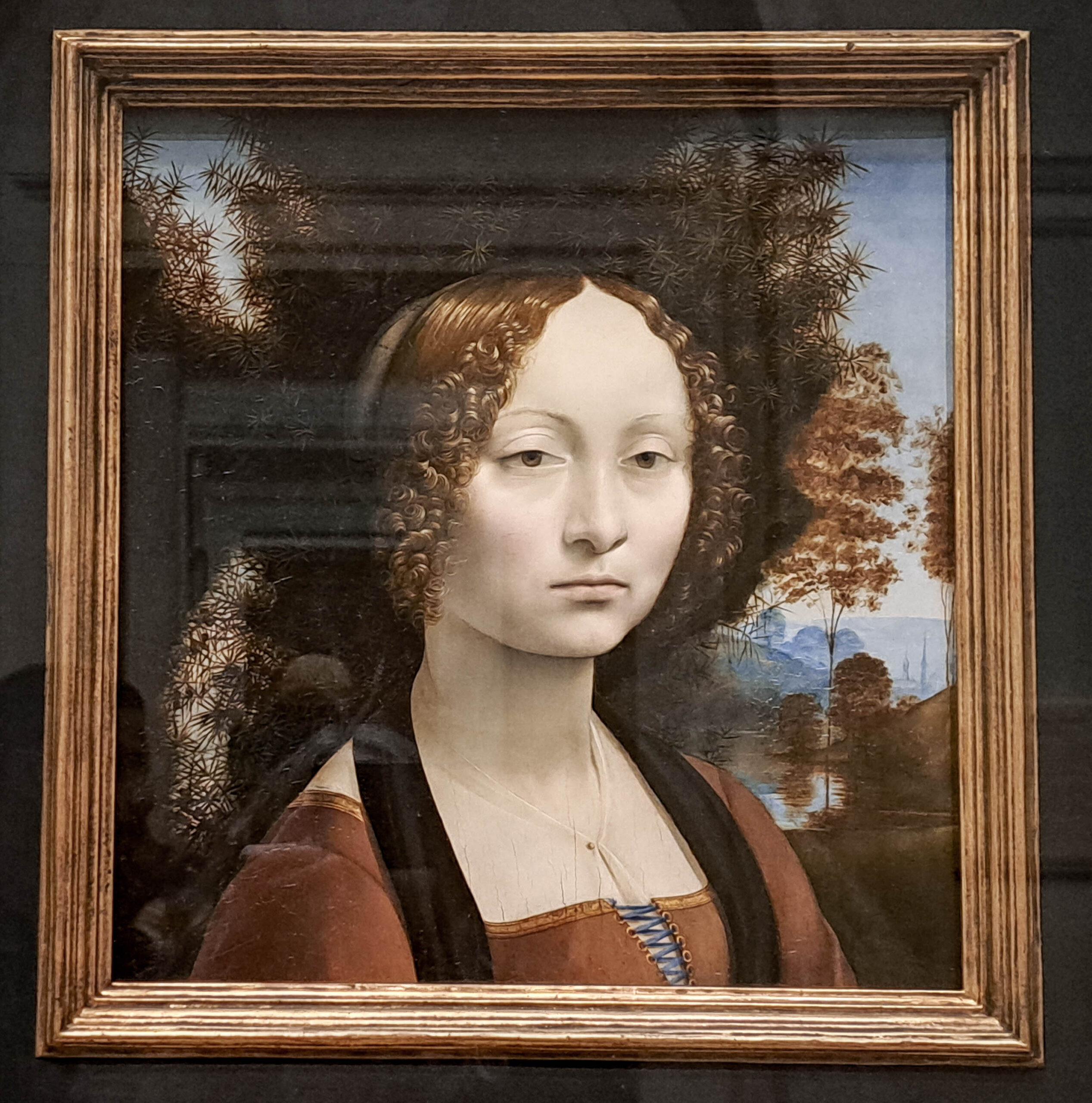
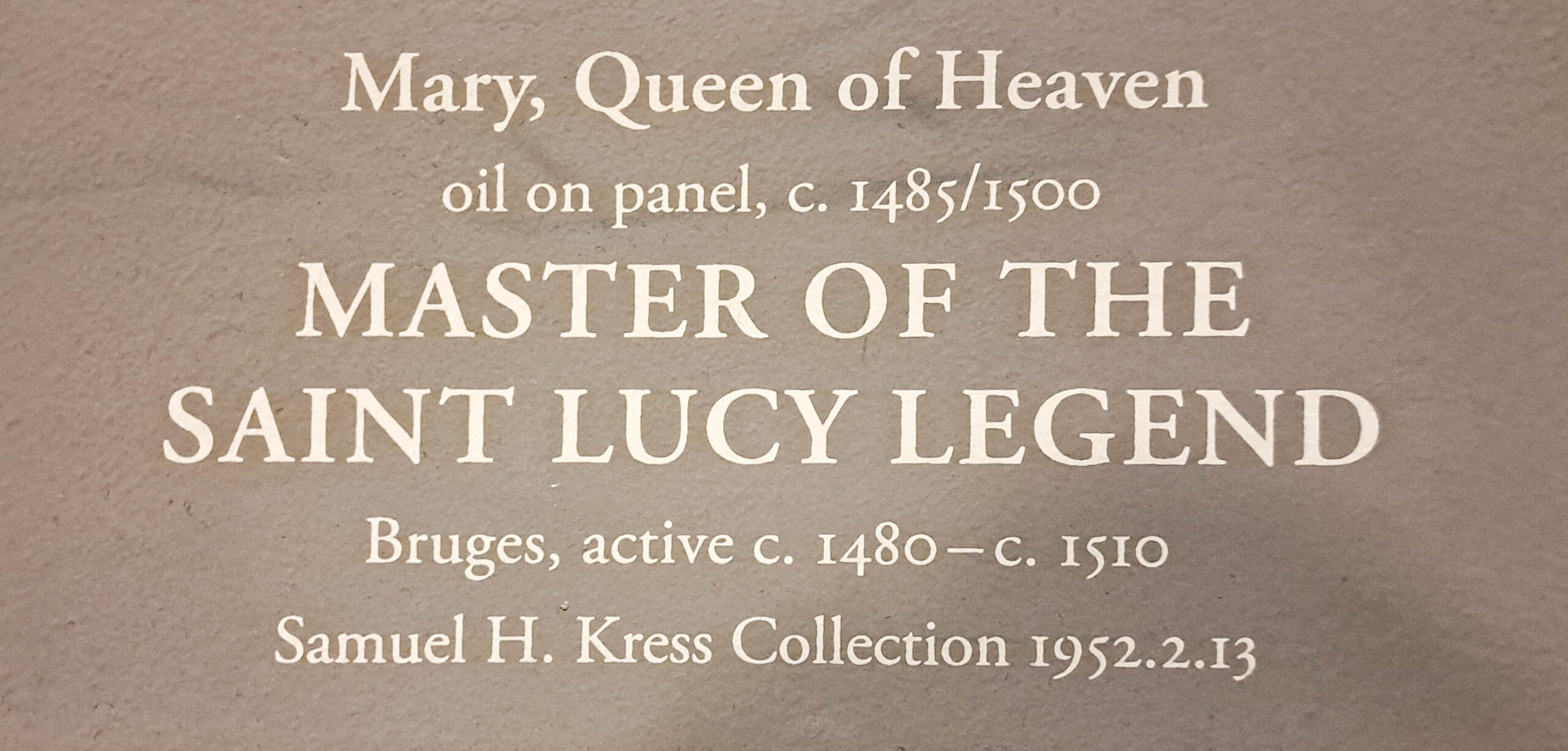
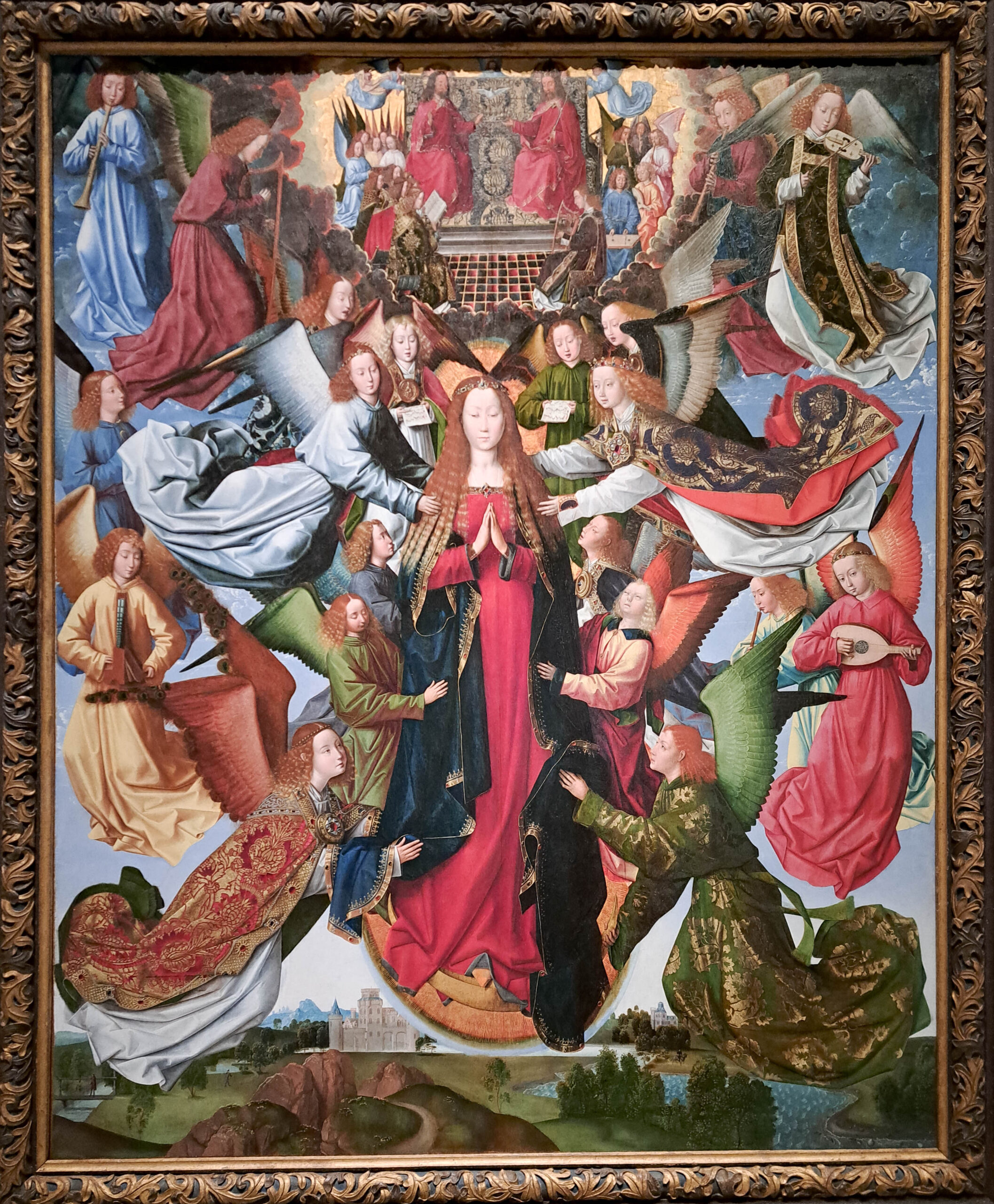
Artwork by Vincent Van Gogh
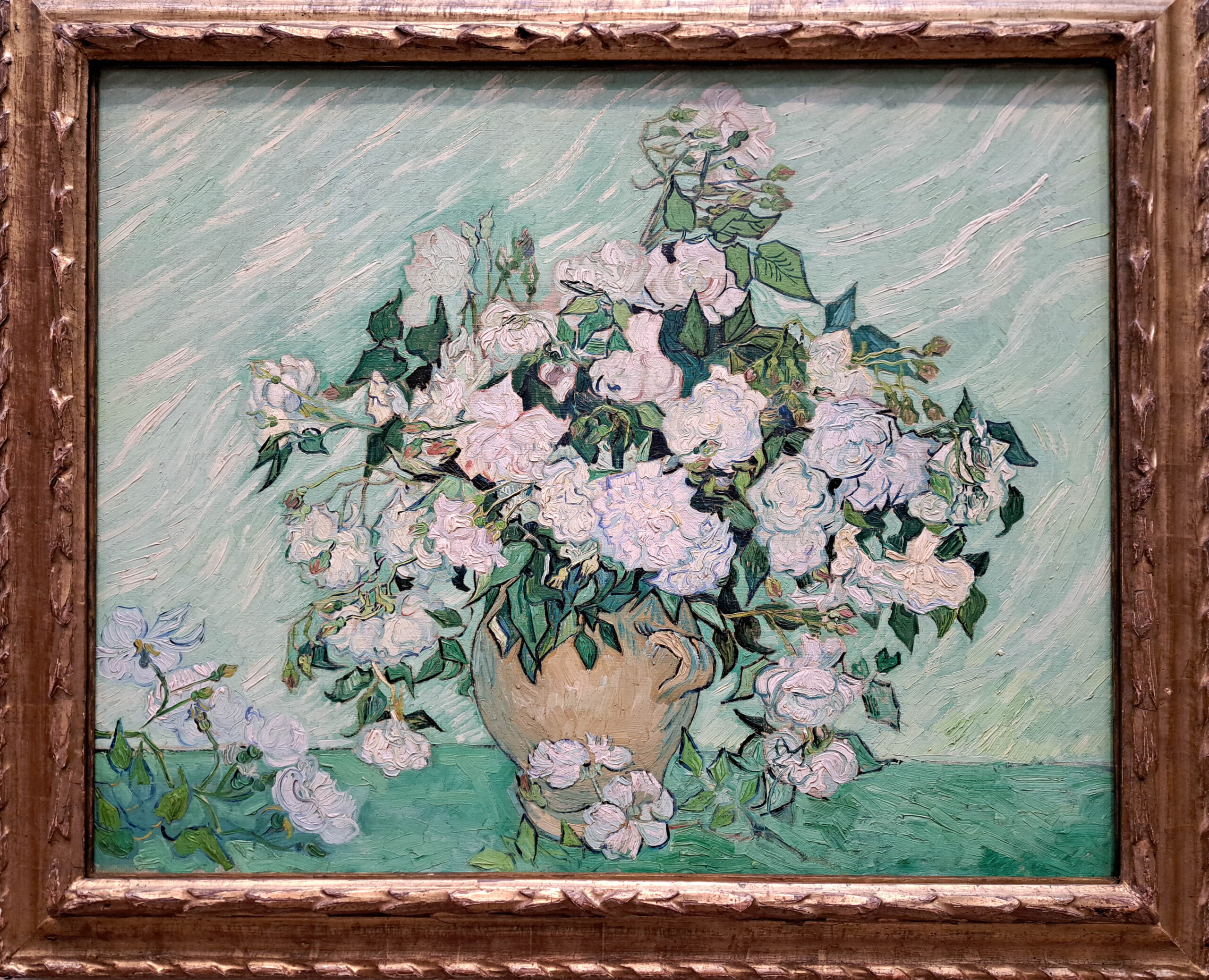
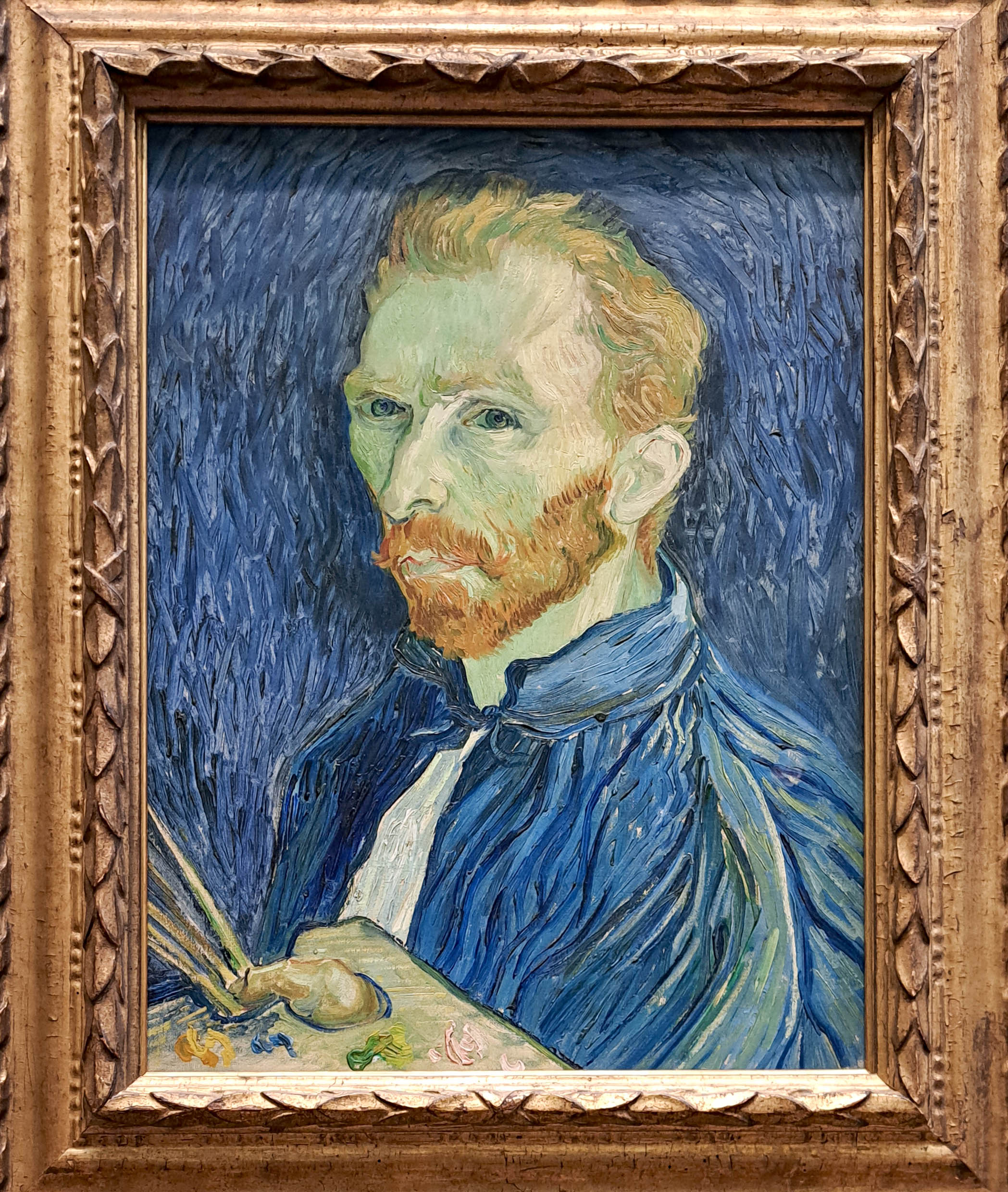
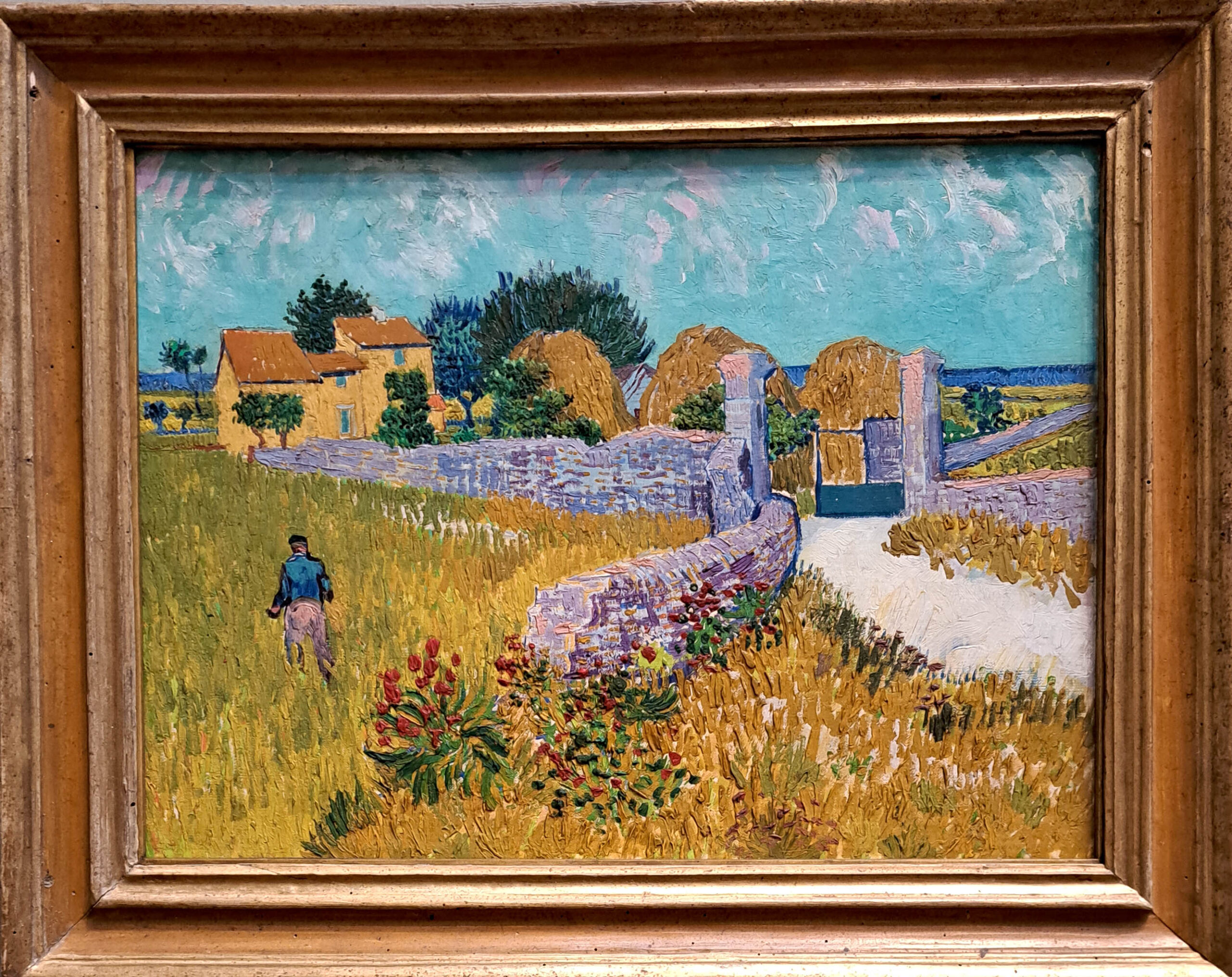
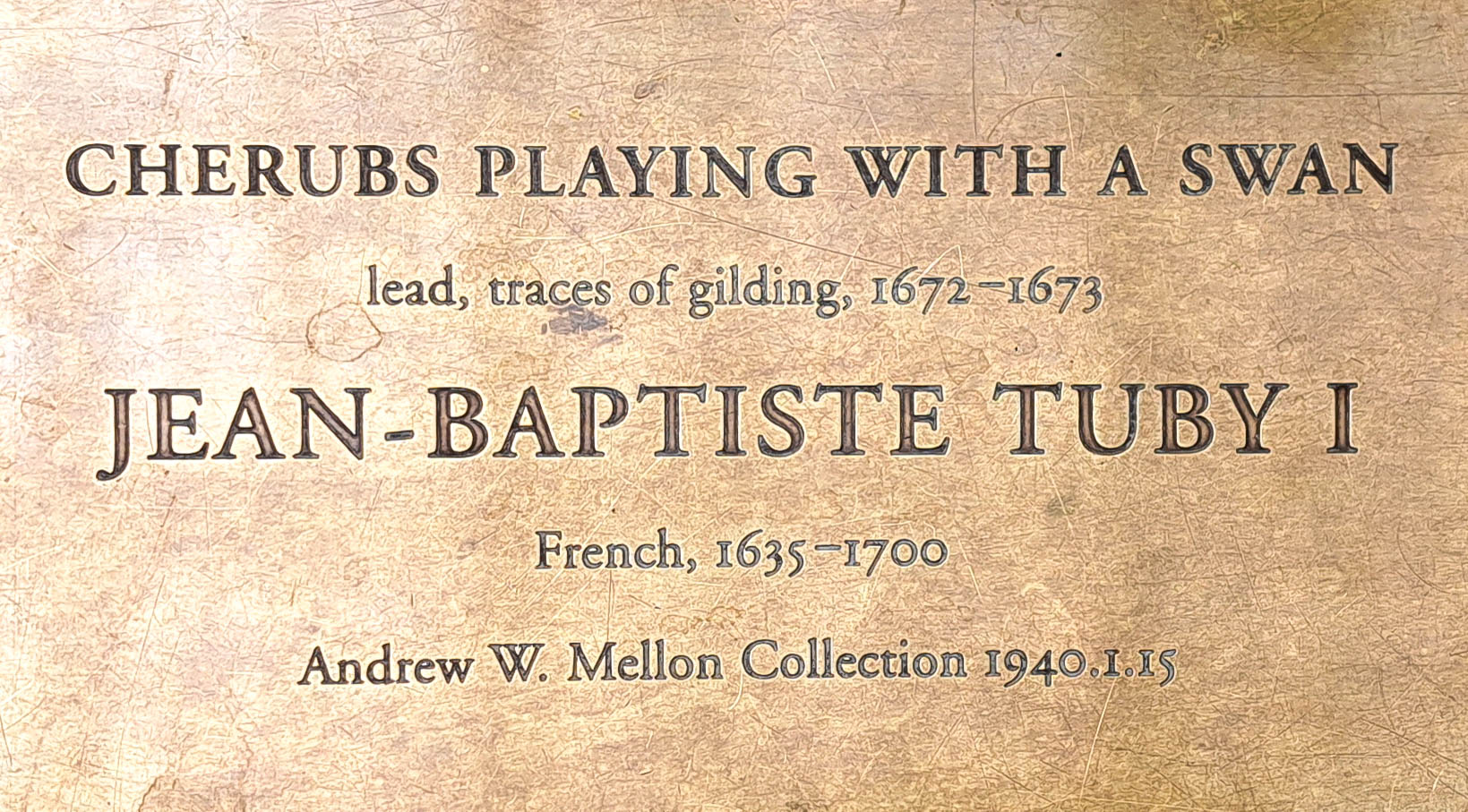
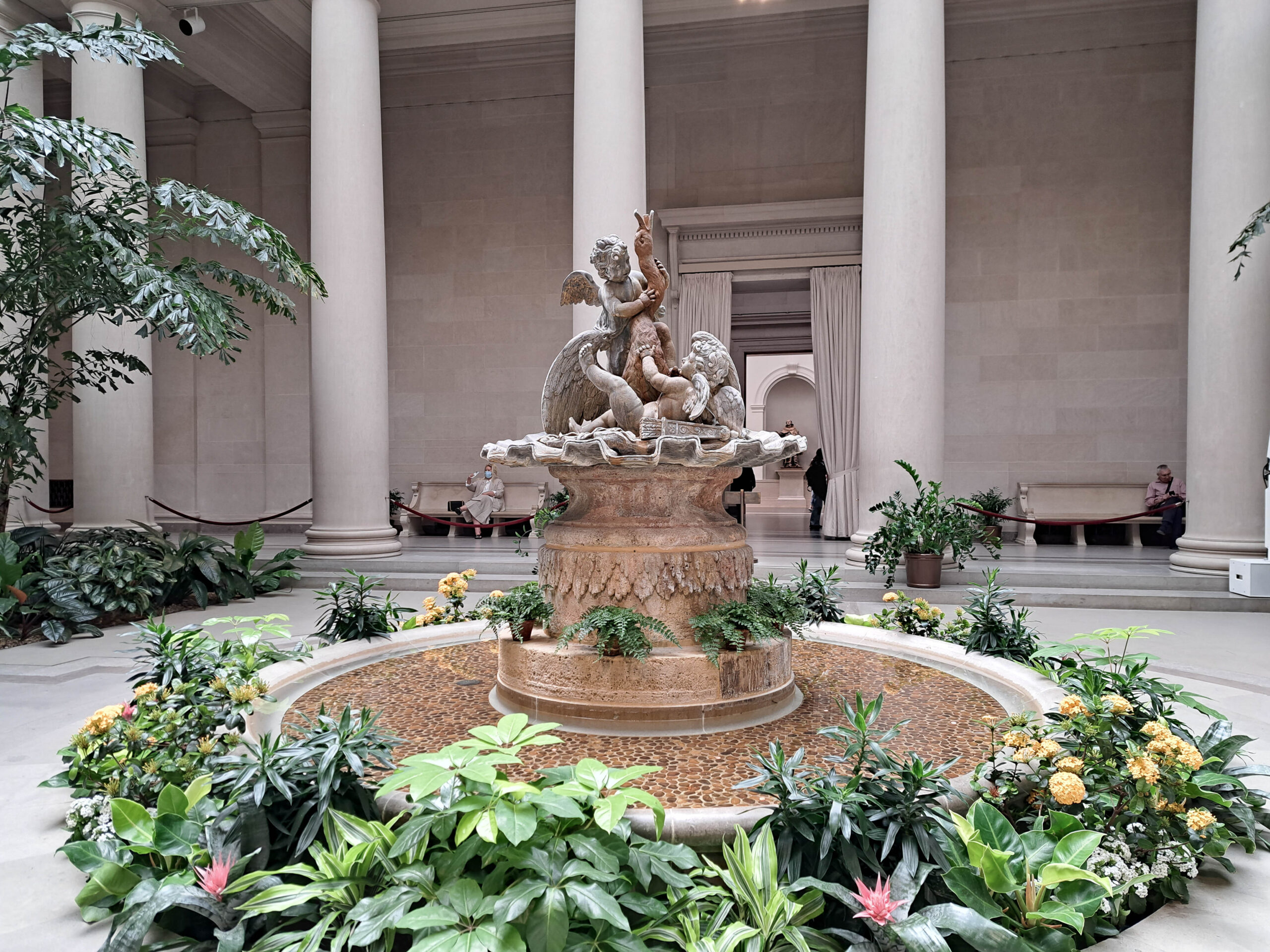
So many paintings here by Claude Monet
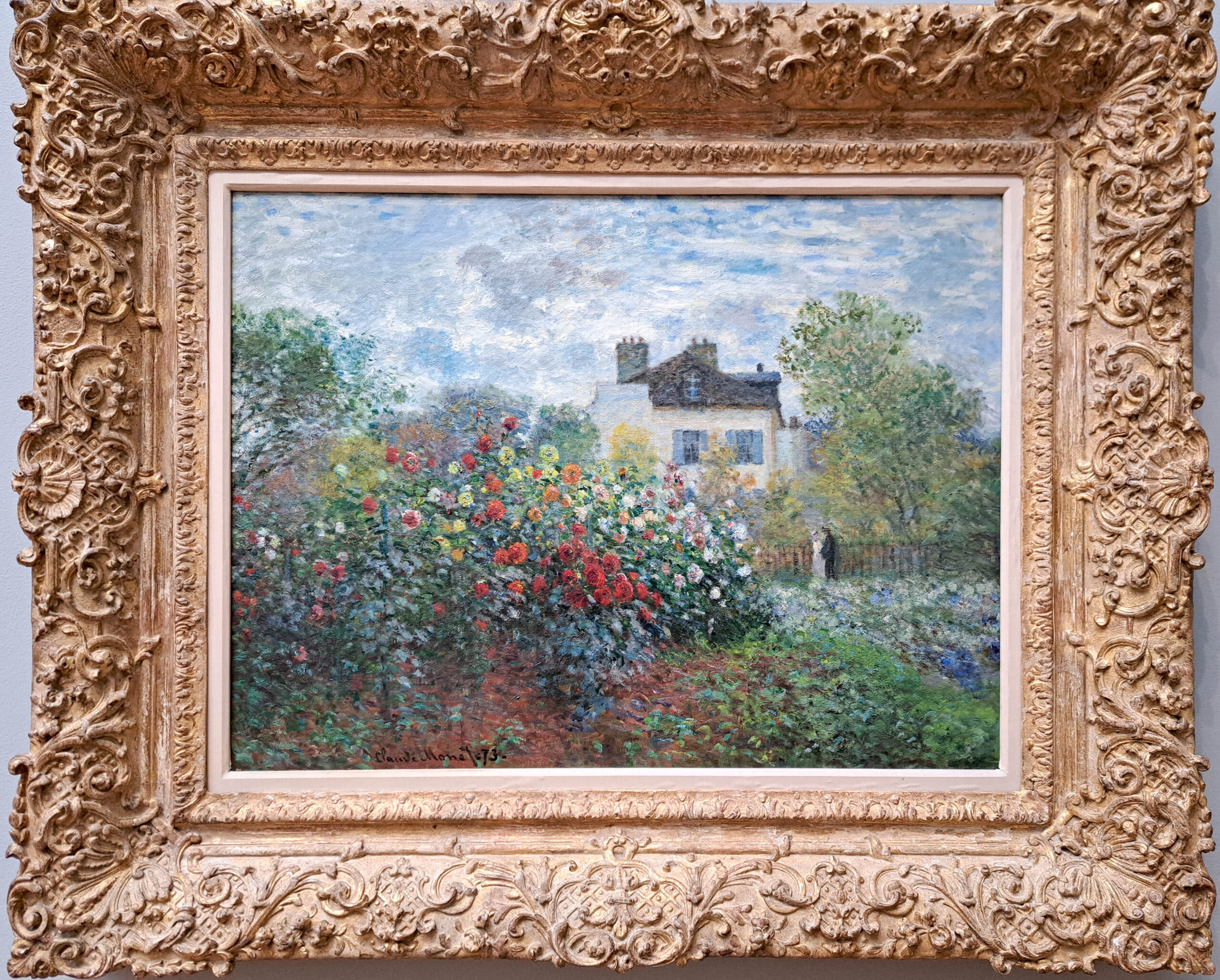
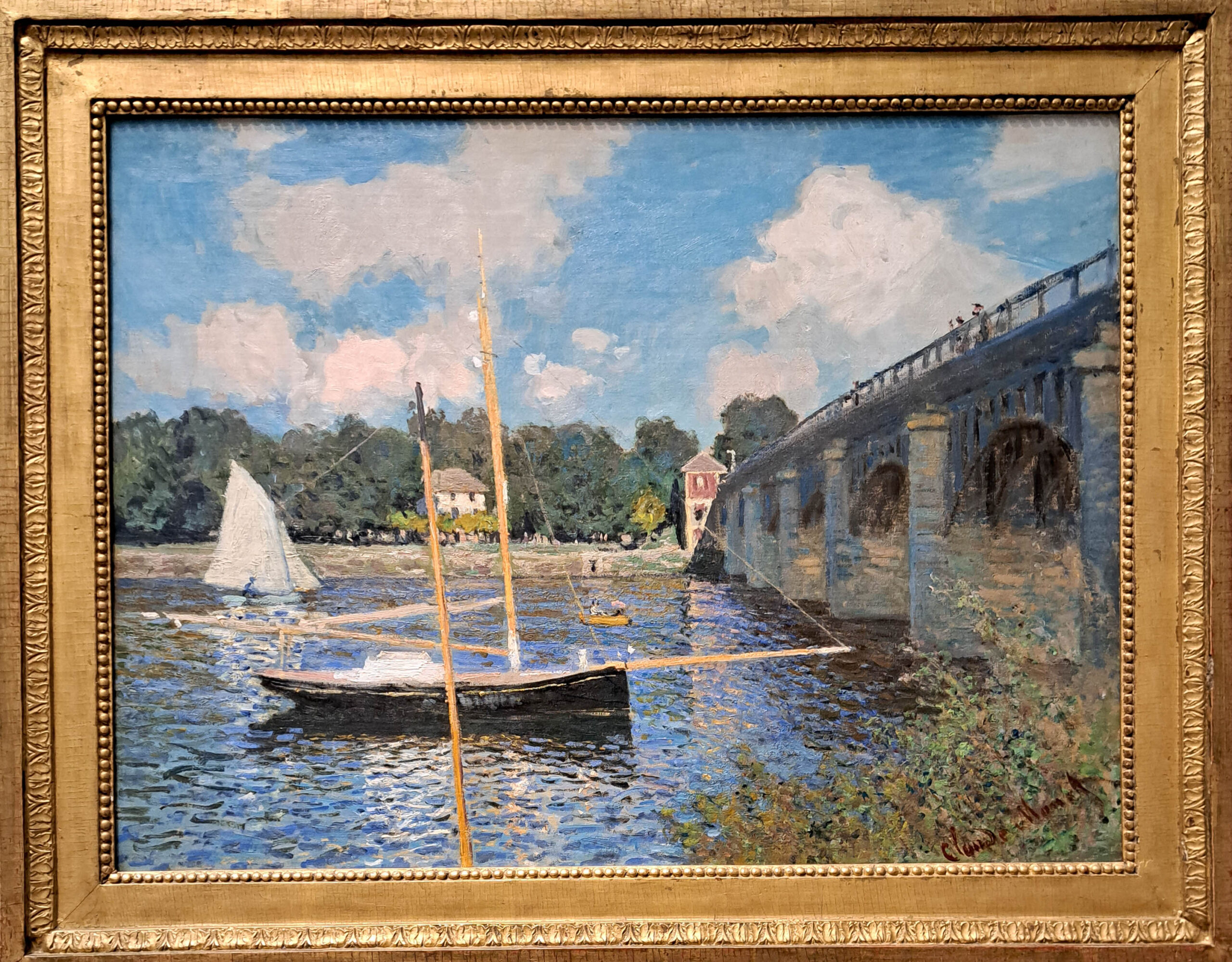
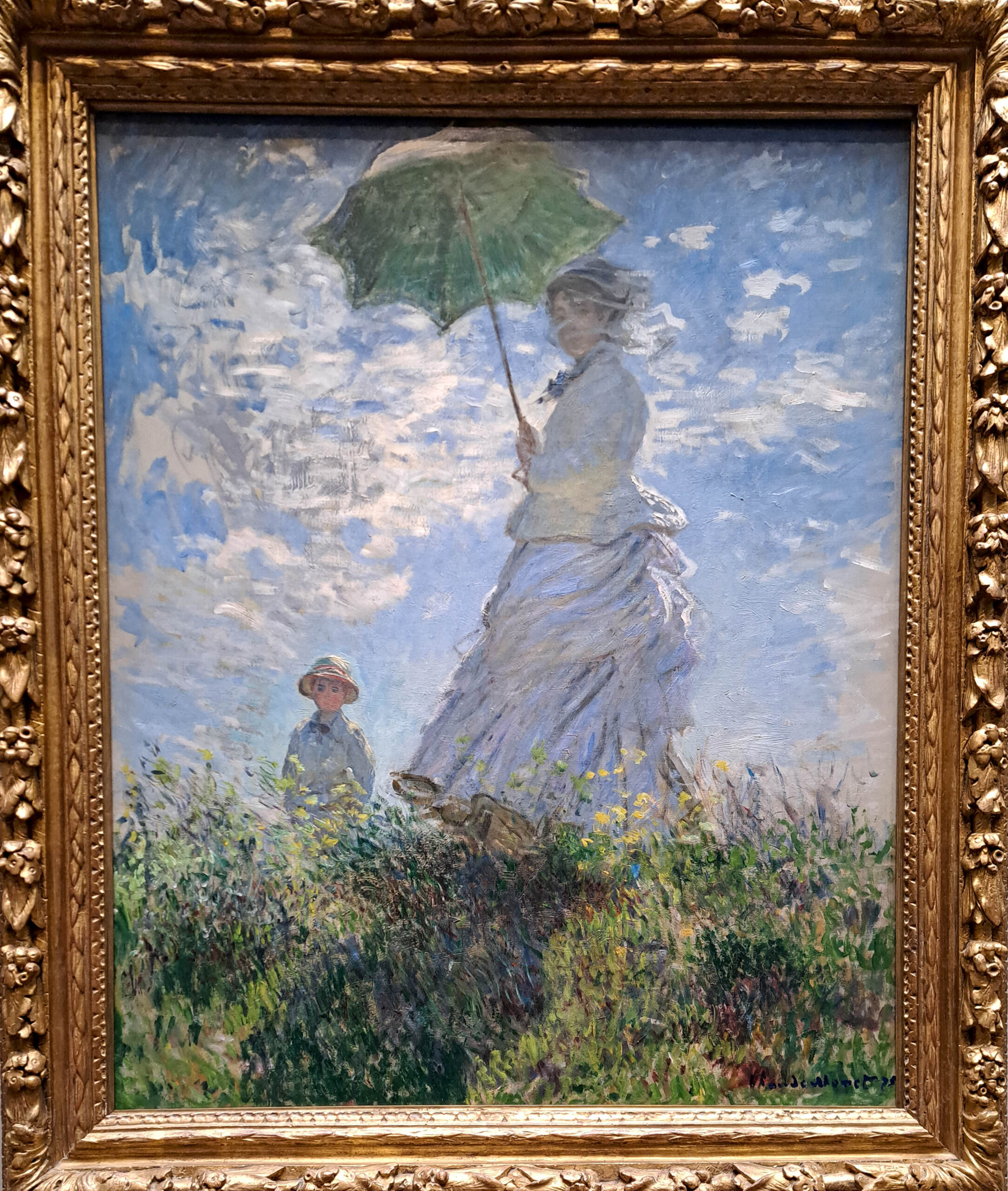
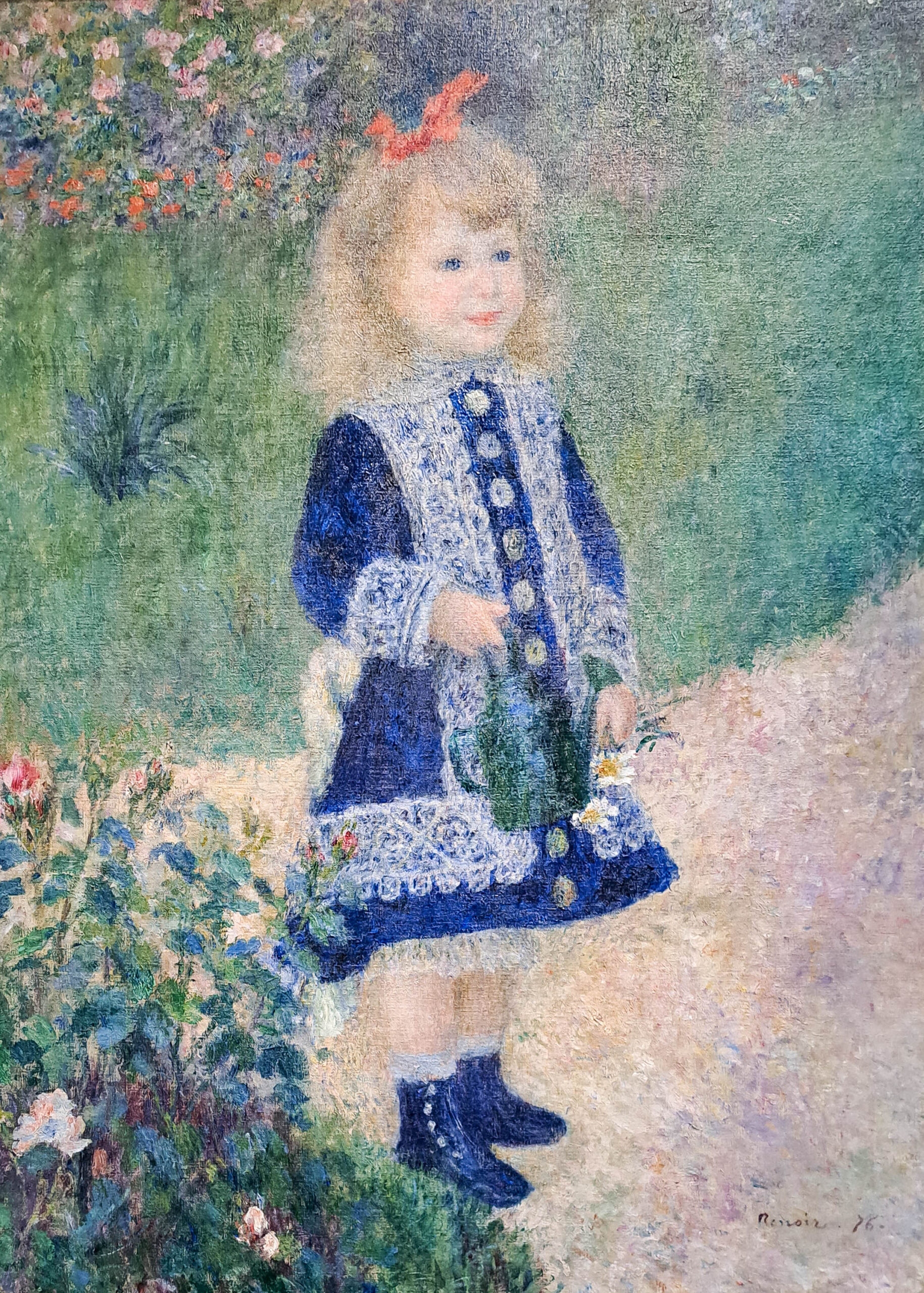
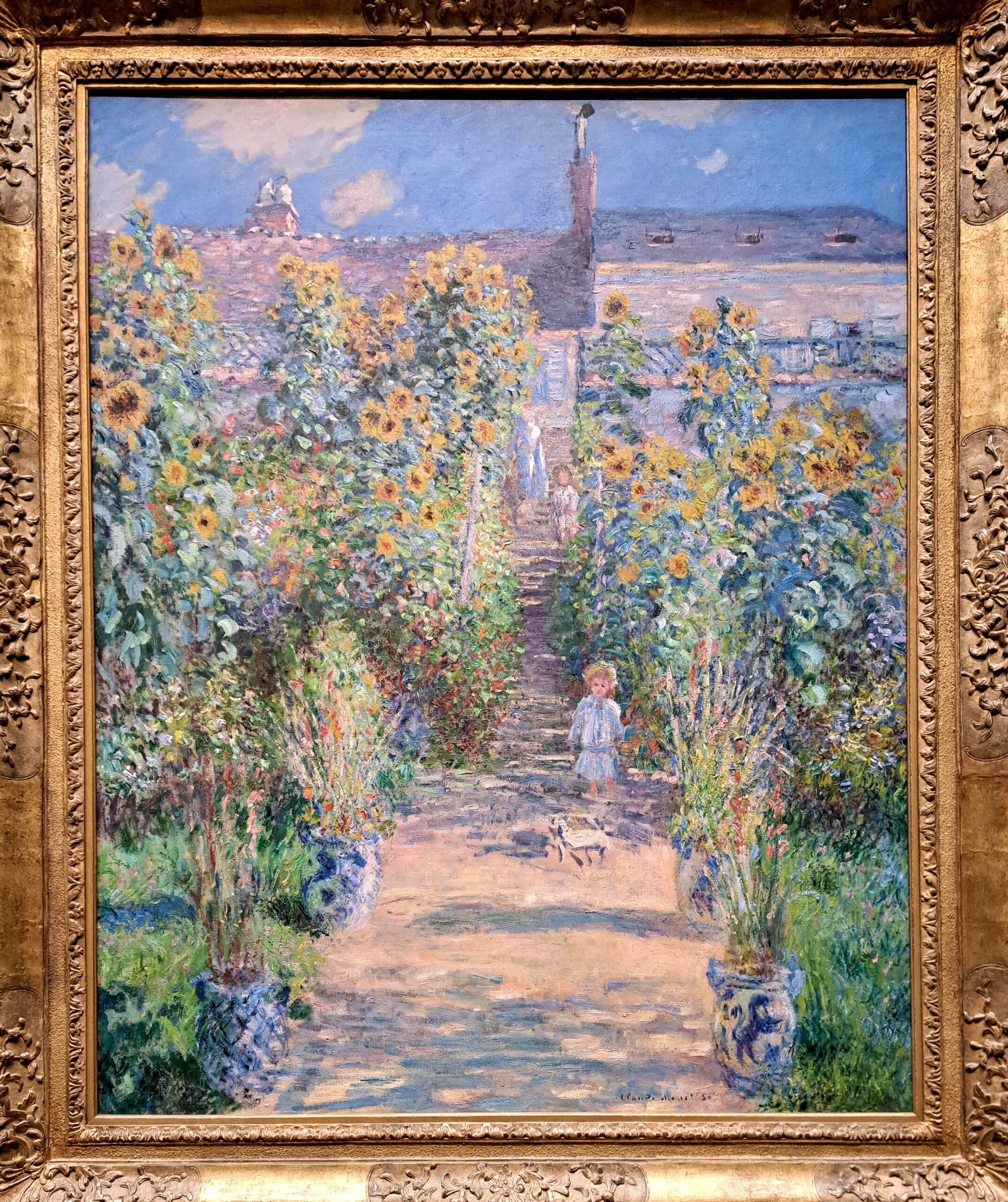
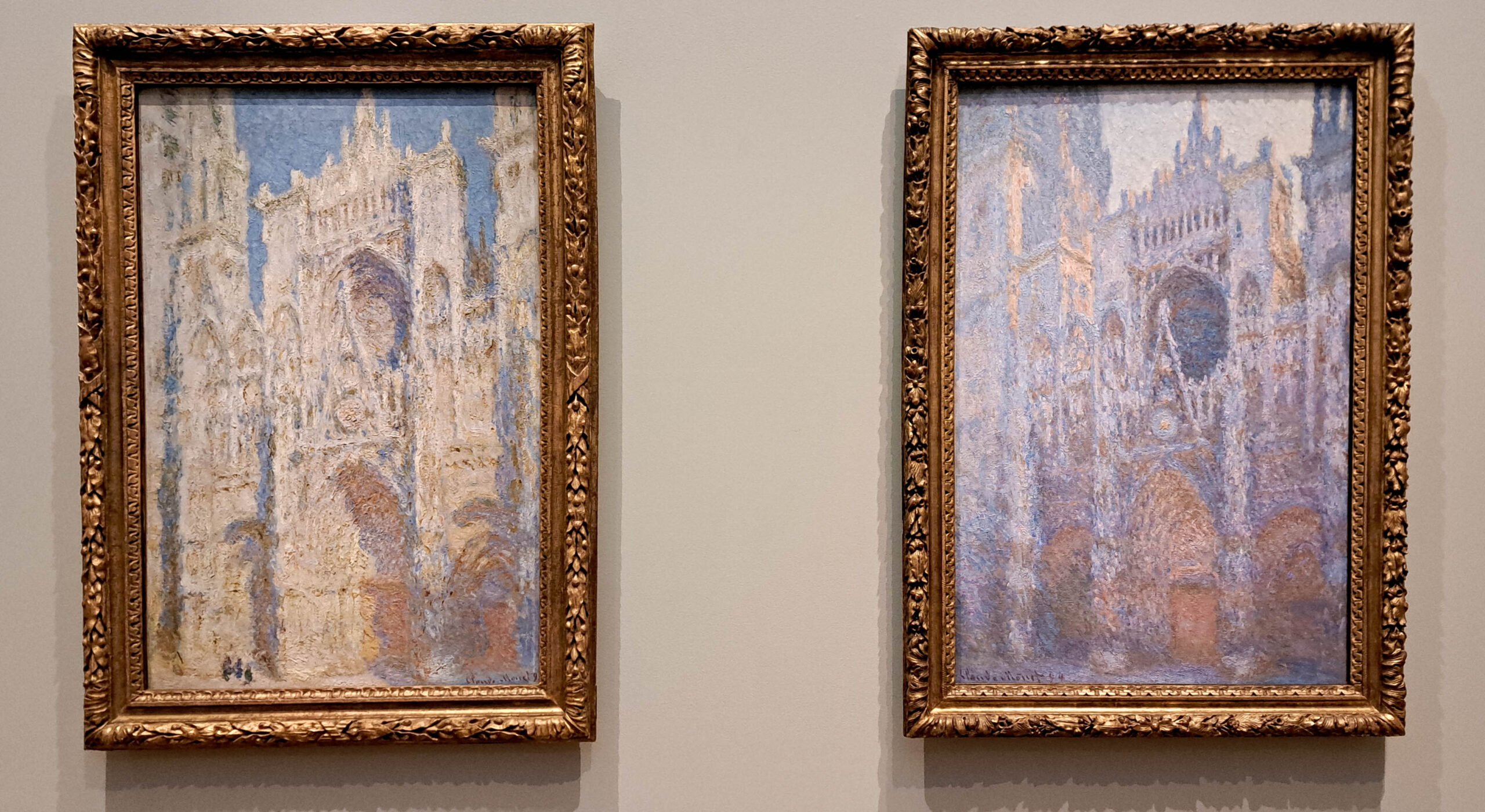
The Smithsonian American Art Museum and the National Portrait Gallery
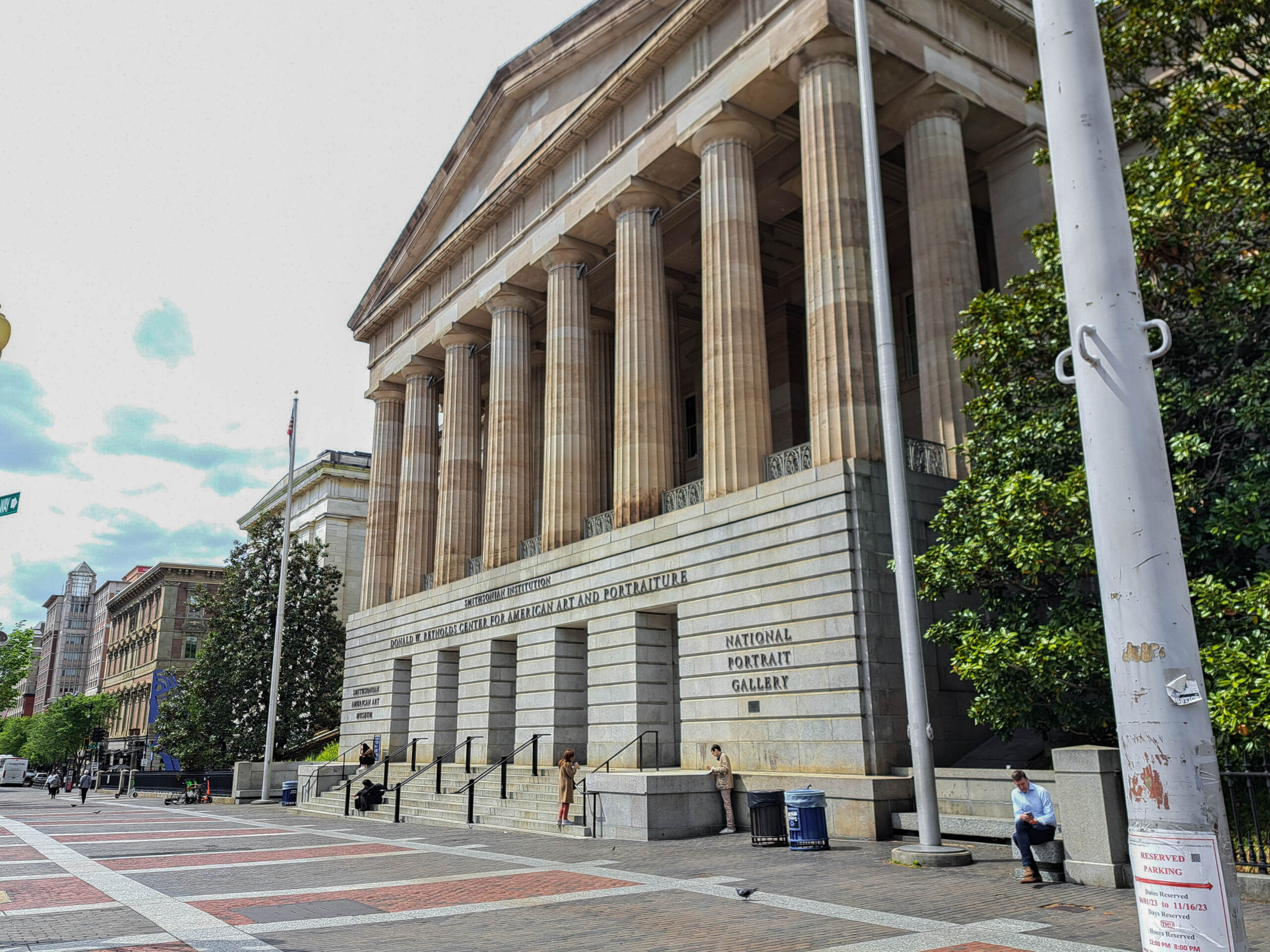
Thomas Hart Benton’s 1947 “Achelous and Hercules”

E. Martin Hennings’ 1935-45 “Riders at Sunset”
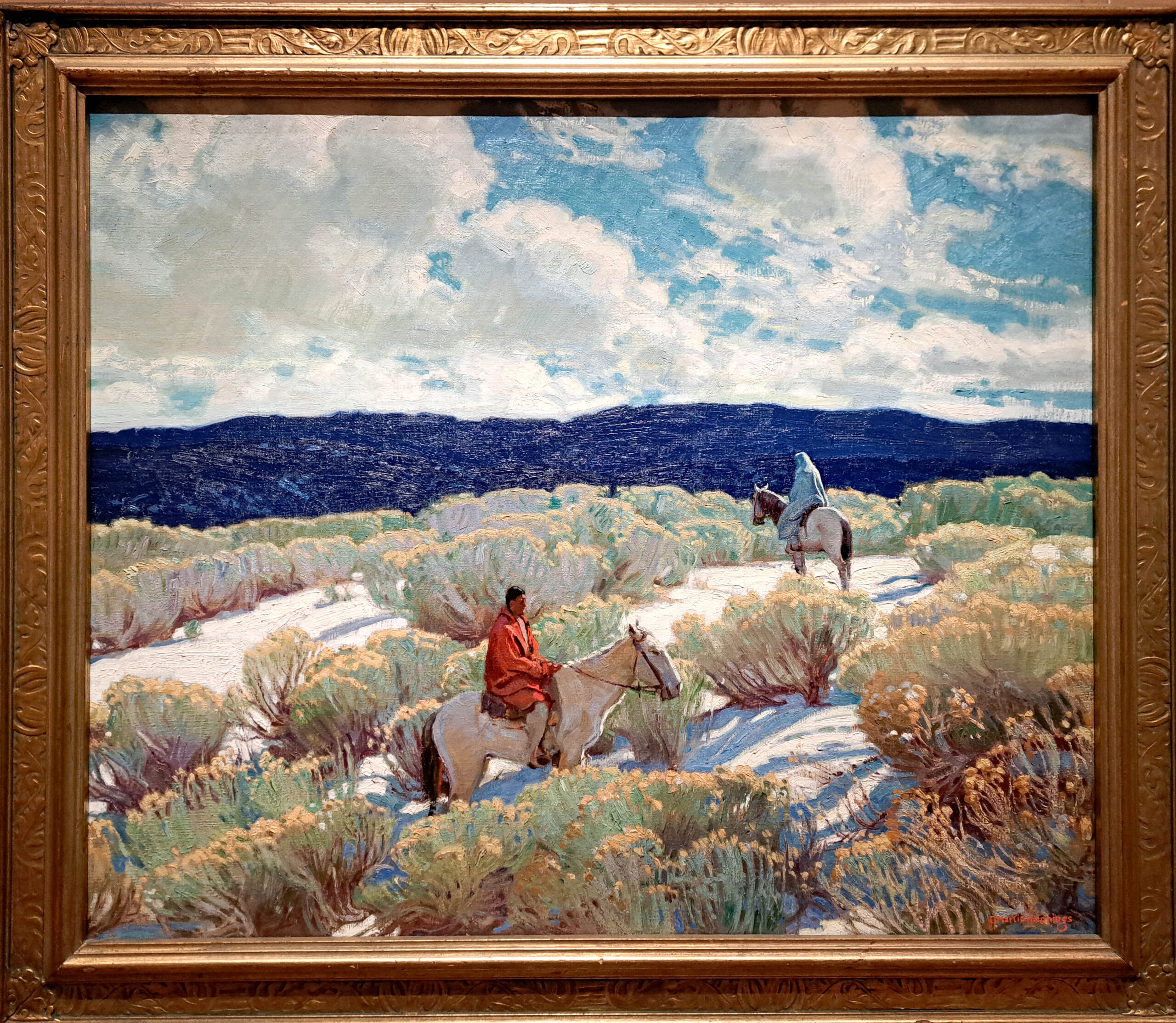
Abbot Handerson Thayer’s 1887 “Angel”
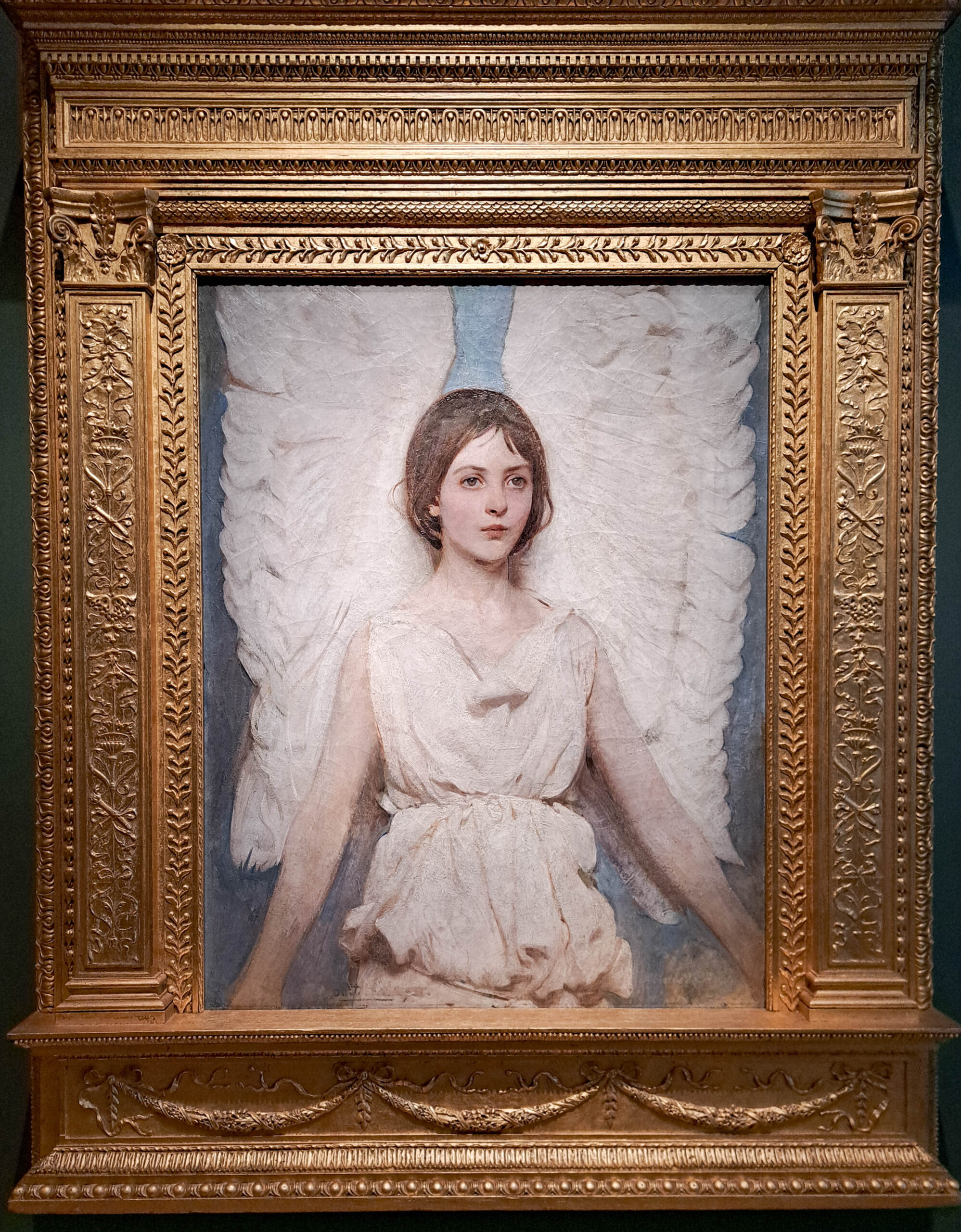
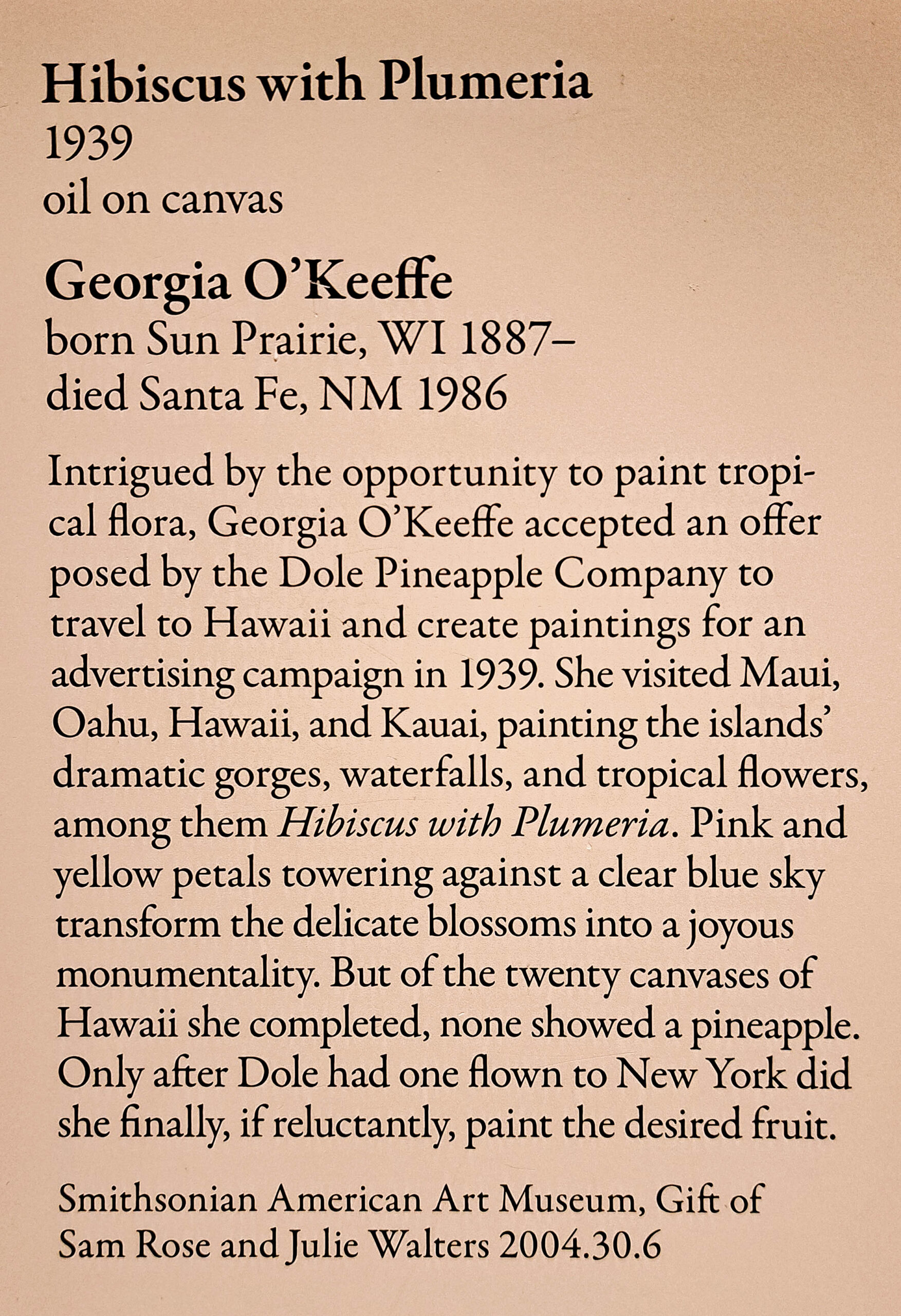
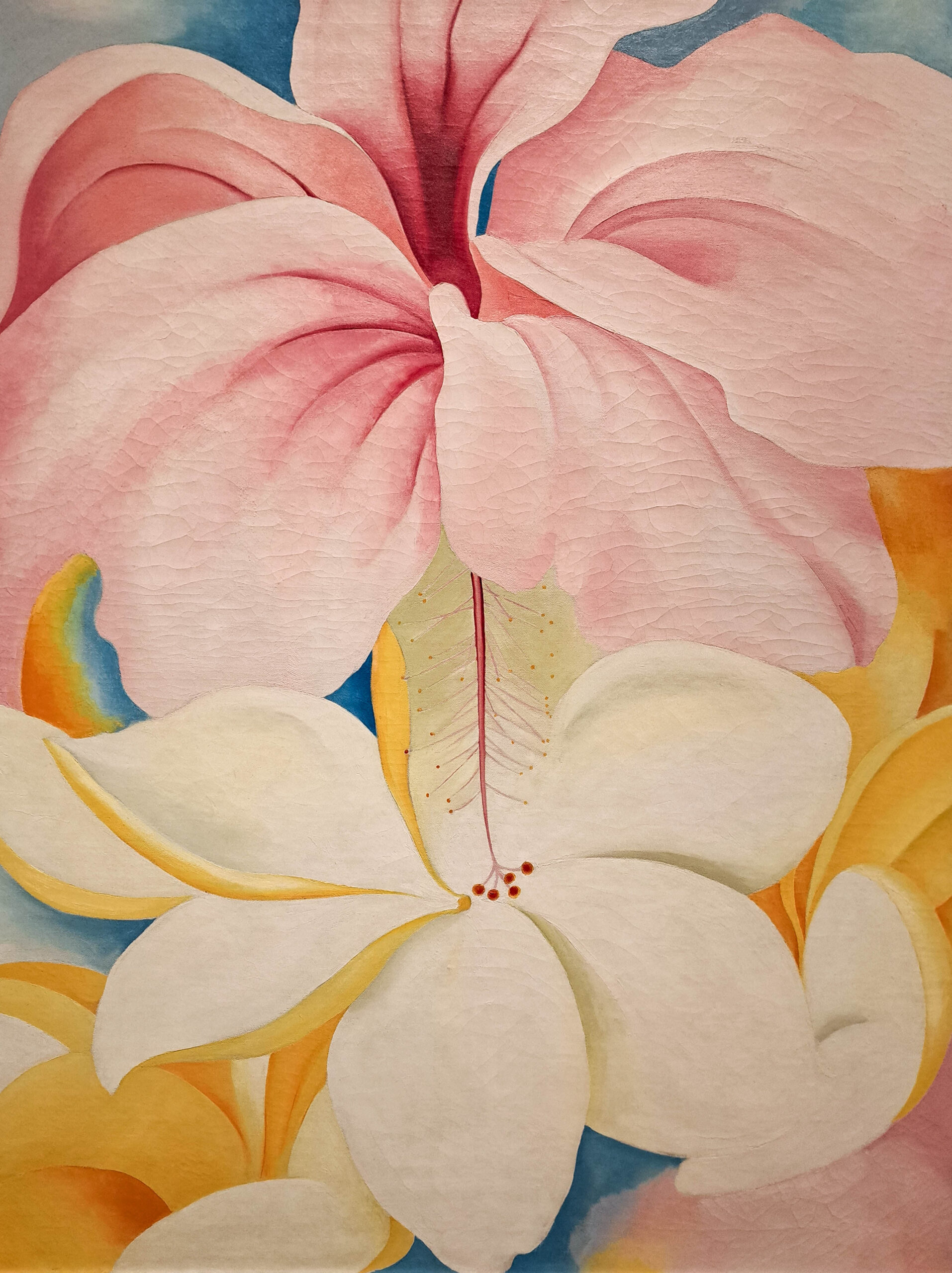
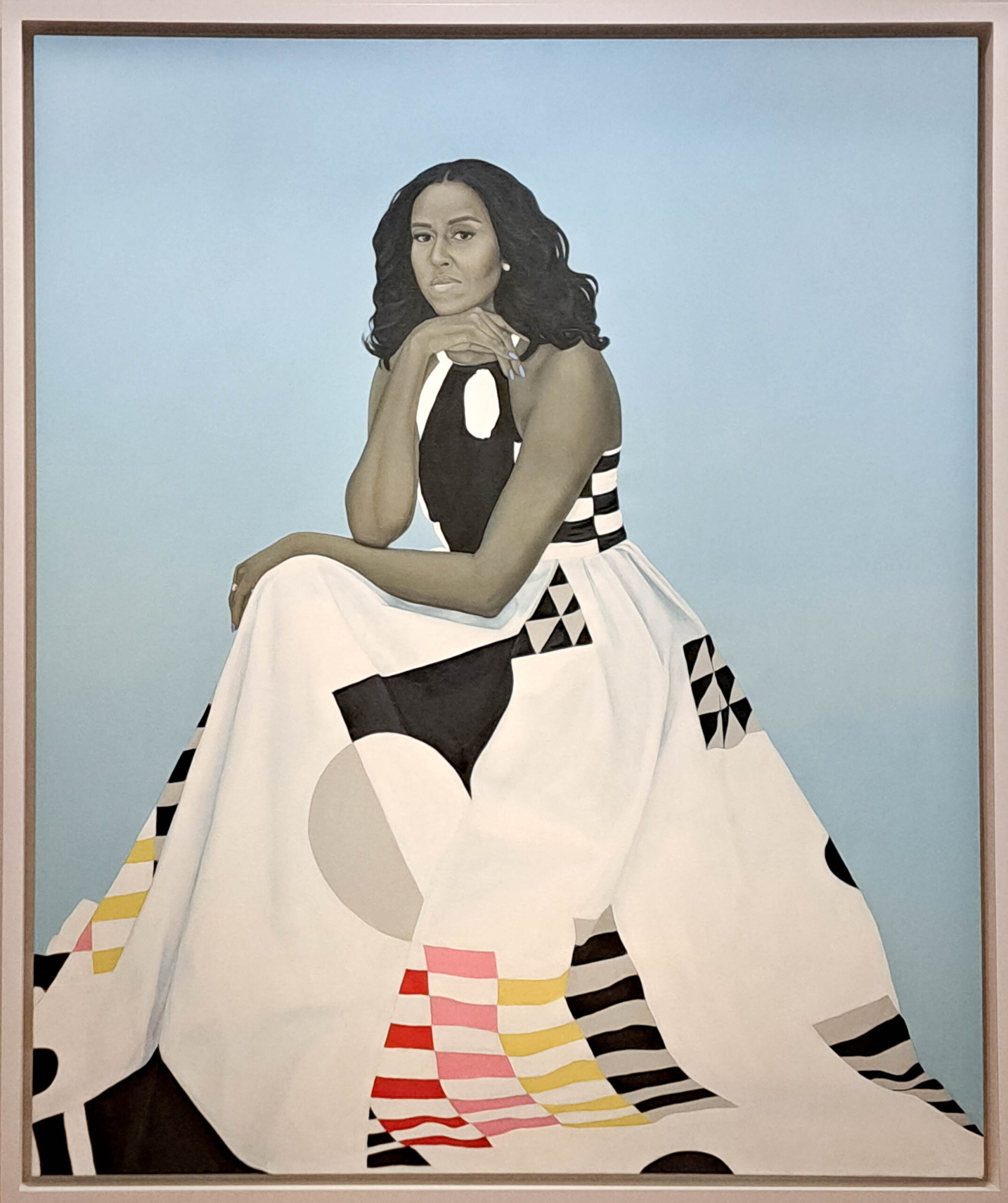
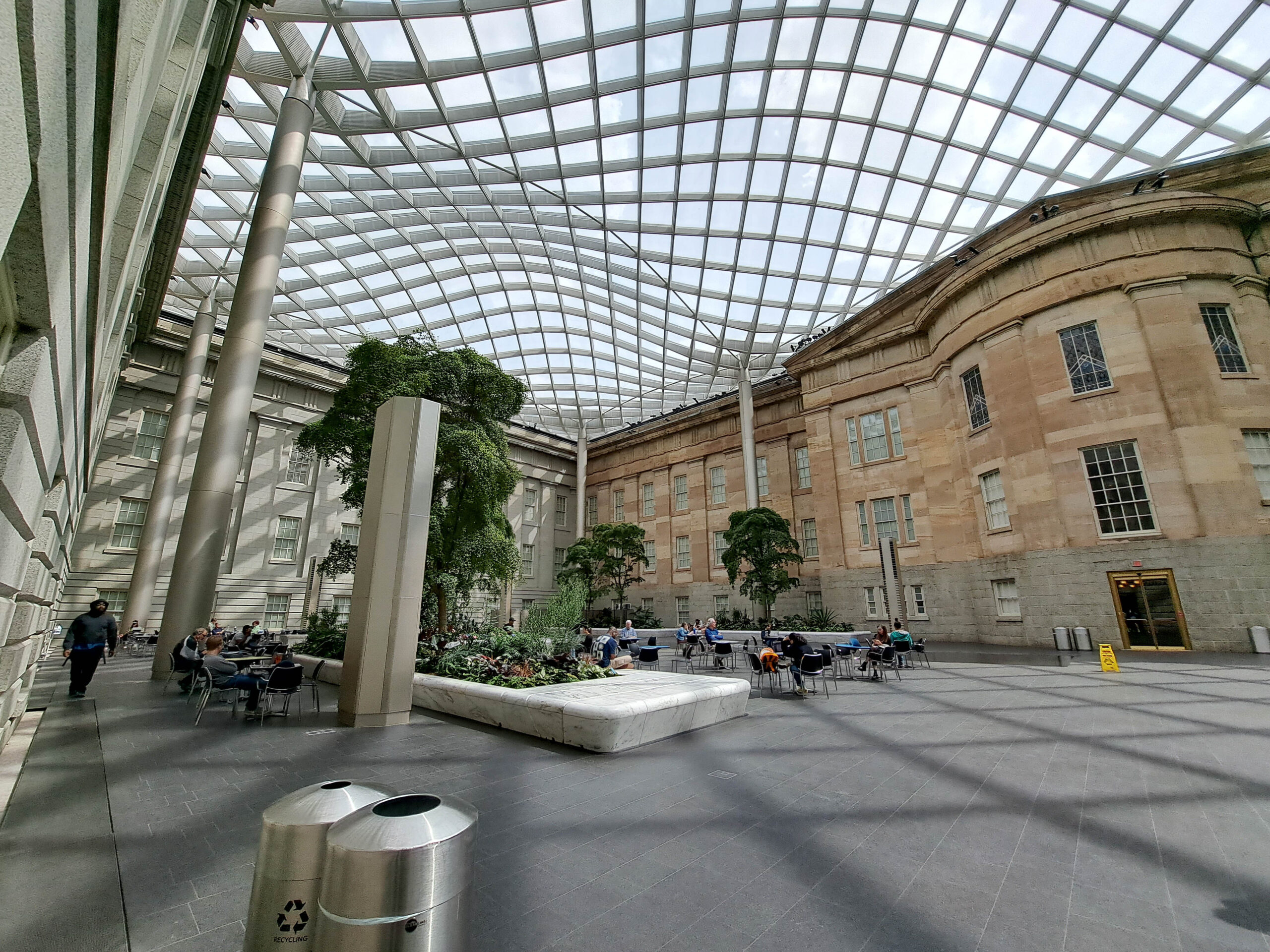
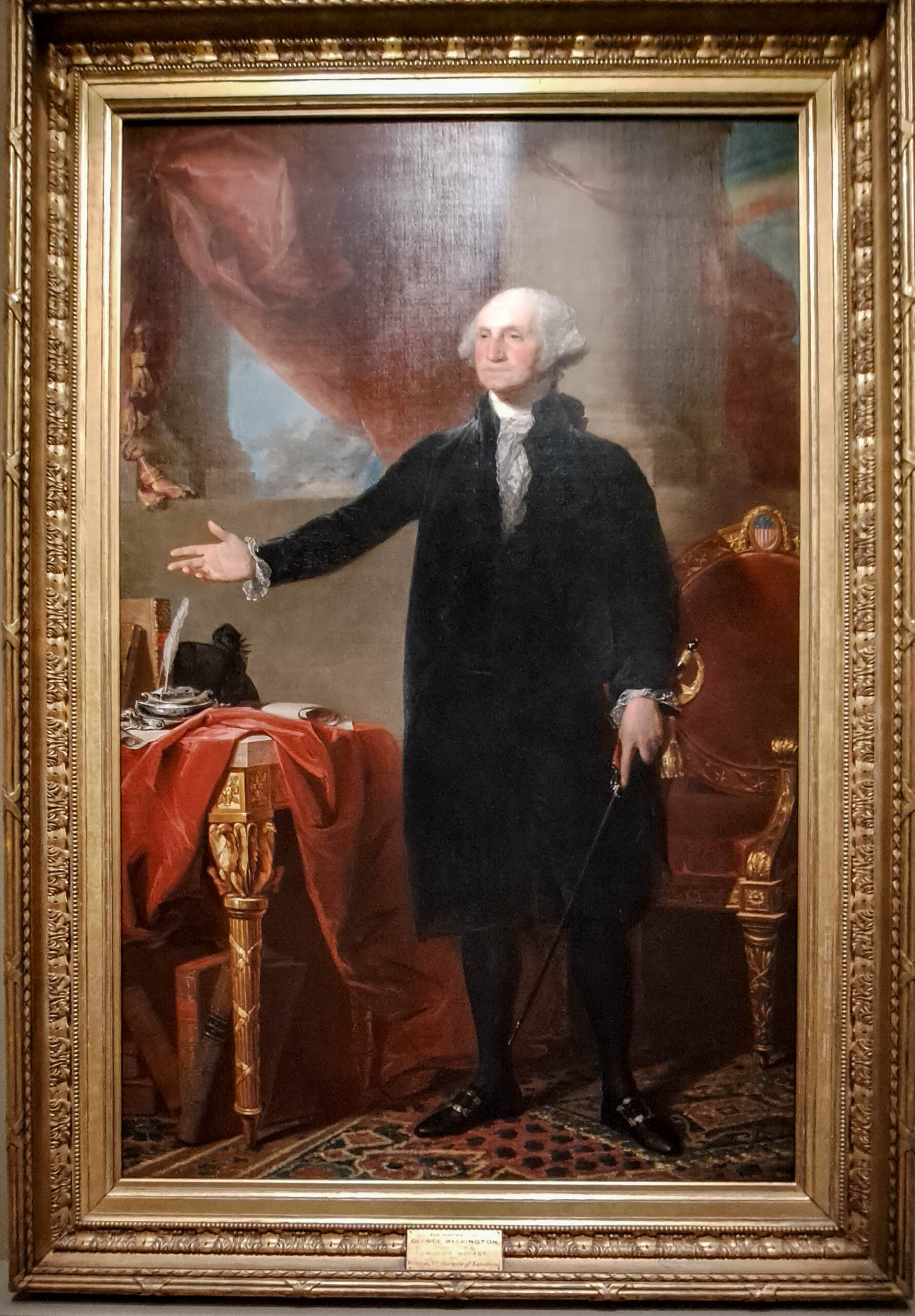
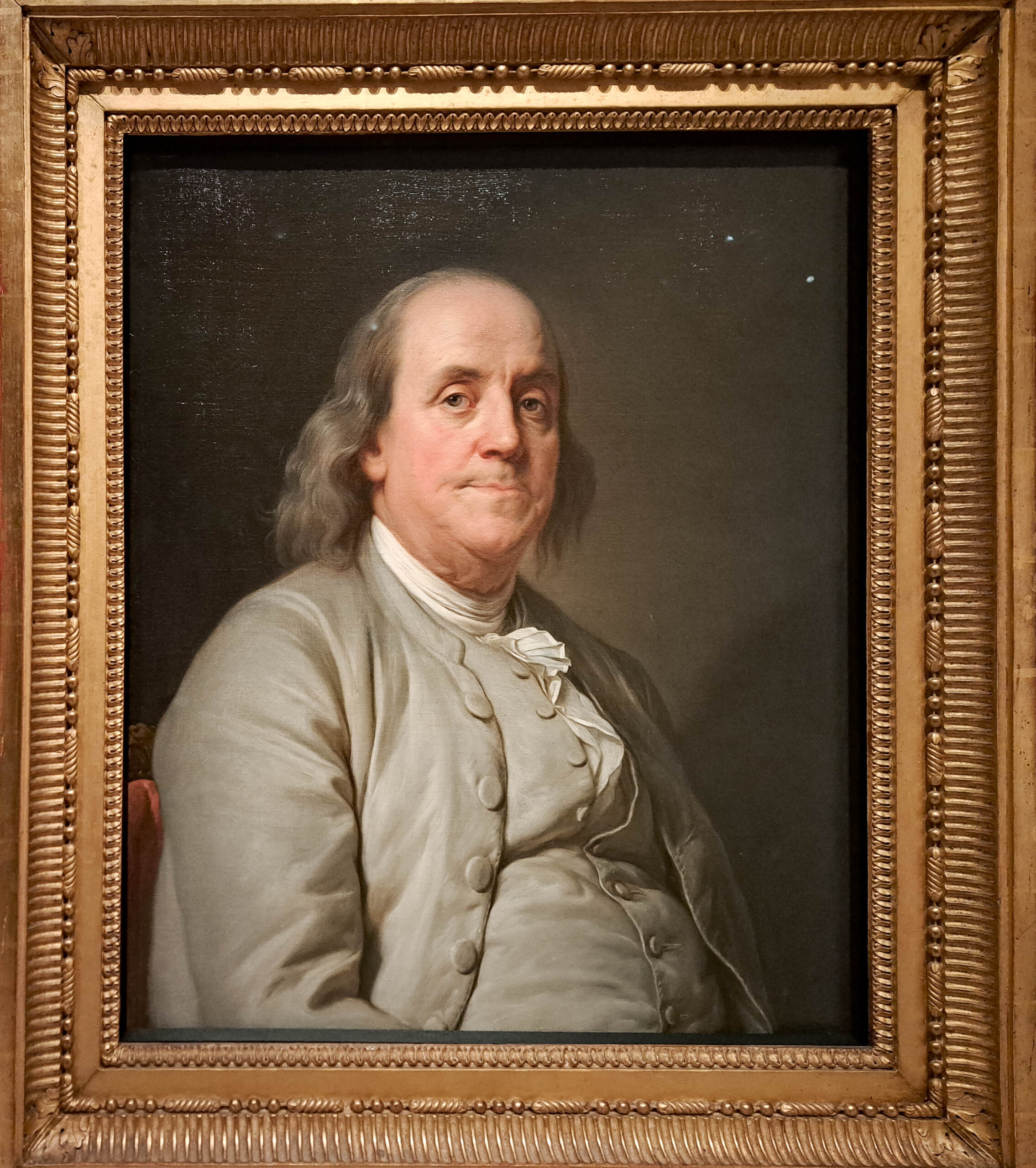
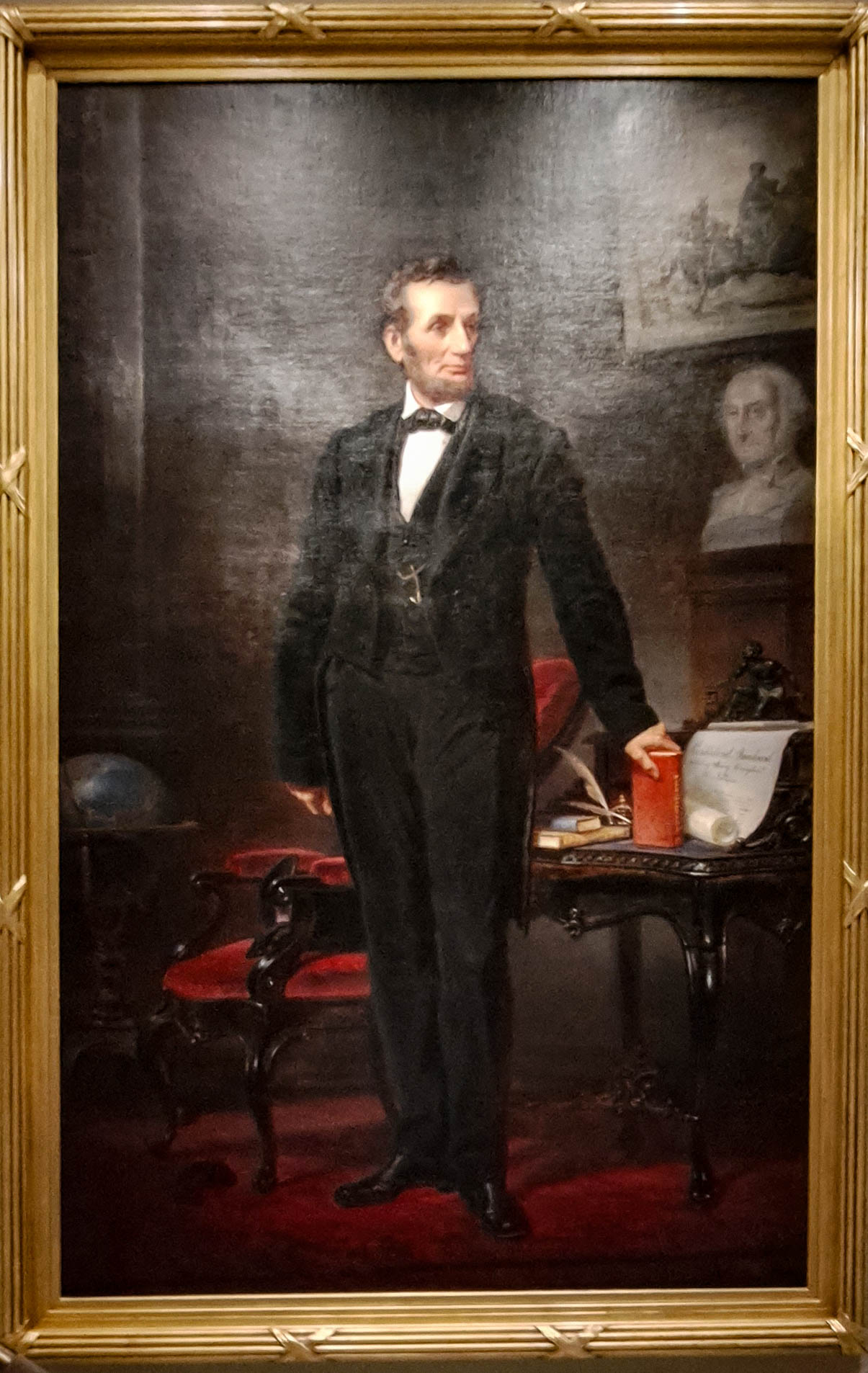
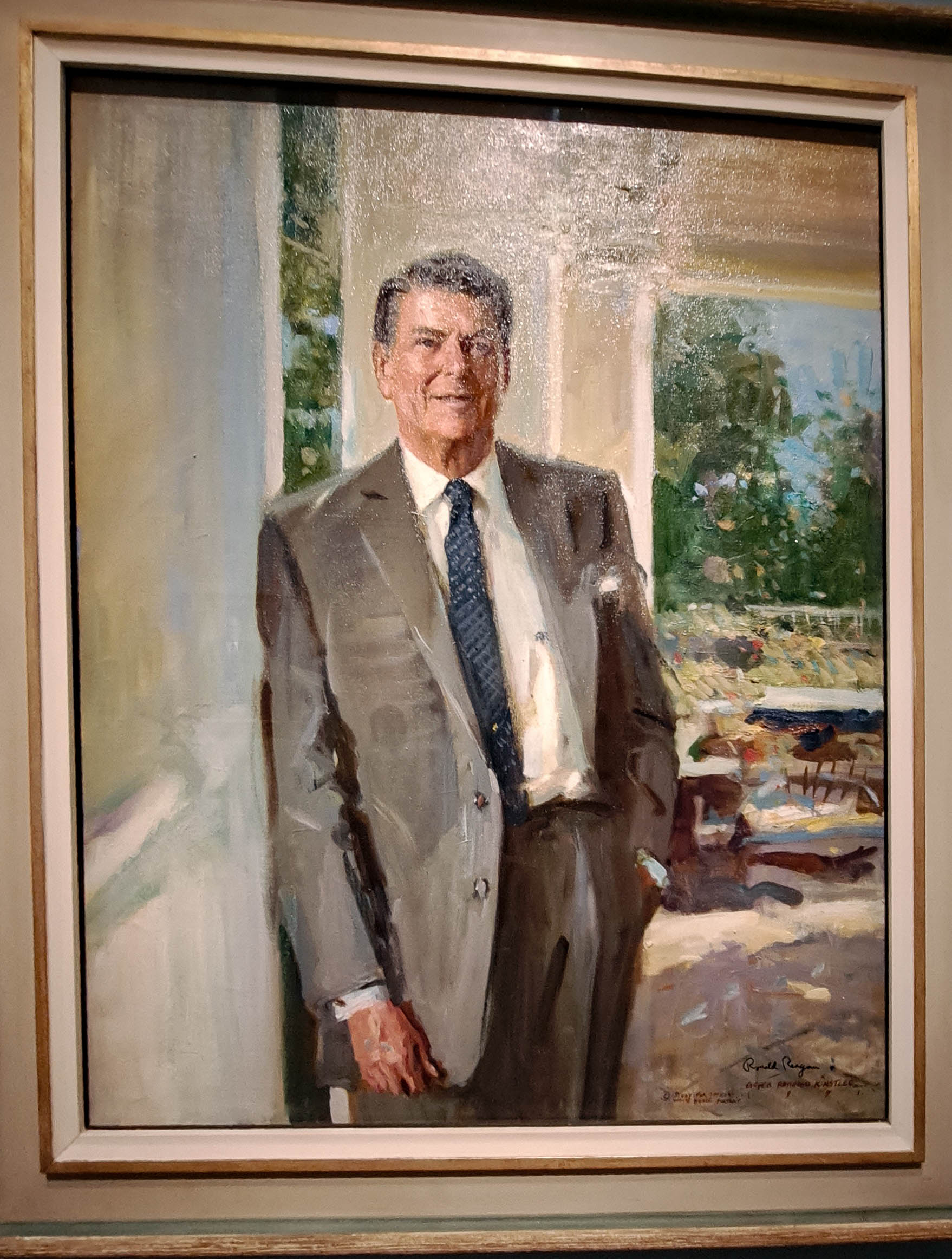
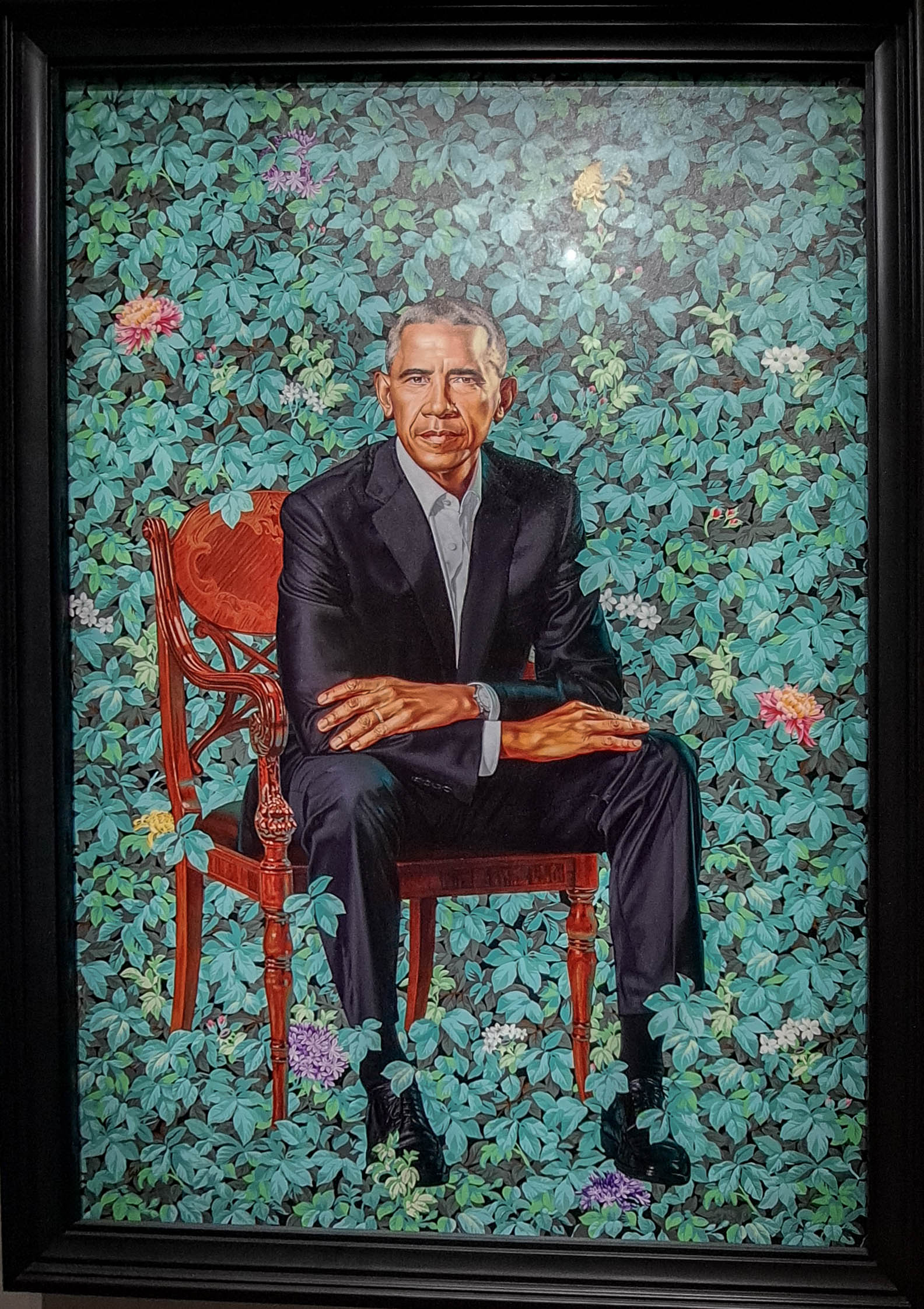
Smithsonian’s Hirshhorn Museum of Contemporary Art and Culture
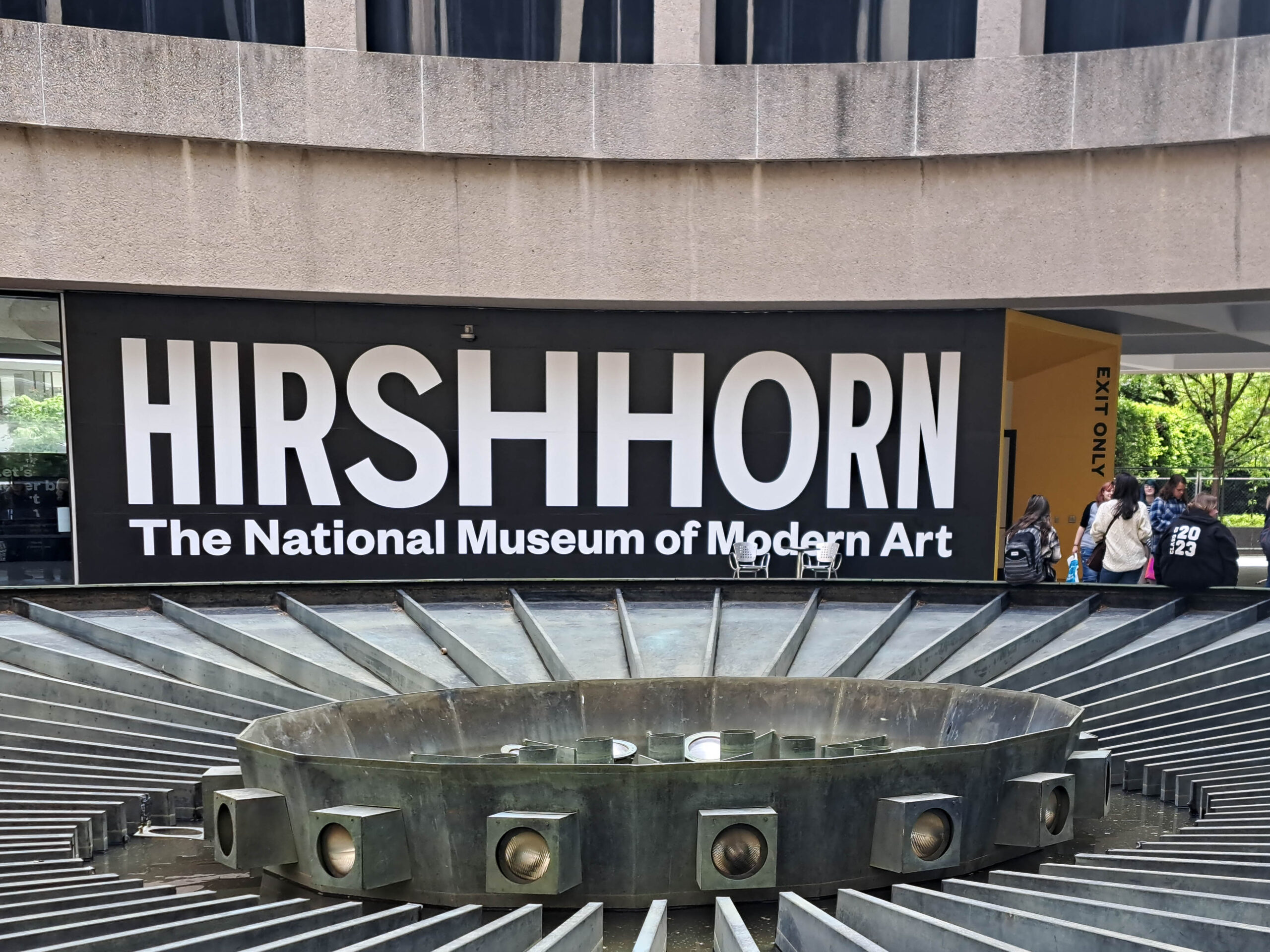
Rachel Jones’ 2021 “SMIIILLLLEEEE”
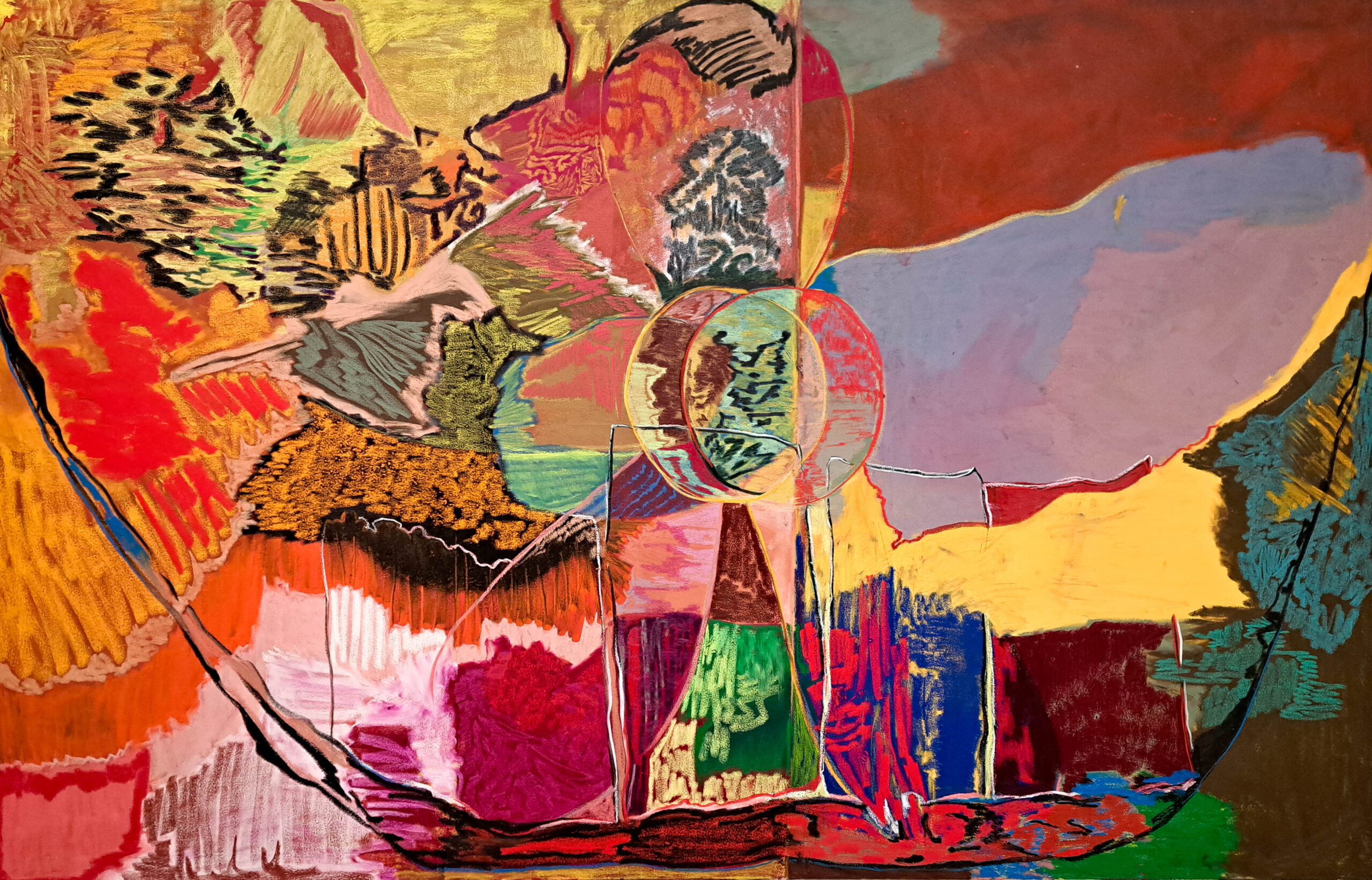
Cao Fei’s 2007 “RMB City: A Second Life City Planning No. 7 (still)”
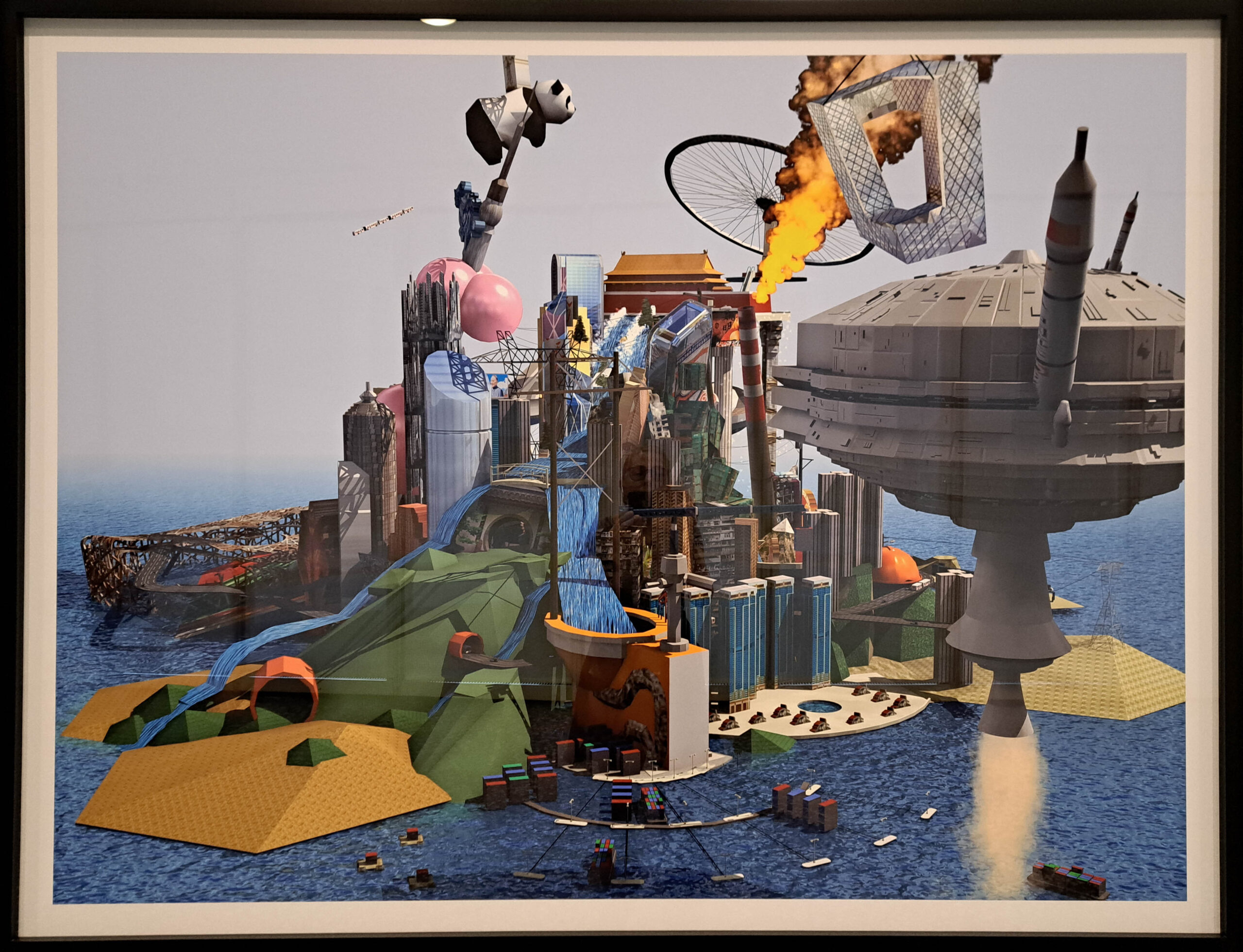
Laurie Anderson’s 2021 “Four Talks”
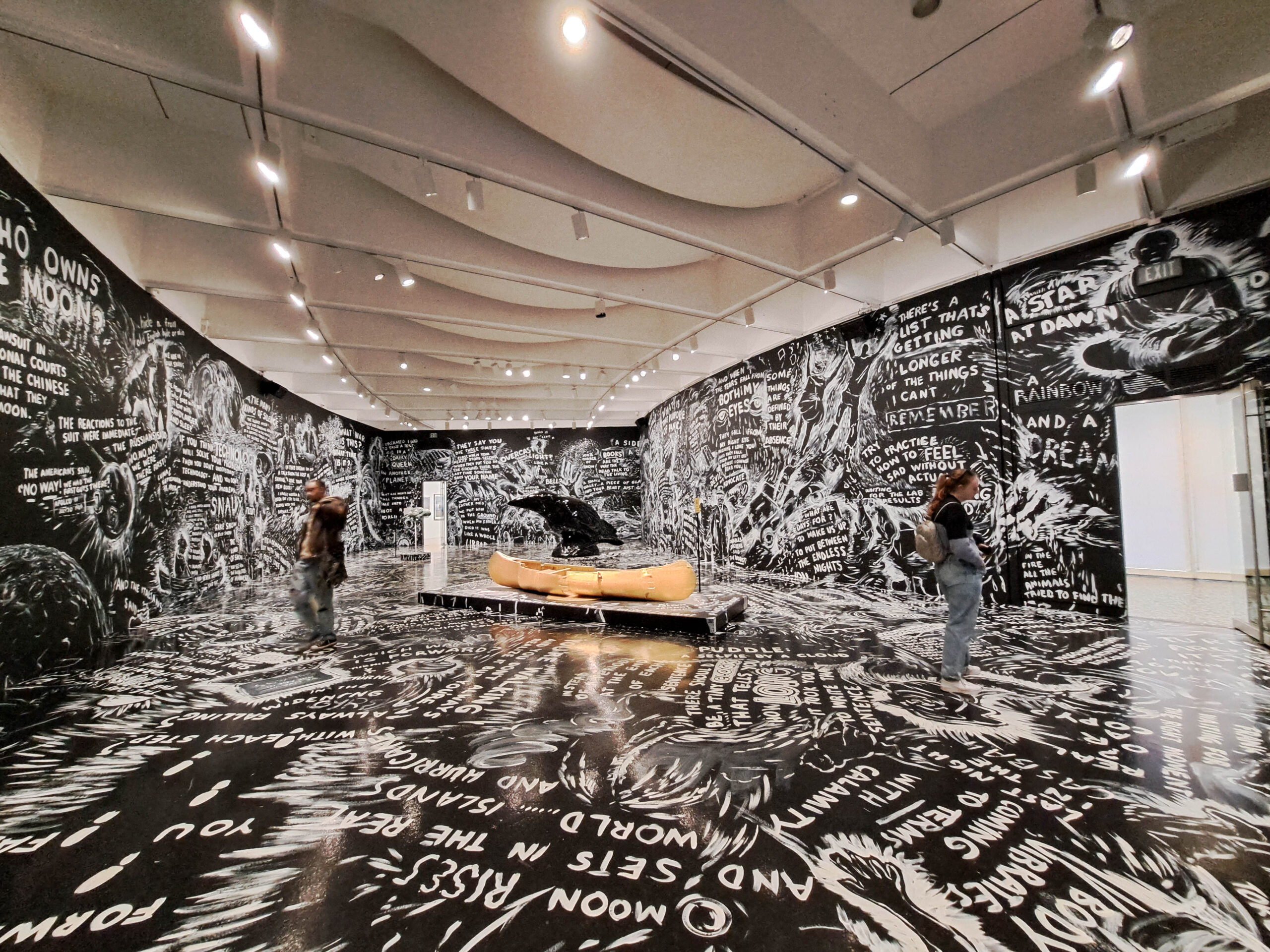
This is the point when the guys joined me in DC. Our airbnb was in the basement of this beautiful home in the Capital Hill area.
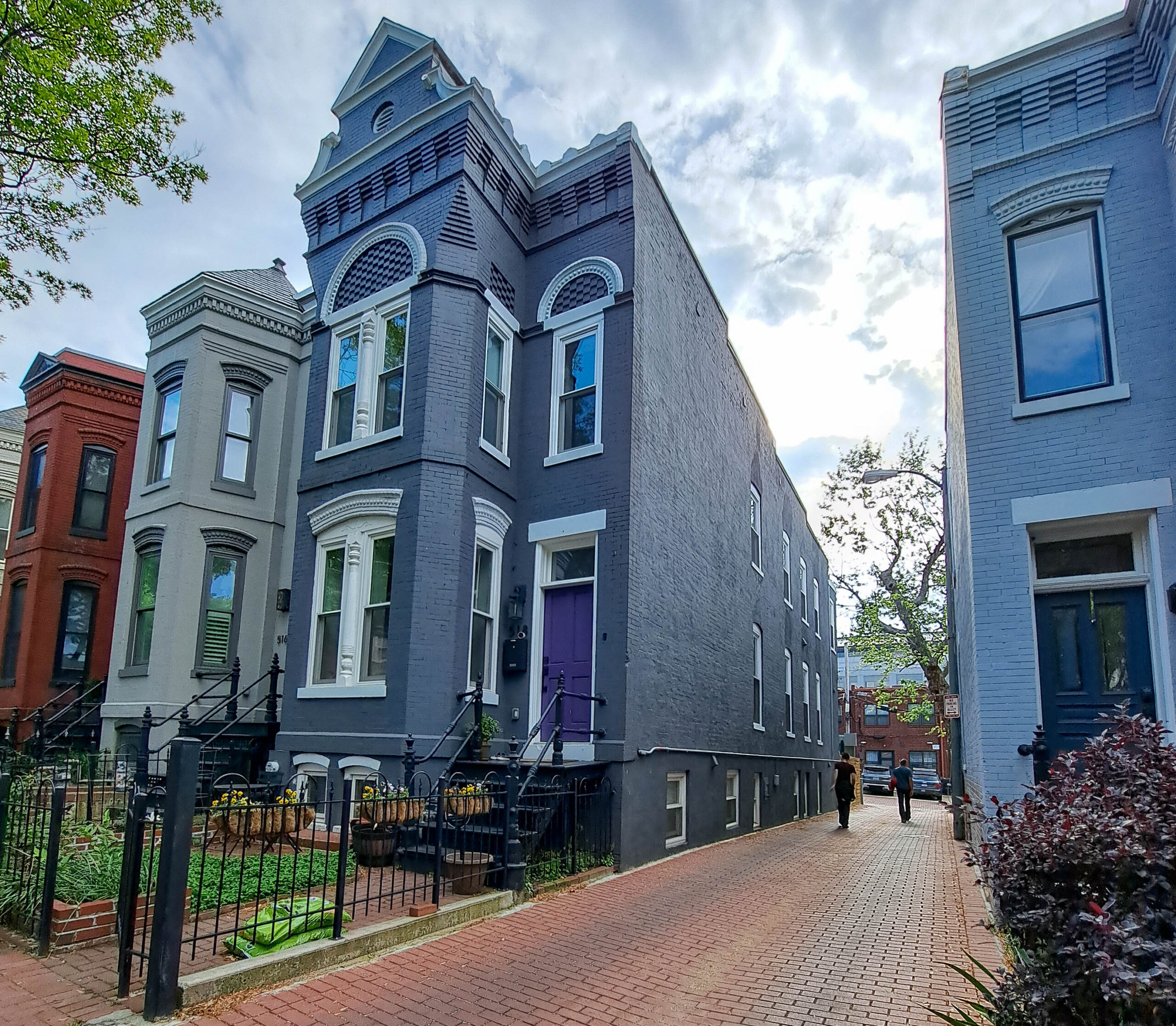
Smithsonian National Air and Space Museum
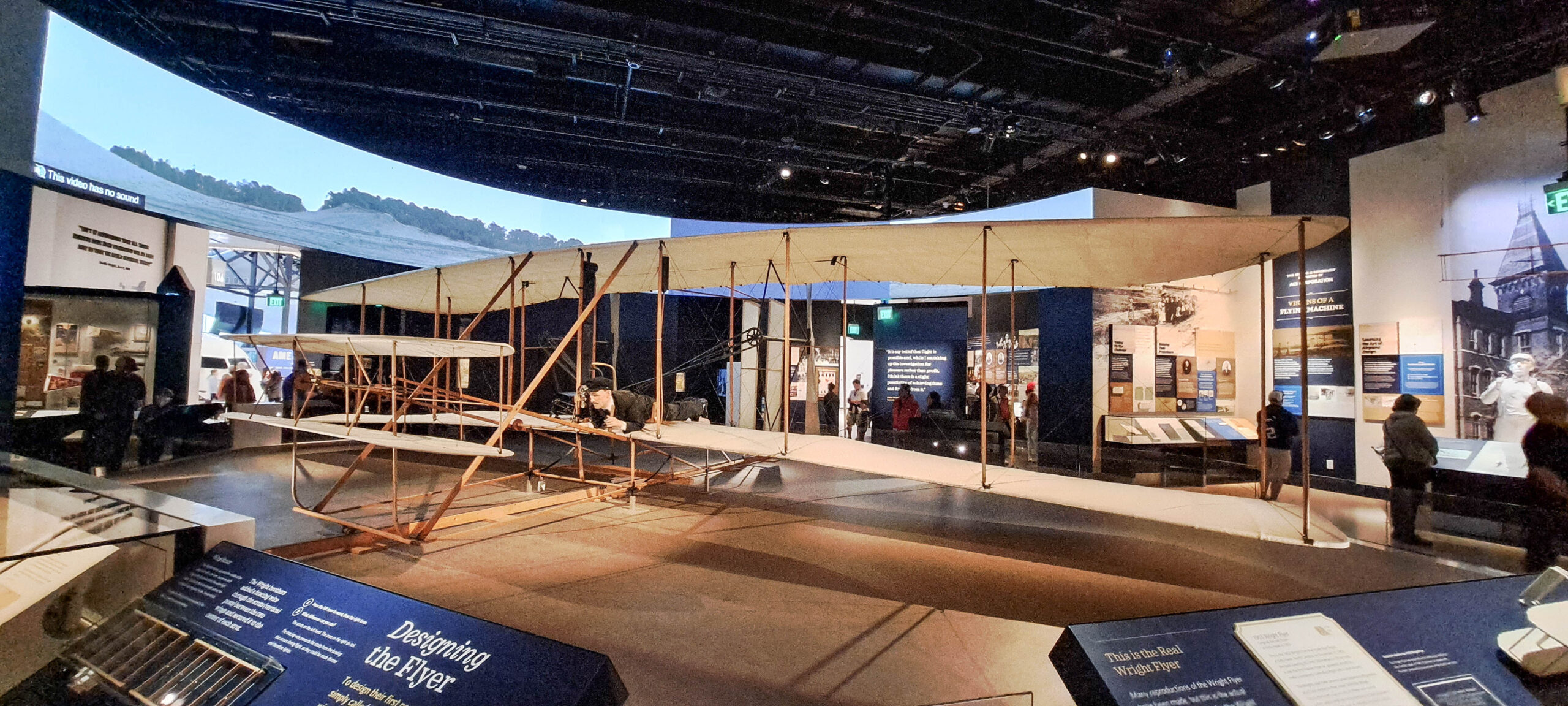
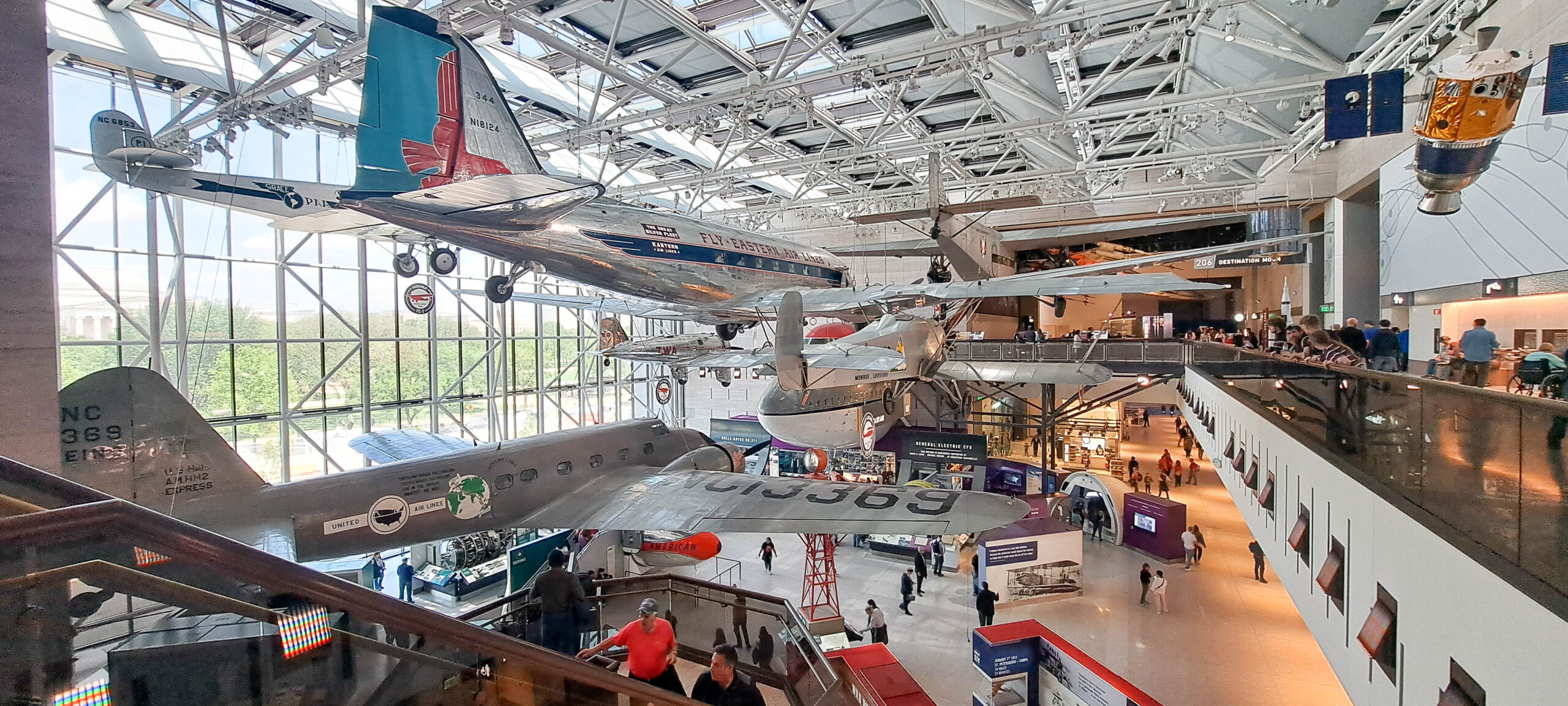
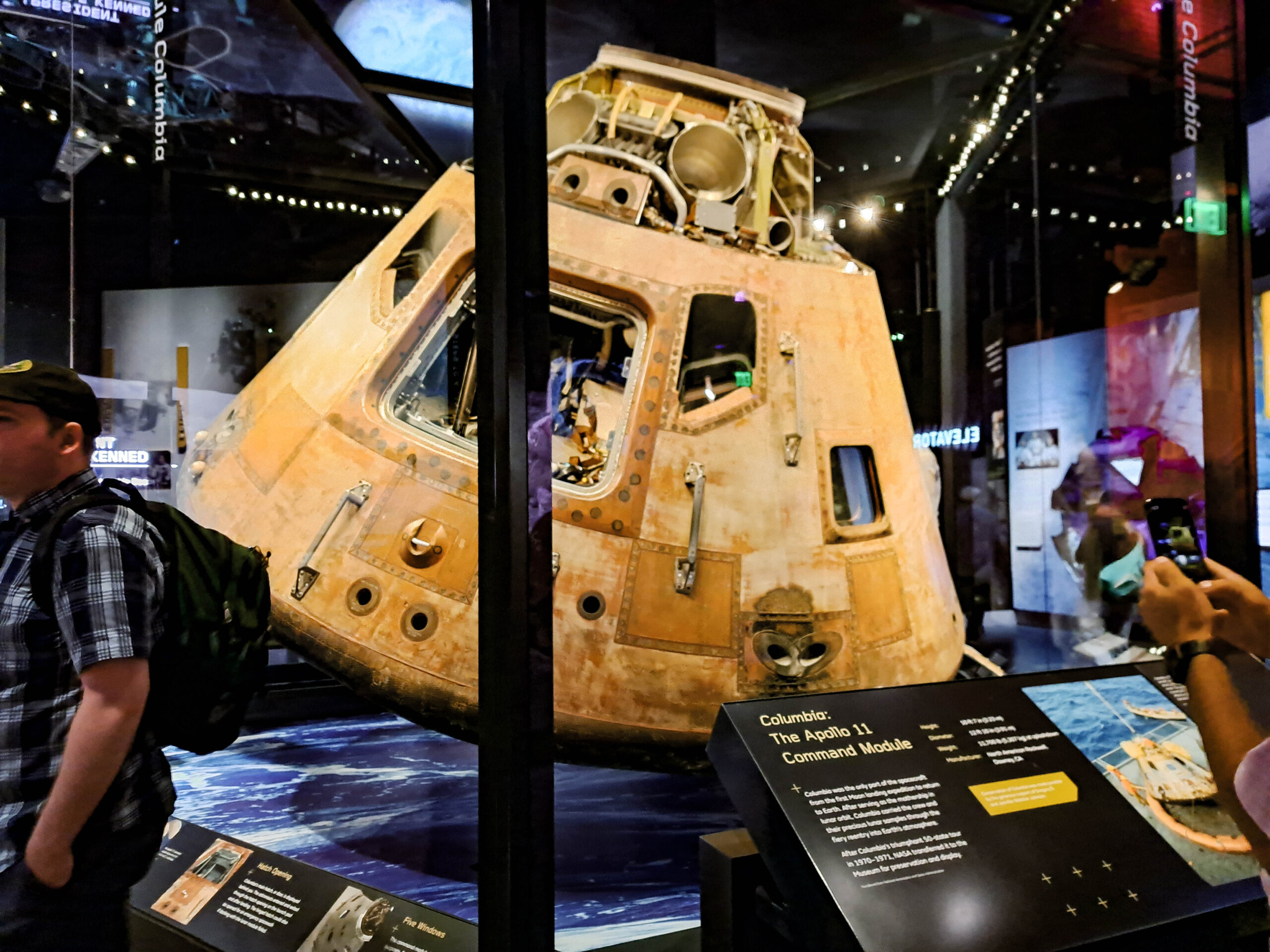
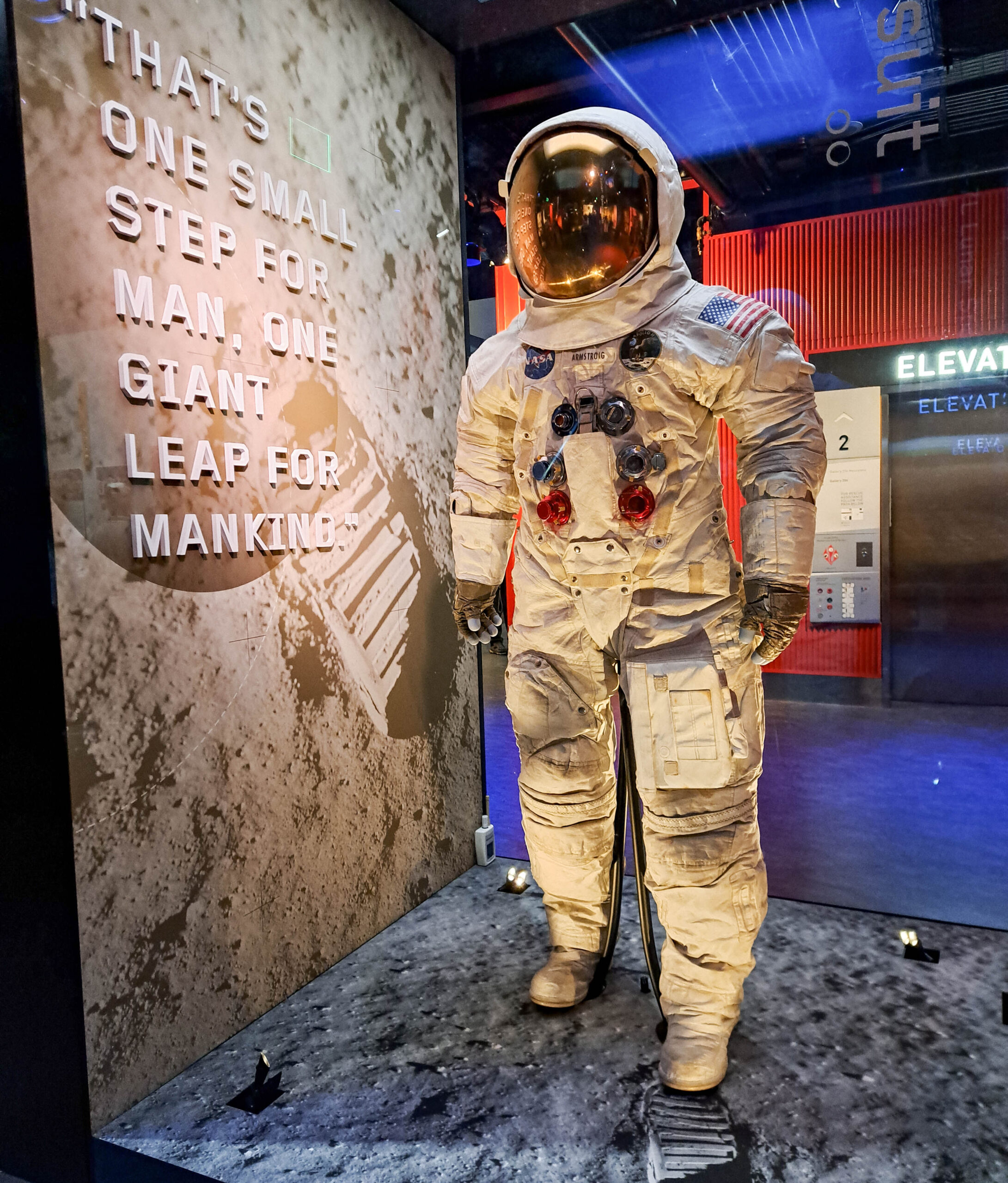
National Gallery of Art Sculpture Garden
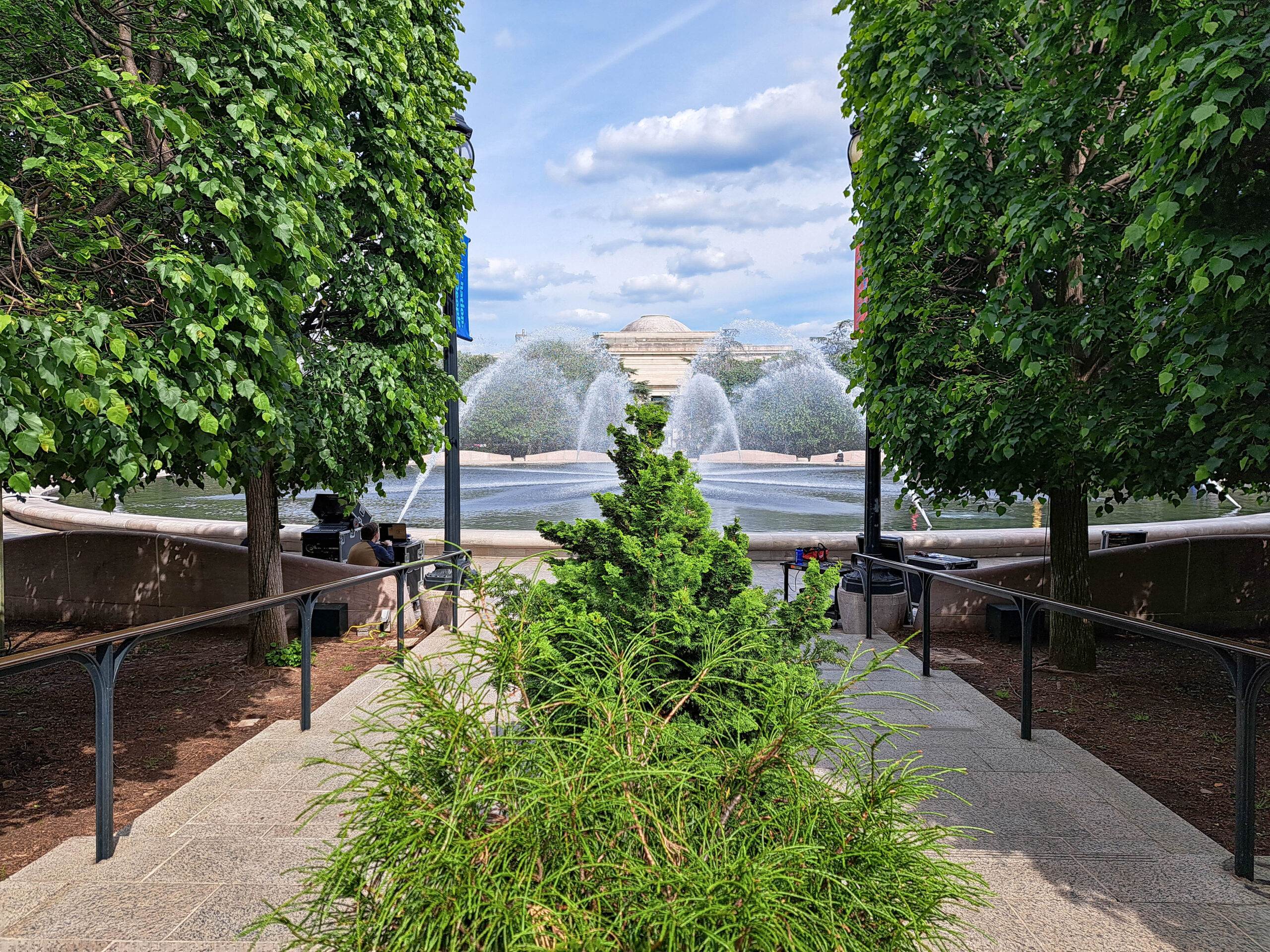
Tony Smith’s modeled 1964 & fabricated 1998-99, “Moondog,” painted aluminum
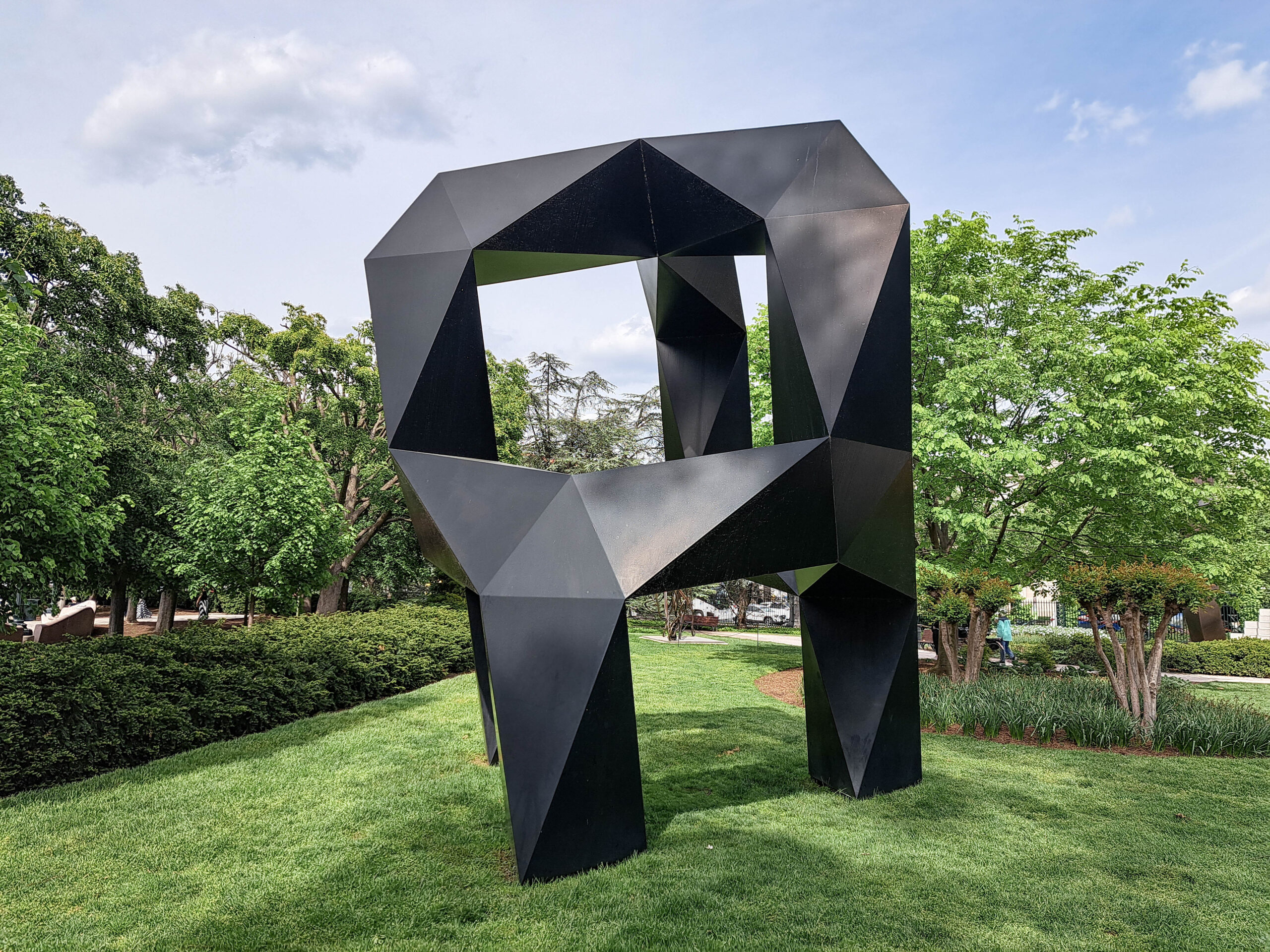
Alexander Calder’s 1974 “Cheval Rouge,” sheet metal and paint
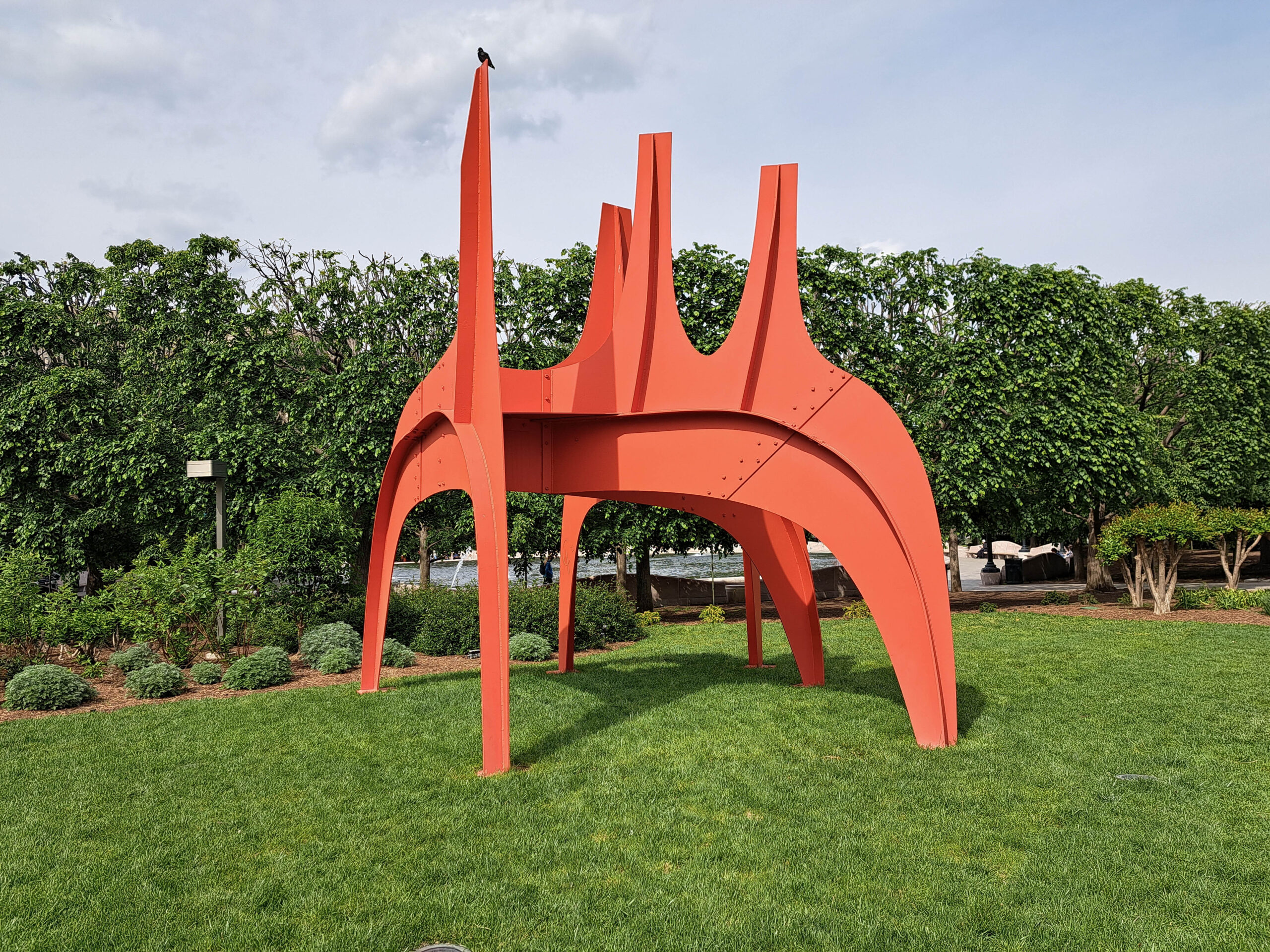
Library of Congress
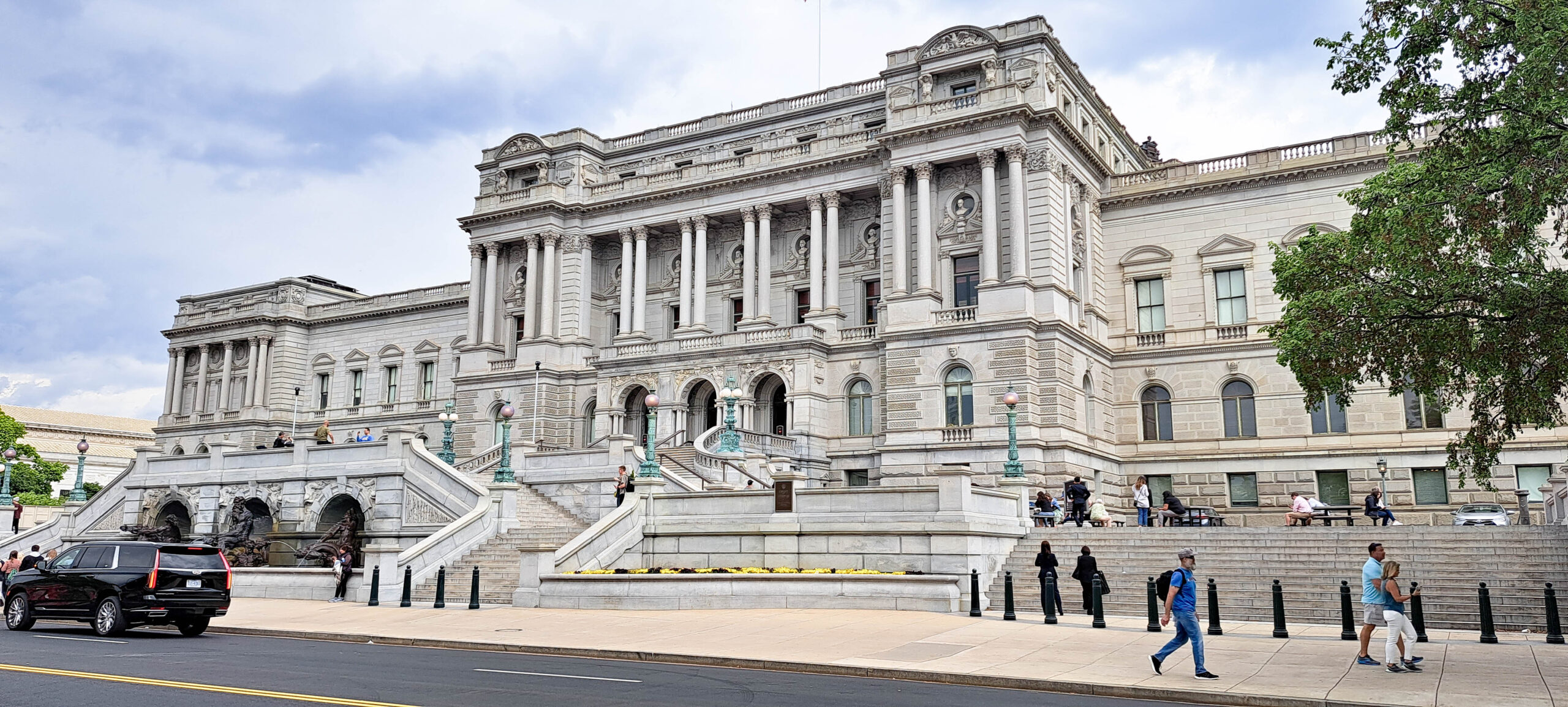
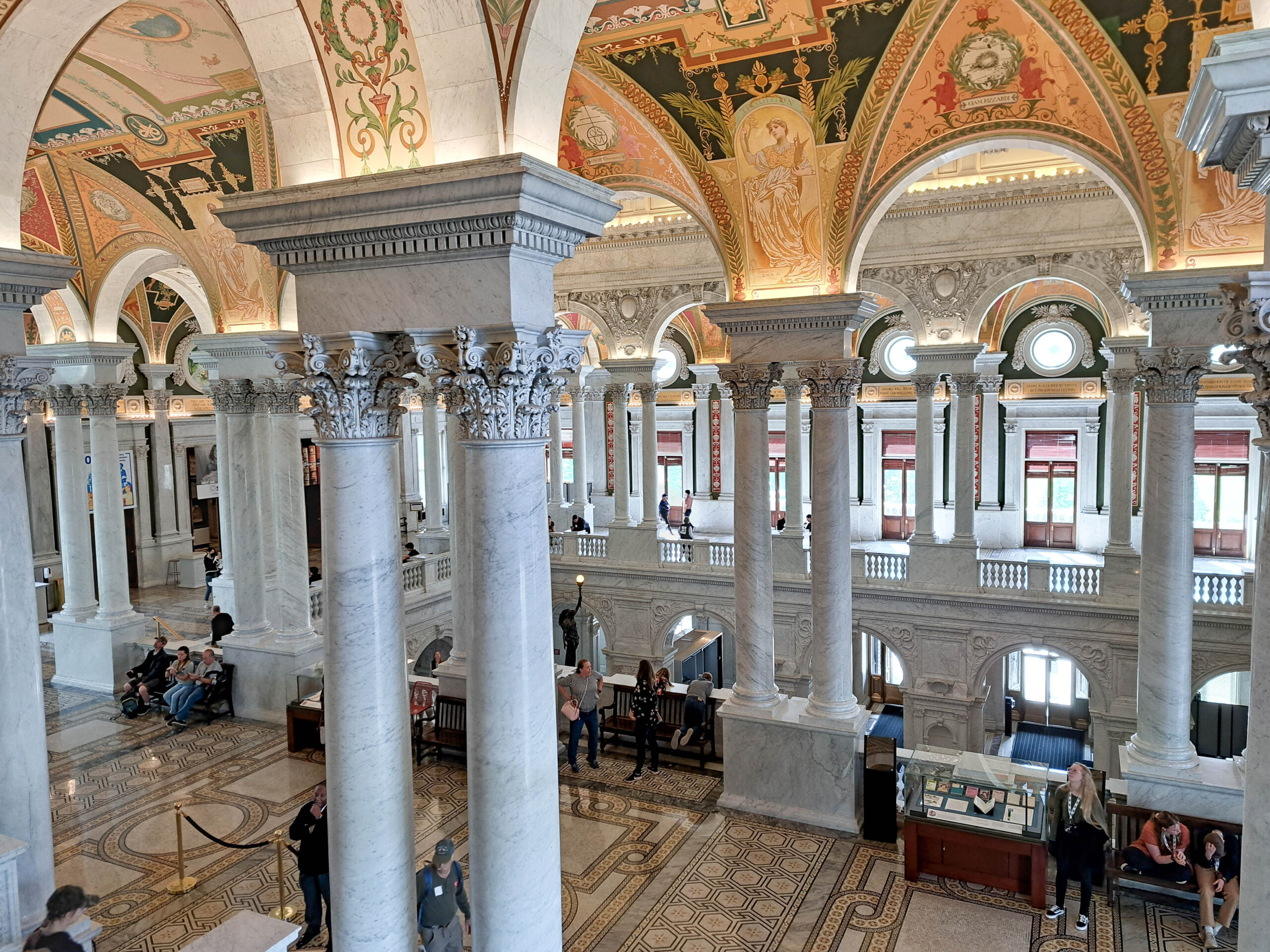
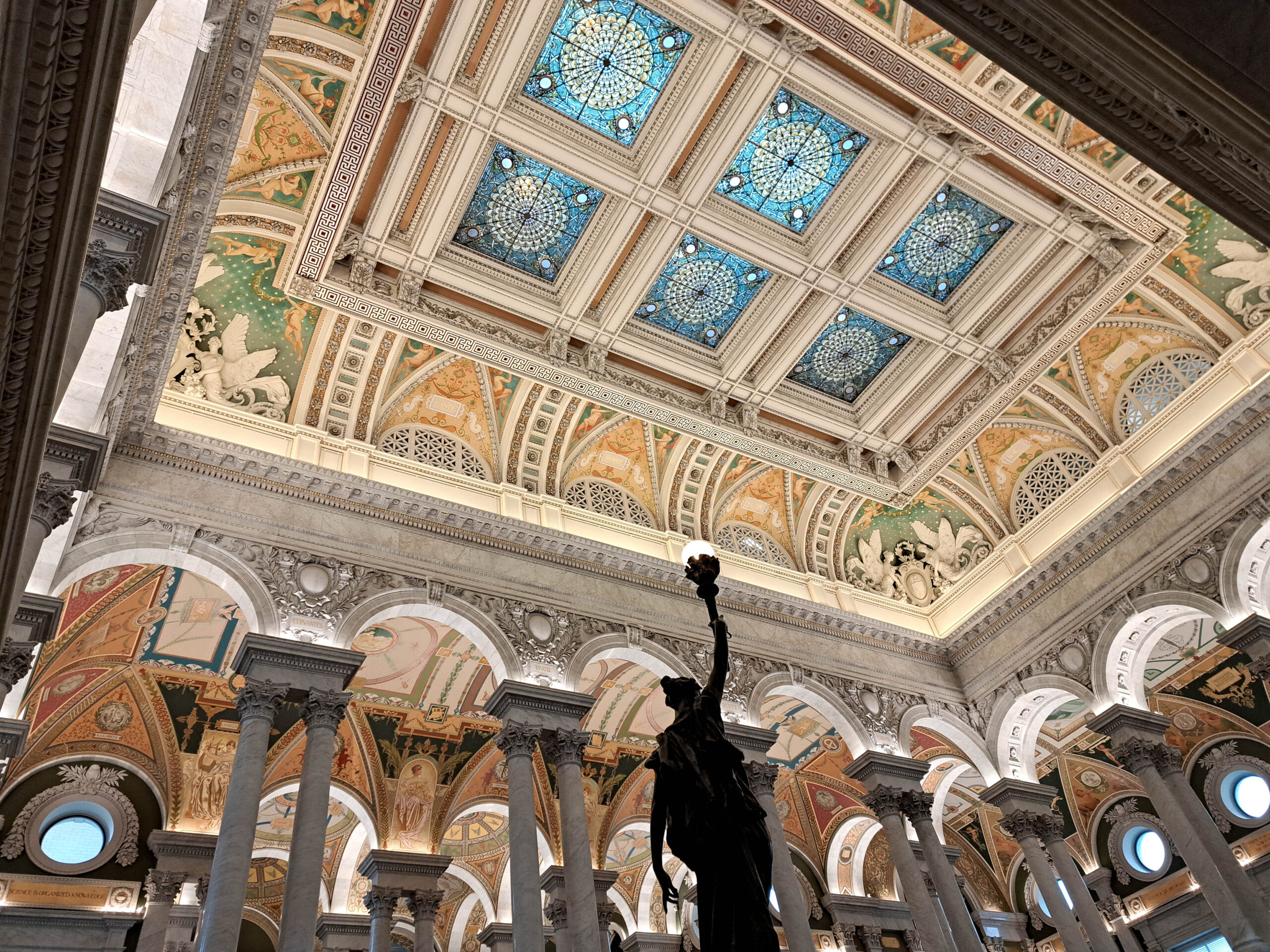
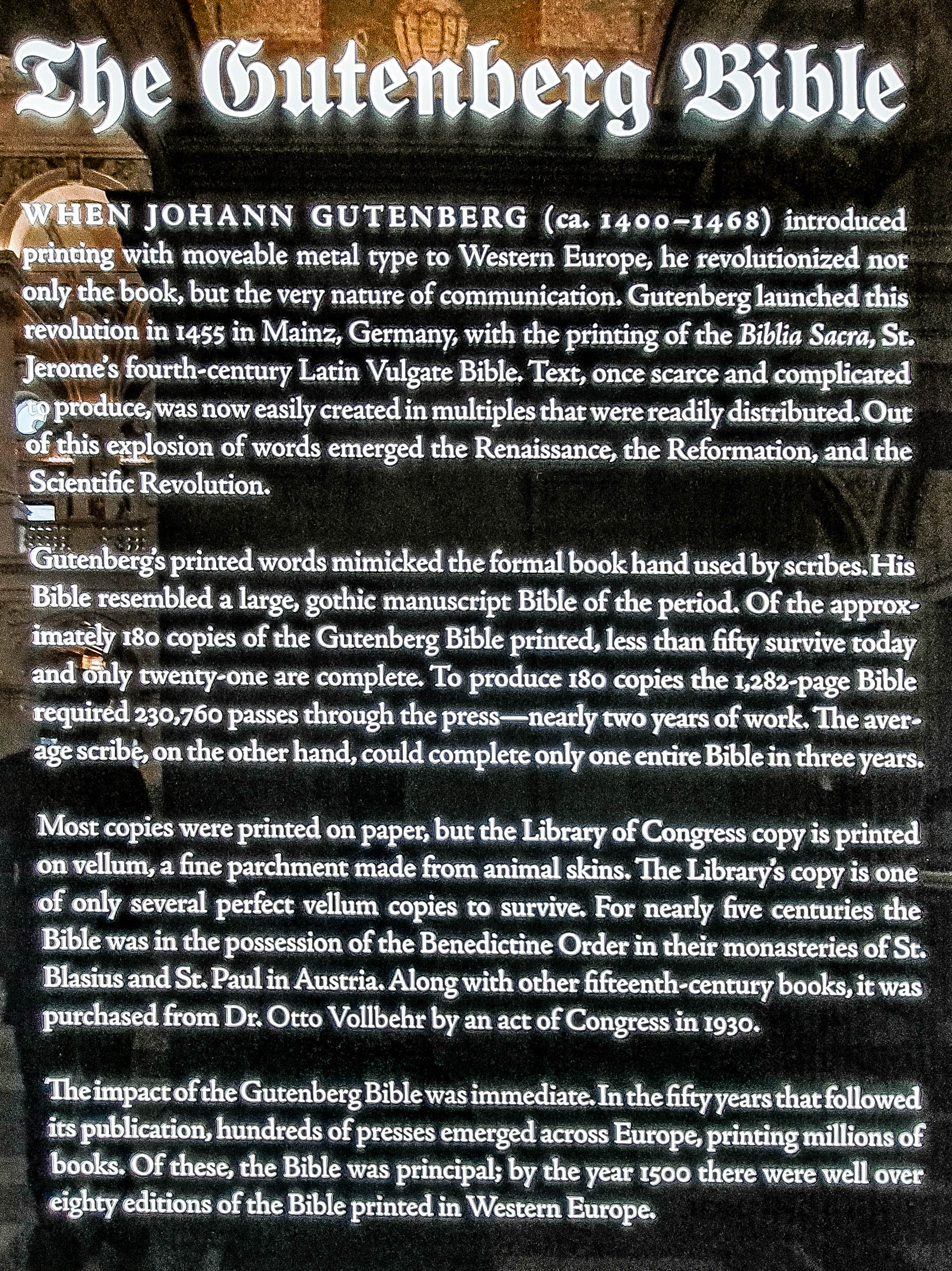
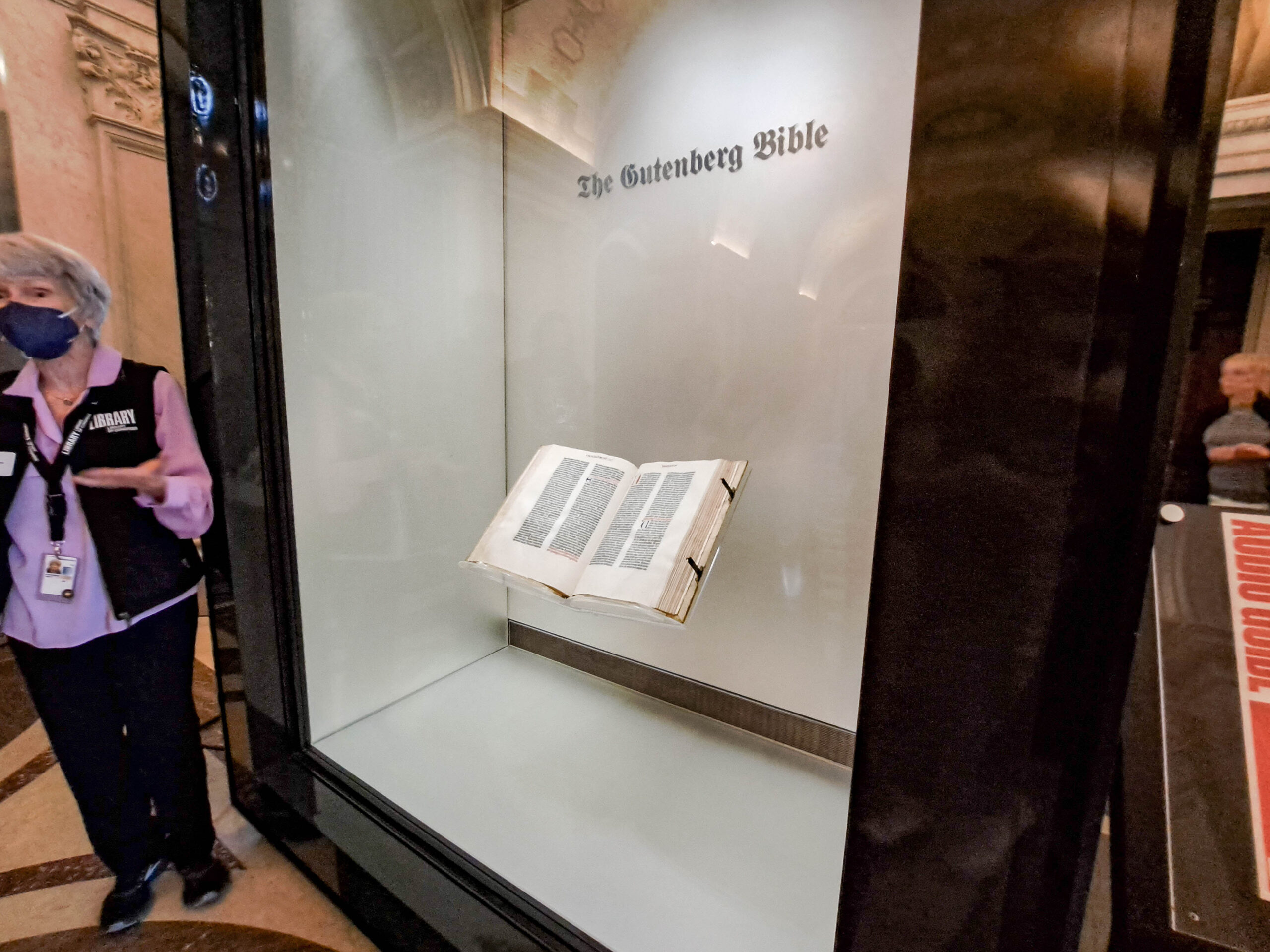
Thomas Jefferson’s Library: “By 1814, when the British burned the Capitol and with it the Congressional Library, Thomas Jefferson had acquired the largest personal collection of books in the United States. Short of funds and wanting to see the library re-established, Jefferson offered to sell his personal library to Congress as a replacement for the destroyed collection. After some controversy, Congress purchased his library for $23,950 in 1815. Although a second fire on Christmas Eve of 1851 destroyed nearly two thirds of the 6,487 volumes Congress had purhased from Jefferson, the Jefferson books remain the core from which the present collections of the Library of Congress–the world’s largest library–developed.” The reconstruction of the Jefferson library (pictured below) includes 2000 of the original books and many replacements (there’s a chart and ribbons to identify which are which).
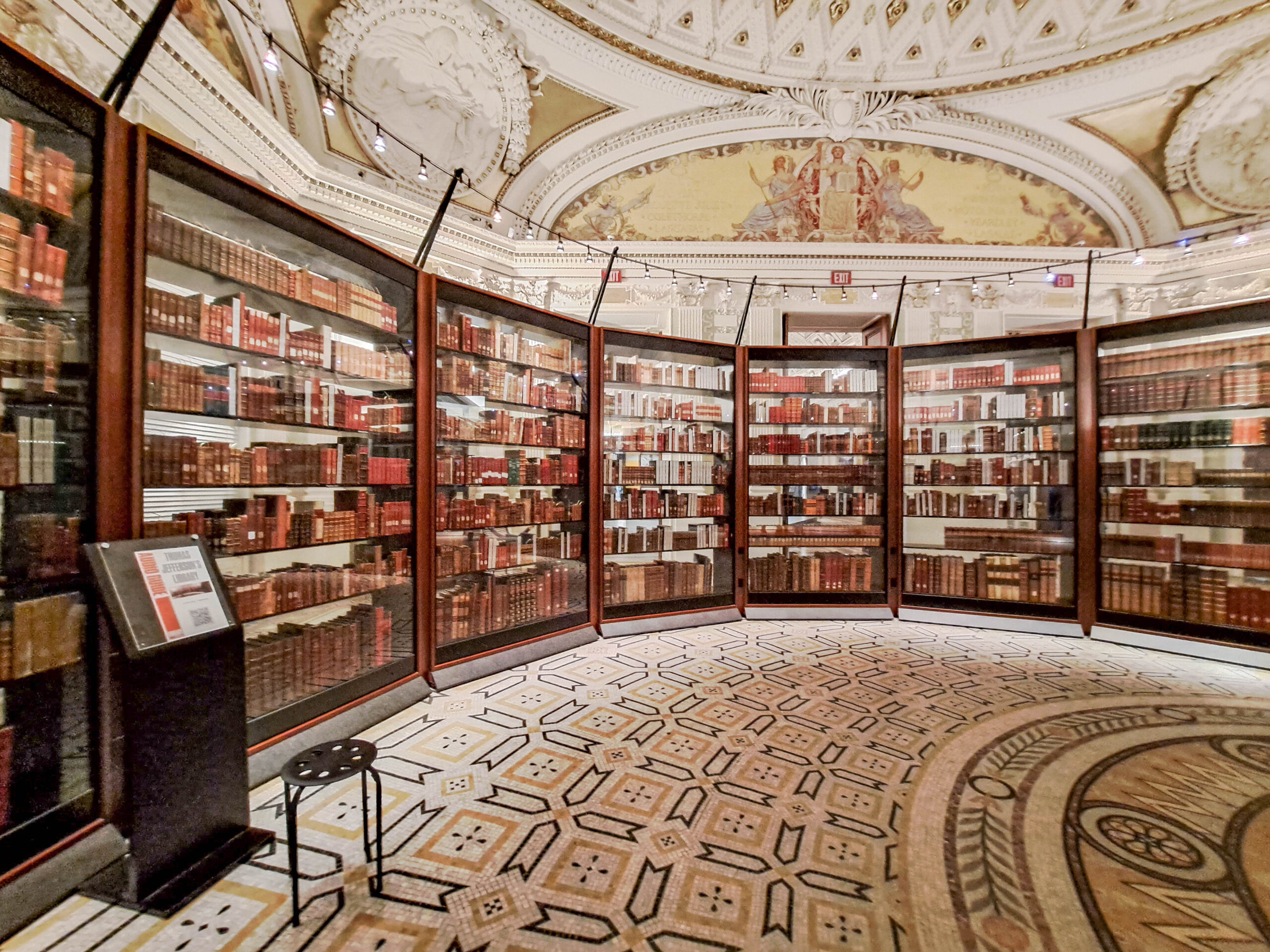
Reading Room
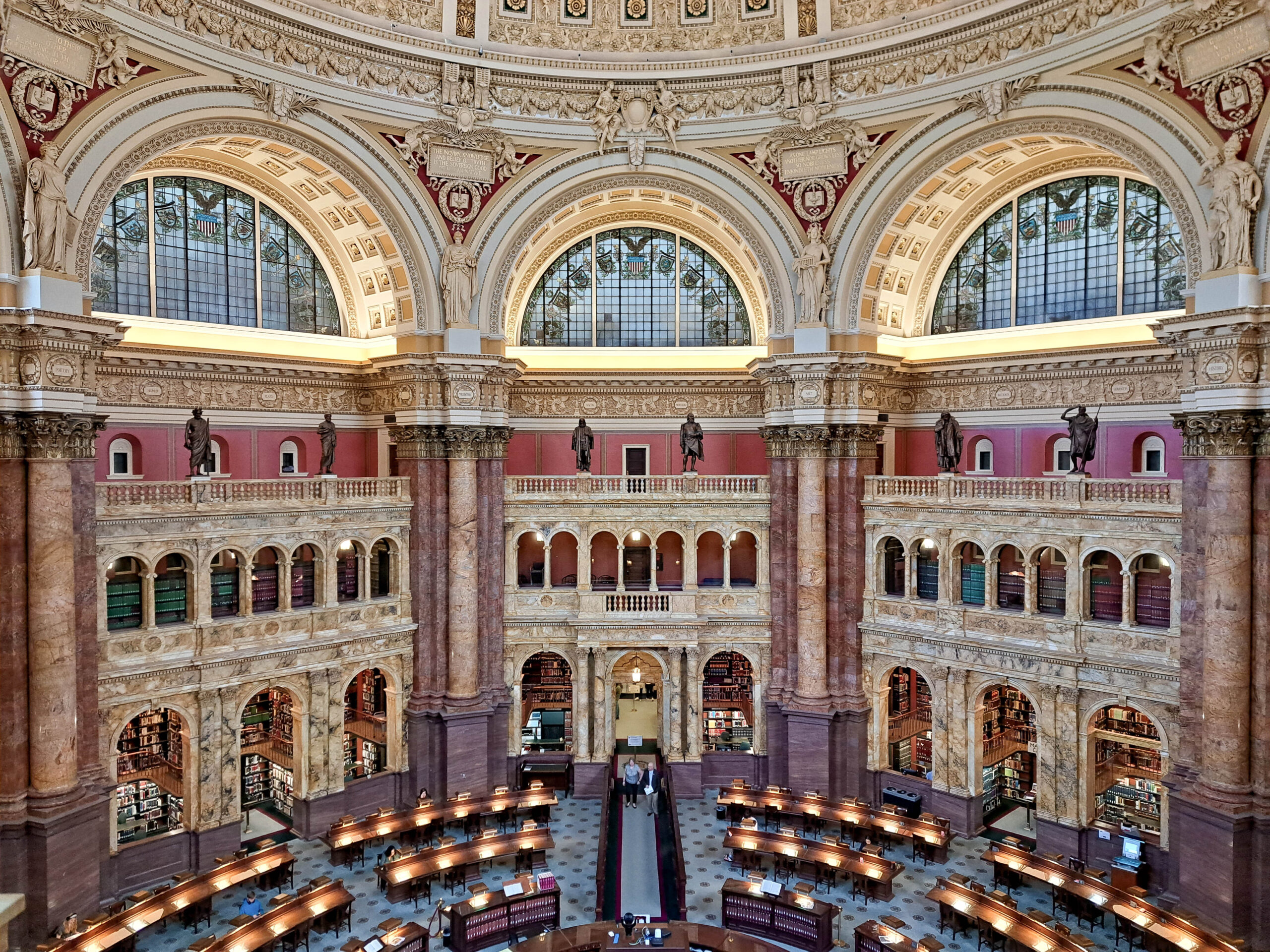
We split up this day. Alex and I went to the Smithsonian National Zoo and Marc went to the Smithsonian’s National Air & Space Museum’s Steven F. Udvar-Hazy Center located an hour and a half (plus) away by train in Virginia.
Union Station
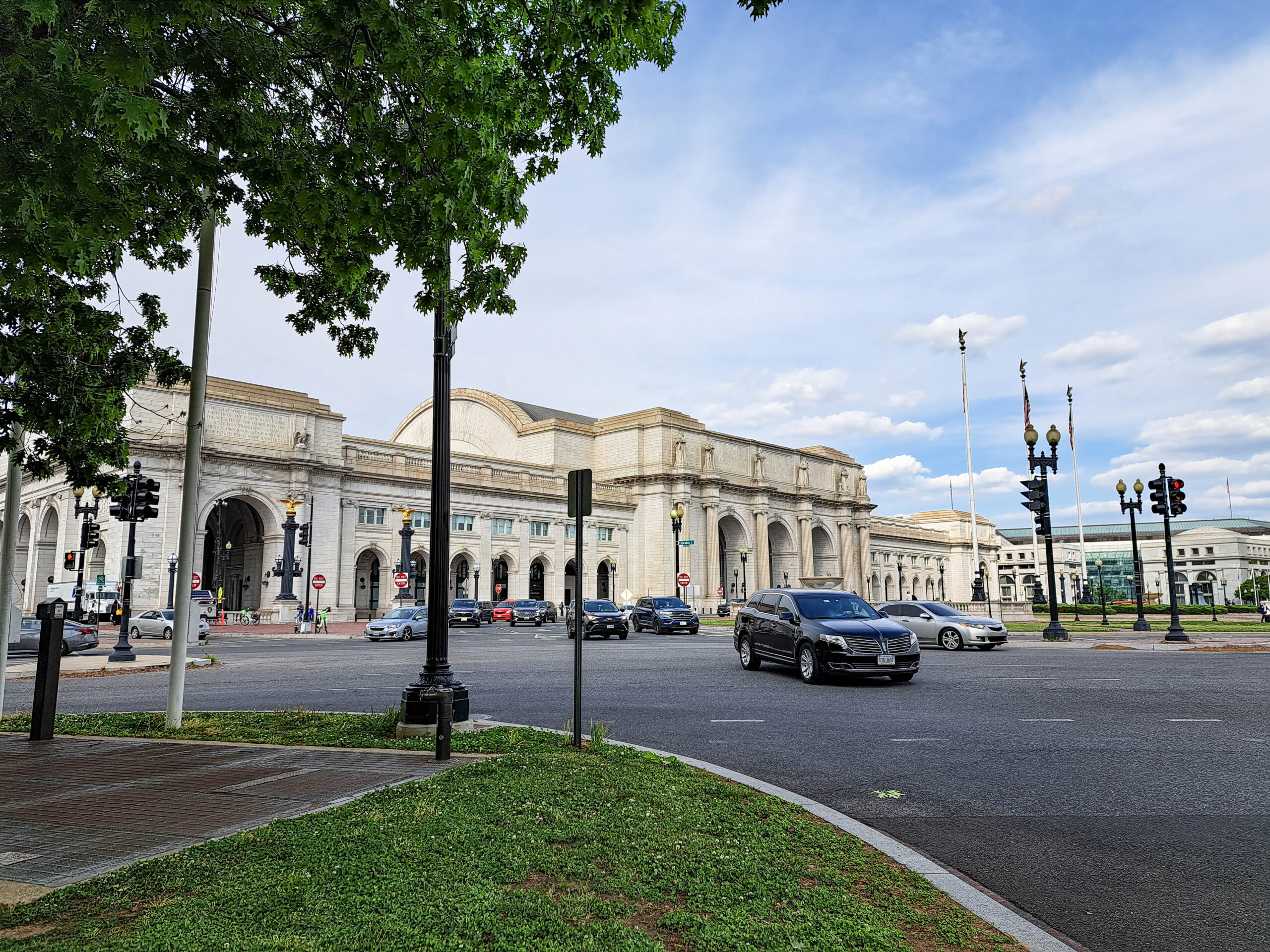
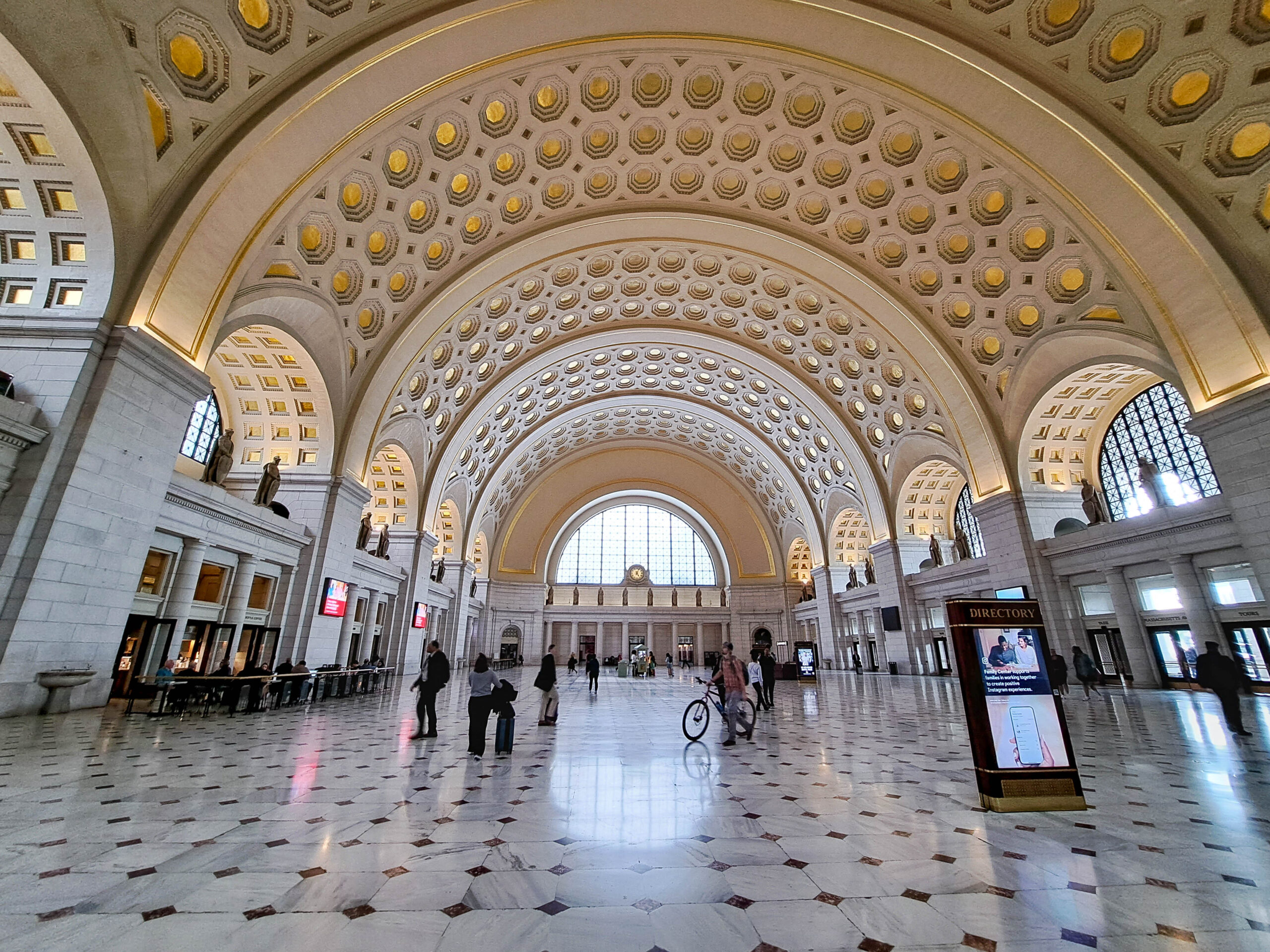
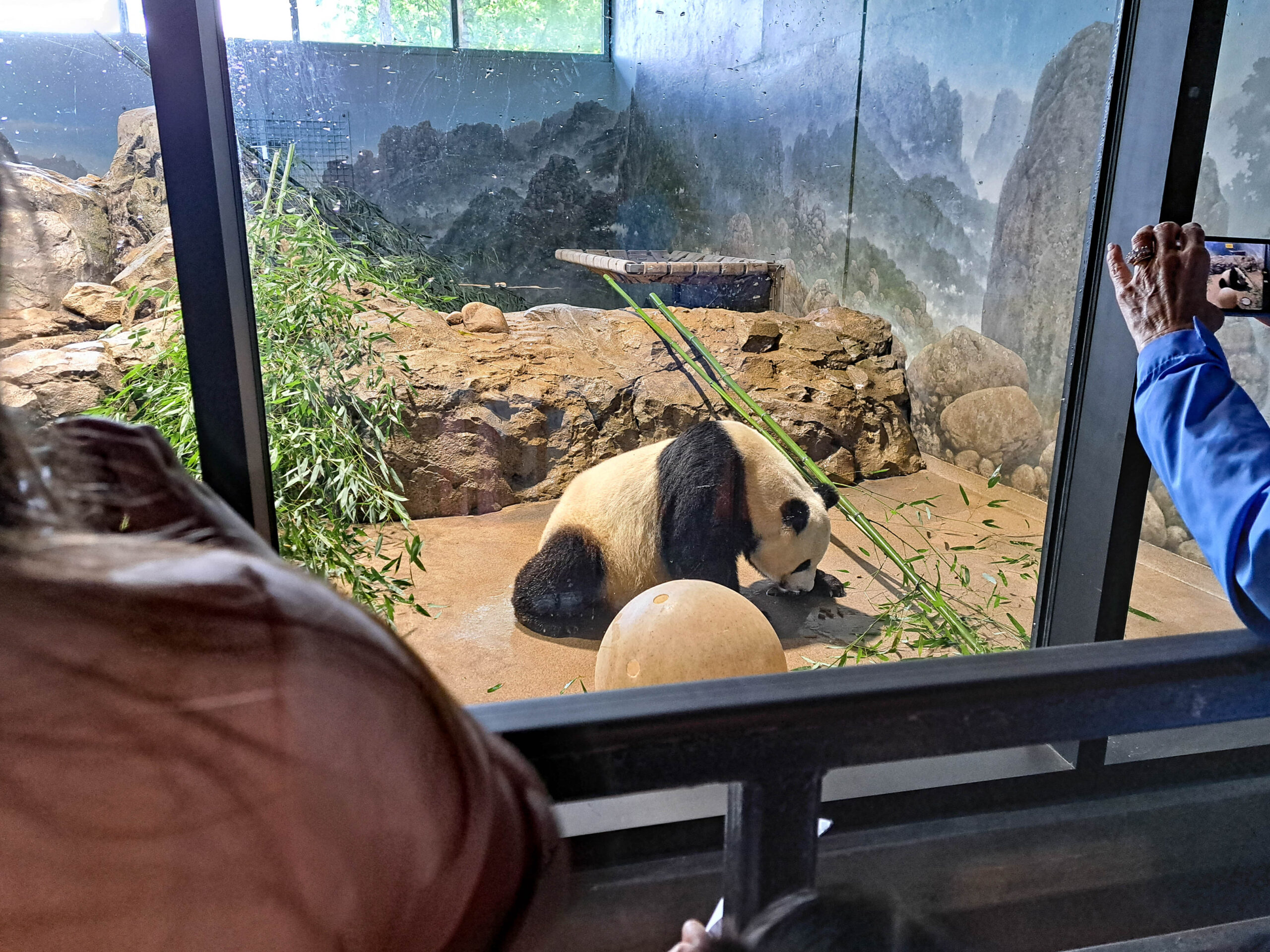
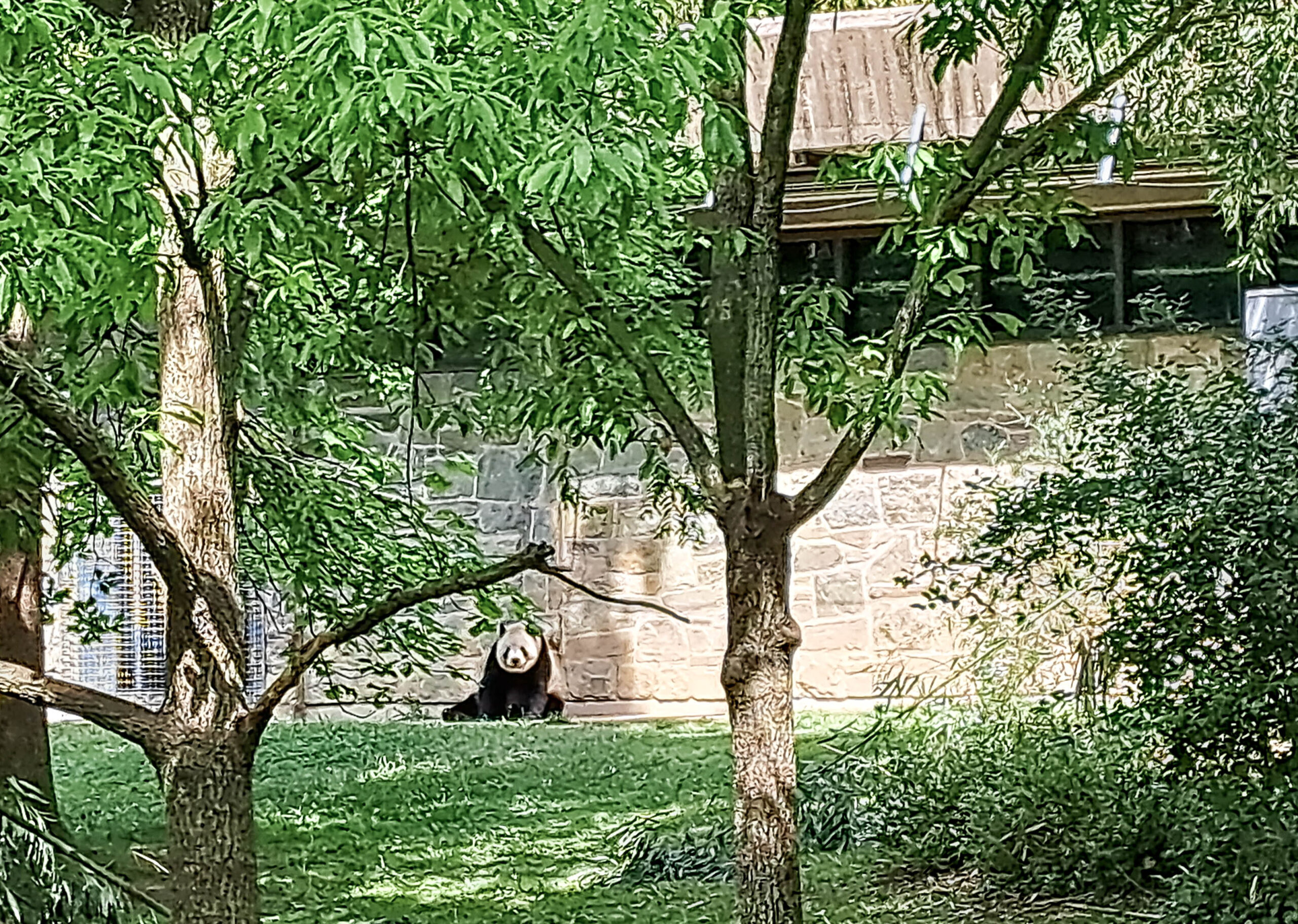
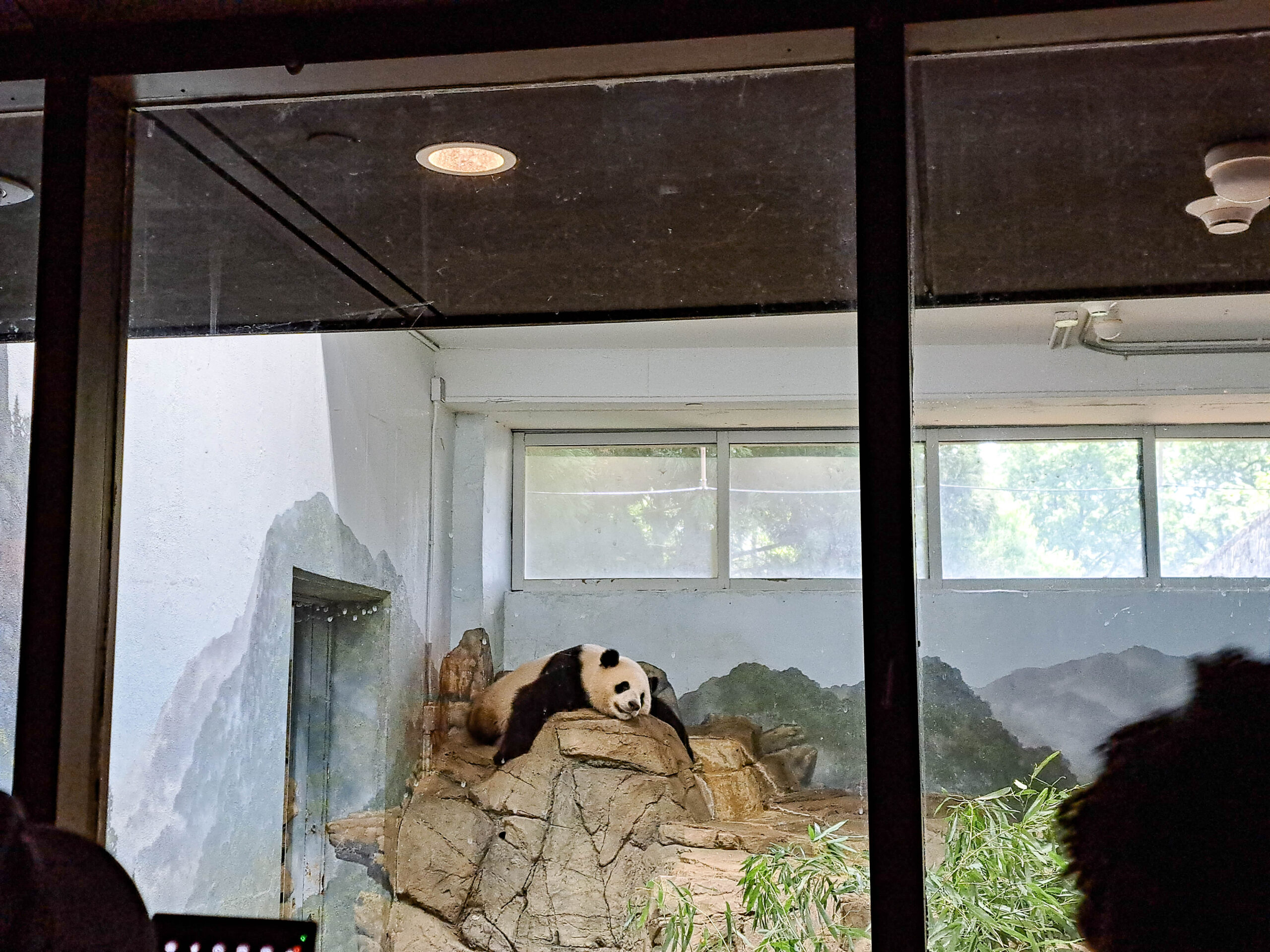
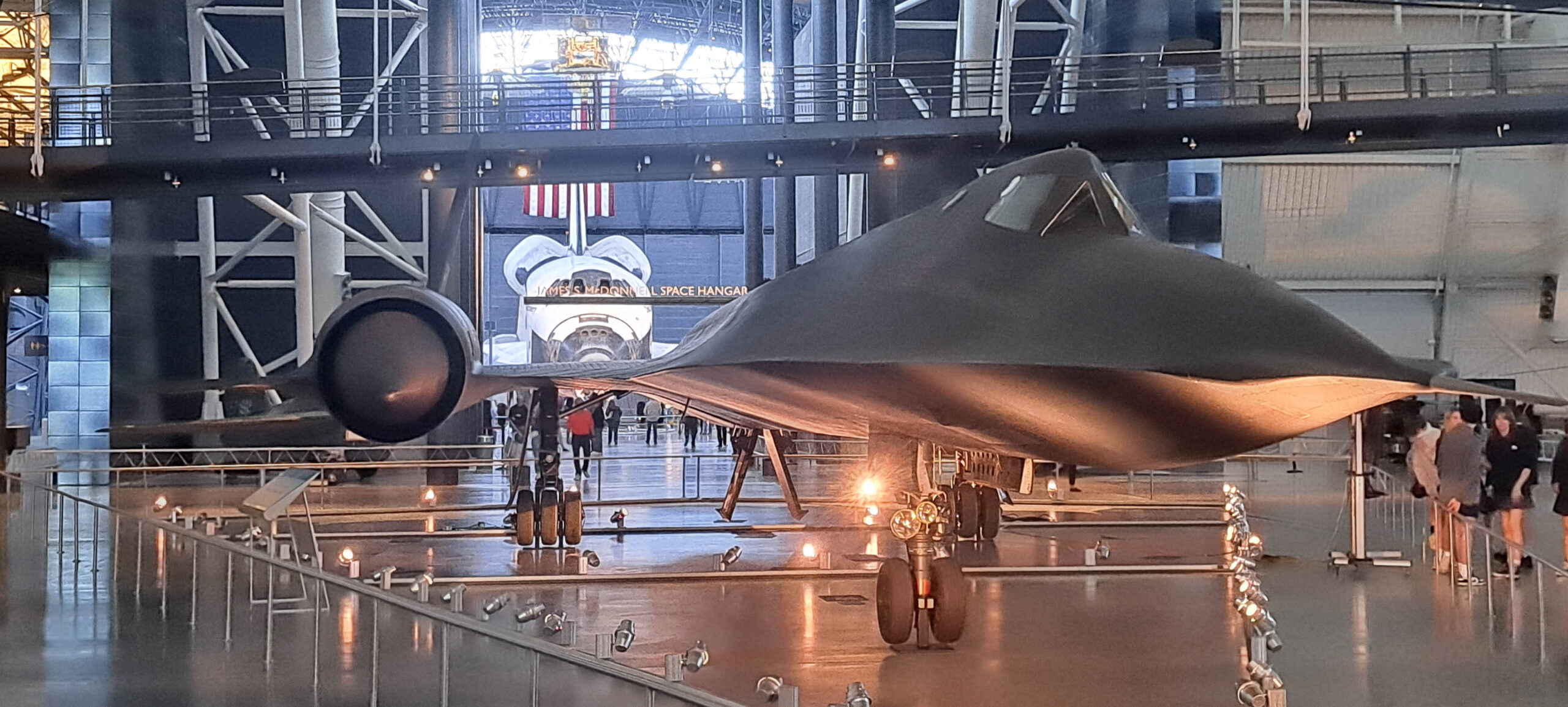
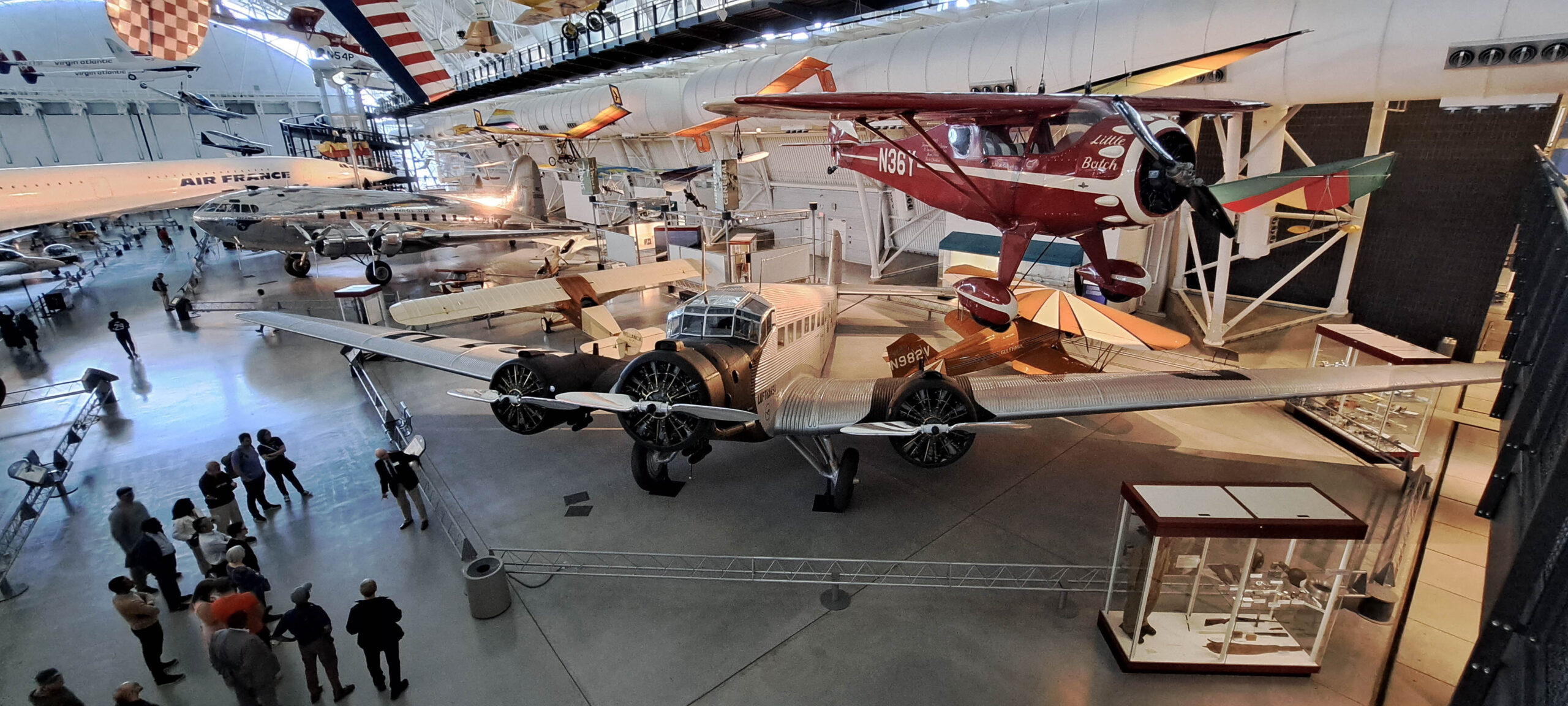
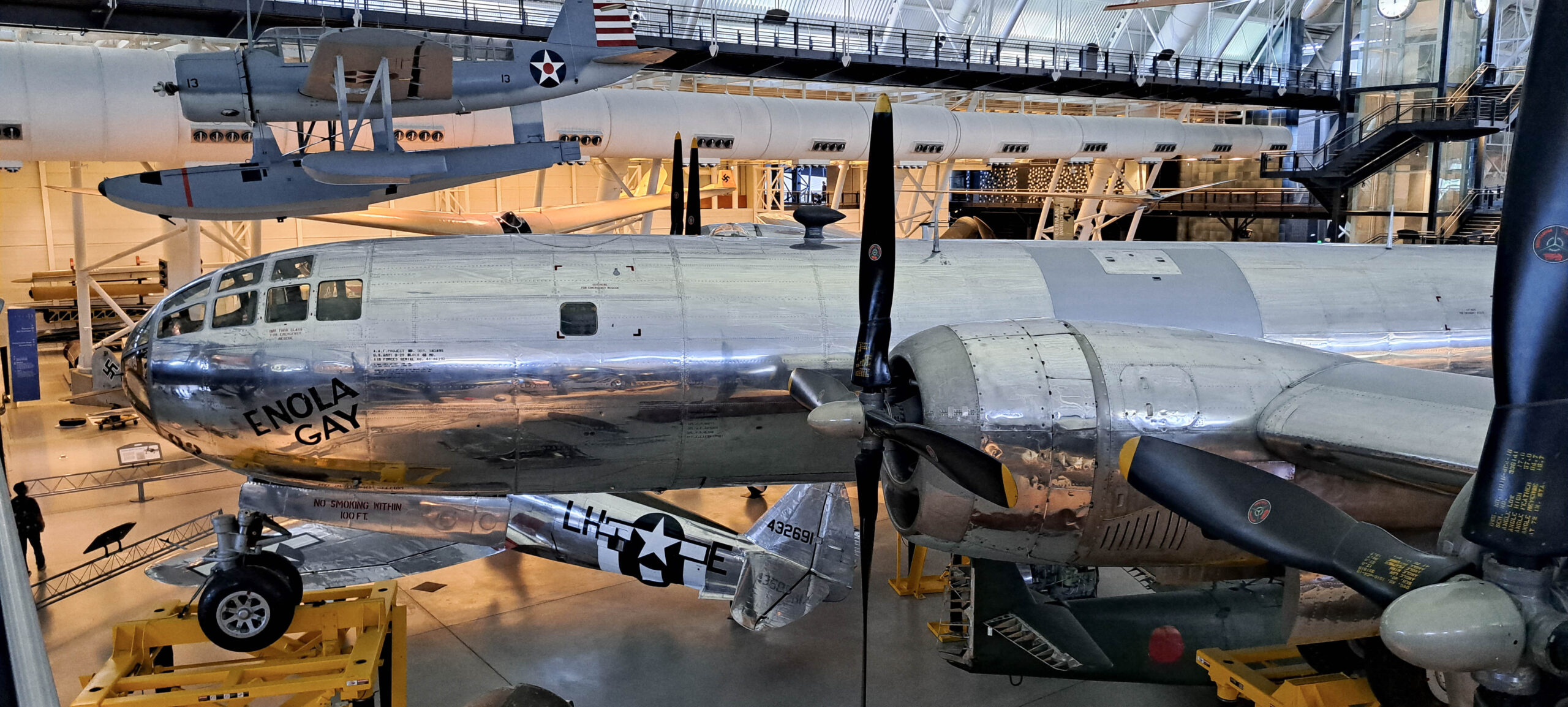
Smithsonian National Museum of Natural History
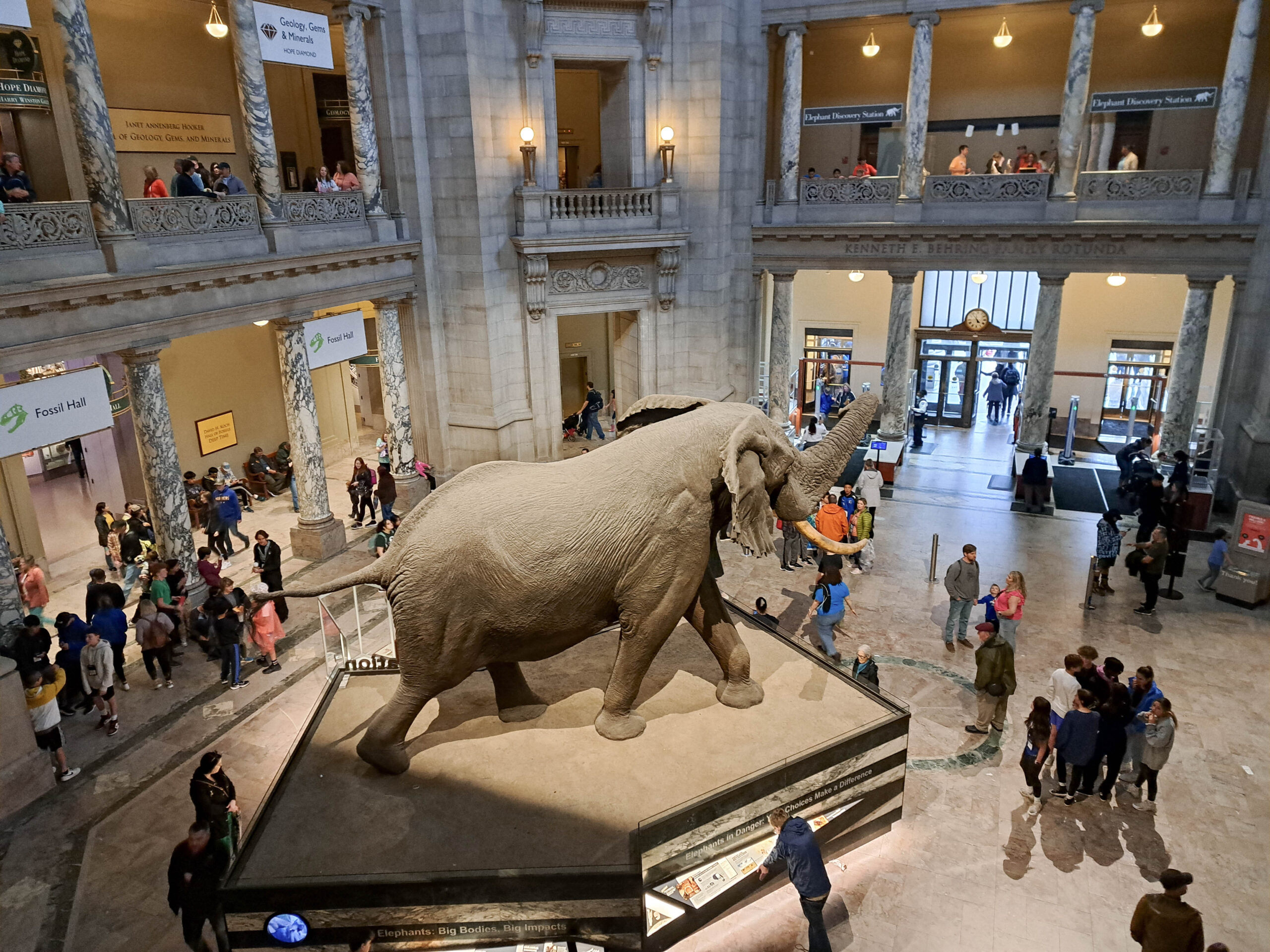
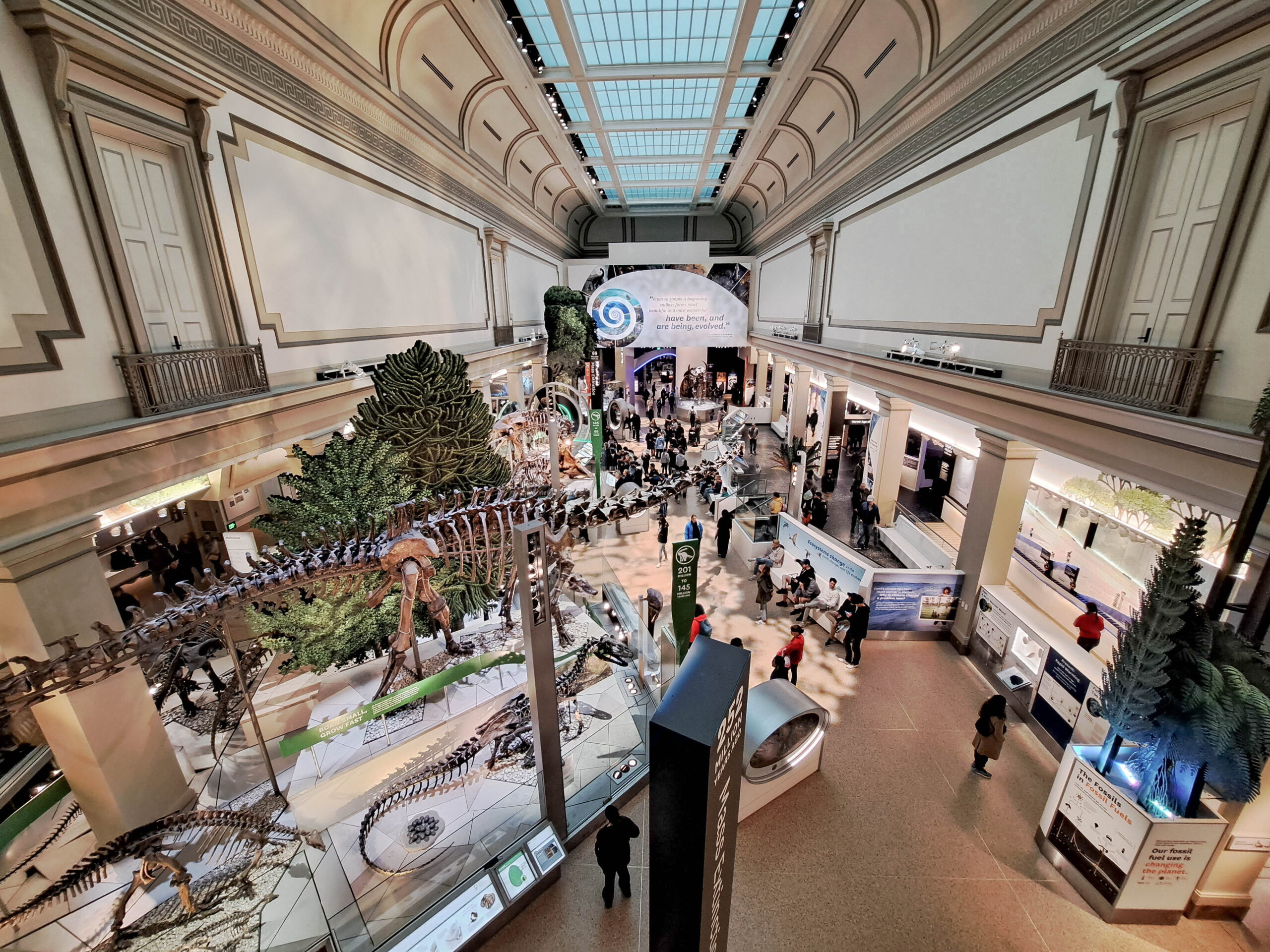
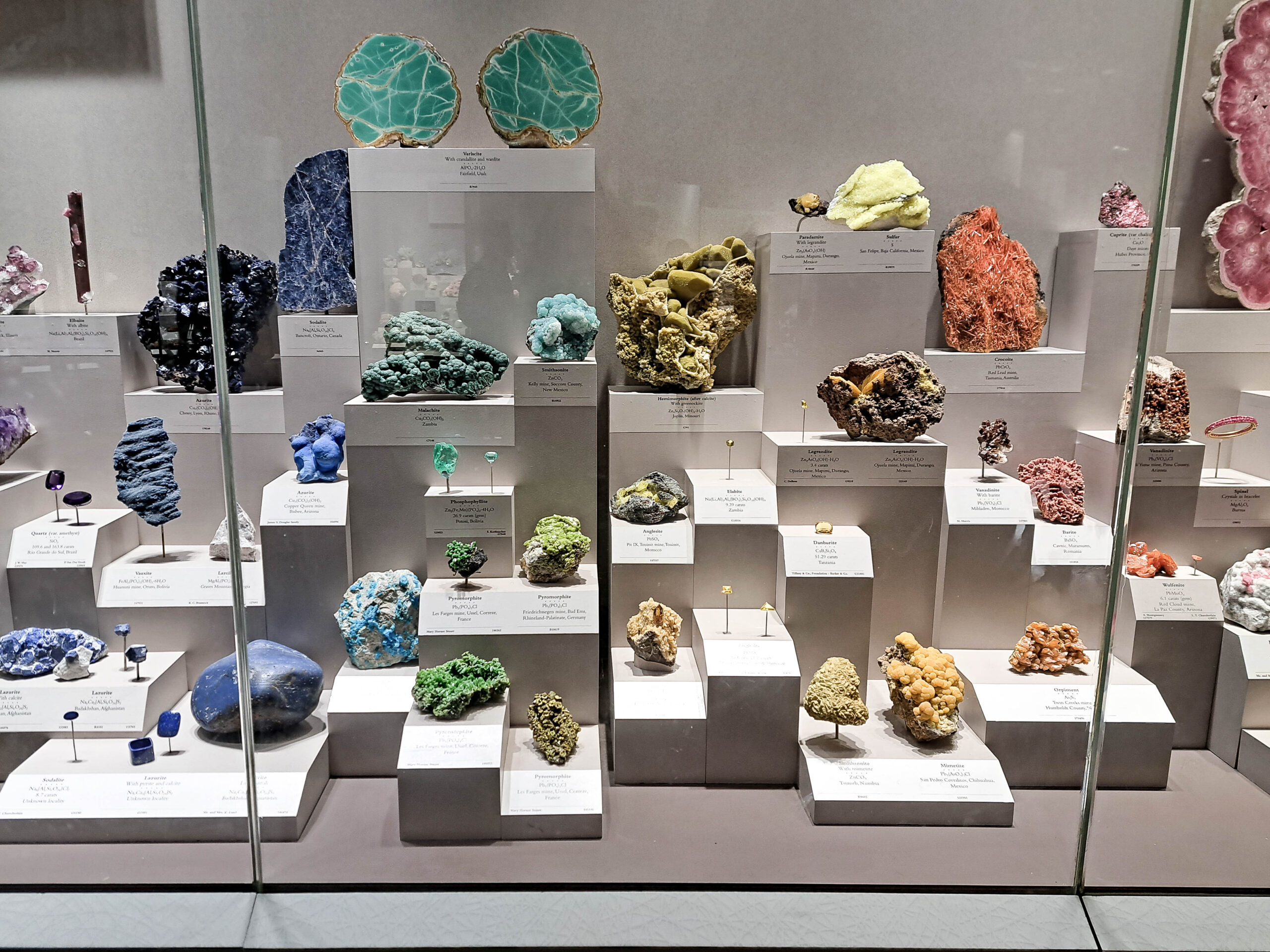
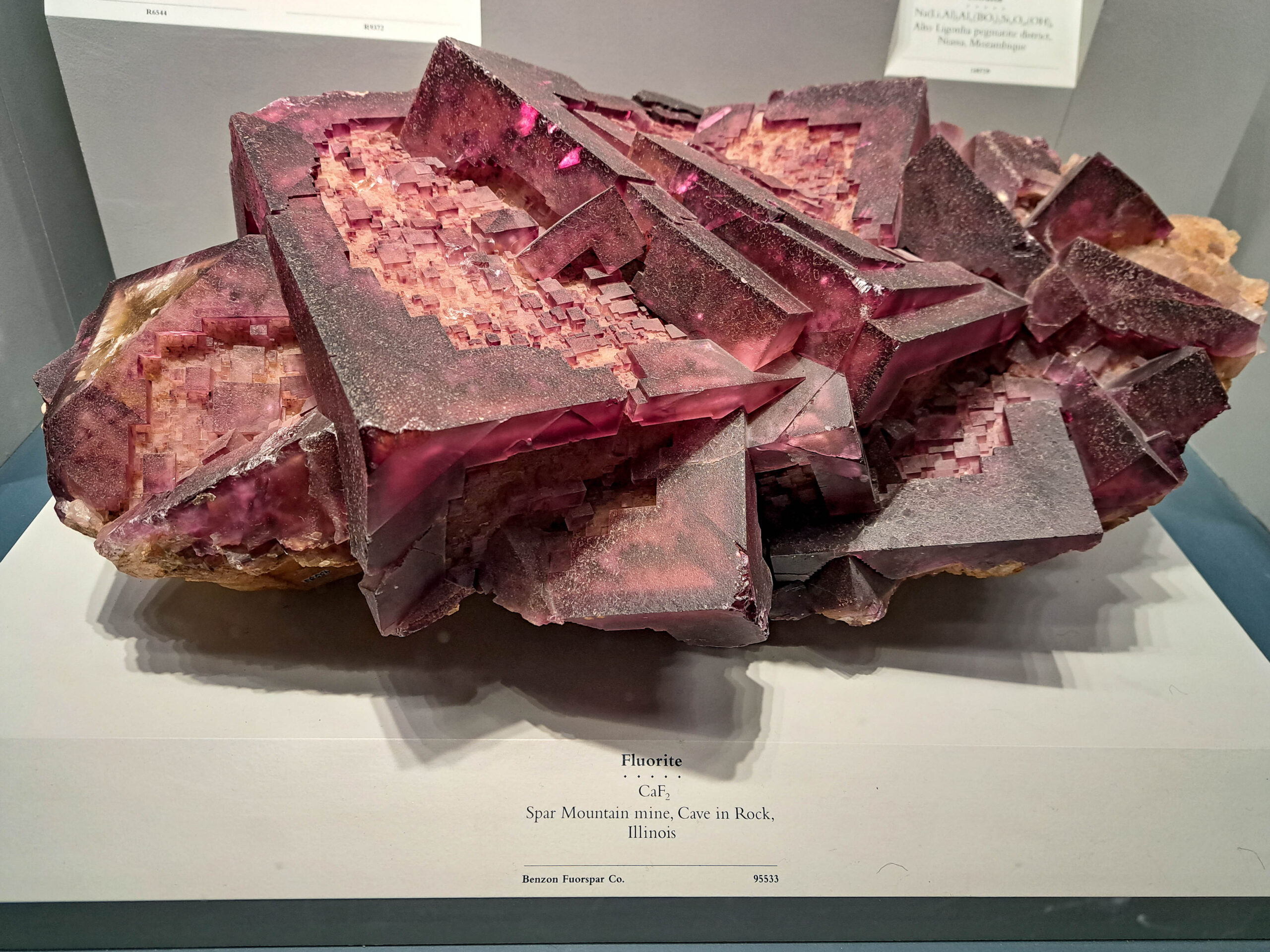
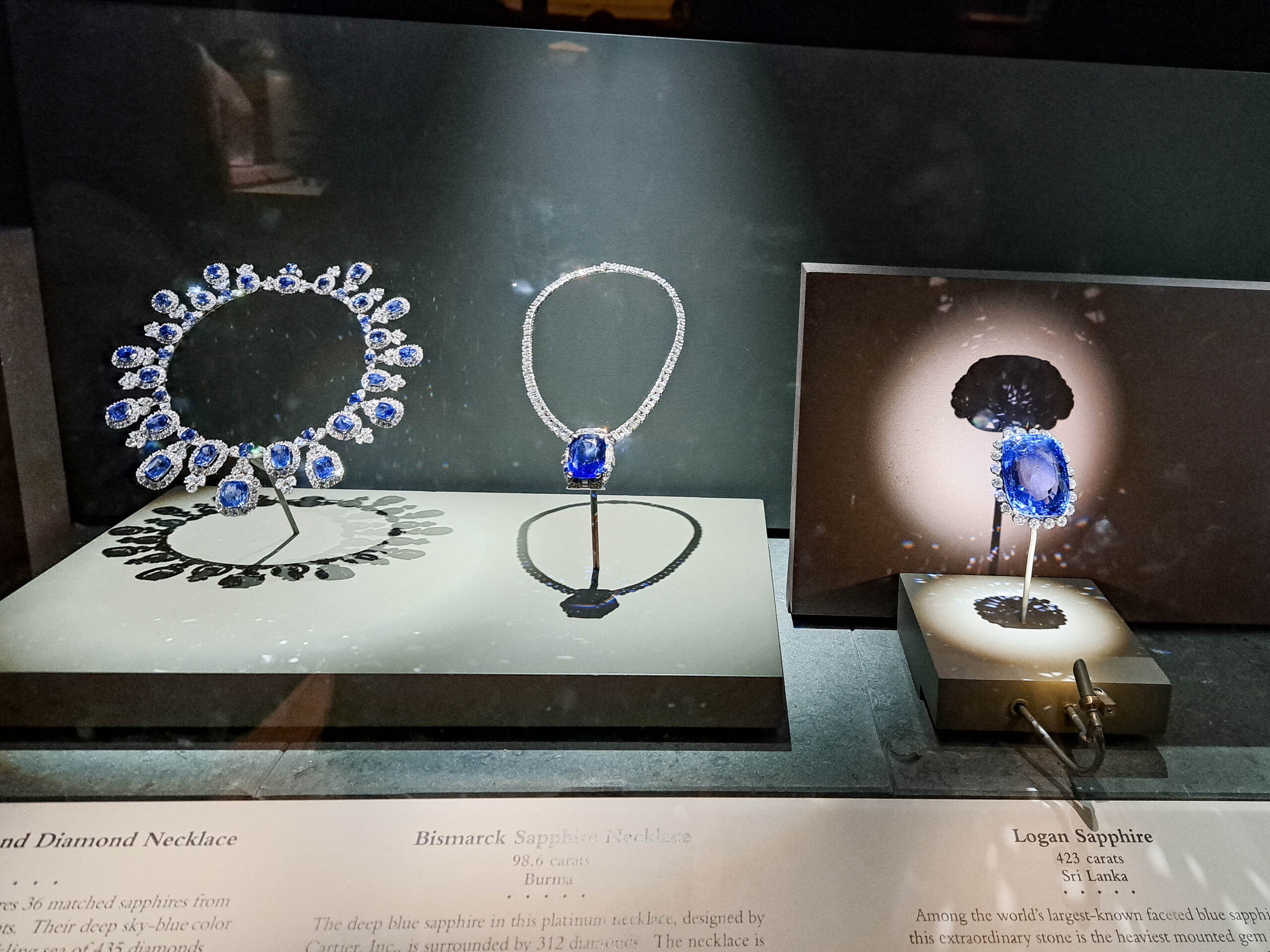
Smithsonian National Museum of American History
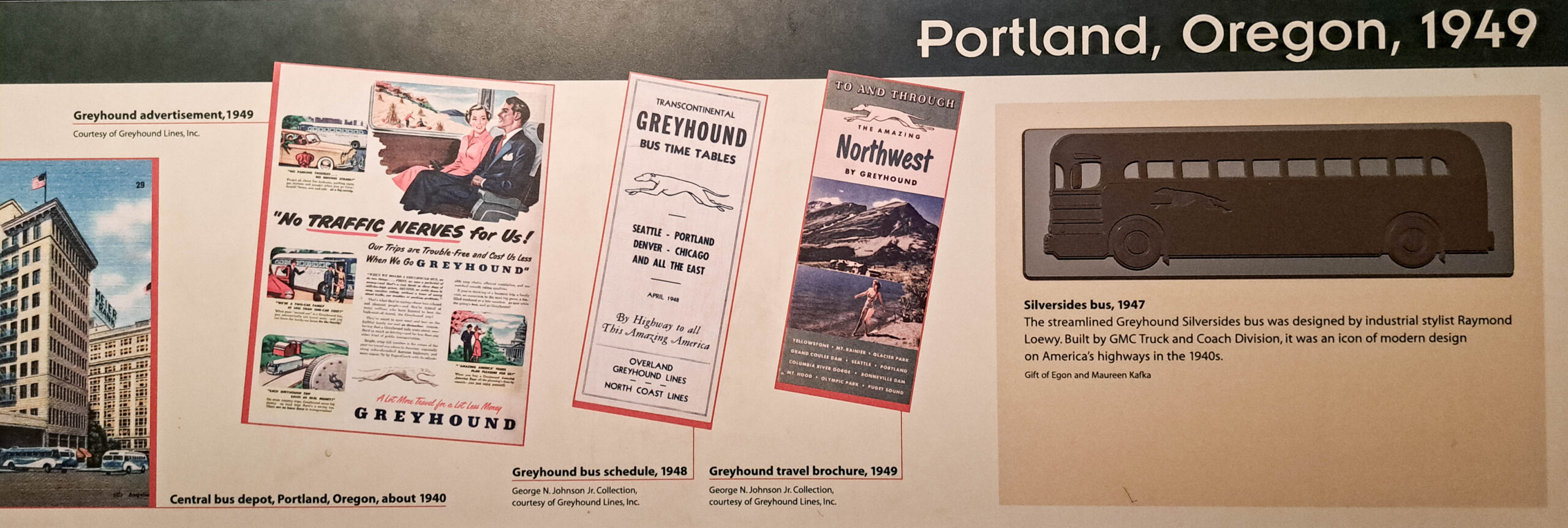
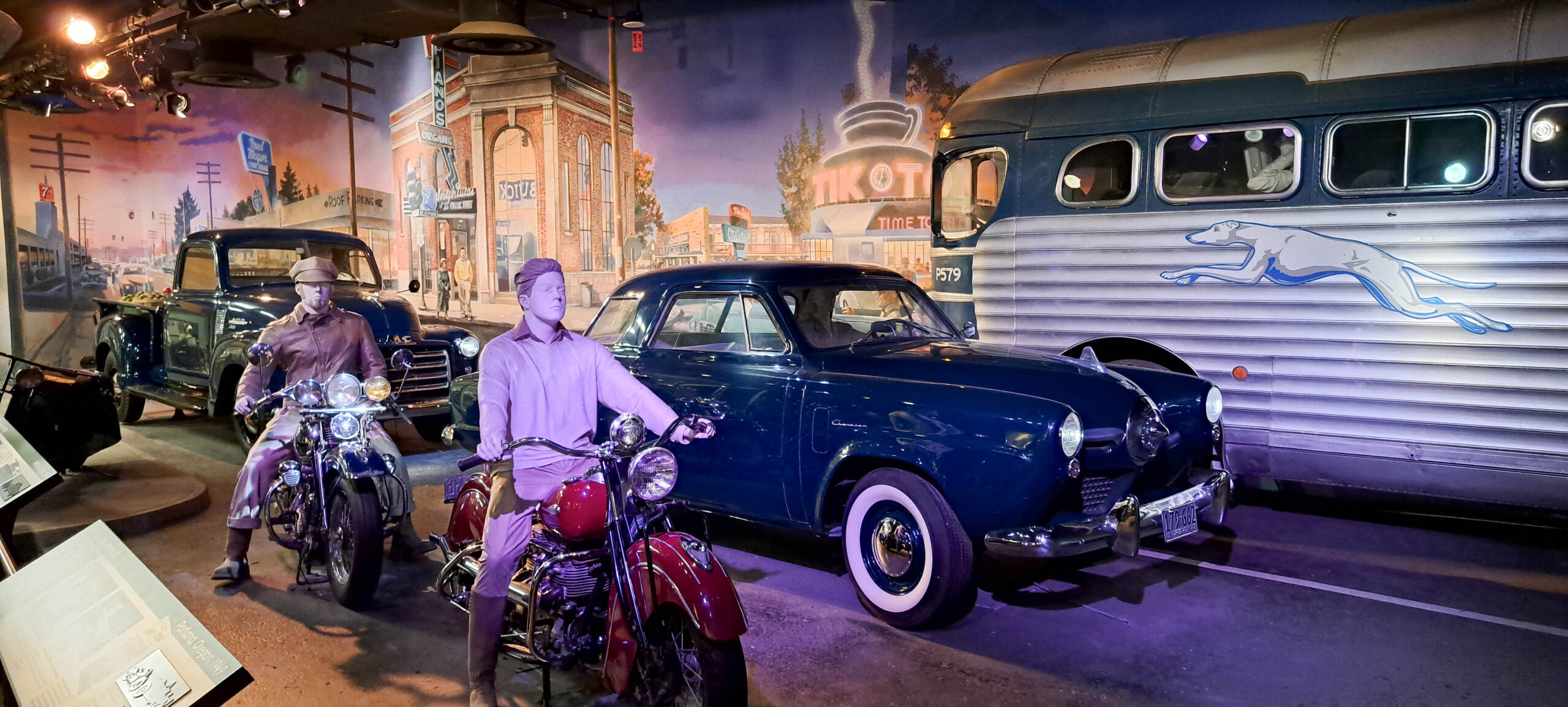
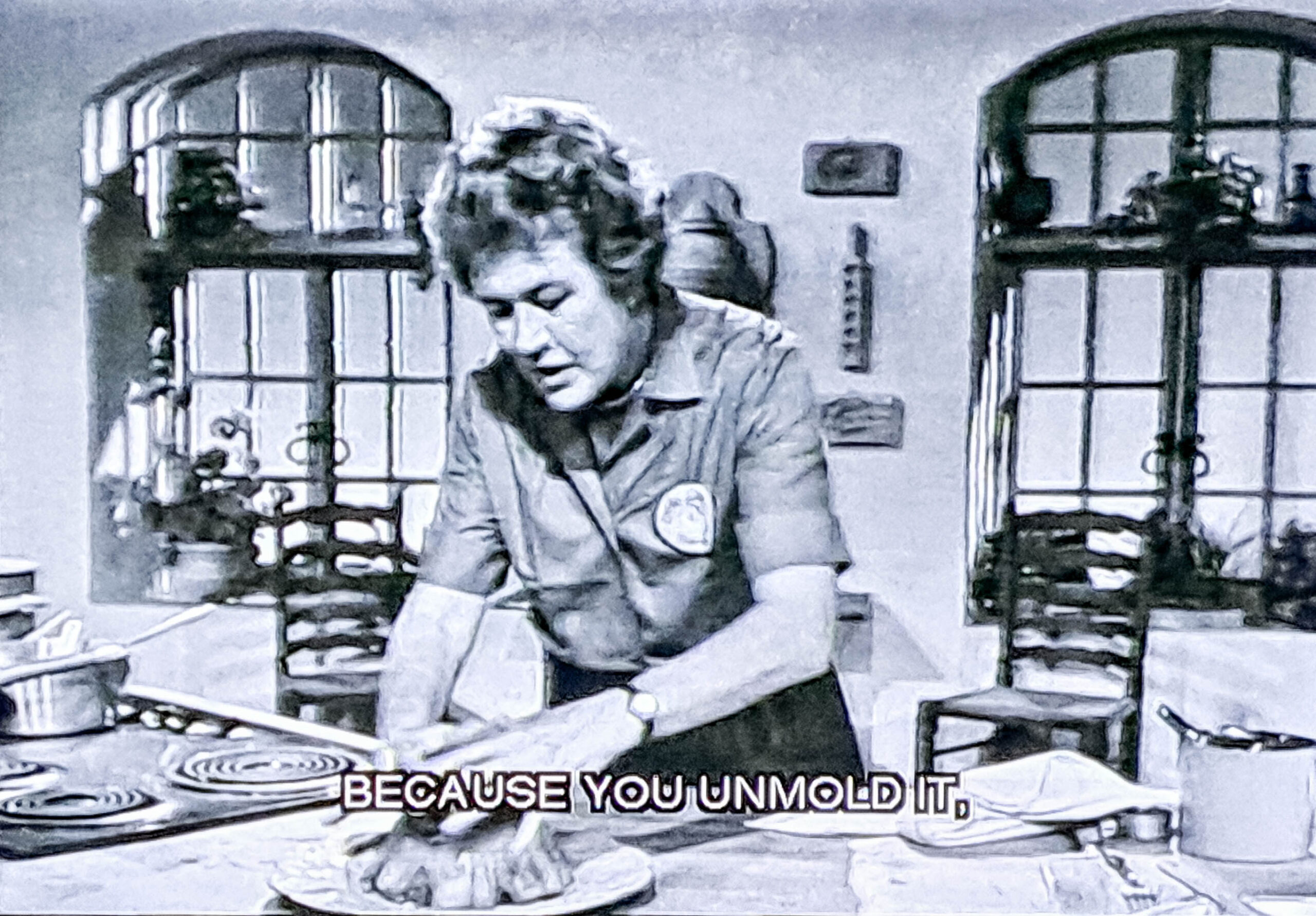
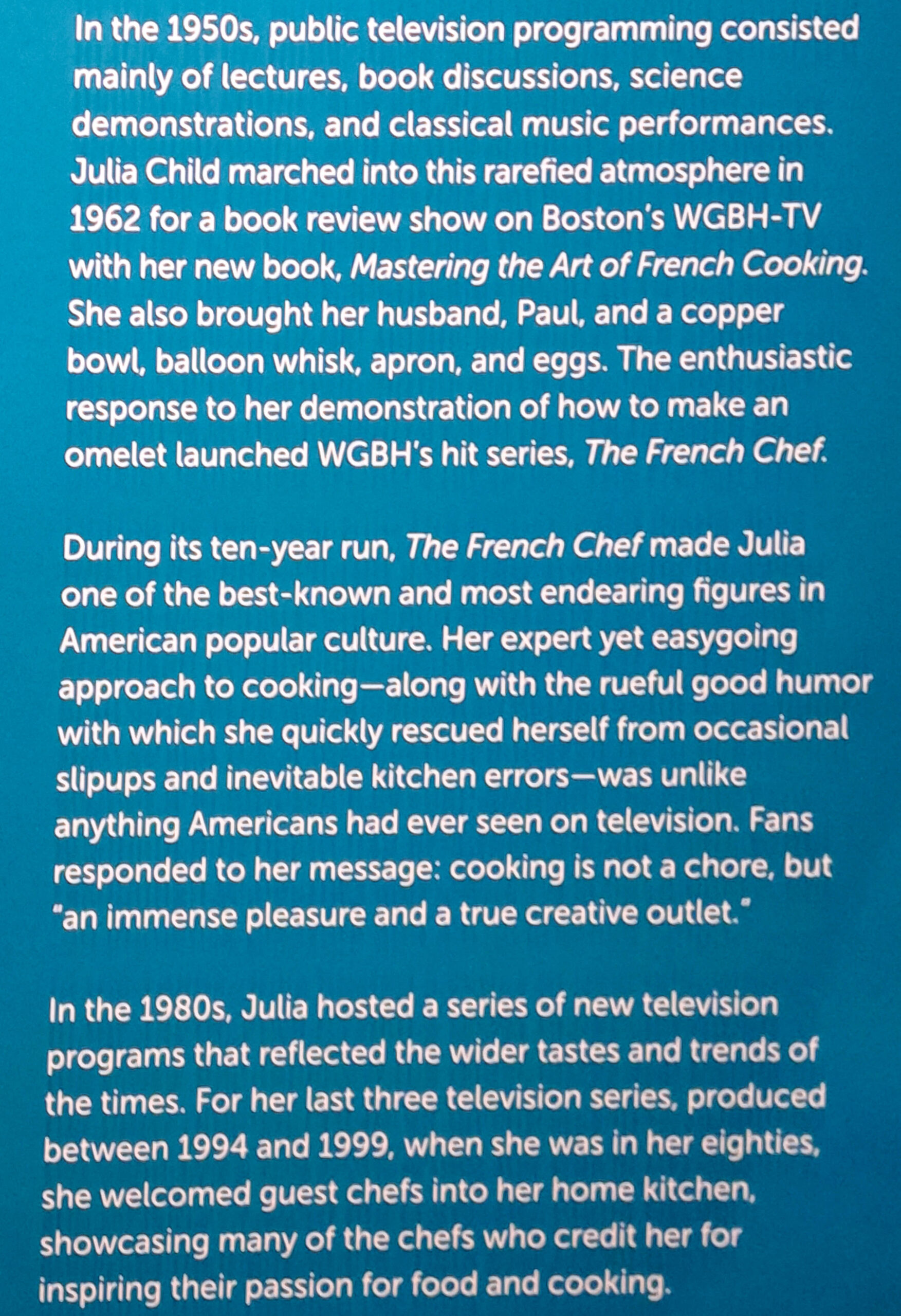
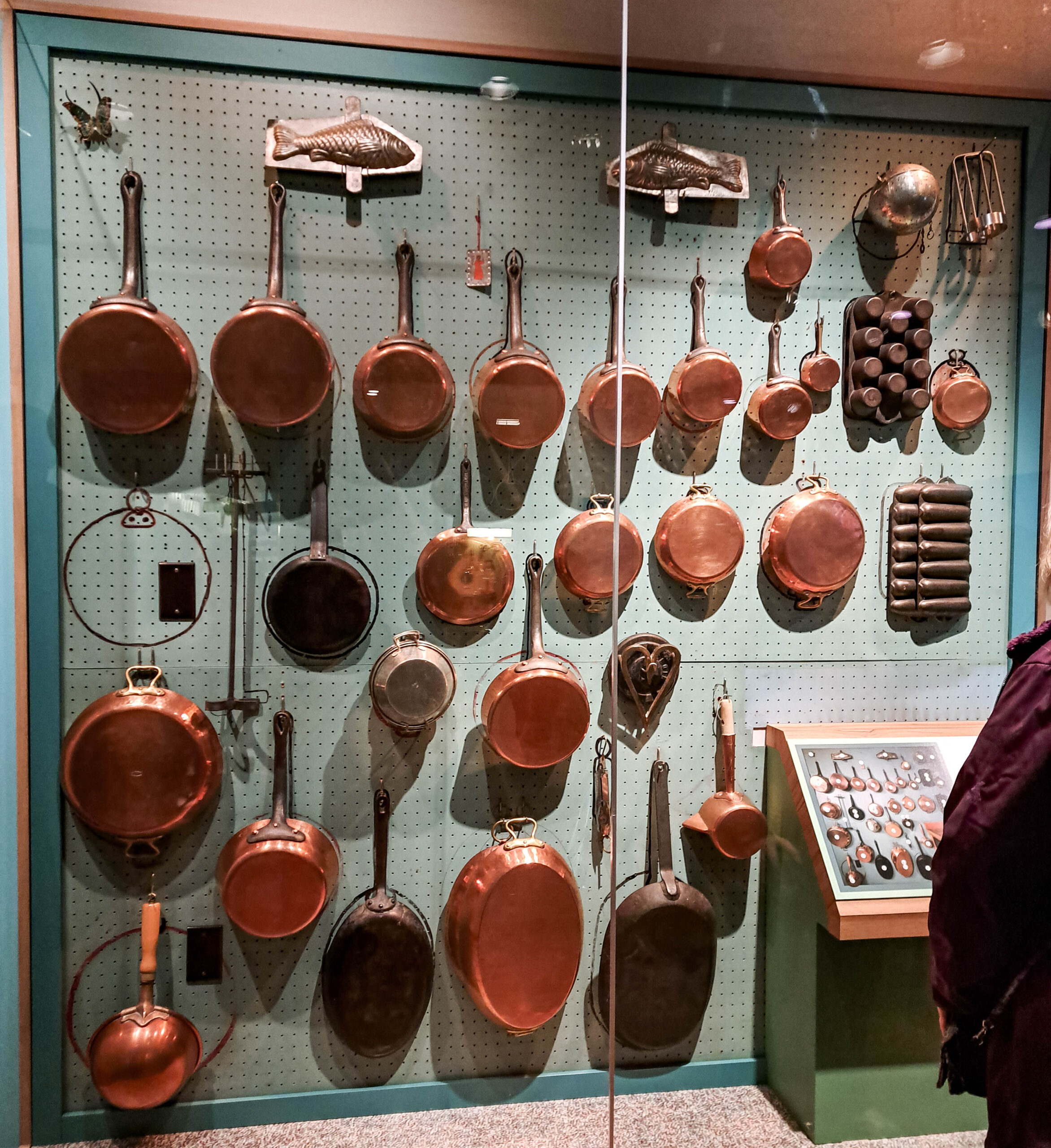
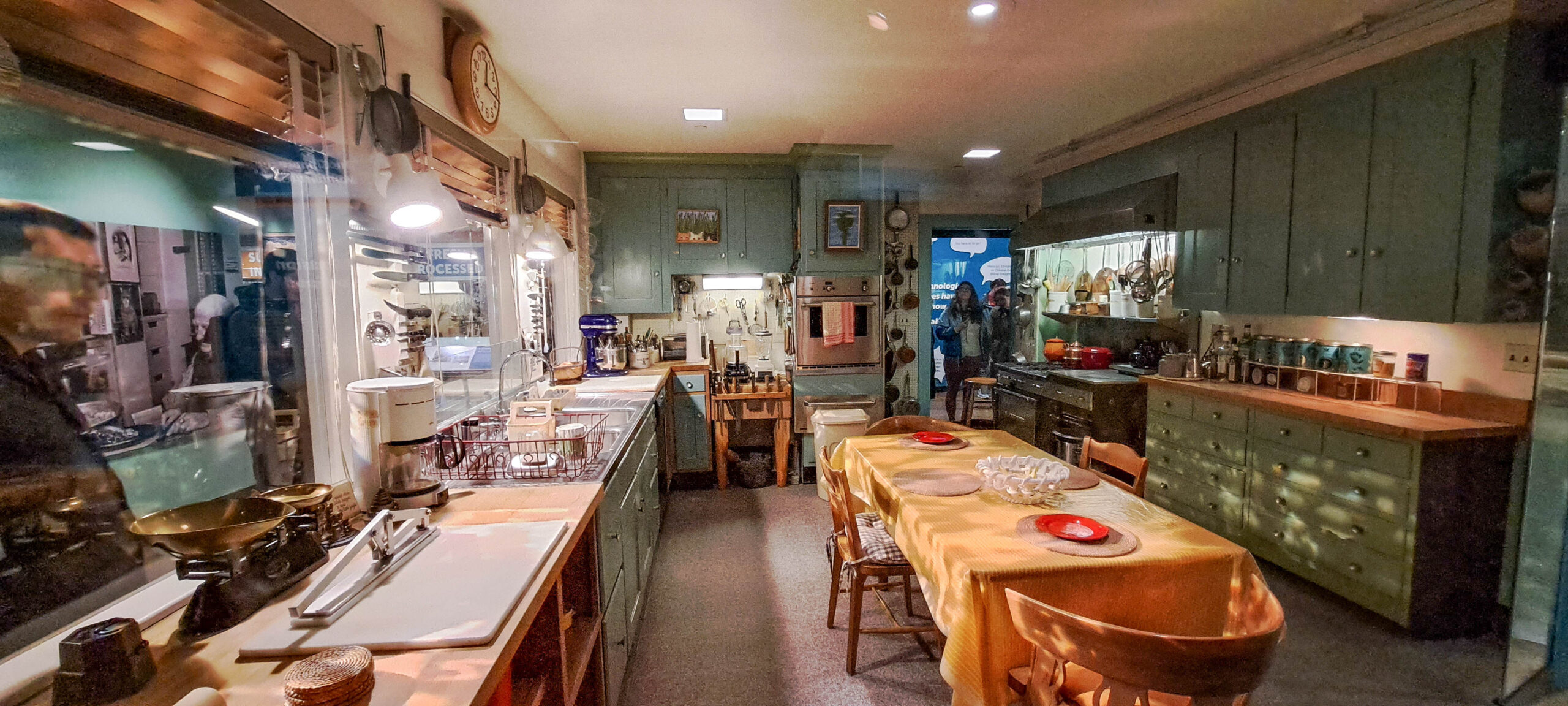
Lucy Haye’s reception gown 1880 Jacqueline Kennedy’s state dinner gown 1961
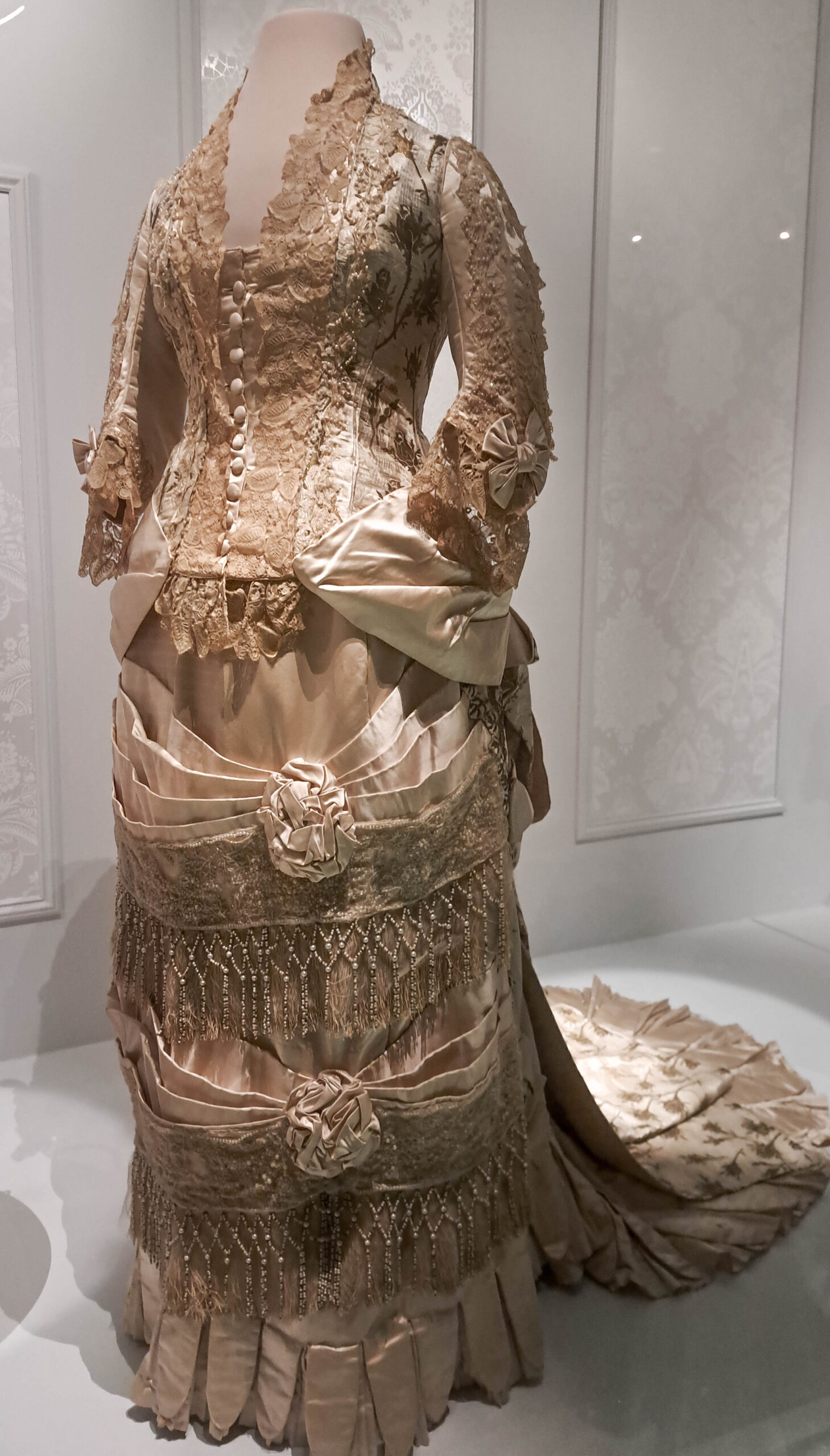
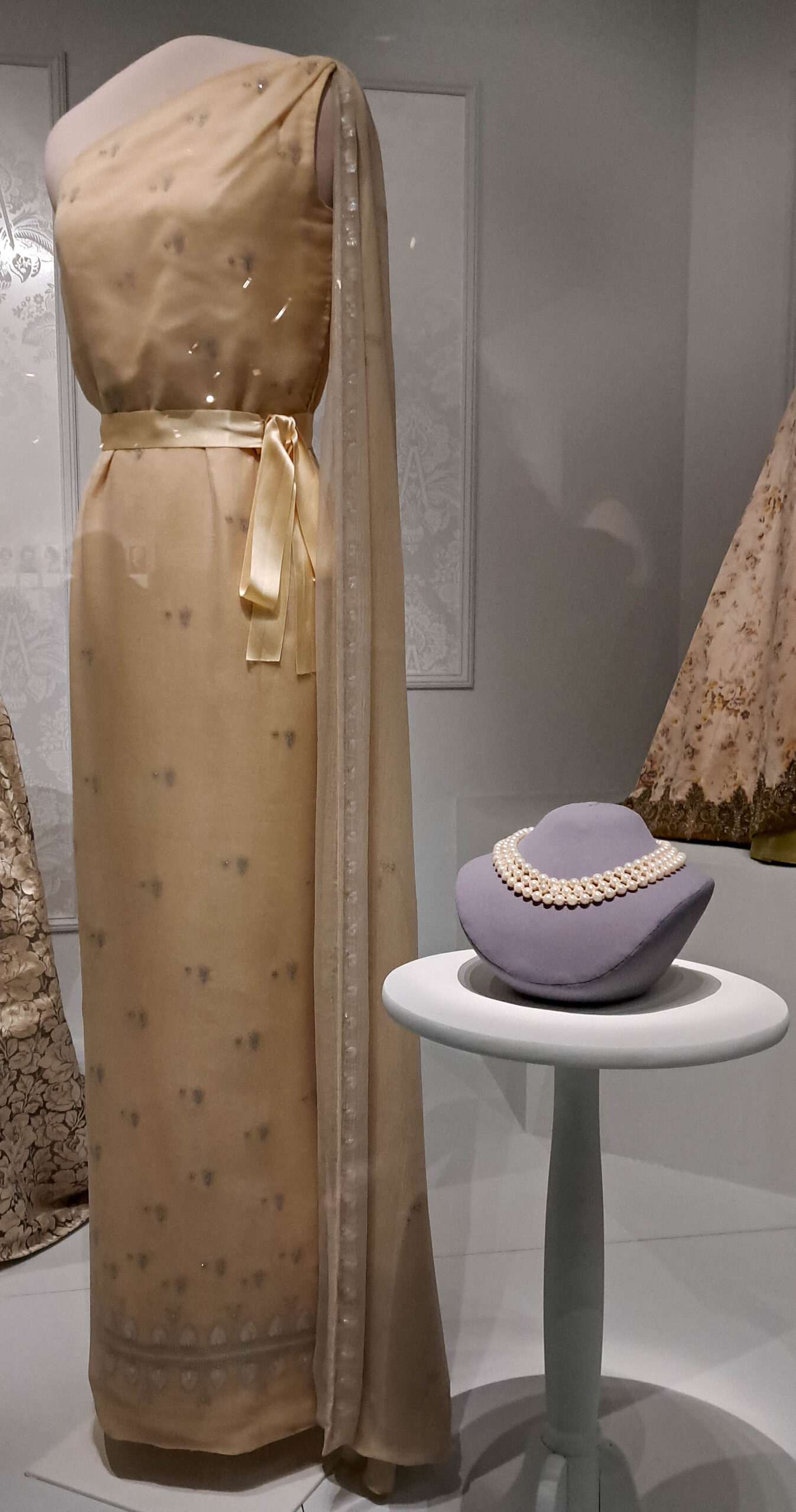
Maimie Eisenhower’s state dinner gown 1957 Michelle Obama’s inaugural gown 2009
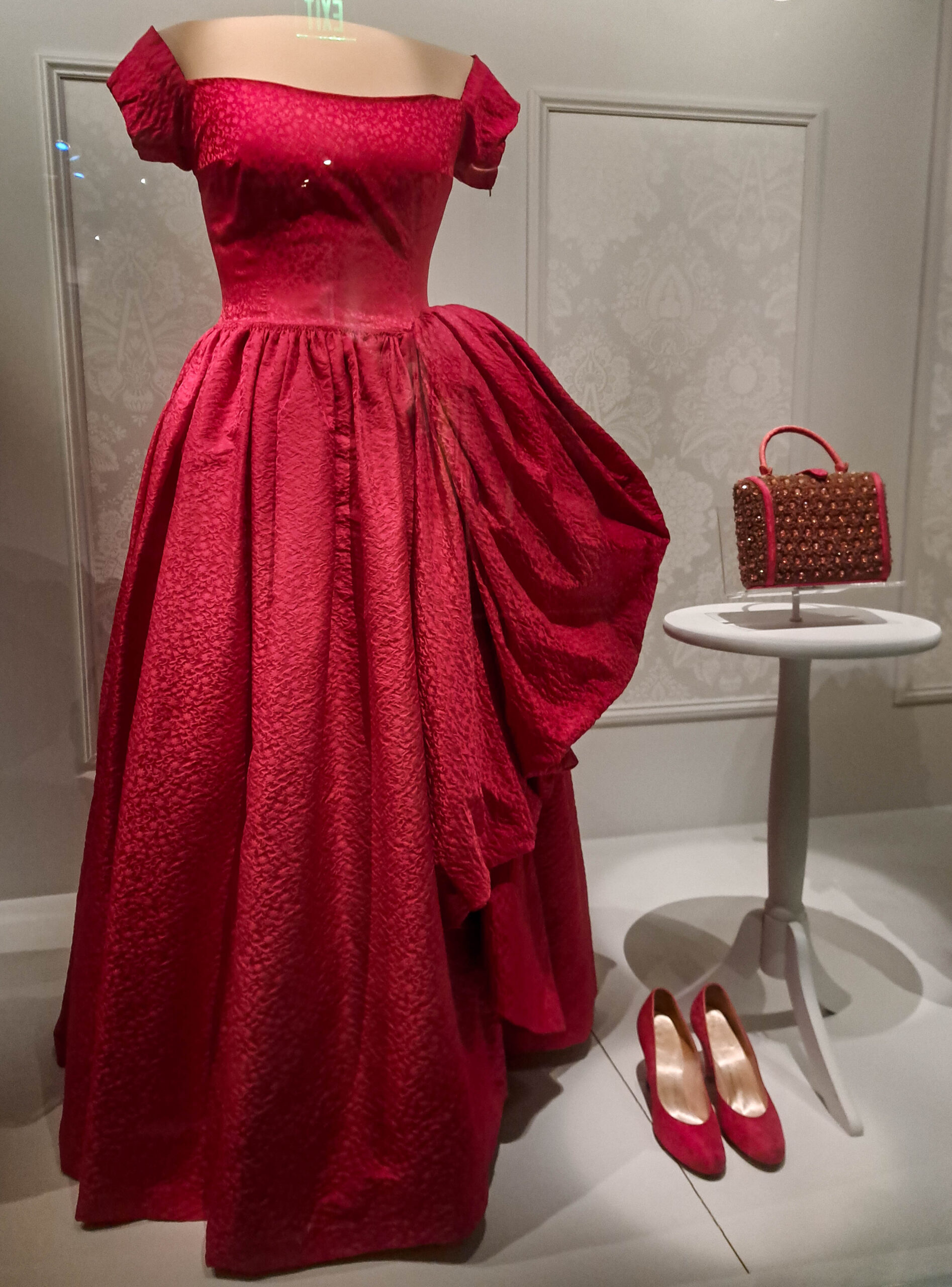
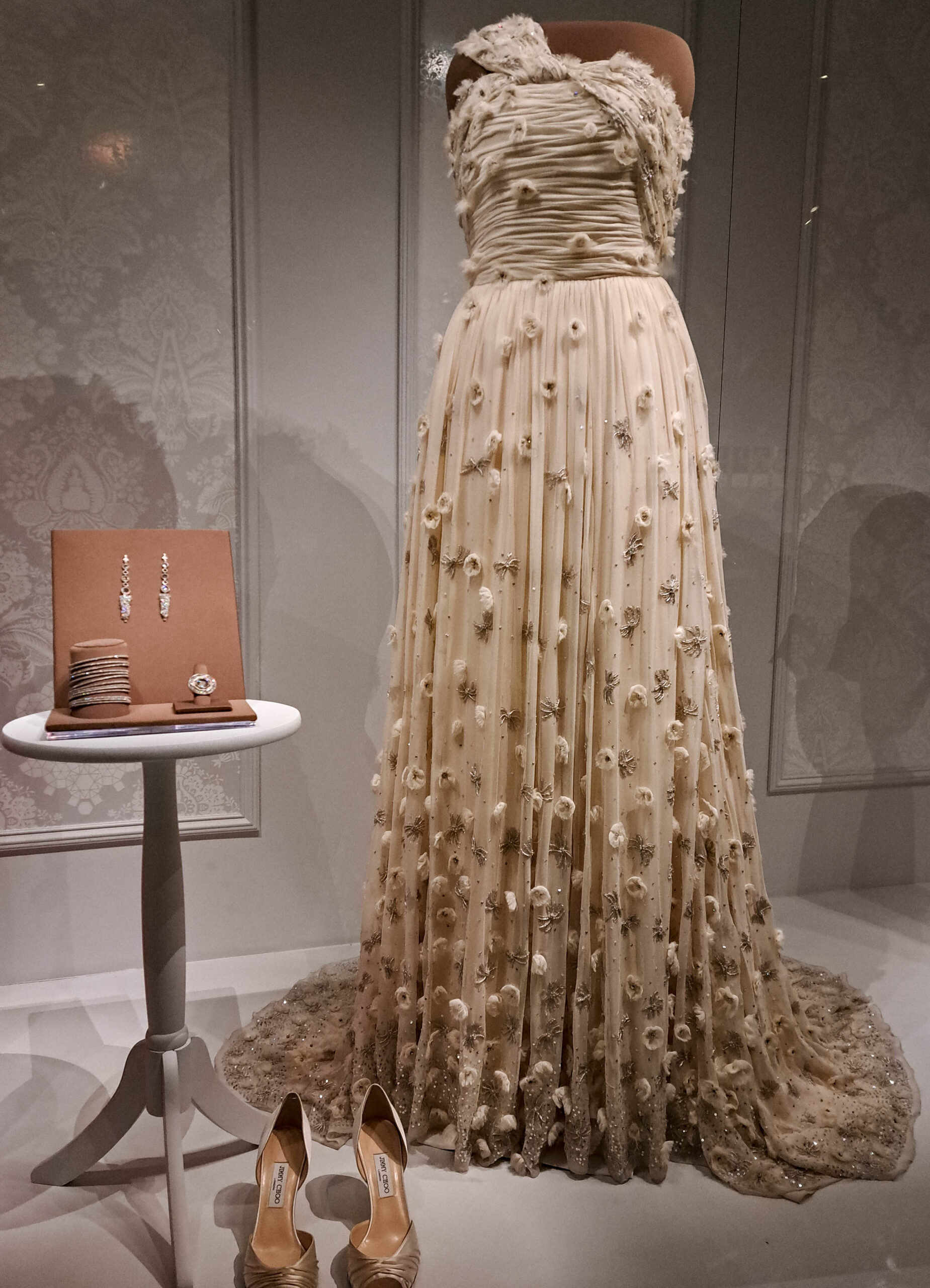
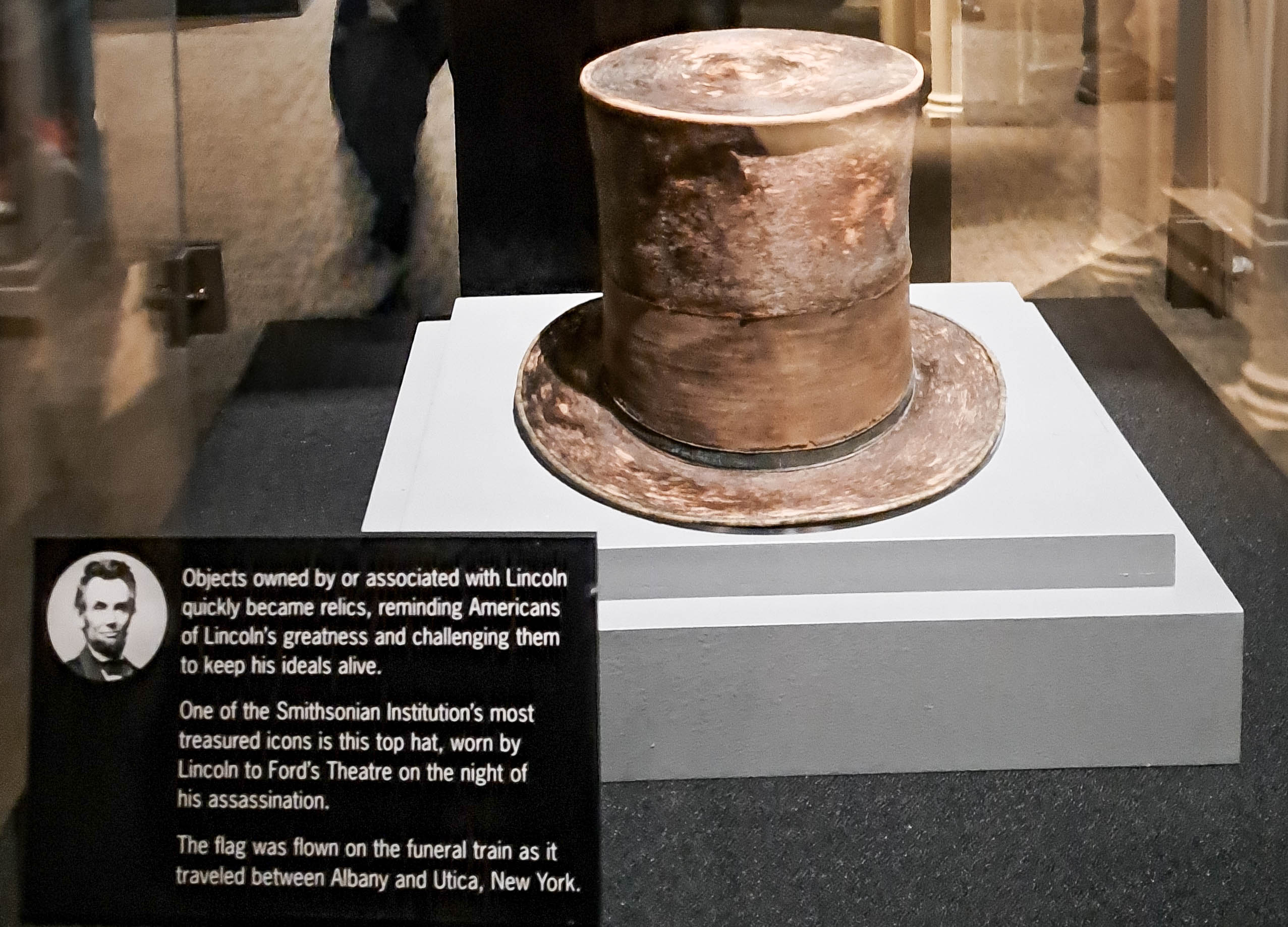
The White House
East Wing Entrance and Kennedy Garden: ” The East Wing was built in 1902 and since that time has been the entrance to the White House for visitors and guests. The building was enlarged in 1942 to its current sie to provide office space. The garden, seen through the windows, was named the Jacqueline Kenedy Garden in 1965. Designed with ornamental hedges and seasonal flowers, this space can be used for informal entertaining.”
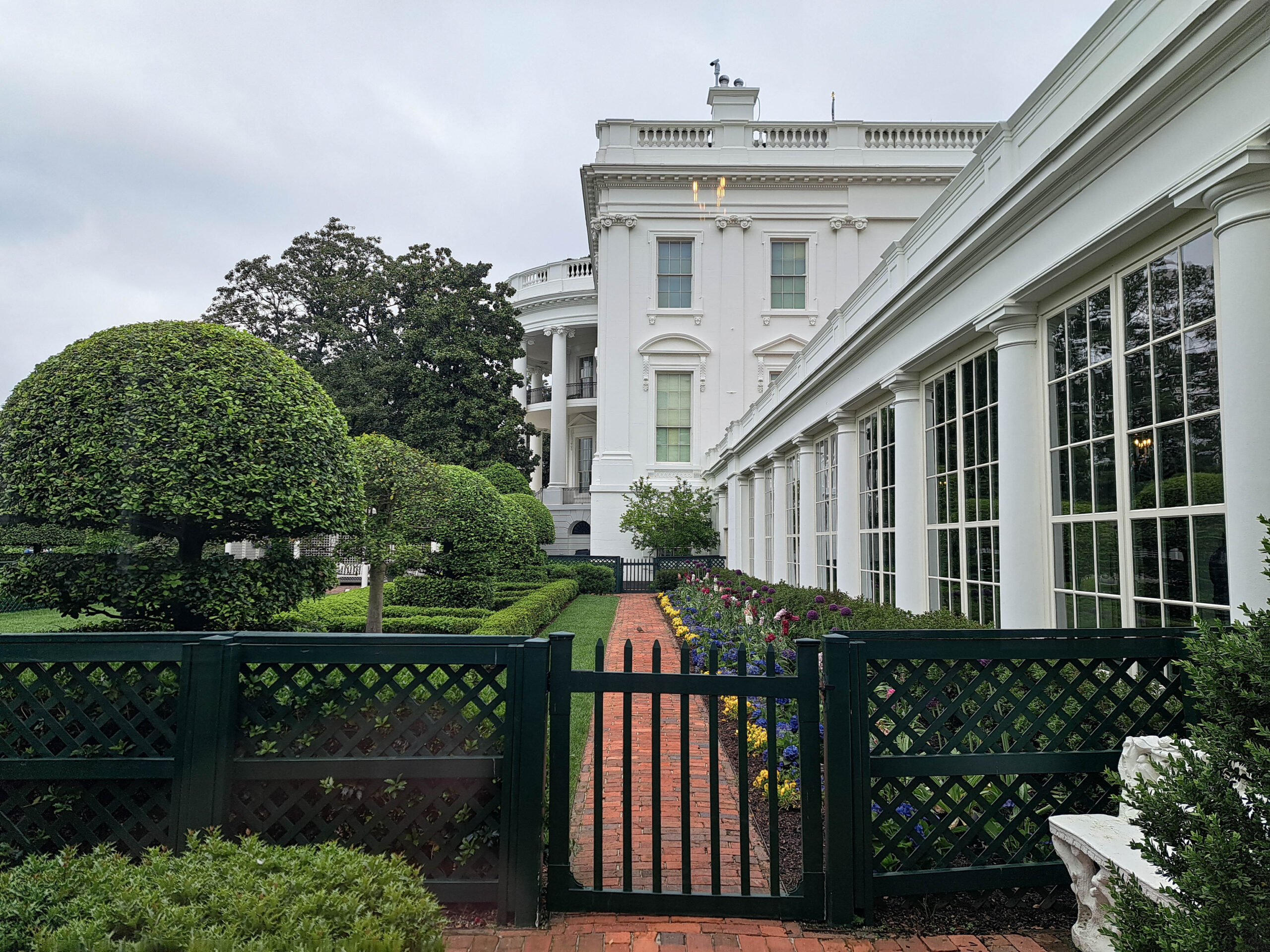
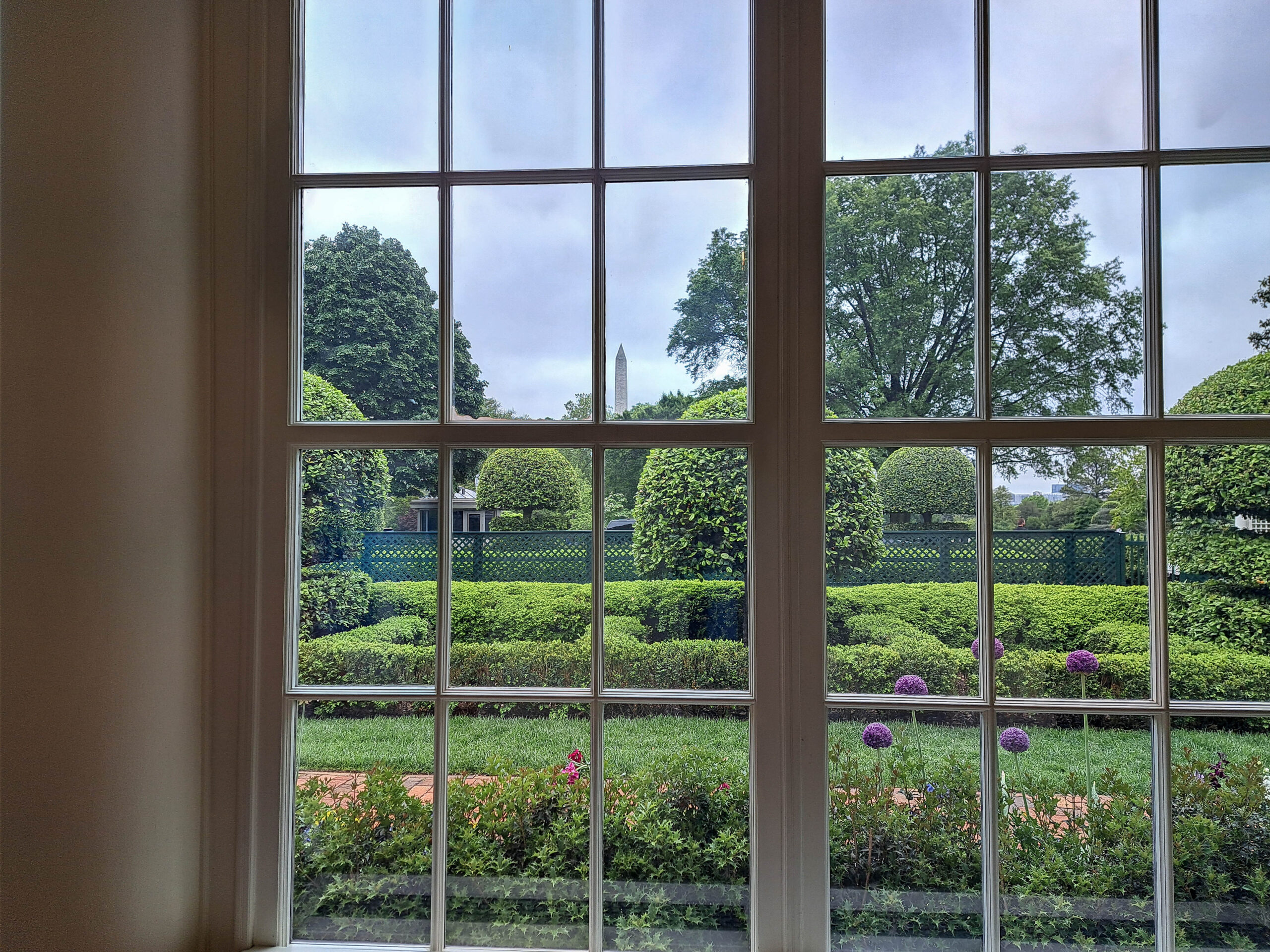
Movie Theater: “In 1902, with the newly built East Wing providing an entrance for guests attending social events, this room was designated a cloakroom. It was converted into a movie theater in July 1942 under the direction of President Franklin D. Roosevelt. The current decor, dating from 2004-2005, was inspired by theater interiors of the early 20th century. The front row has club chairs with ottomans typically reserved for the first family. During large White House events, the Theater reverts back to its original use as a coat-check room.”
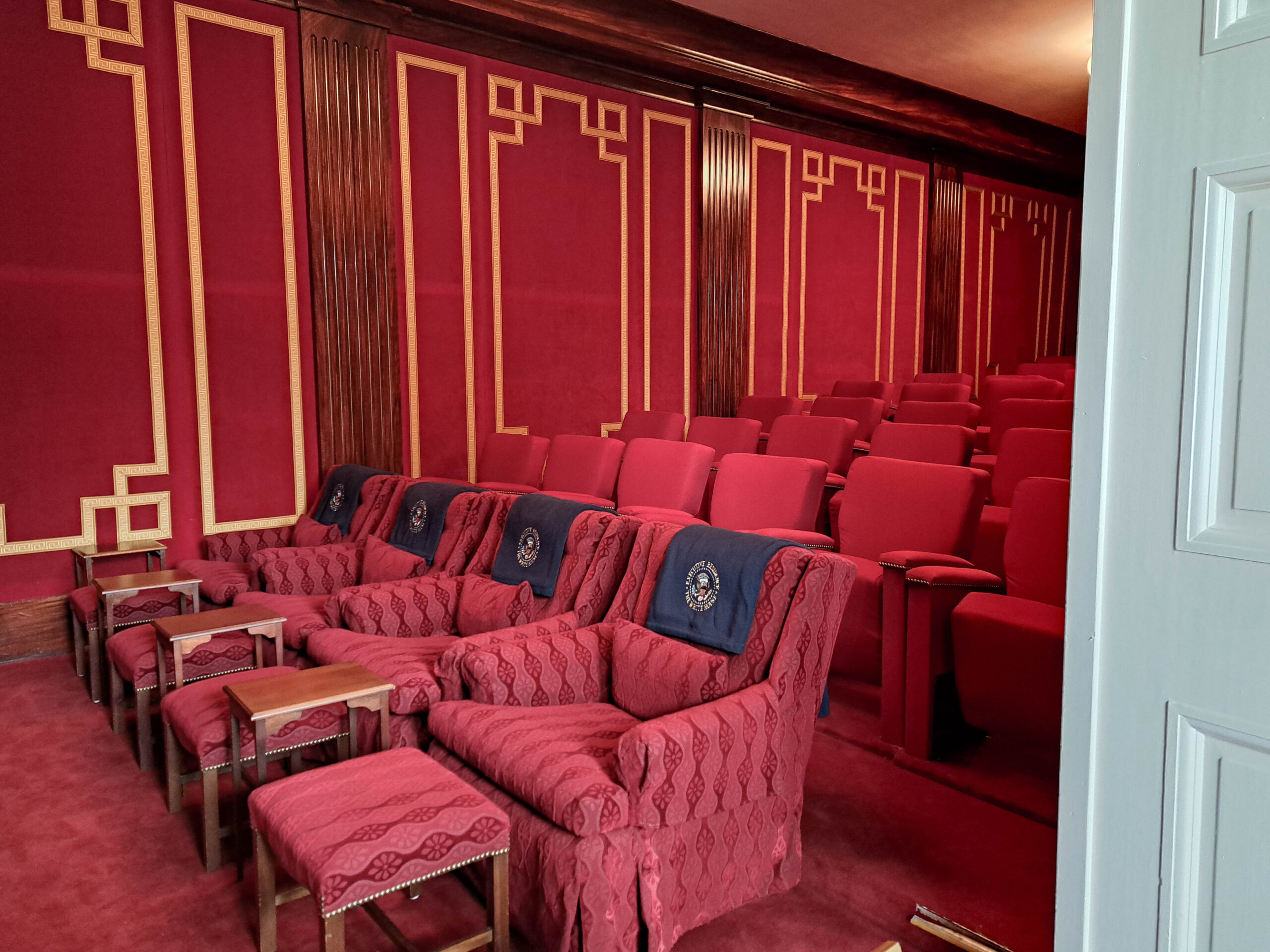
Vermeil Room: “Once a billiard room, this room now displays selections from a 1,575 piece collection of European and American vermeil (a french term meaning gilded silver) received by the White House in 1957. First Lady Jacqueline Kennedy’s portrait is also on display, surrounded by examples of American abstract and pop art. This installation honors her dedication to supporting artists of her era and reflects her commitment to crafting a broad collection of art and objects at the White House.”
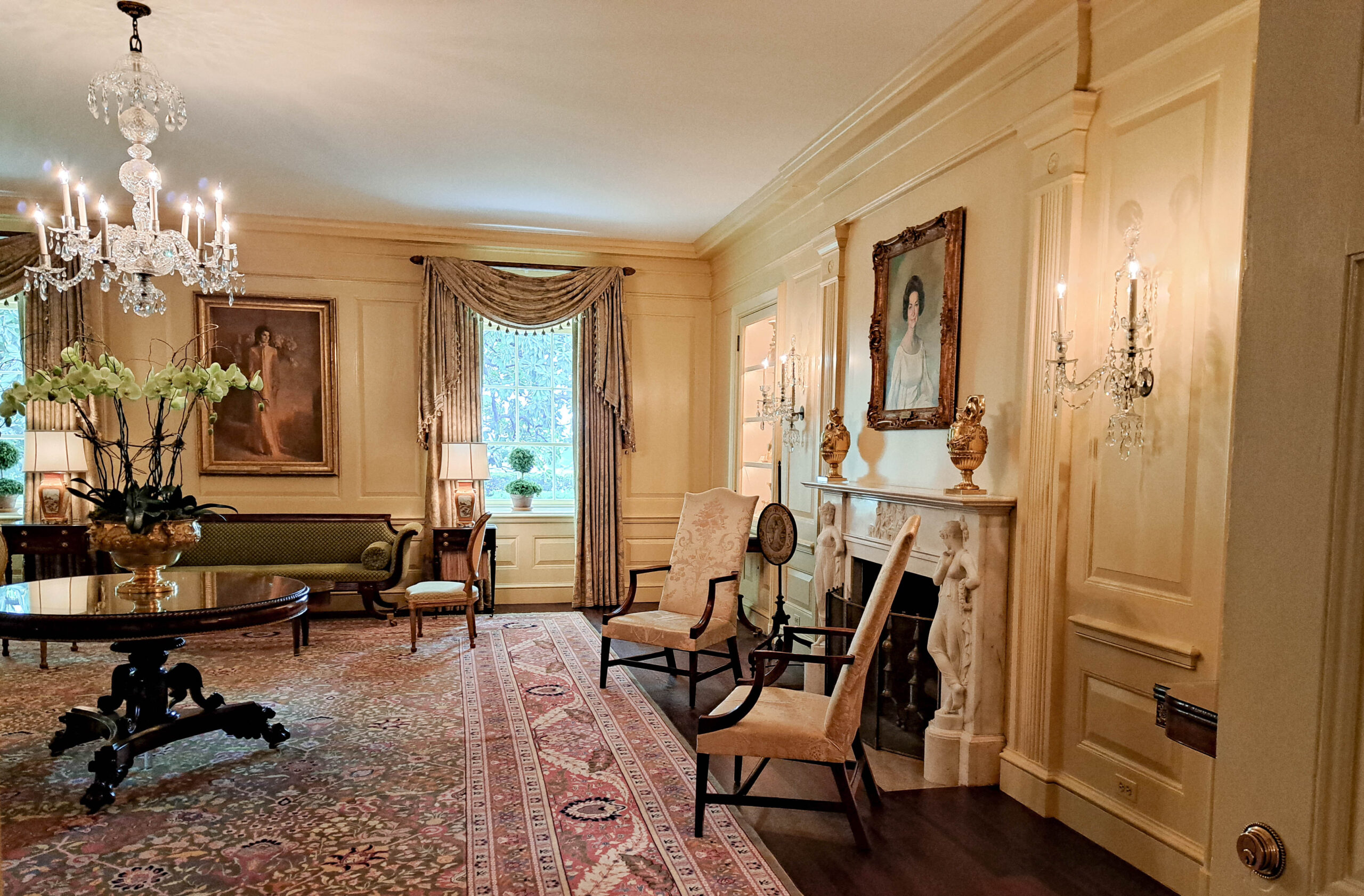
Library: “The library contains over 2,700 books relating to American life. This room was used as the laundry until 1902 when it became a gentlemen’s waiting room. It was turned into a library in 1935 and has been a favorate location for media tapings in the modern era. Most of the Federal furnishings were made in New York, 1800-1820. Above the antel is a 1930 painting by Georgia O’Keefe entitled, Mountain at Bear Lake — Taos, showing a sacred spot on the Taos Pueblo in New Mexico.”
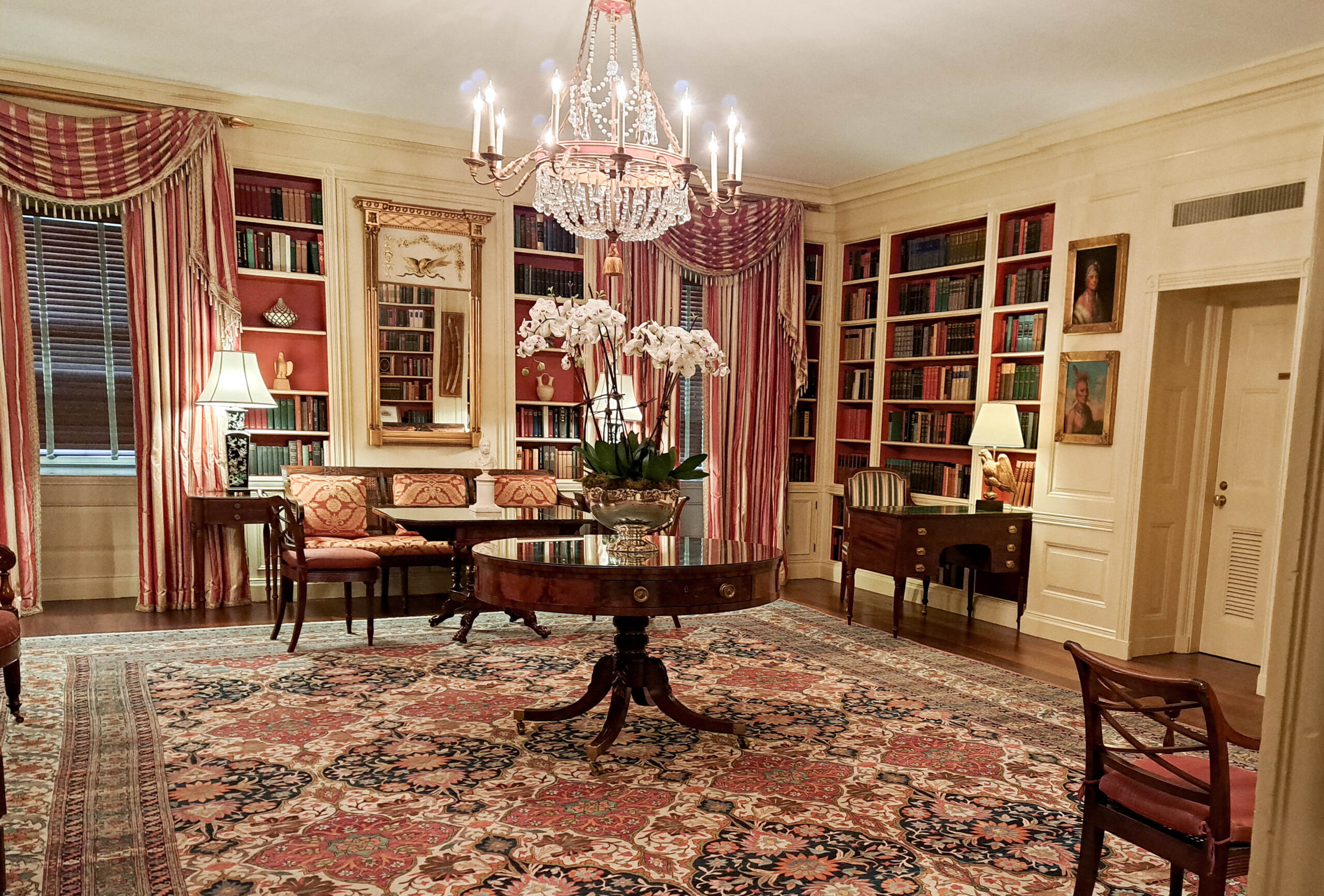
China Room: “The China Room has been an exhibition space for tableware since 1917. Not every president has ordered state china, so both official and some family services are exhibited. The 1918 Woodrow Wilson state service was the first White House service made in the United States. The 1924 portrait of First Lady Grace Coolidge by Howard Chandler Christy features her white collie, Rob Roy. Her red dress was inspiration for the red decor, first introduced in 1963 during the John F. Kennedy administration.”
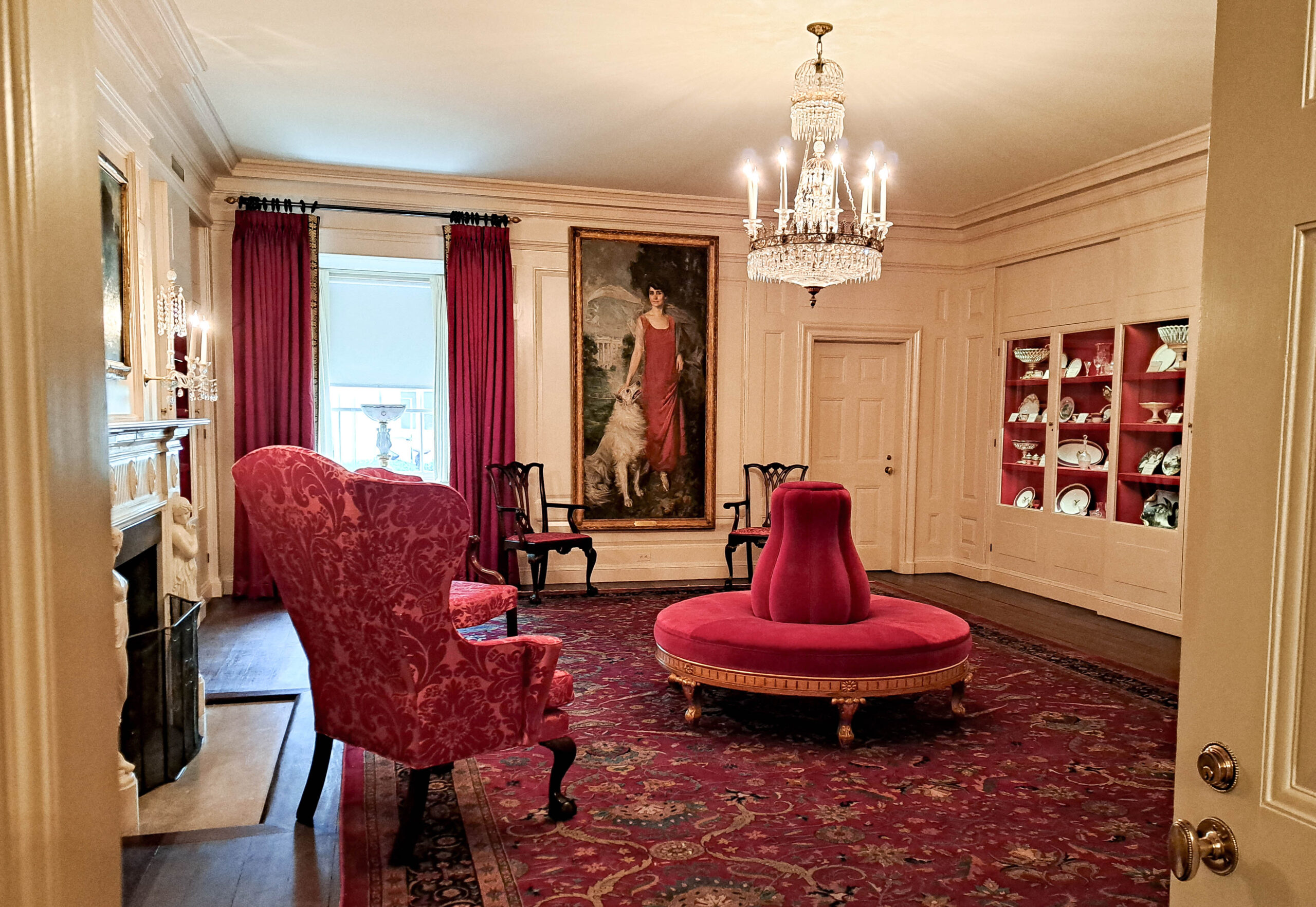
East Room: “The largest room in the White House, the East Room has been the scene of state dinners, receptions, concerts, bill-signing ceremonies, award presentations, and press conferences. During the winter 1800-1801, First Lady Abigail Adams had her laundry hung out to dry in the unfinished East Room. It was not decorated as a reception room until 1829 for President Andrew Jackson. Of the eight presidents who died in office, seven have lain in state in this room. It has been the location of wedding ceremonies for five presidential daughts, most recently Lynda Johnson in 1967. Gerald R. Ford was sword in as President her on August 9, 1974.
Neoclassical decor was added to the East Room under President Theodore Roosevelt. The chandeliers, light standards, benches and window cornices remain from the 1902 renovation. The portrait of George Washington by Gilbert Stuart is the only object to have remained in the White House since it was first occupied in 1800. It was removed for safekeeping at the direction of First Lady Dolley Madison just before the mansion was burned during the War of 1812. Eastman Johnson painted the 1895 portrait of Benjamin Harrison from life in his New York studio.”
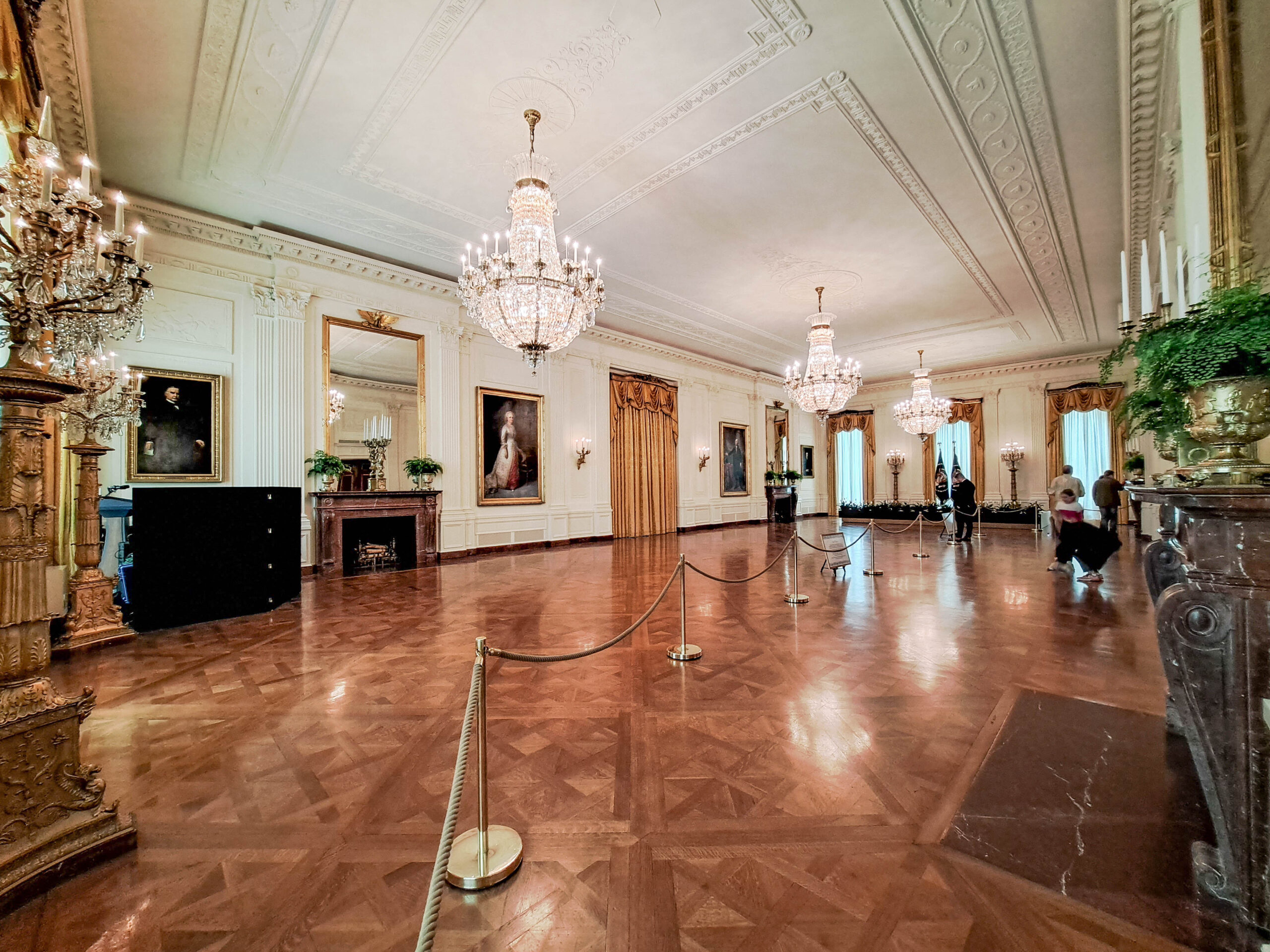
Green Room: “From 1801-1809, Thomas Jefferson used this room as a dining room. It became a formal parlor during James Madison’s presidency. By 1825 under John Quincy Adams, this room was known as the ‘Green Drawing Room,’ named for the color of the fabrics. Located on the center table are John and Abigail Adams’ silver hot water urn and James and Dolley Madison’s French candlesticks. The Federal-style furniture was made between 1800 and 1815. French artist Theobald Chartran painted the portrait of Edith Roosevelt, located over the fireplace, from sittings at the White House in 1902. Independence Hall in Philadelphia by Ferdinand Richardt, seen over the sofa, depicts the historic building and city life during the mid-19th century.”
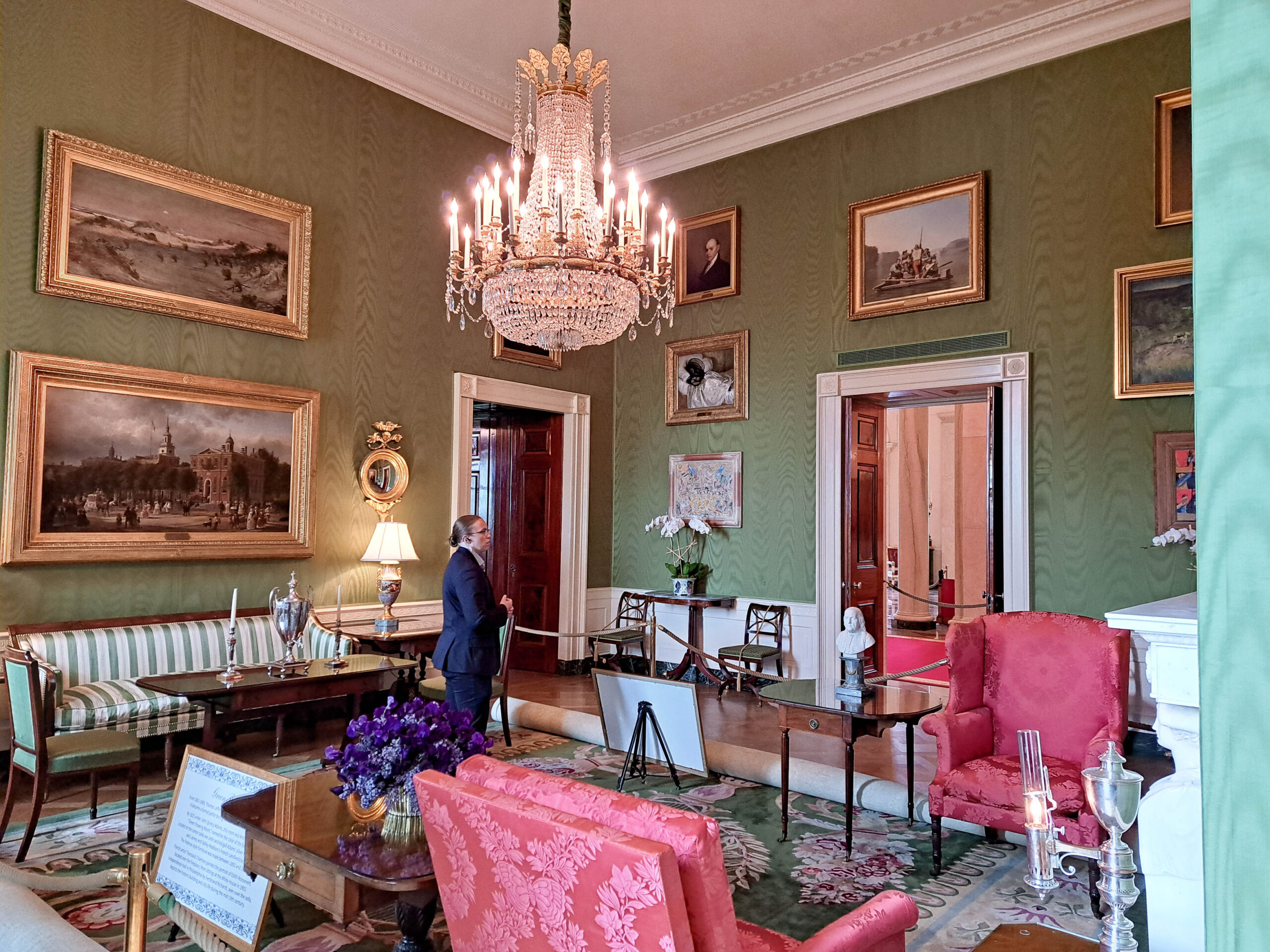
Blue room: “Oval-shaped rooms were the height of cultural fashion in the late 1700s. White House architect James Hoban designed a stack of three such rooms, forming the distinctive architecture of the south side. This oval room has served as the most formal parlor. President James Monroe furnished it in the French style in 1817. Original objects include most of the guilded chairs, the sofa, and the clock on the mantel. It has been known as the Blue Room since the Martin Van Buren redecoration of 1837 when blue textiles were introduced. Grover Cleveland, the only president to have a White House wedding, married Frances Folsom here in 1886. Most holiday seasons, the official Christmas tree stands in the center of the room.”
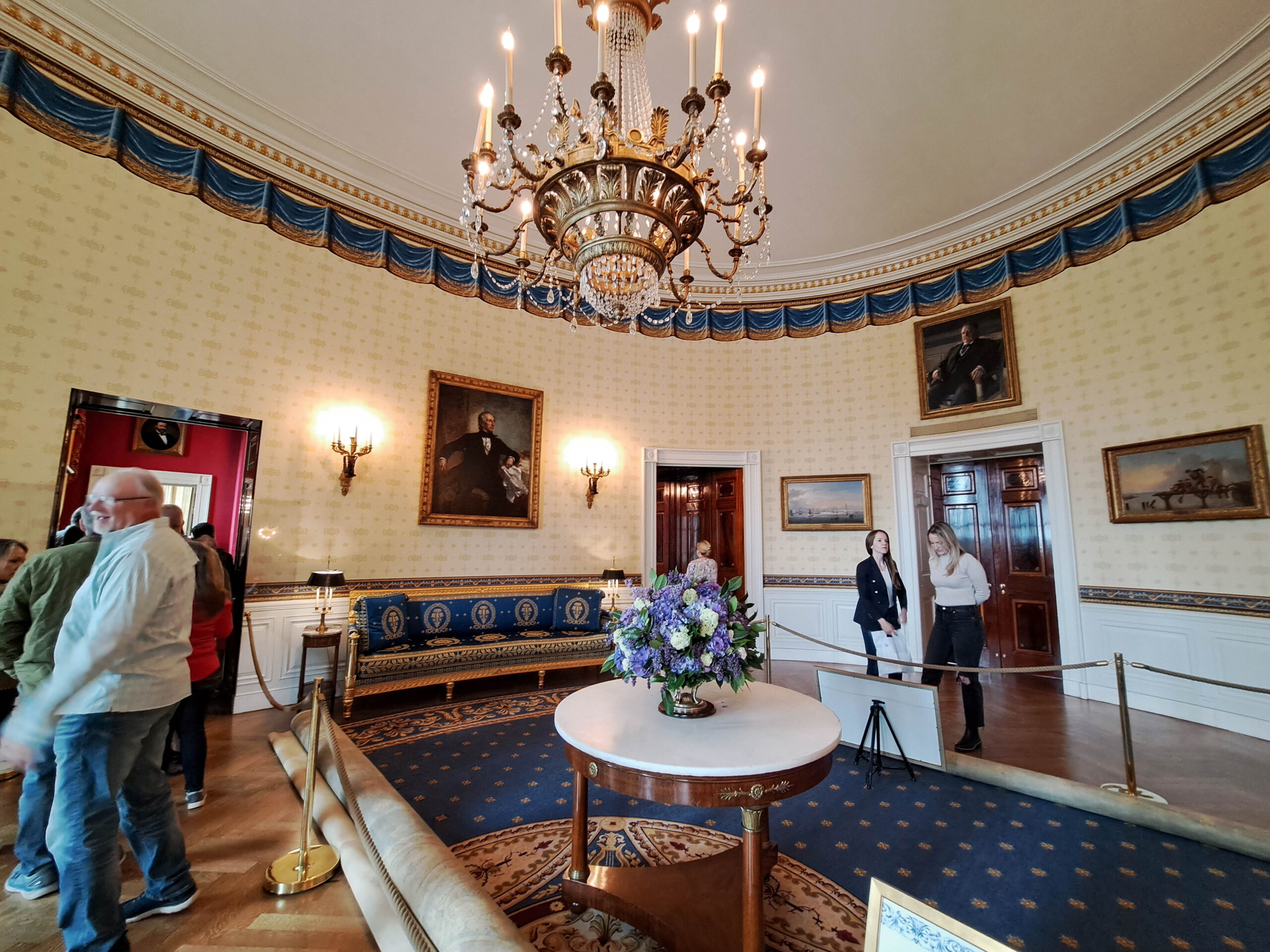
Red Room: “The Red Room was first decorated with red fabrics in 1845. It has been a parlor since the early 19th century and often used by first ladies to receive guests. President Rutherford B.Hayes took the oath of office in this room in 1877. Over the mantel is an 1842 portrait by Henry Inman of Angelica Singleton Van Buren, daughter-in-law and official hostess for President Martin Van Buren. The marble sculpture of the president seen in the painting is also displayed in this room. An 1804 portrait of Dolley Madison by Gilbert Stuart hangs over the door to the State Dining Room.”
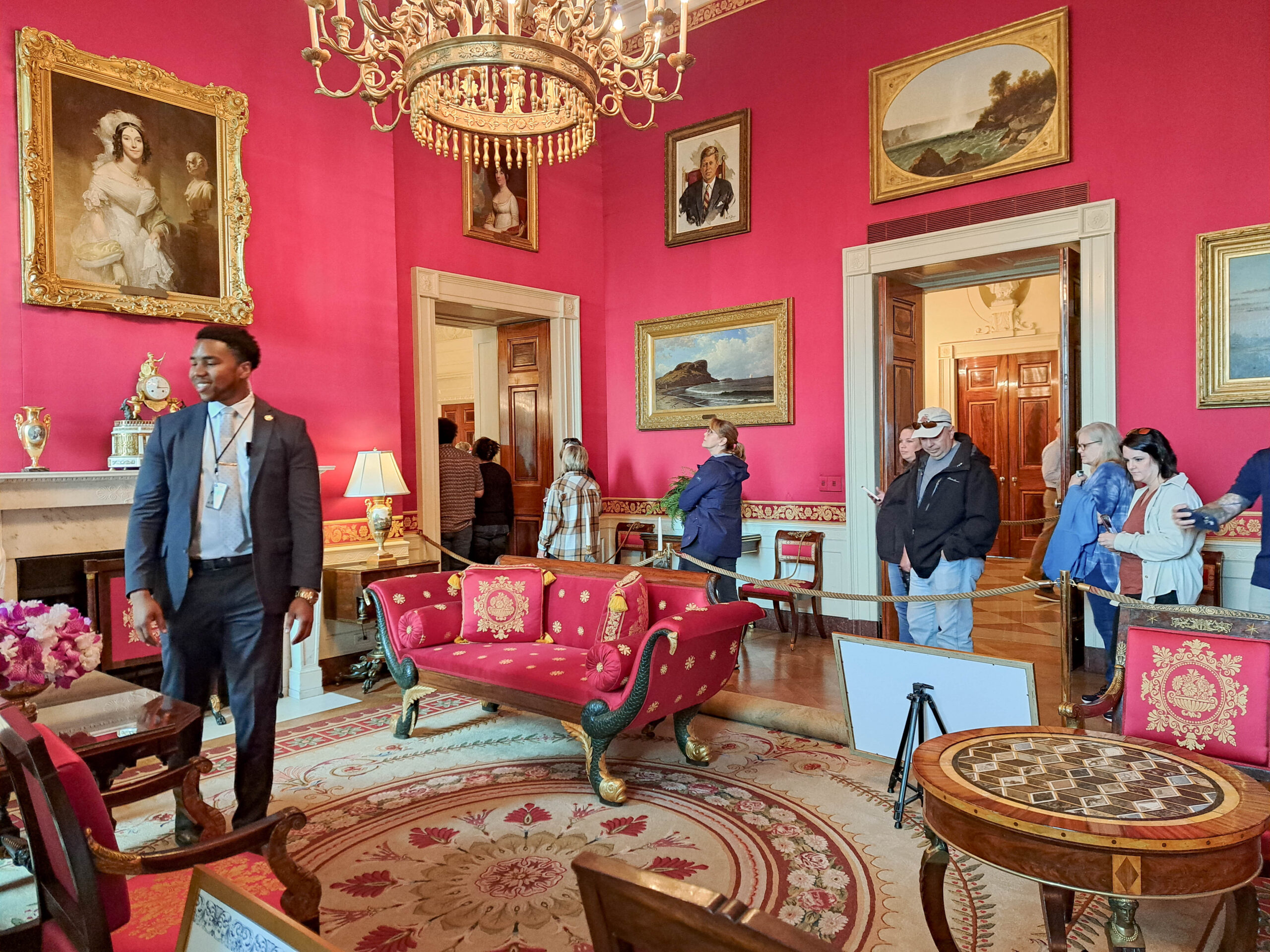
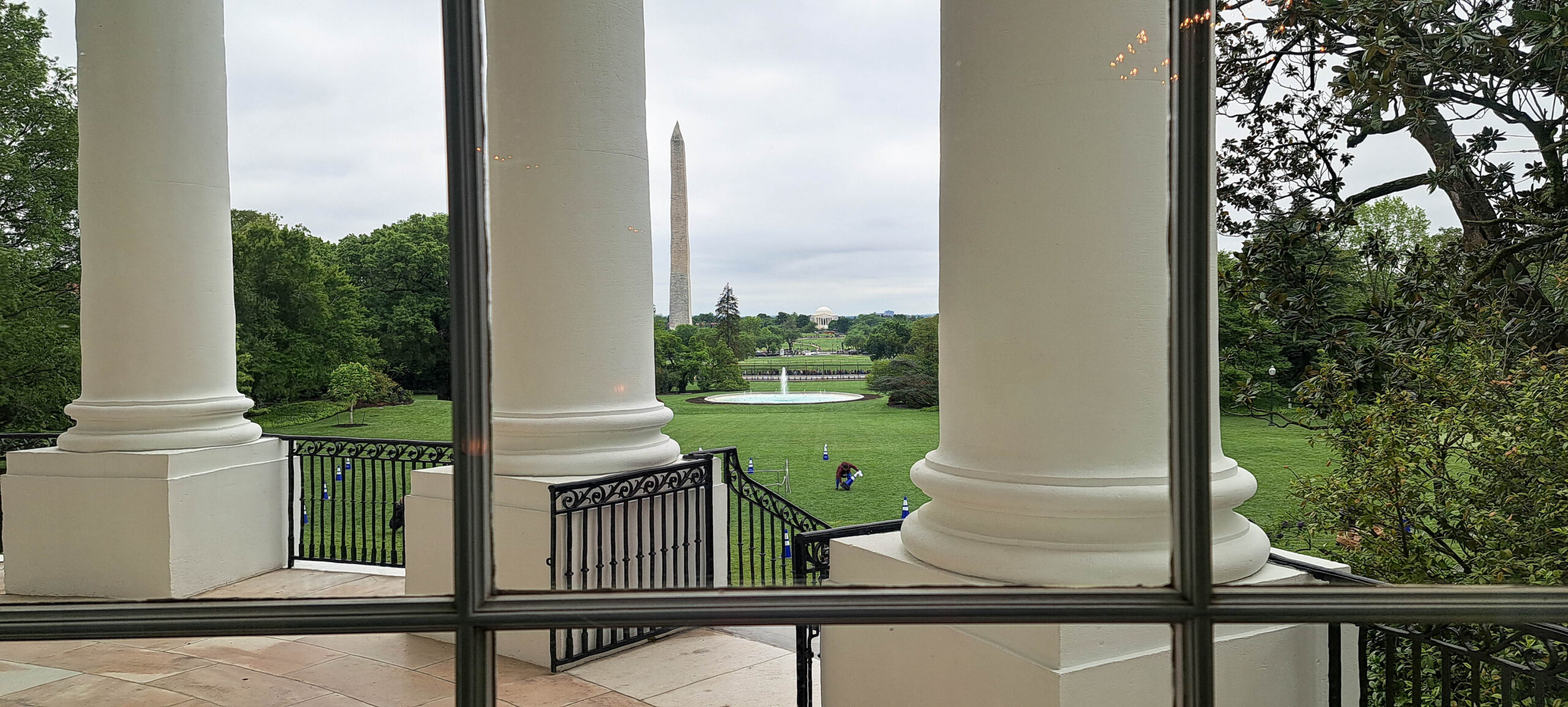
State Dining Room: “This room was Thomas Jefferson’s office, where he and his secretary, Meriwether Lewis, planned the Lewis and Clark Expedition in 1802. Since 1809, it has served as a State Dining Room. Using a series of round tables, as many as 140 people can dine in the room for formal events. The portrait of Abraham Lincoln, painted by George Healy in 1869, was submitted to a competition for an official portrait of the late president. It did not win and was purchased by Robert Todd Lincoln, whose widow bequeathed it to the White House in 1939.
With the removal of a staircase in the Cross Hall, the dining room was enlarged and redesigned with oak paneling for President Theodore Roosevelt during sweeping renovations made to the White House in 1902. The existing interior and eagle pier tables date from that renovation. The mantel, a reproduction of one installed in 1902, has corner blocks with bison heads, incorporated at President Roosevelt’s request. Stuffed animal heads were displayed on the walls here until the 1920s.”
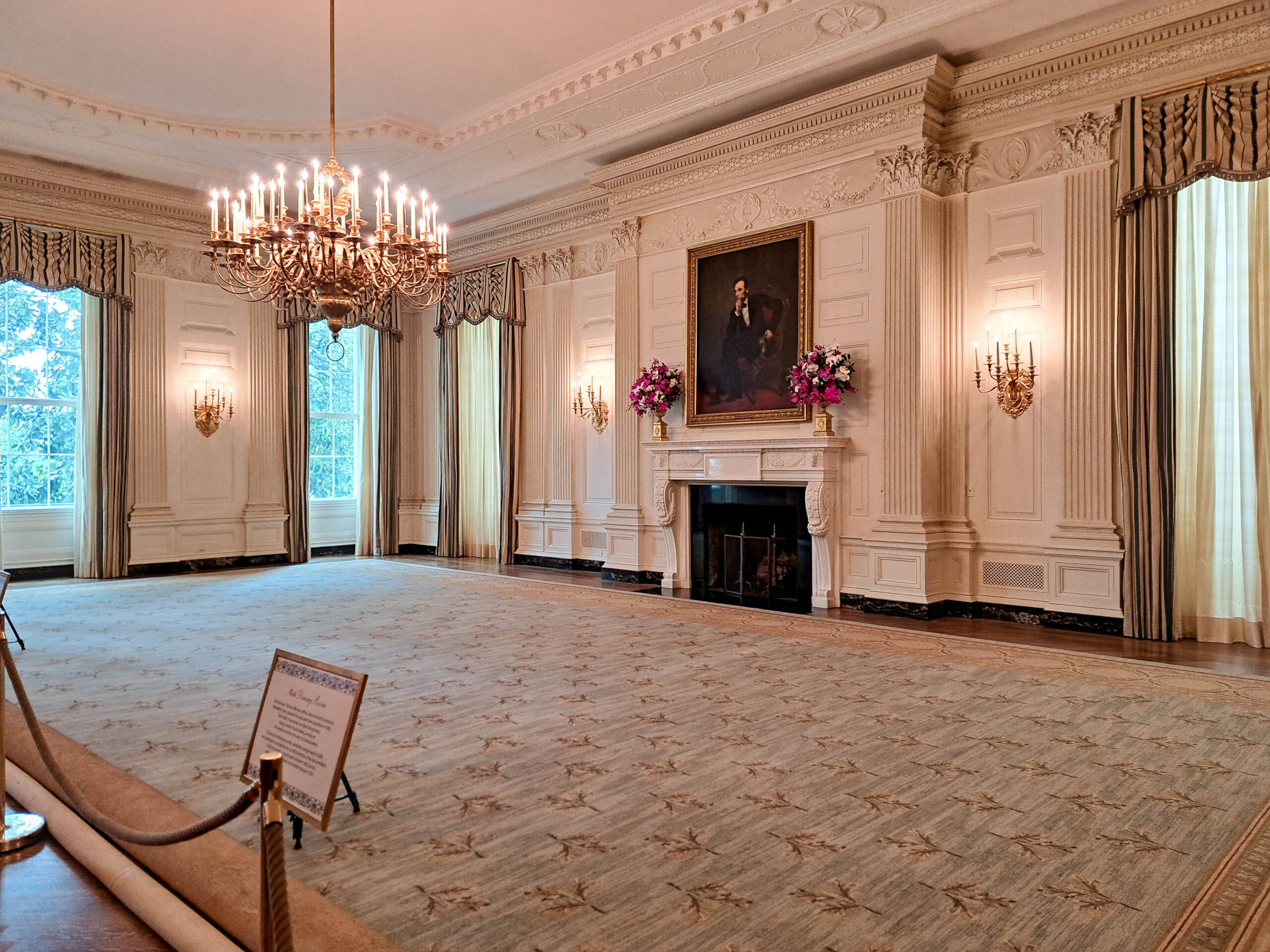
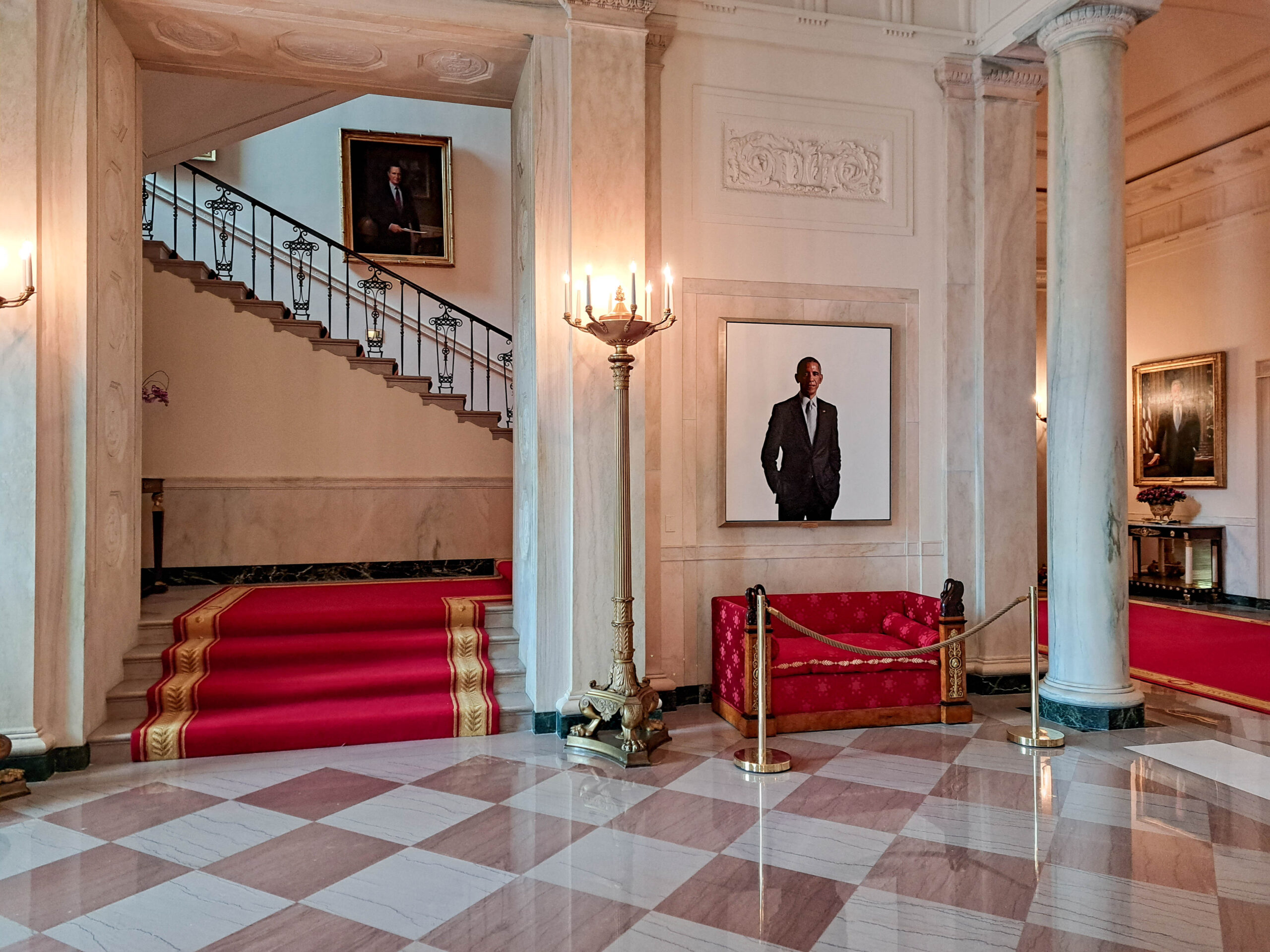
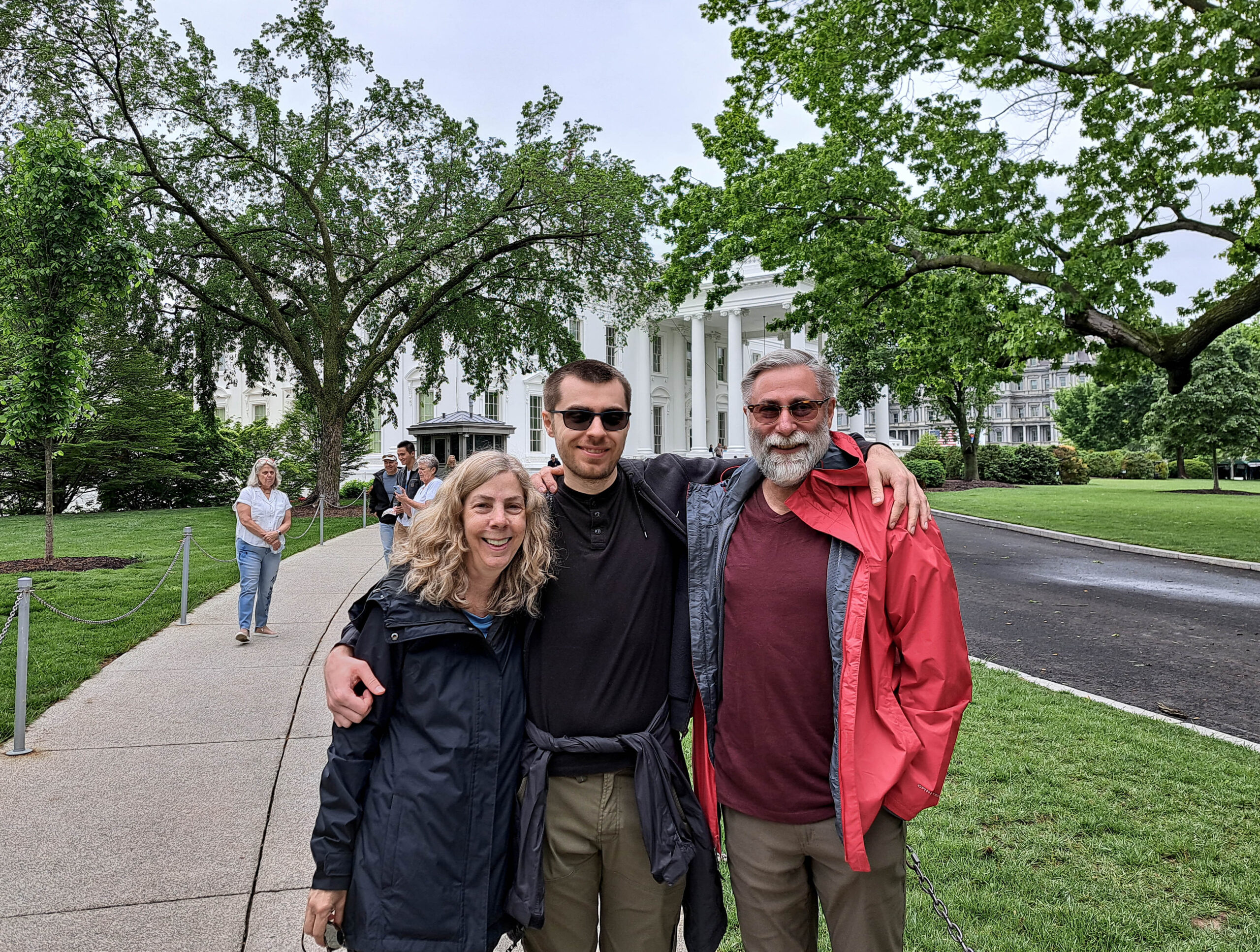
Thomas Jefferson Memorial
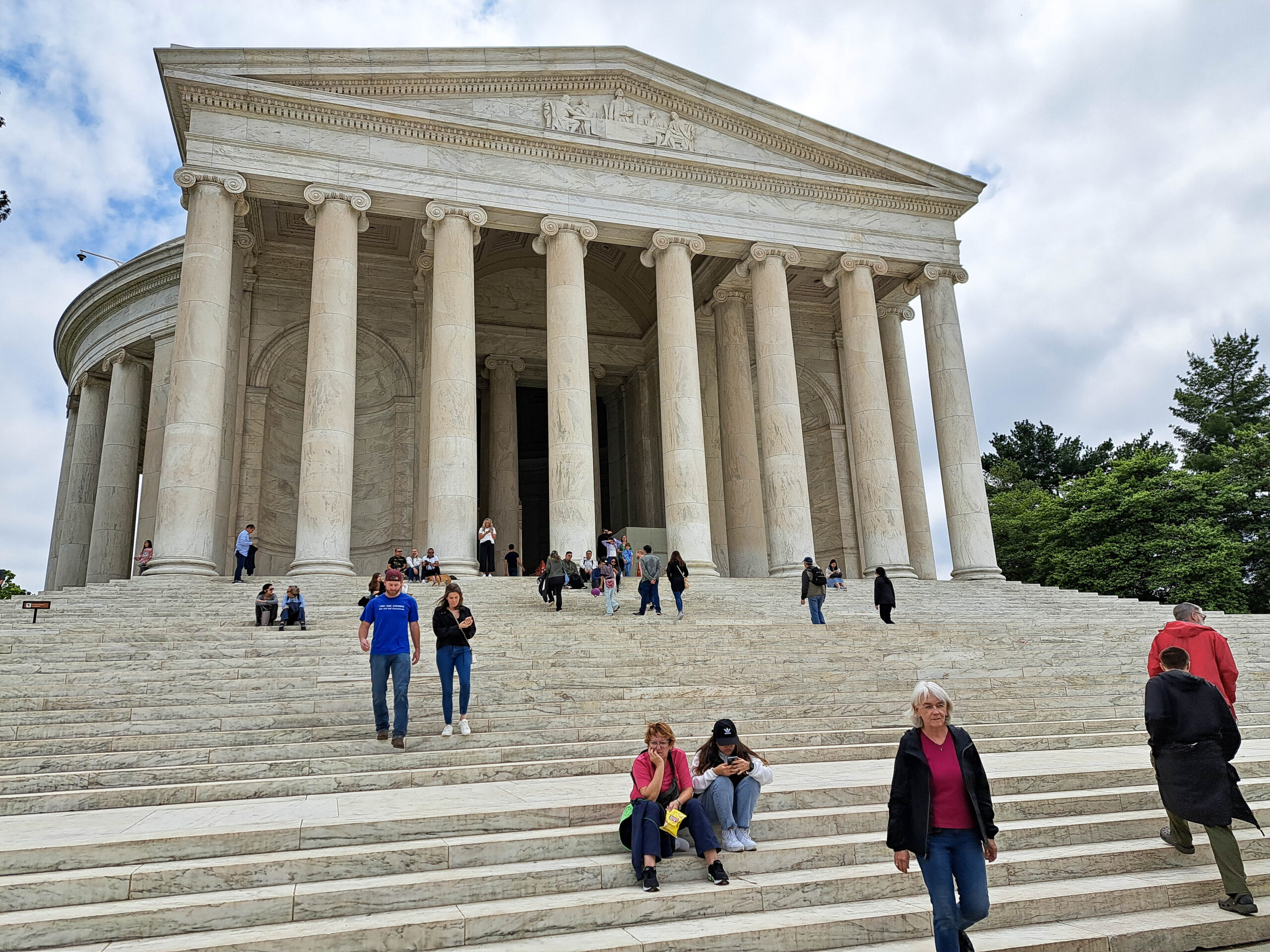
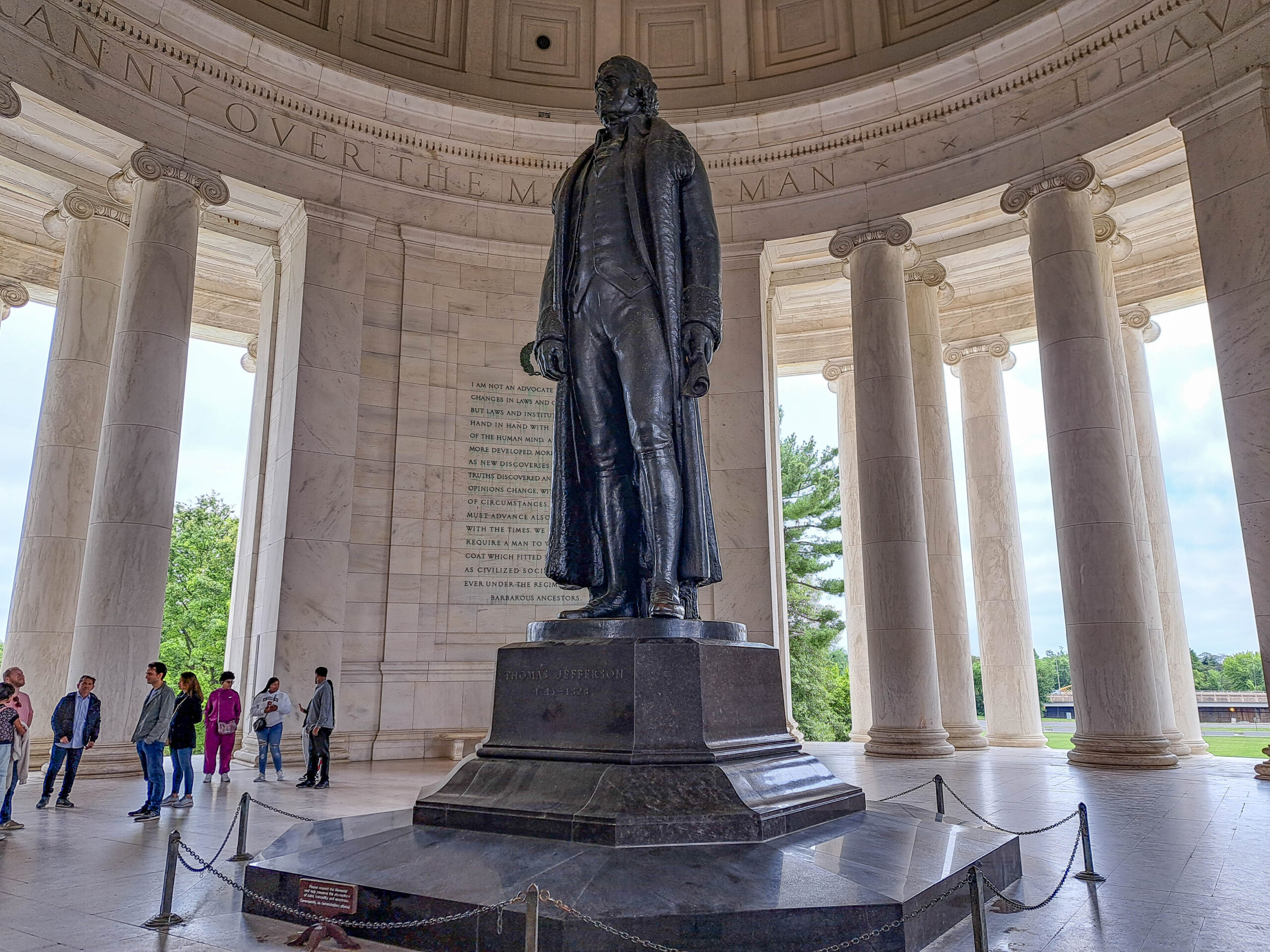
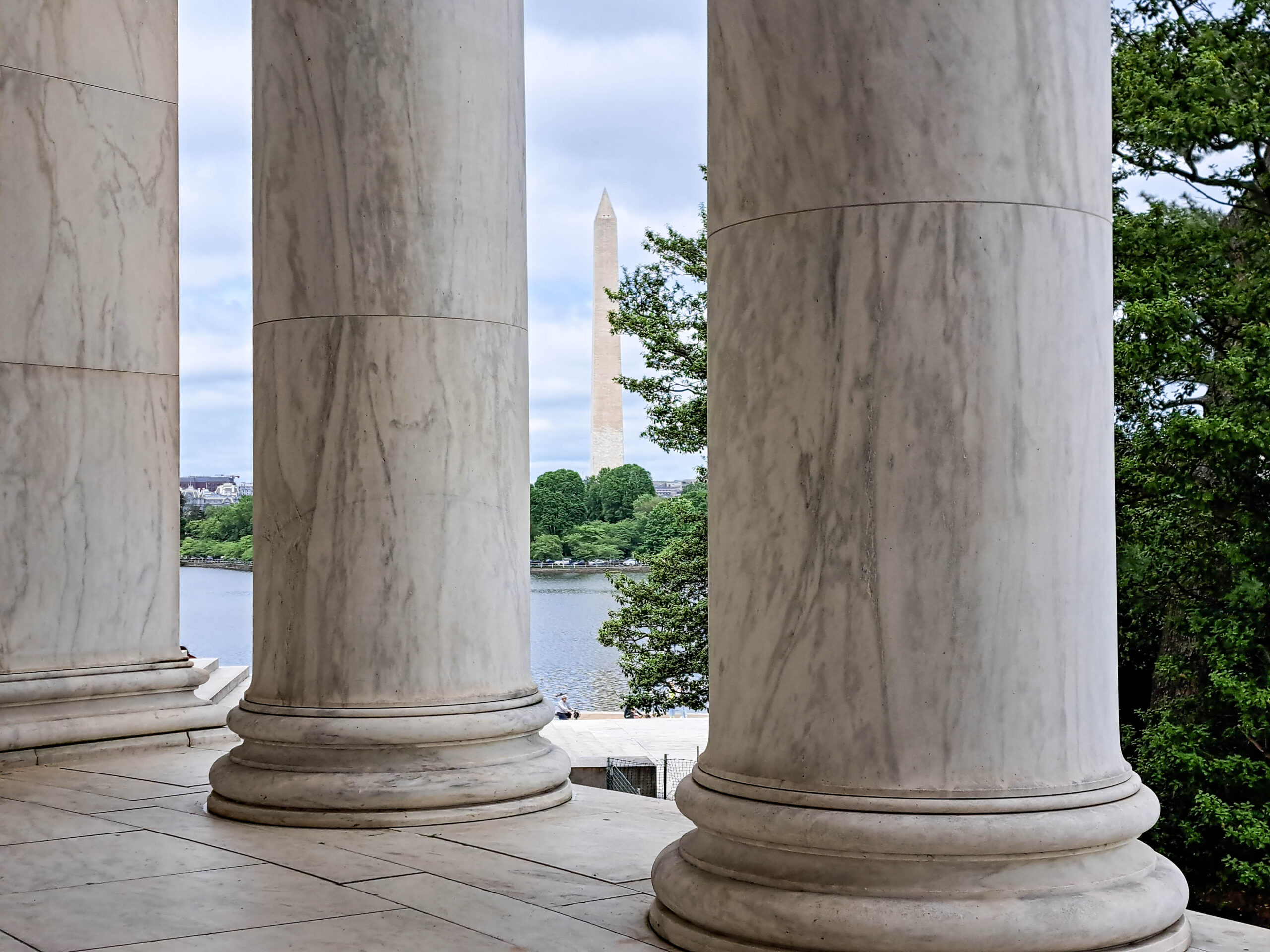
Franklin Delano Roosevelt Memorial
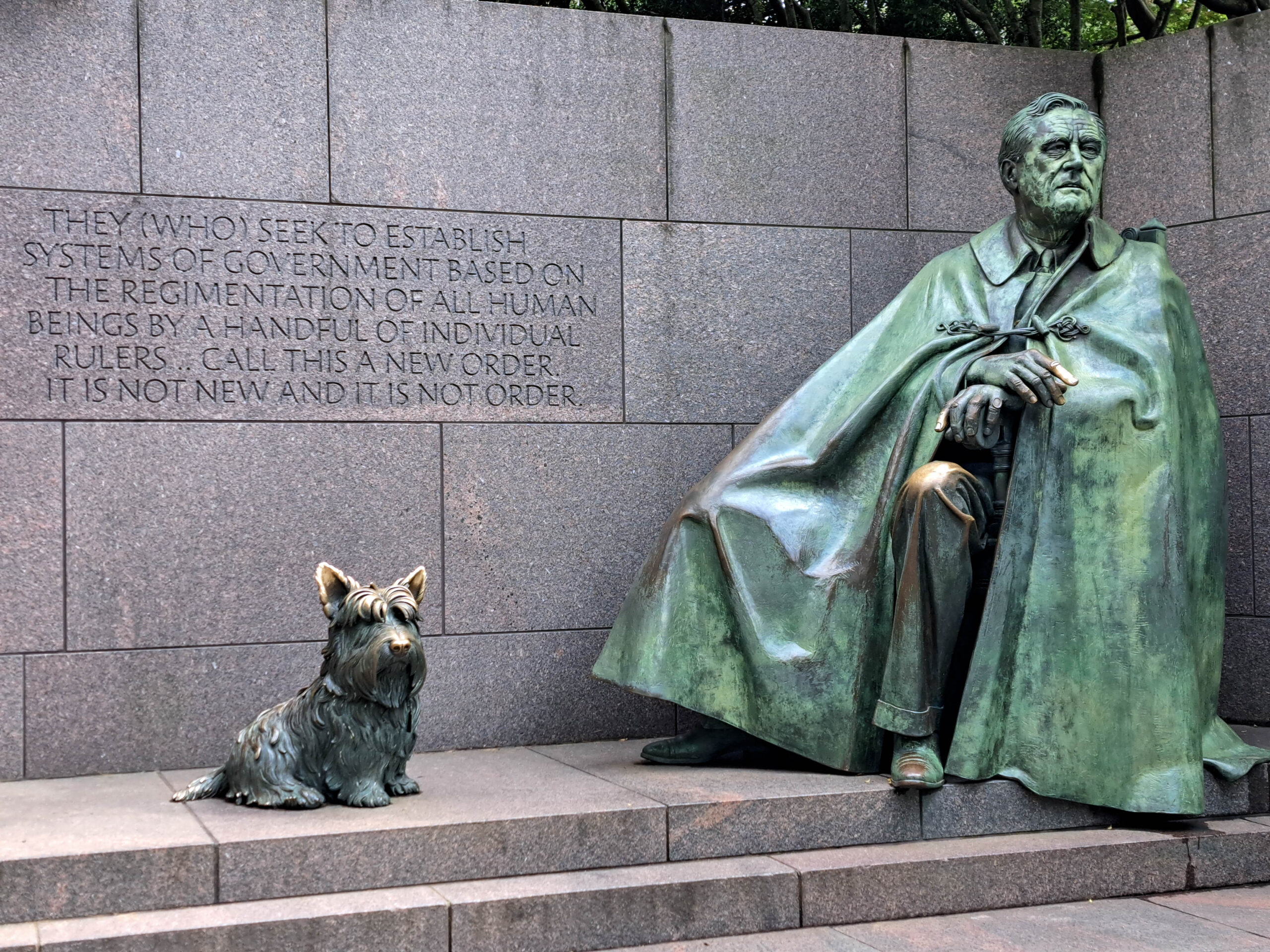
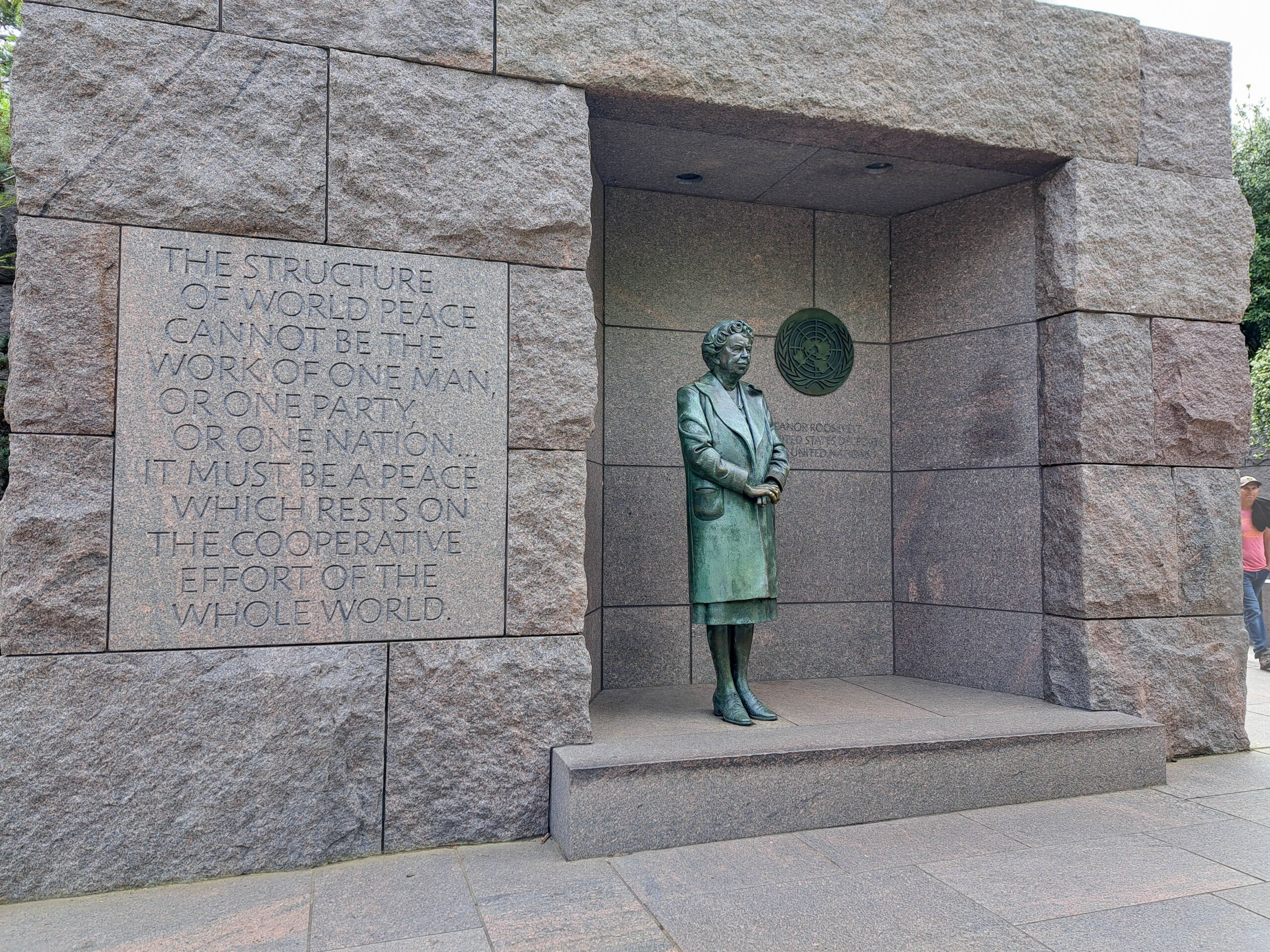
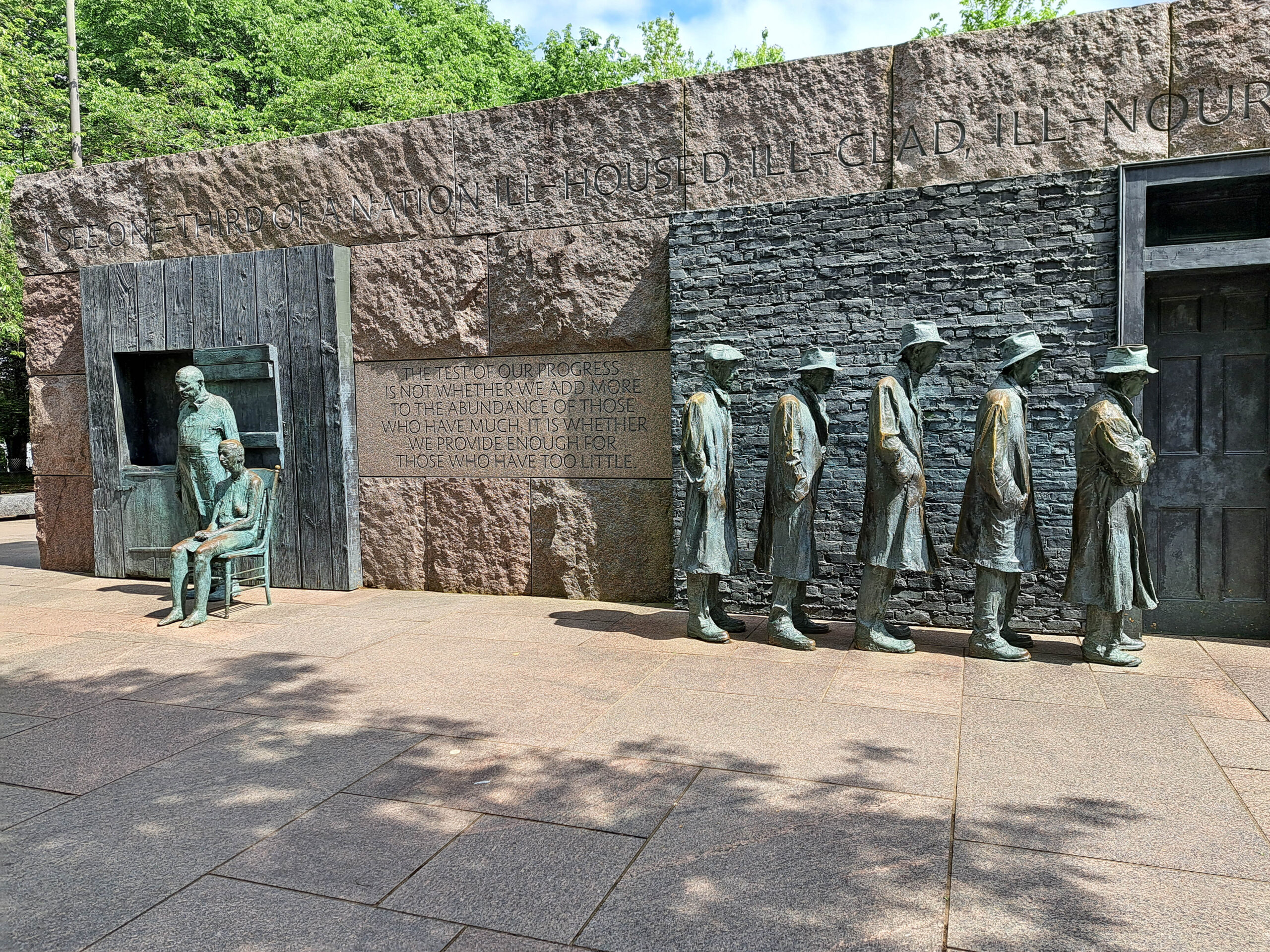
Martin Luther King, Jr. Memorial
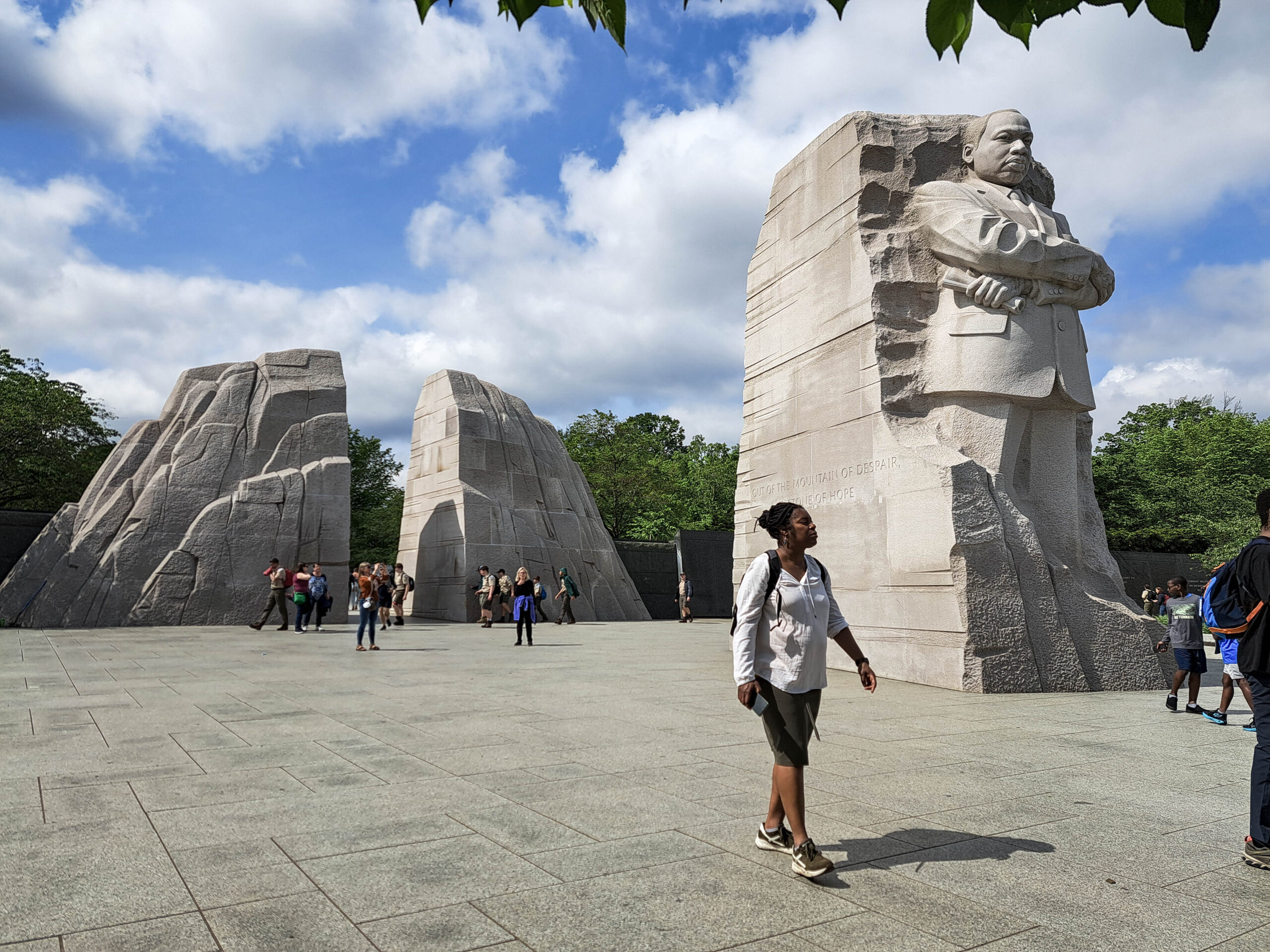
Korean War Veterans Memorial
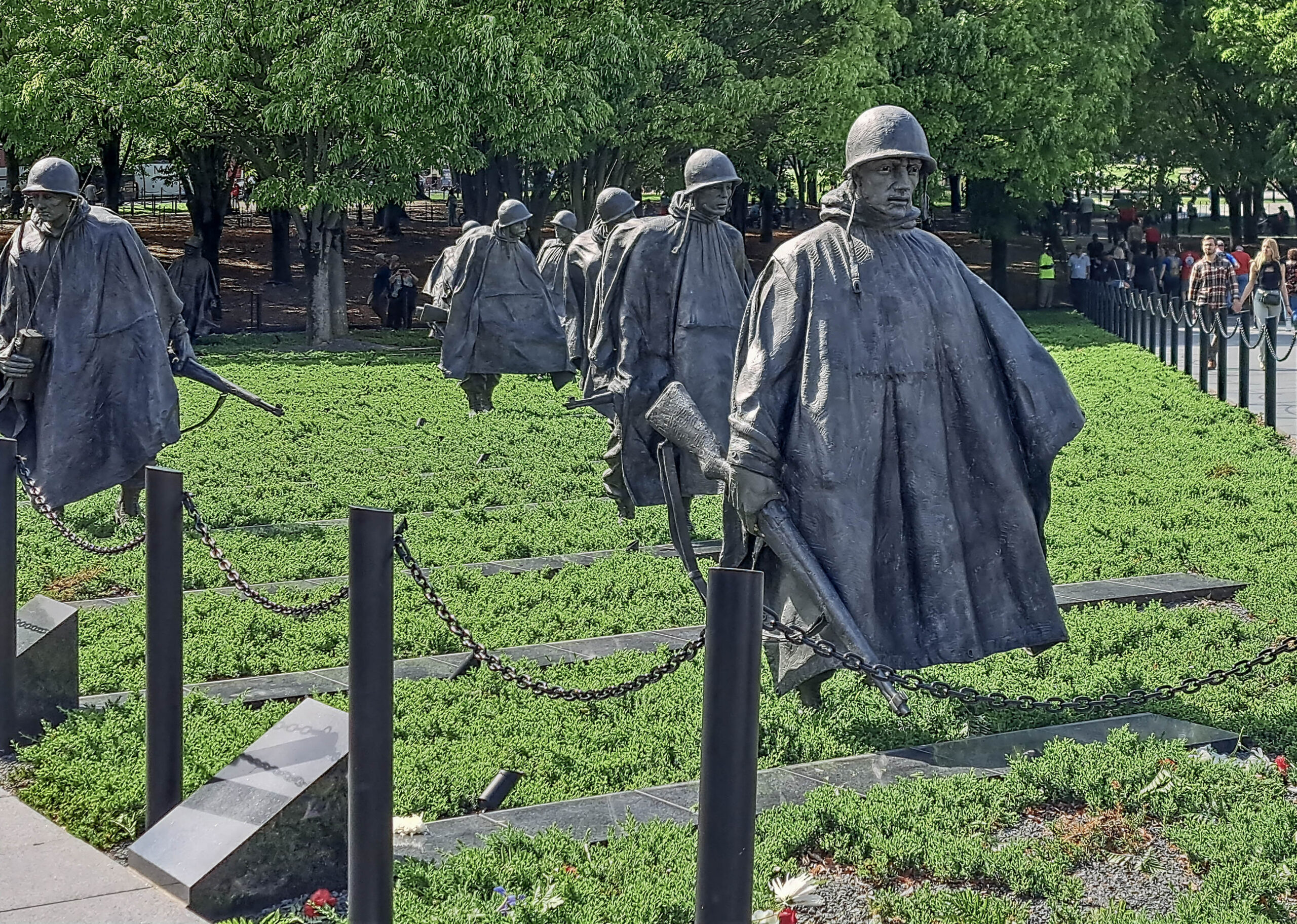
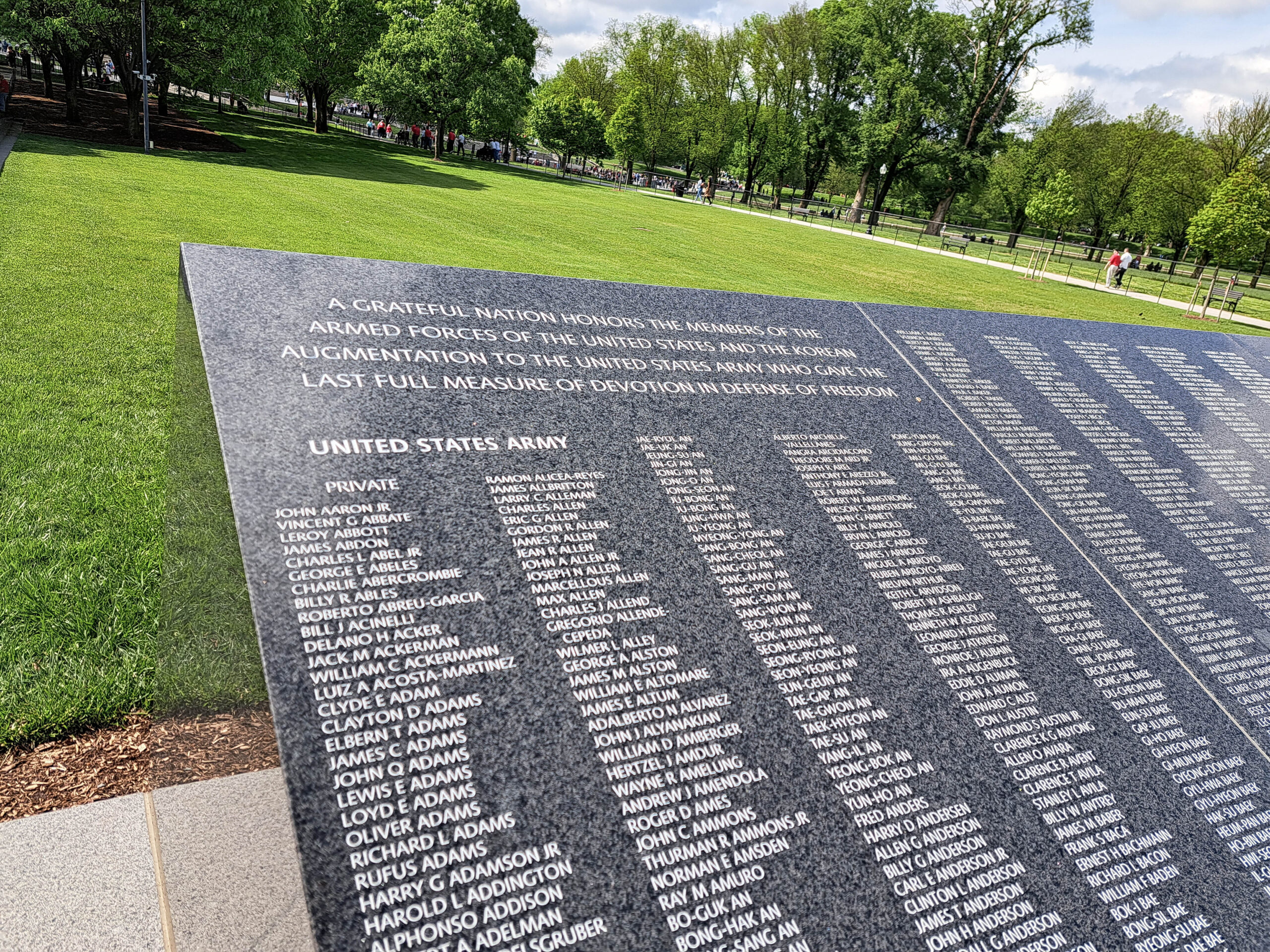
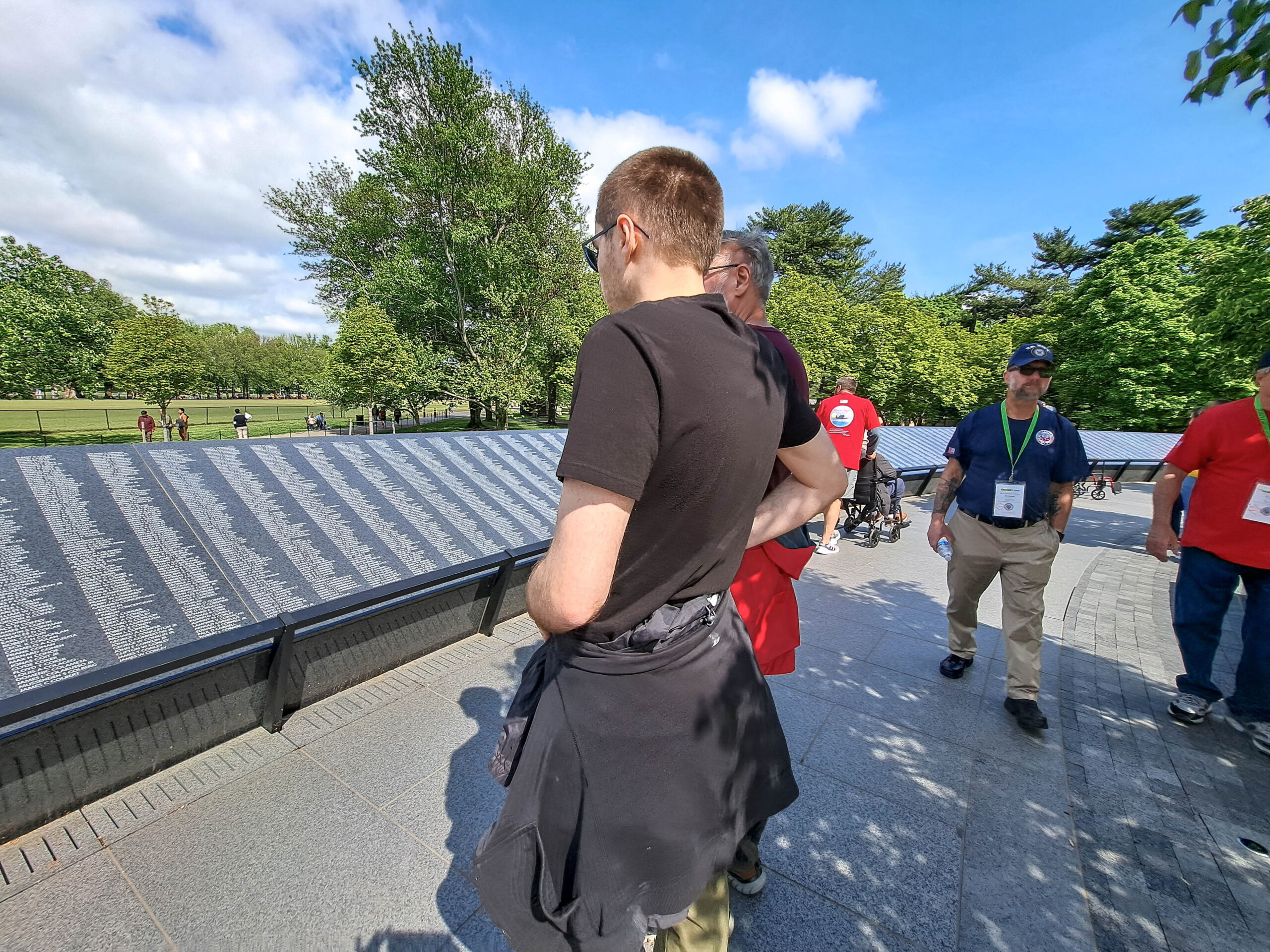
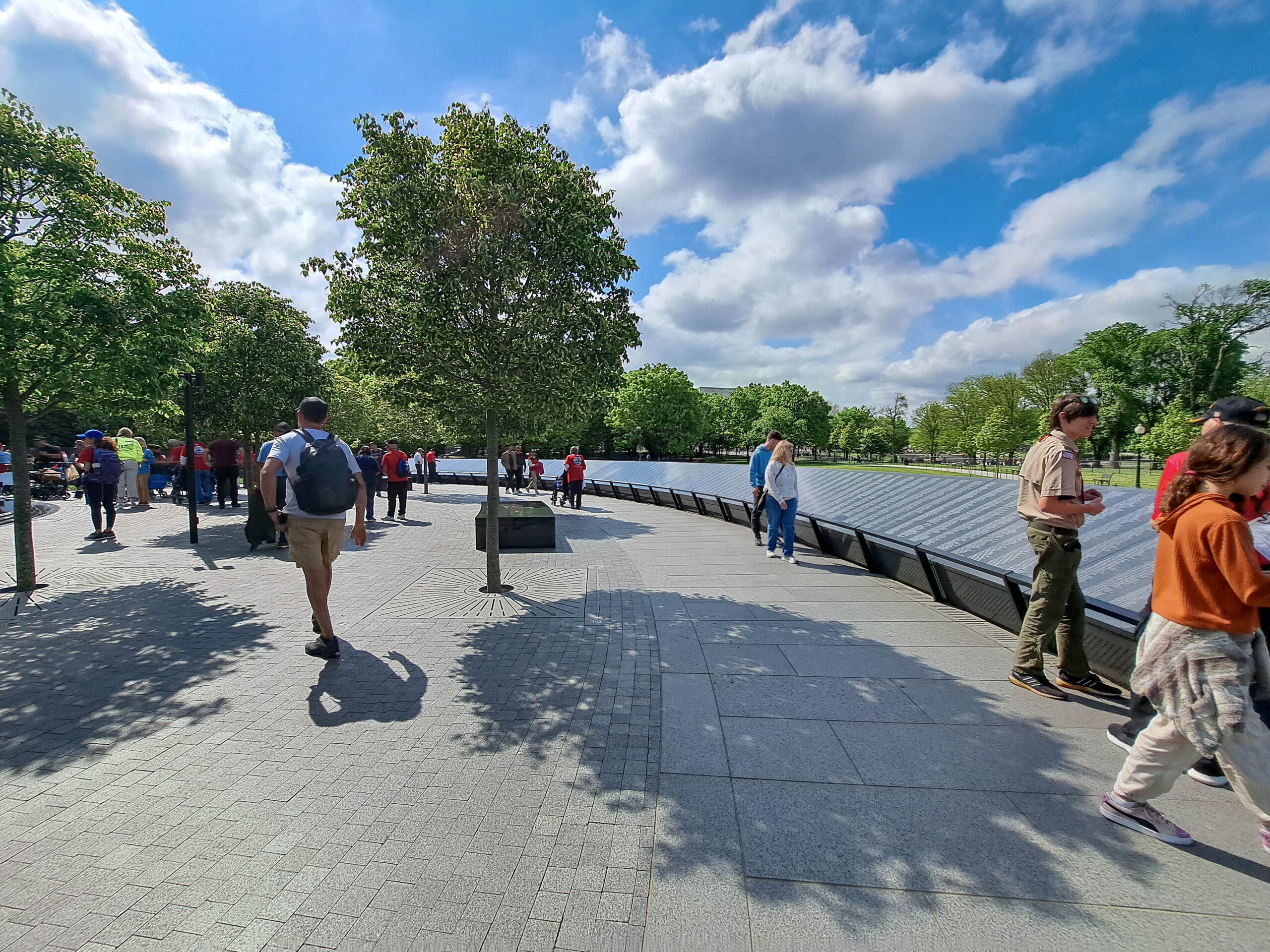
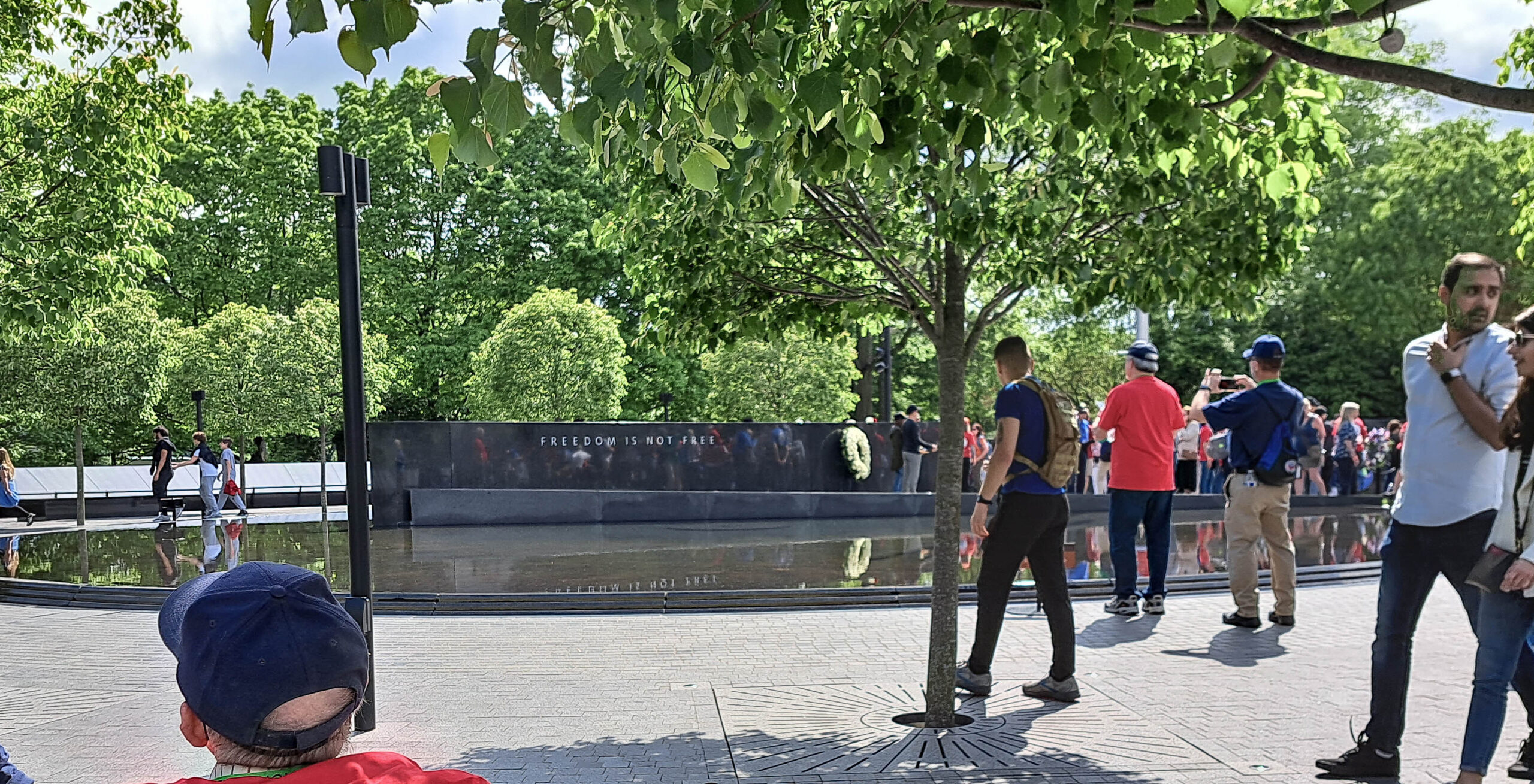
Lincoln Memorial
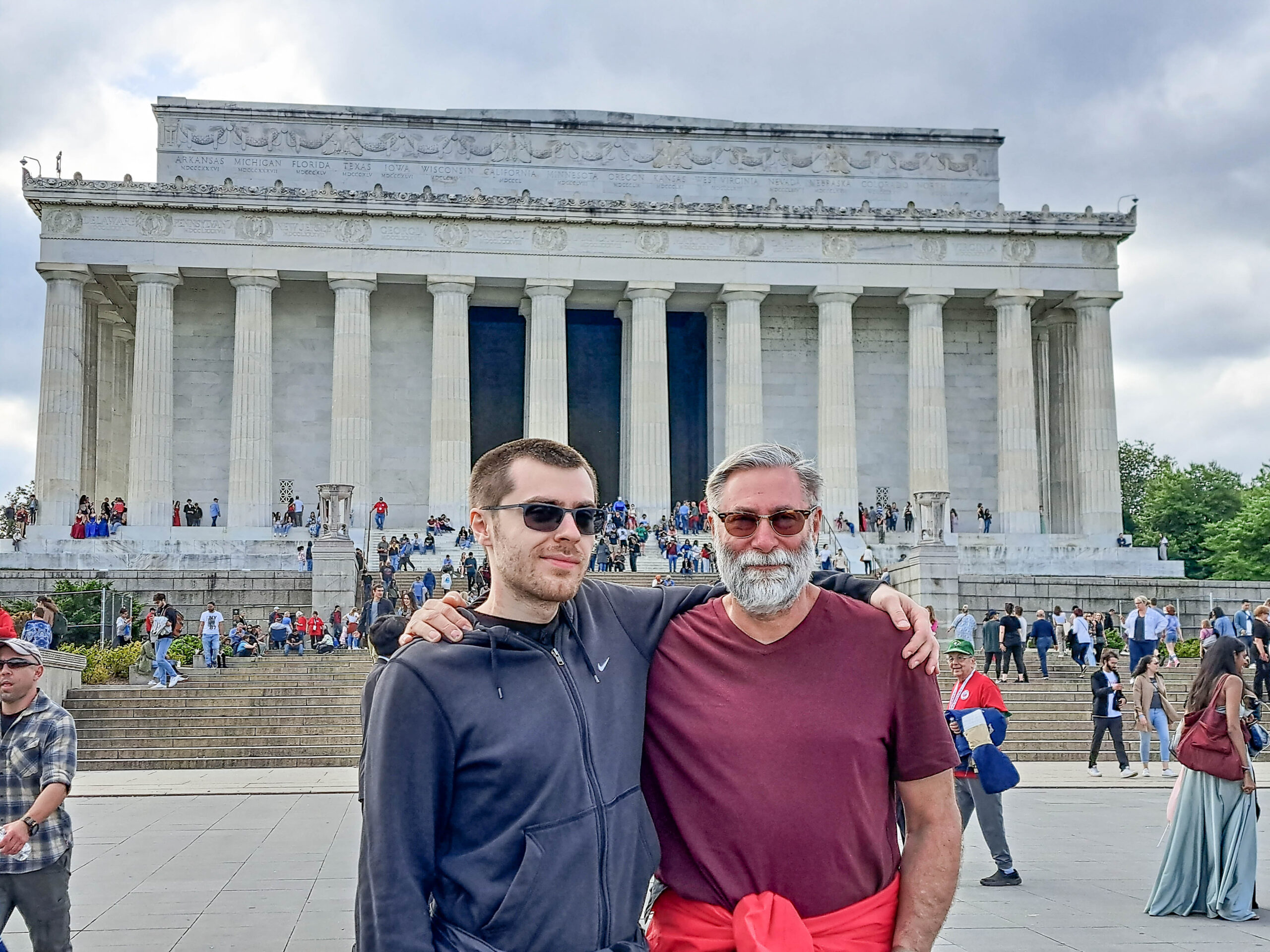
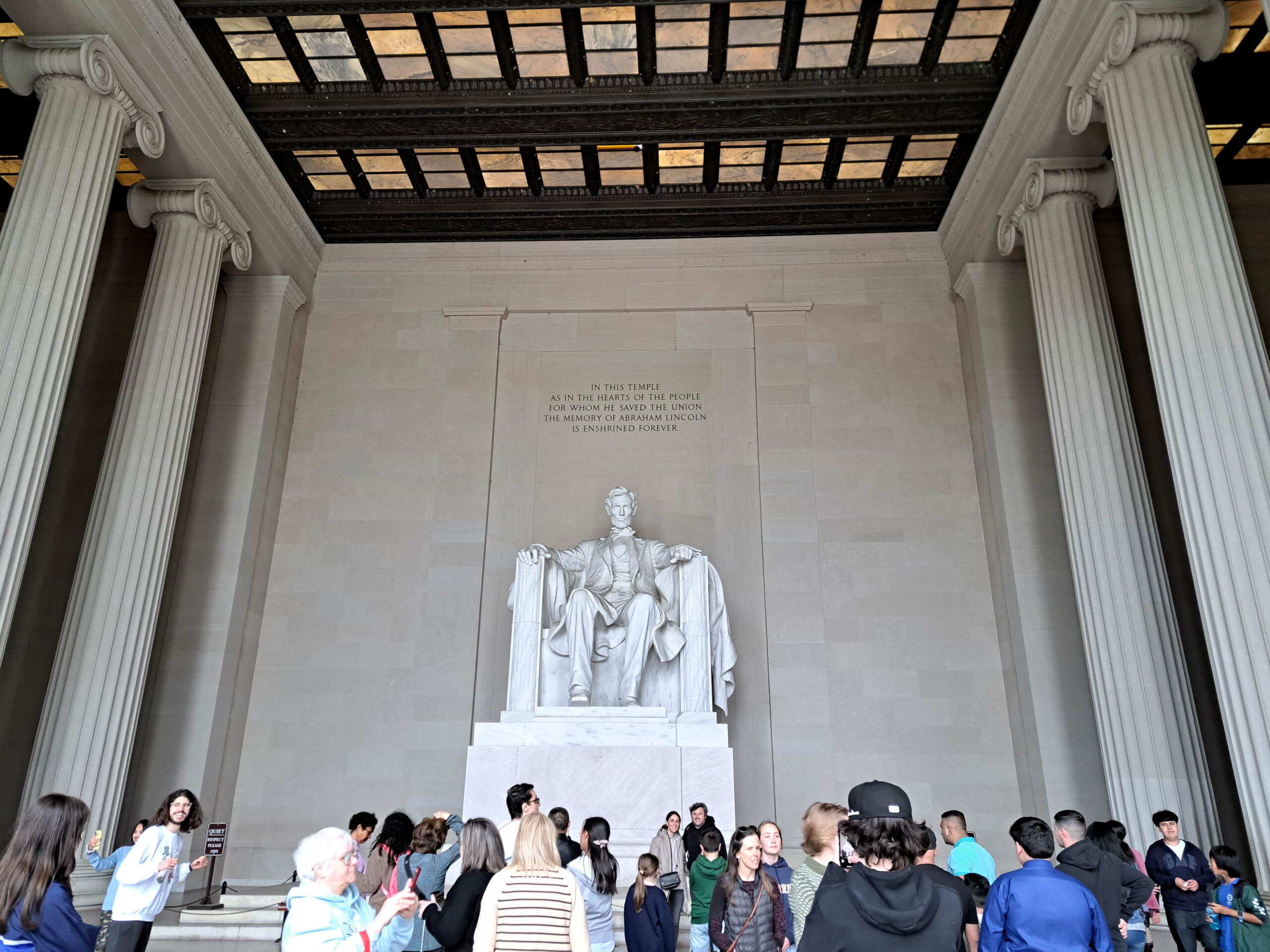
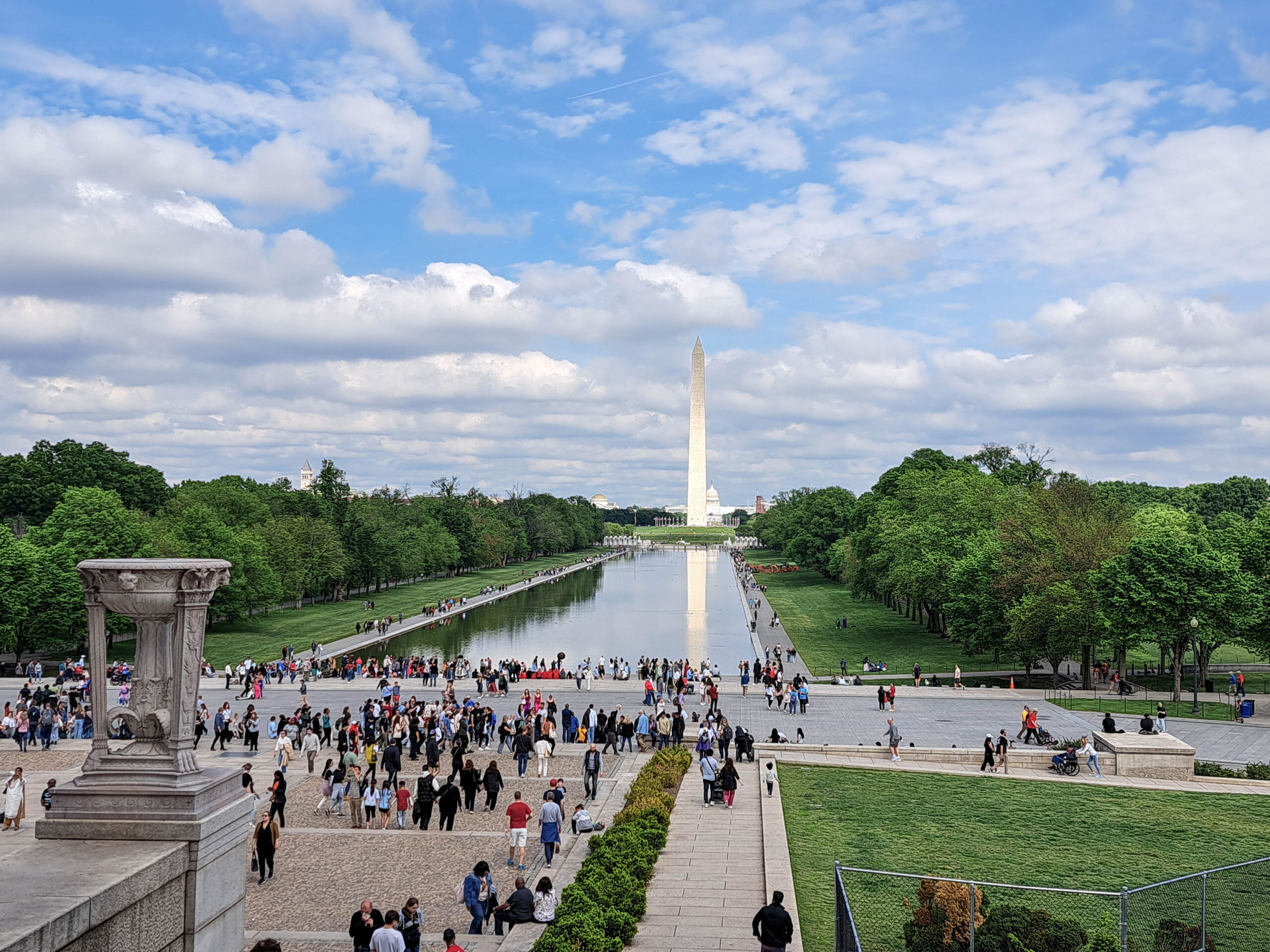
Vietnam Veterans Memorial
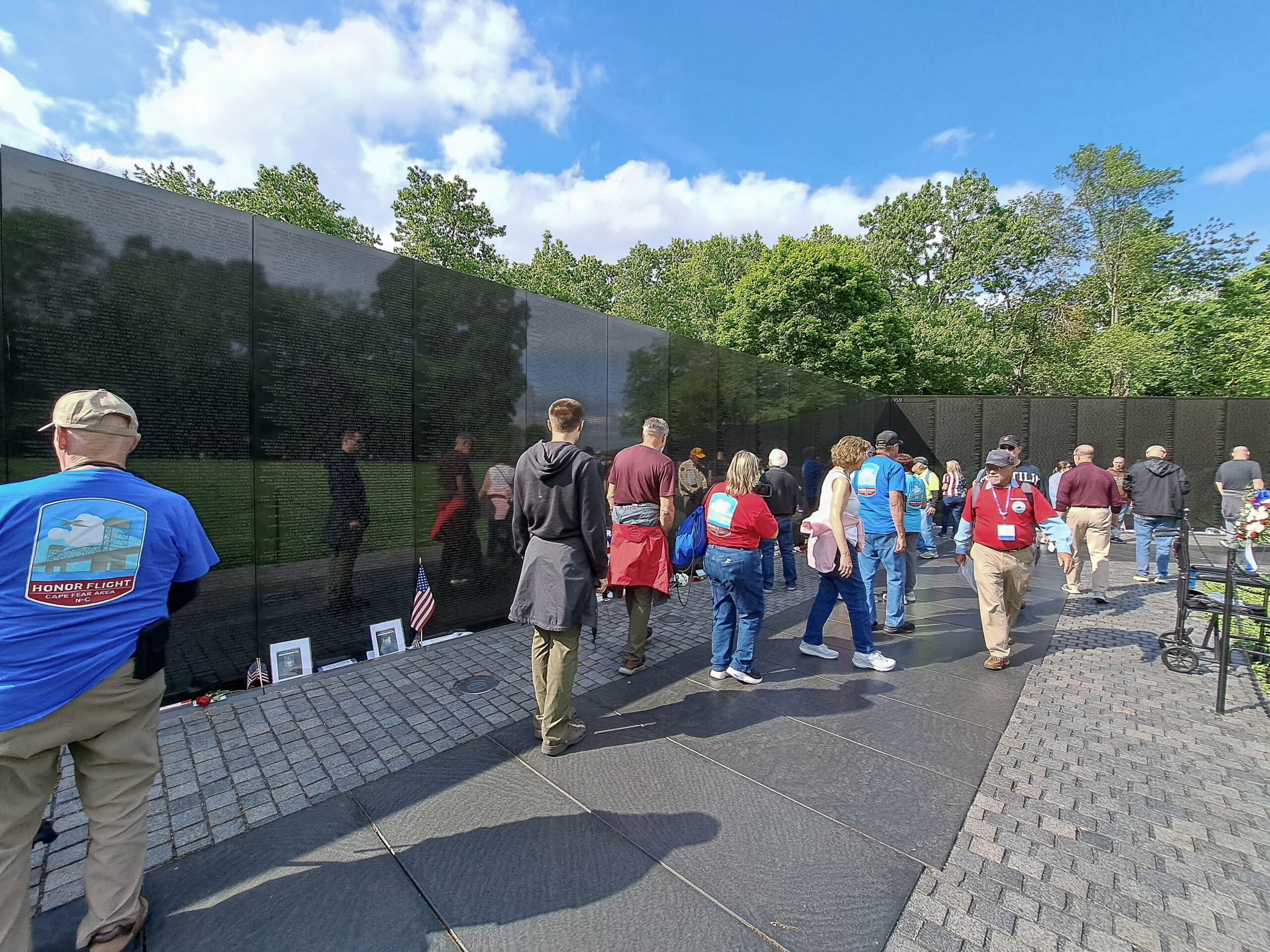
Supreme Court of the United States
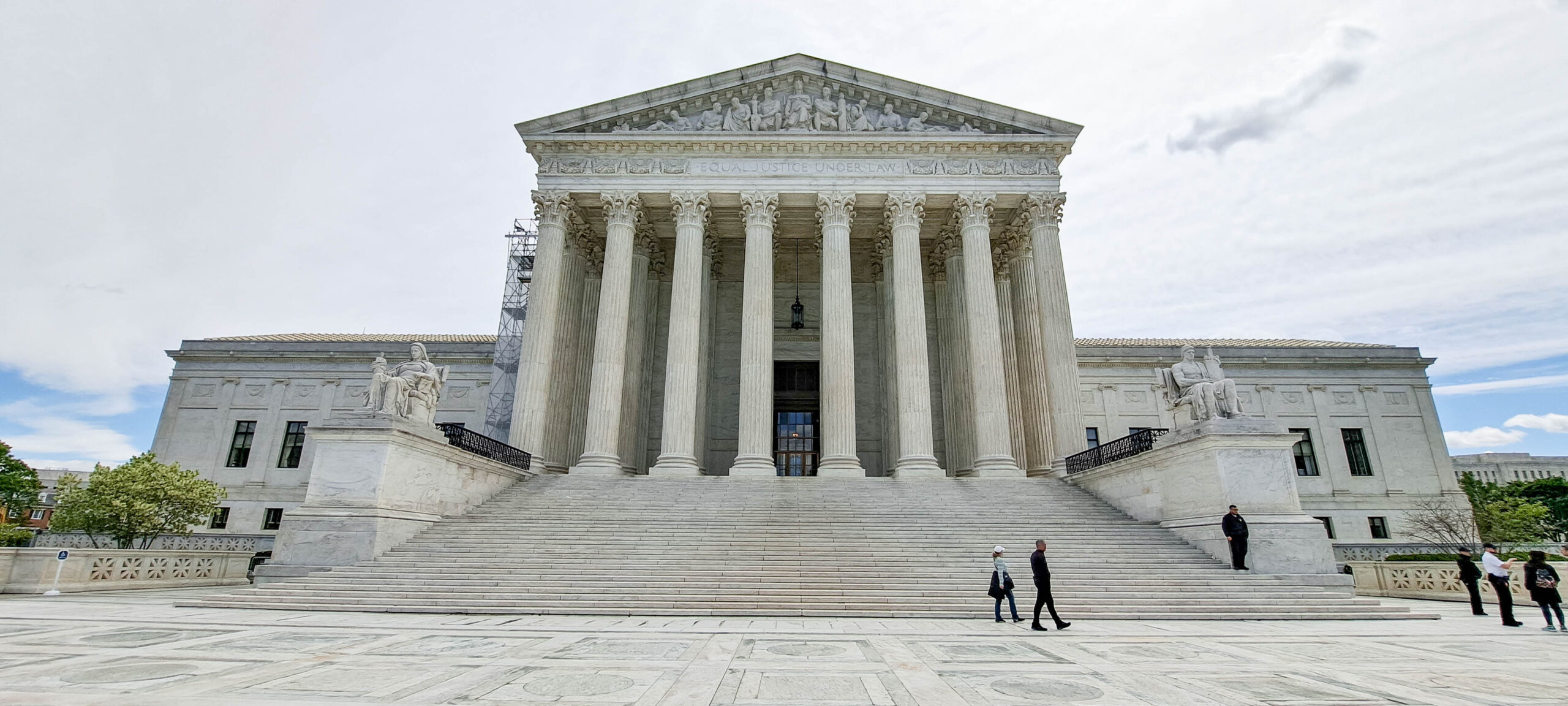
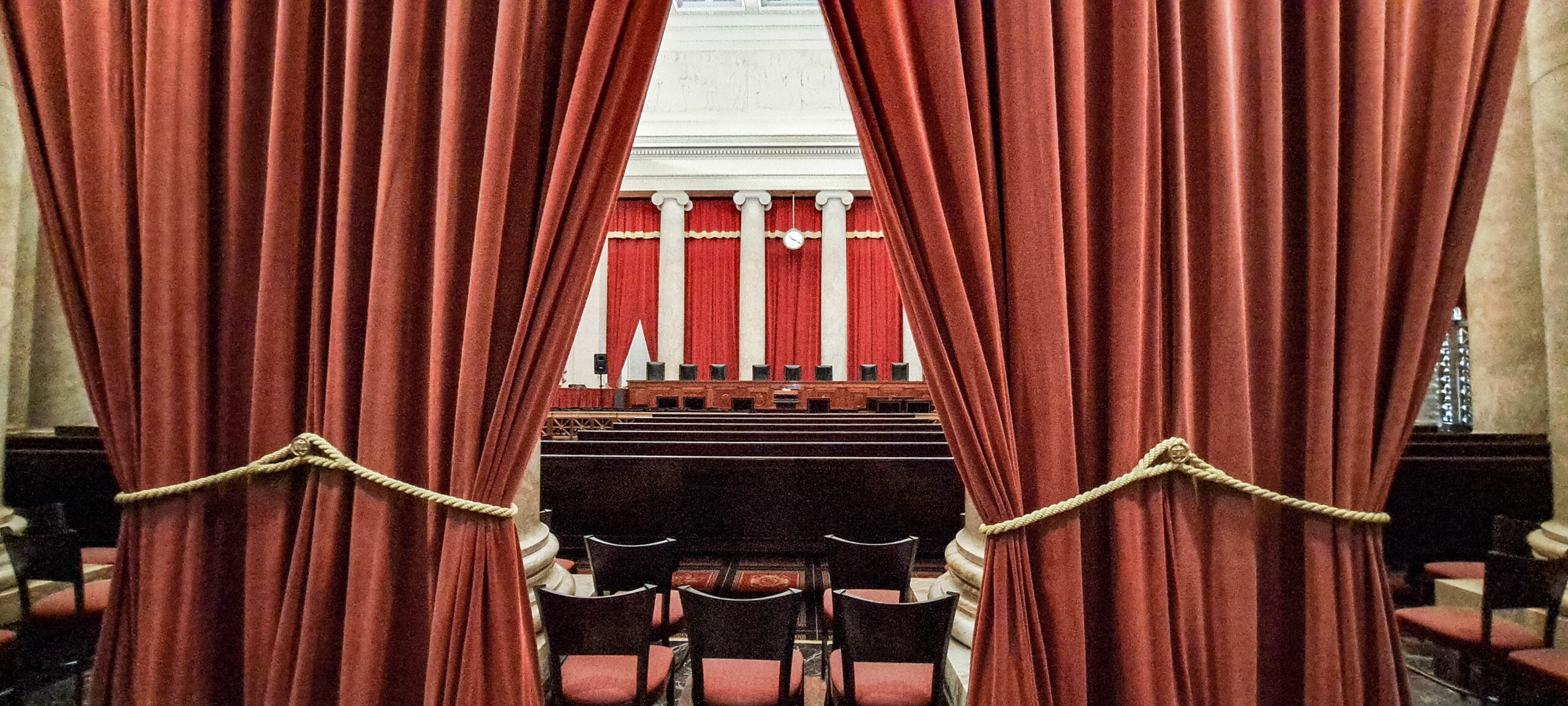
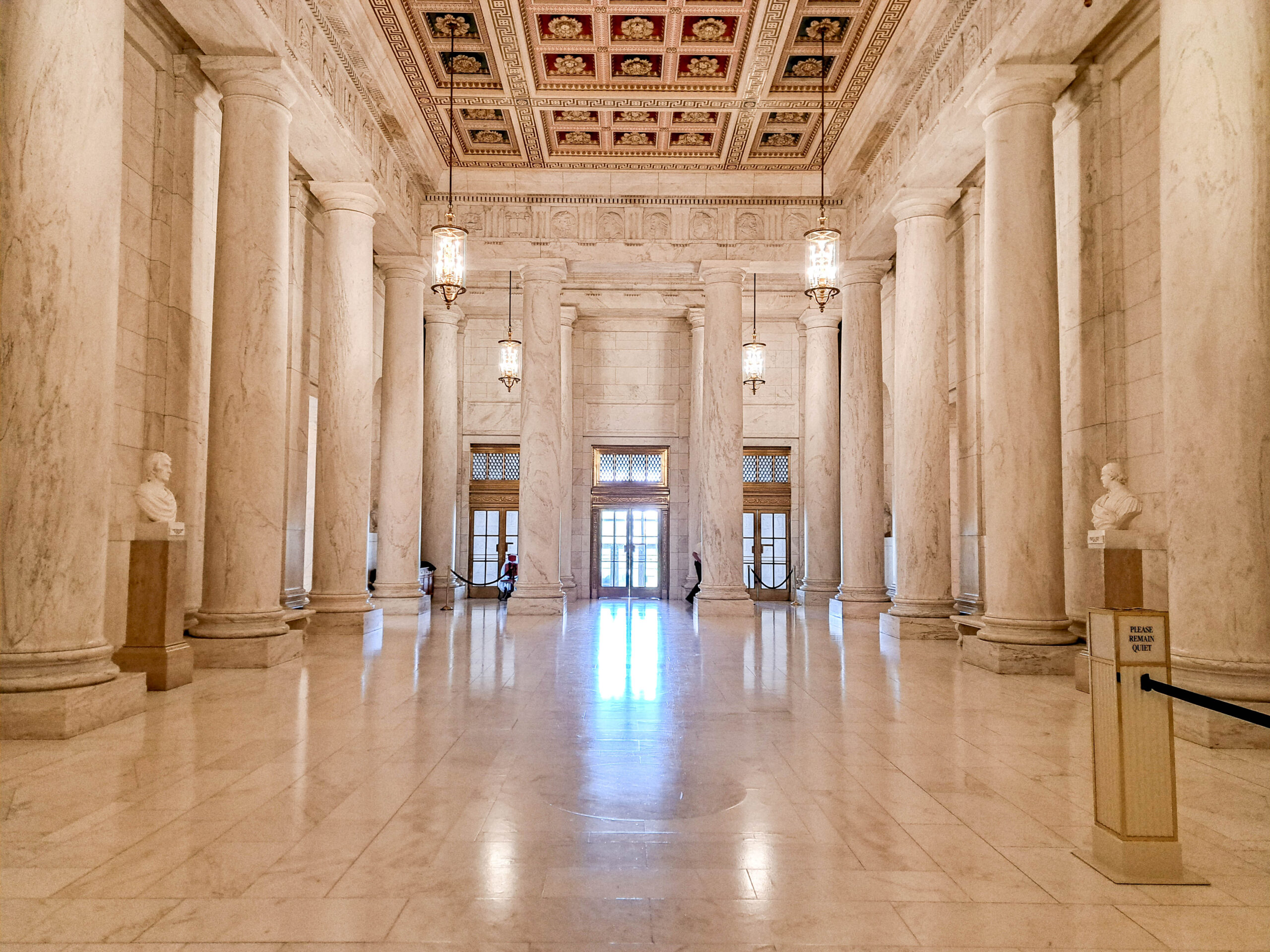
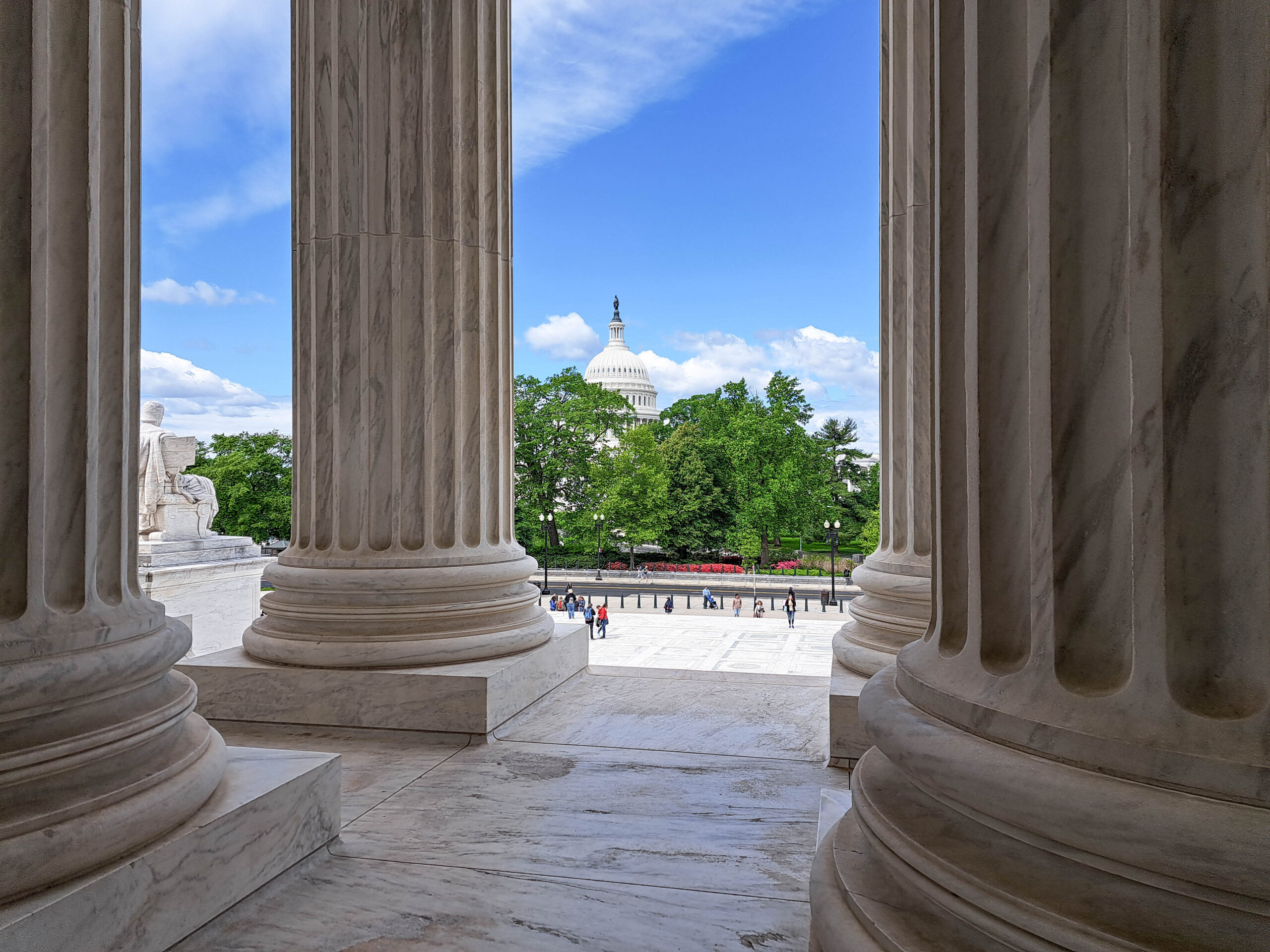
The United States Capitol
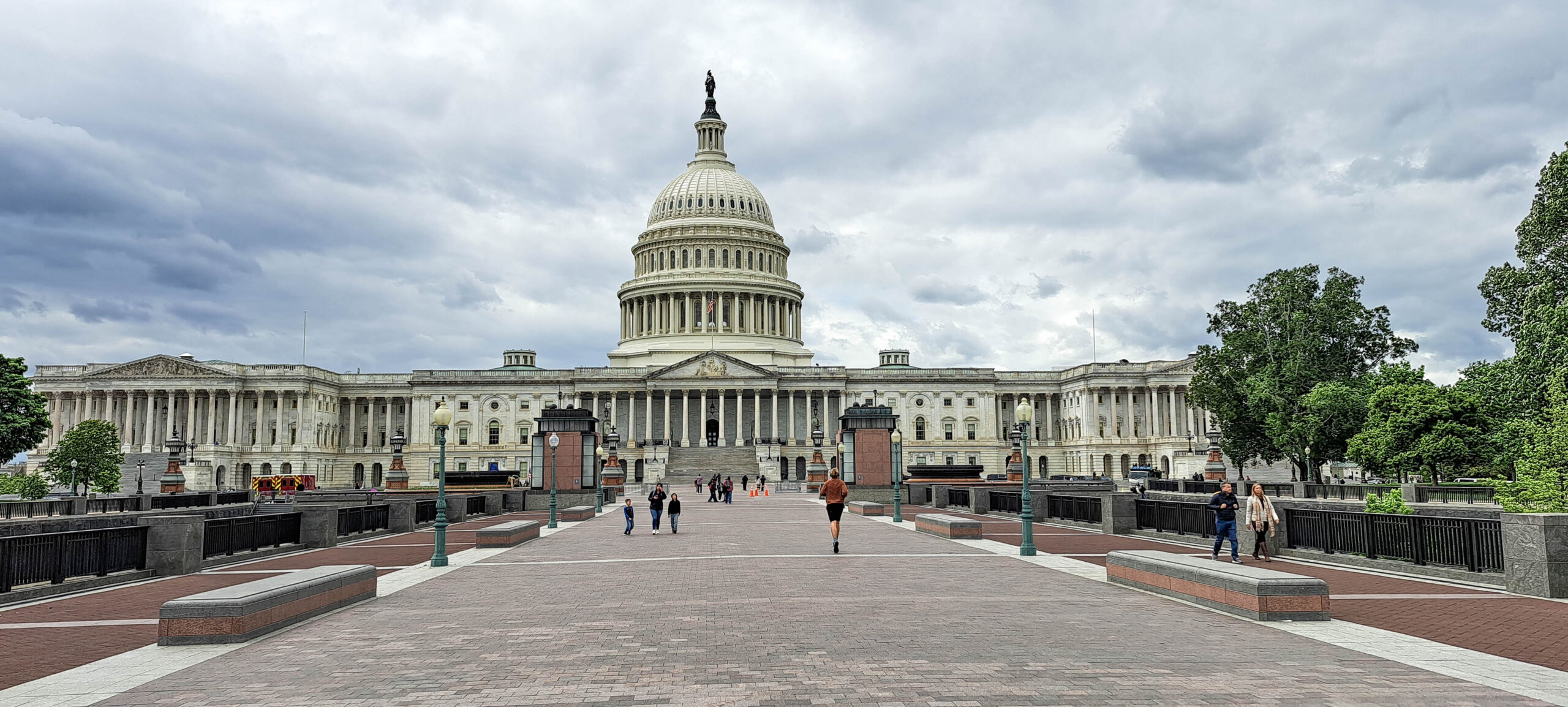
The Crypt: “This vaulted space beneath the Rotunda has long been called the Crypt because of its resemblance to similar areas in churches, which were often used for chapels and tombs.
Forty Aquia Creek sandstone columns in the Doric style support the floor above and were installed in the 1820s under architect Charles Bulfinch, who completed the construction of the Capitol in 1826.
The floor is original and is paved with stone from the quarry at Seneca, Maryland. The central white marble “compass stone” in the floor marks the center of the U.S. Capitol and is the point where the city is divided into quadrants (Northeast, Northwest, Southeast and Southwest).”
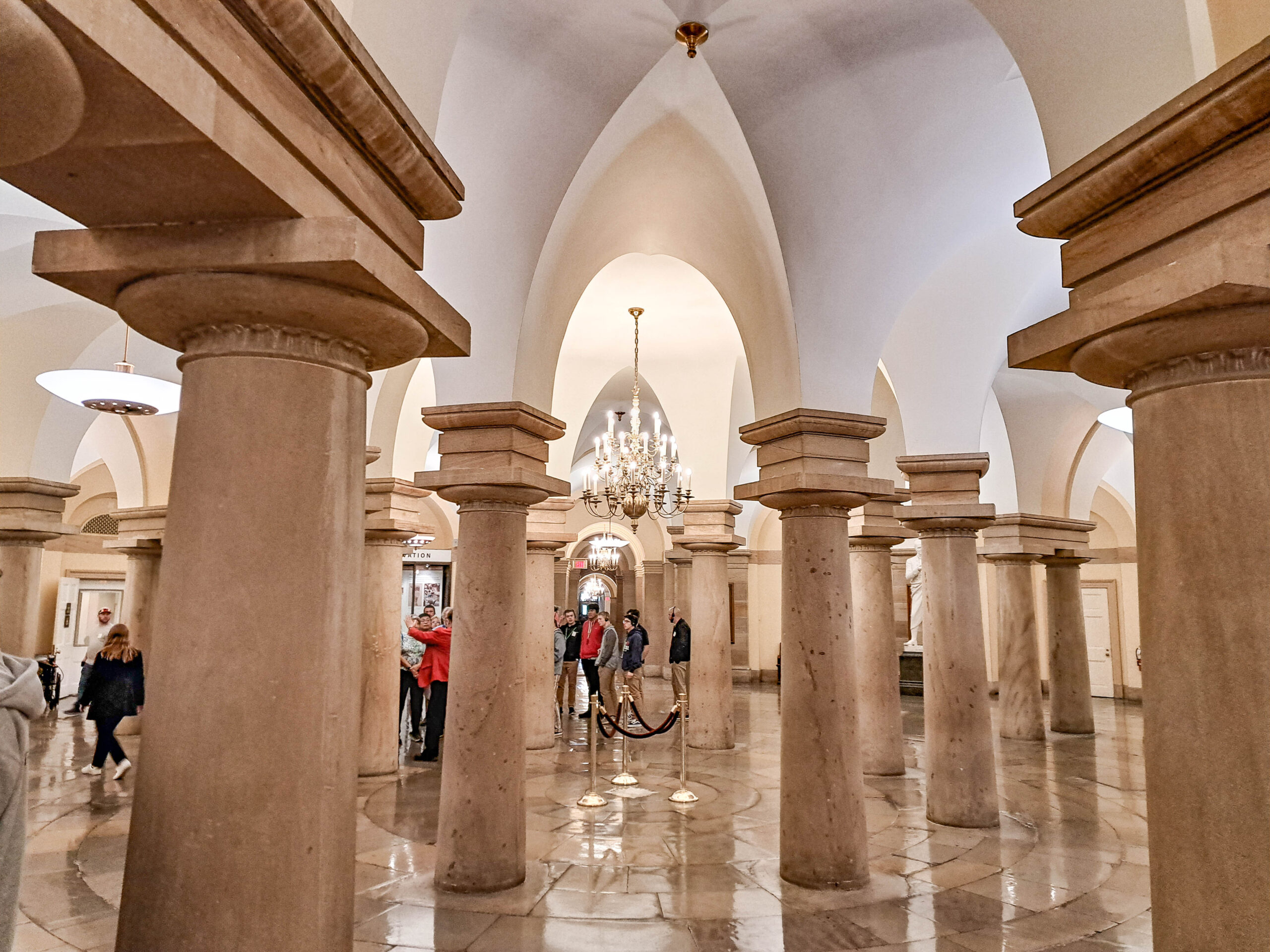
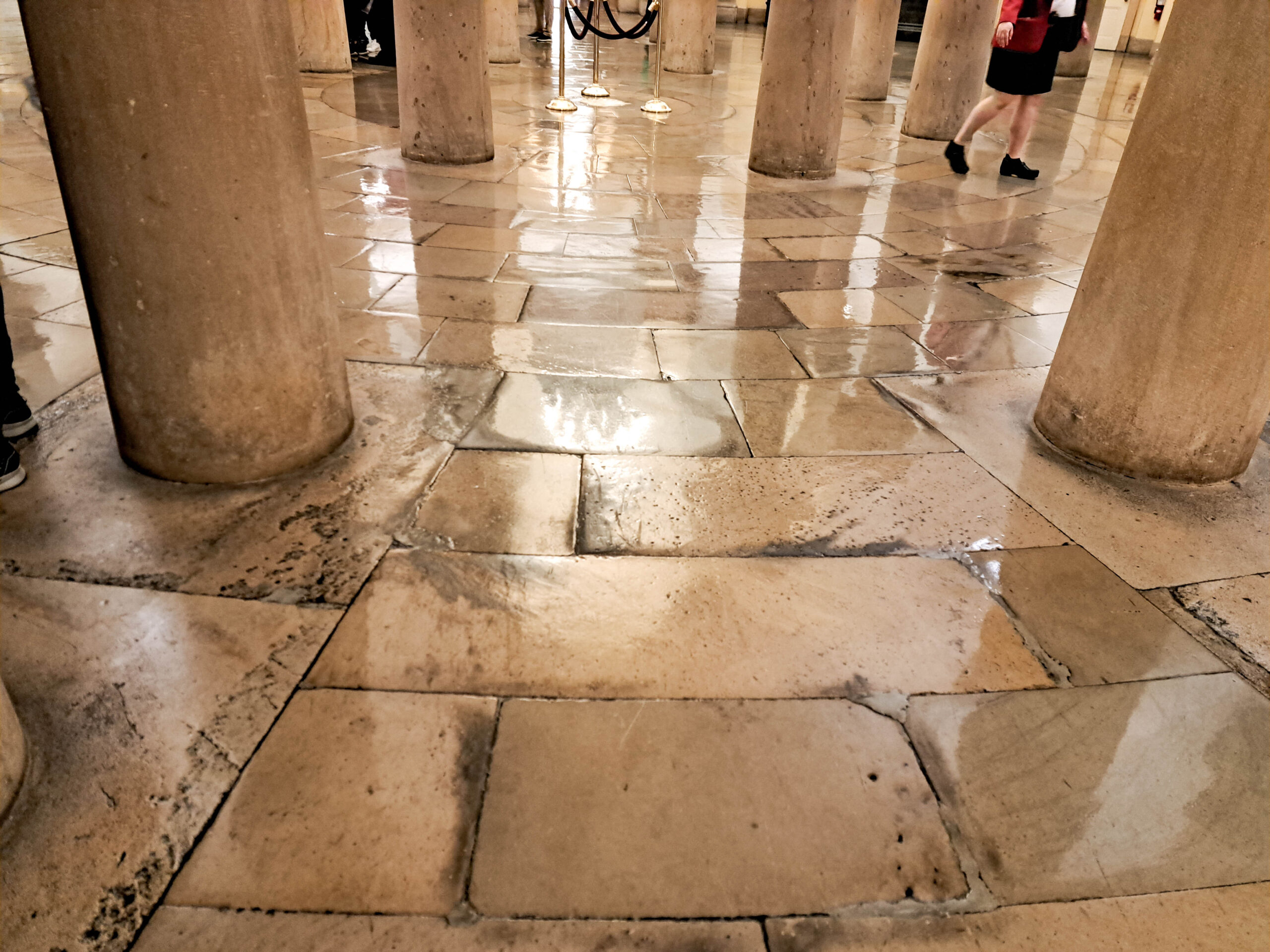
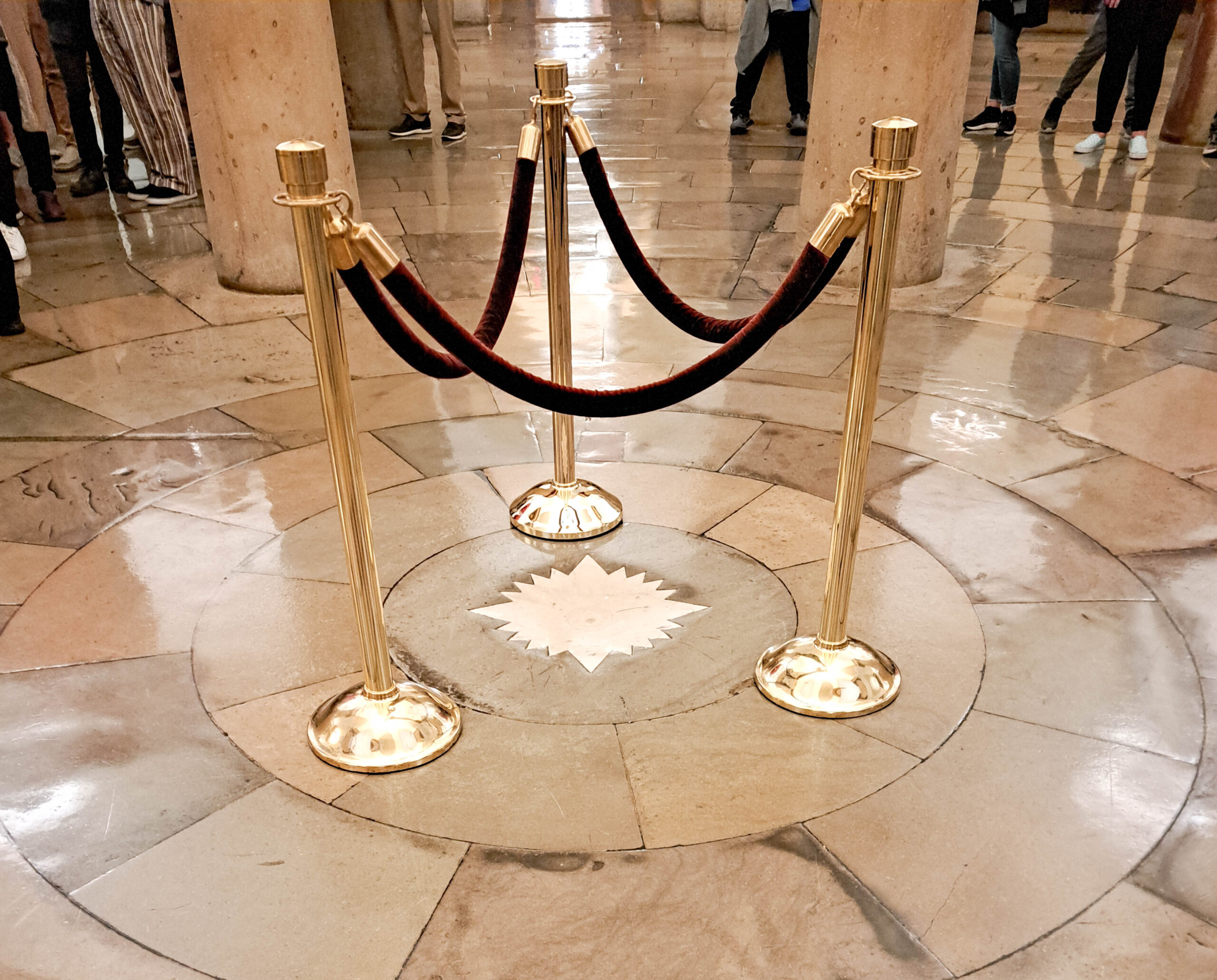
The Rotunda: “The Rotunda was completed under the direction of Charles Bulfinch by the time of the visit of the Marquis de Lafayette in 1824. Conceived in the age of neoclassicism, the Rotunda was intended to recall the Pantheon, the ancient Roman temple. Bulfinch created in the U.S. Capitol Rotunda an ambitious orchestration of architecture, sculpture and painting.
The curved sandstone walls are divided by fluted Doric pilasters with wreaths of olive branches carved in the frieze above. The floor is composed of concentric rings of waxed Seneca Sandstone arrayed around a central circular white marble slab. Individual stones have been replaced as needed since their installation.
The space is used for important ceremonial events as authorized by concurrent resolution, such as the lying in state of eminent citizens and the dedication of works of art.”
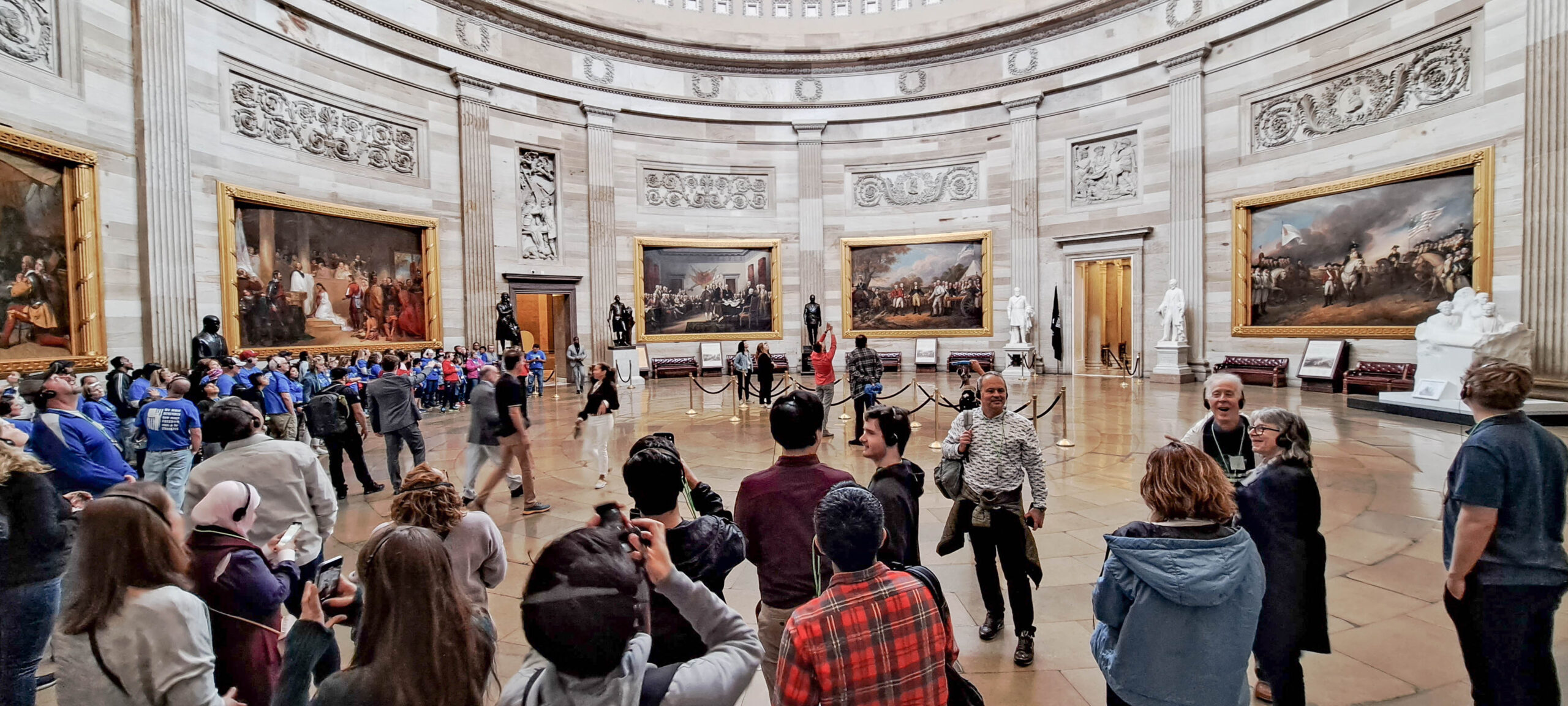
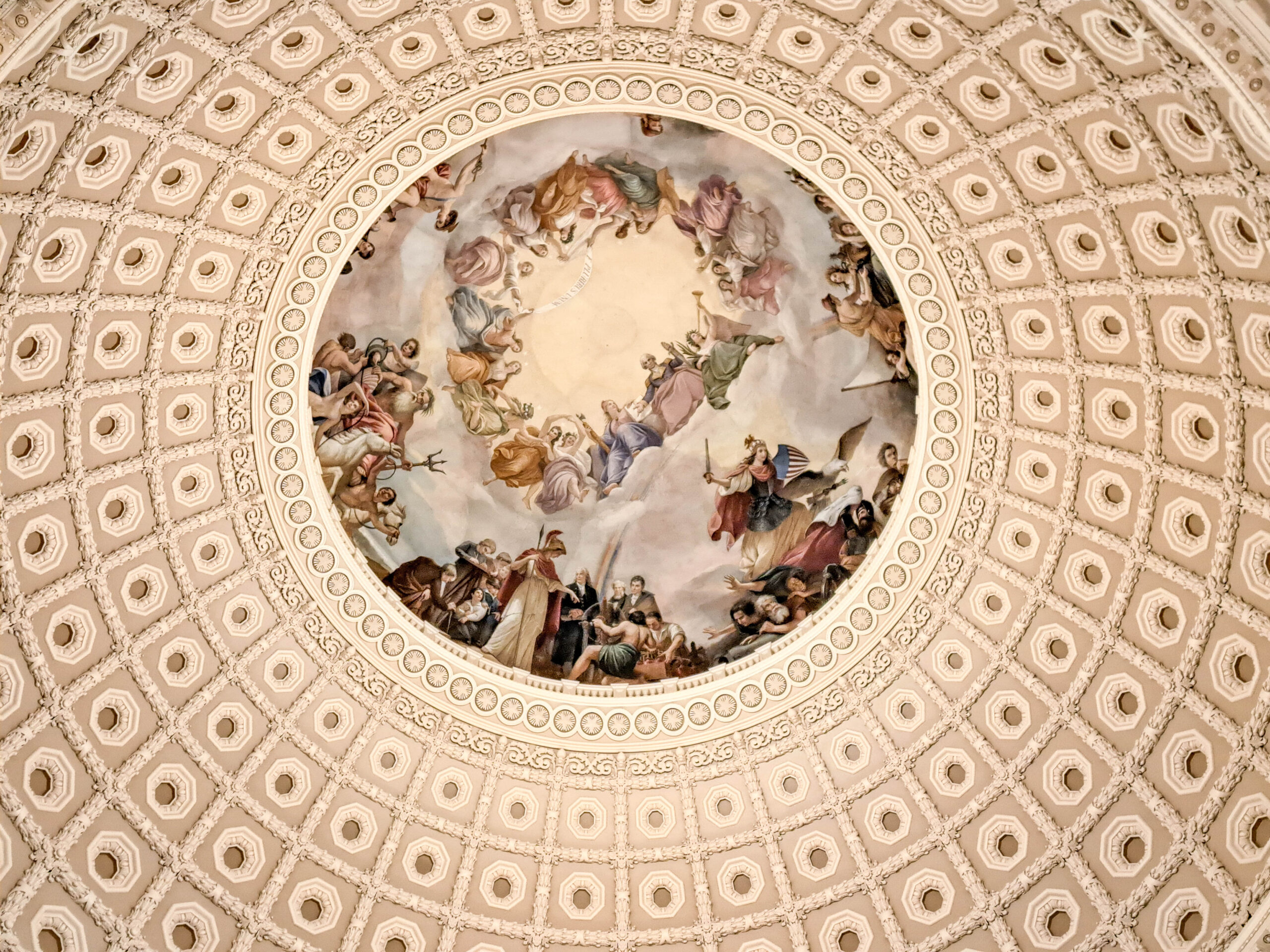
National Statuary Hall: “Initially all of the state statues were placed in National Statuary Hall. As the collection expanded, however, it outgrew the Hall, and in 1933, Congress authorized the display of the statues throughout the building for both aesthetic and structural reasons. Presently, 35 statues are located in National Statuary Hall.”
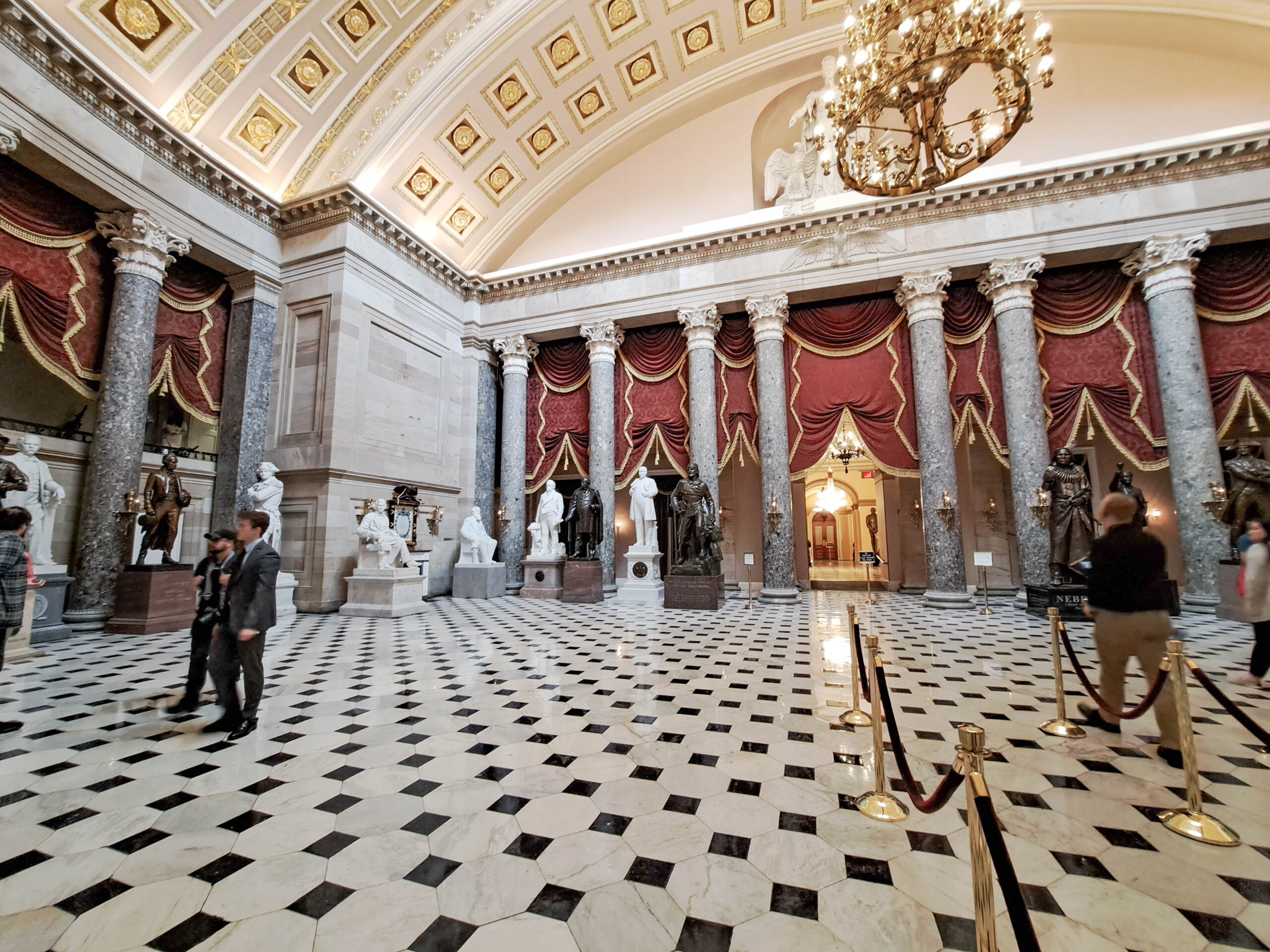
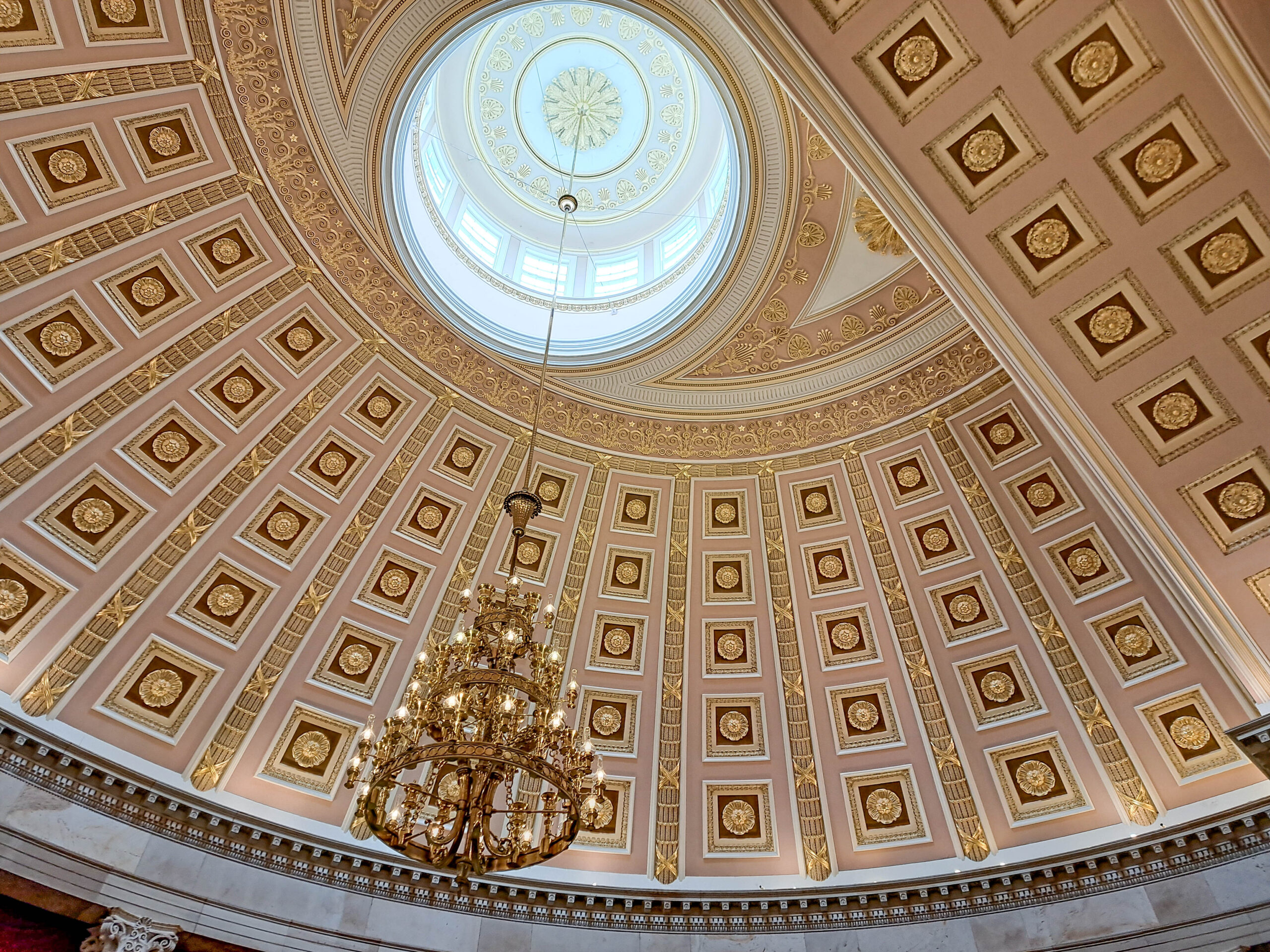
Washington Monument: “This monument stands in tribute to the military service of George Washington and the ideals of the national he helped create. One of the world’s iconic landmarks, the Washington Monument is taller than any other structure in Washington, DC.
Workers completed the Washington Monument in 1884. At the time, it was the world’s tallest building. At 555 feet and 5 1/8 inches, the monument is still the world’s tallest freestanding stone structure.”
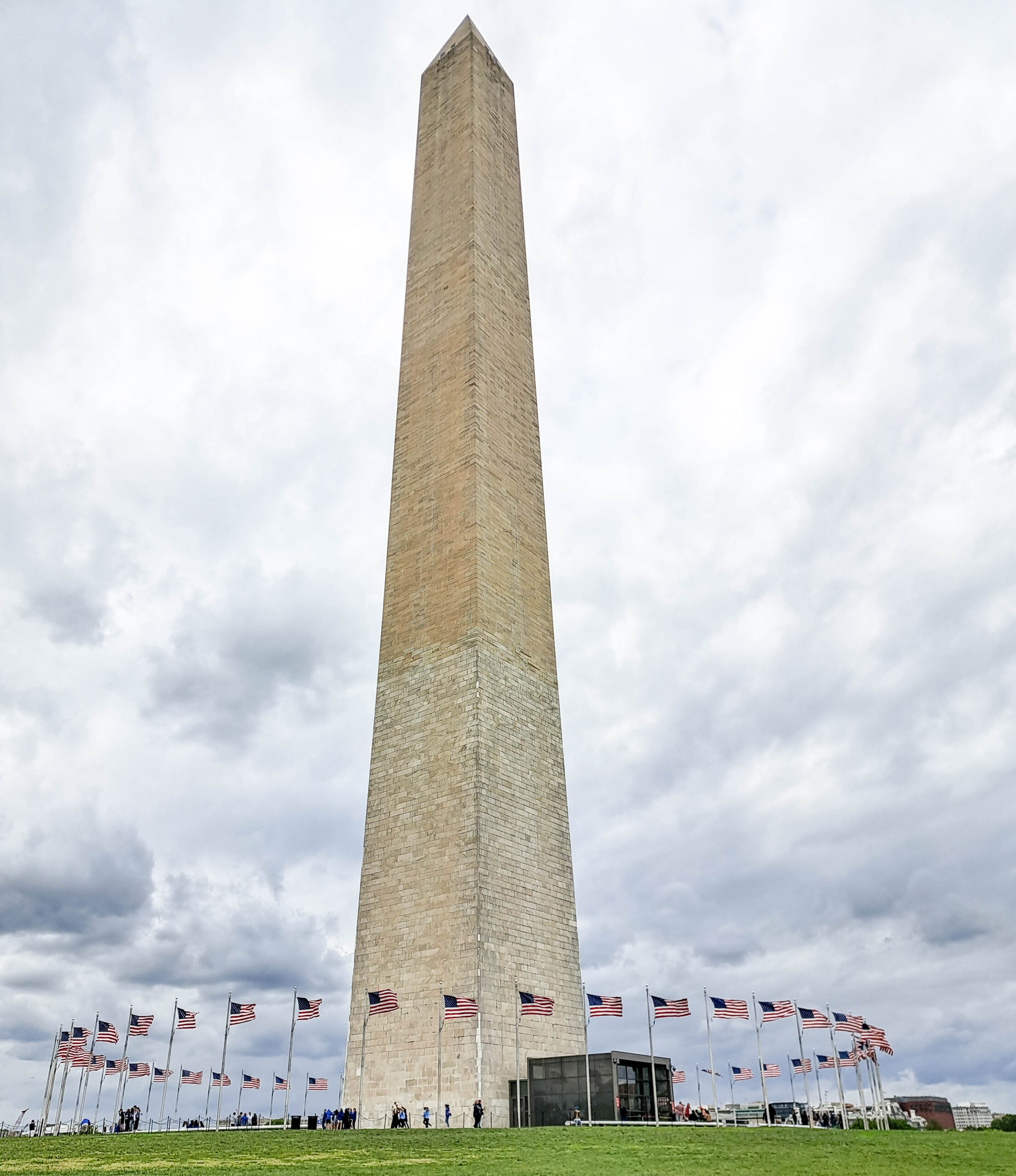
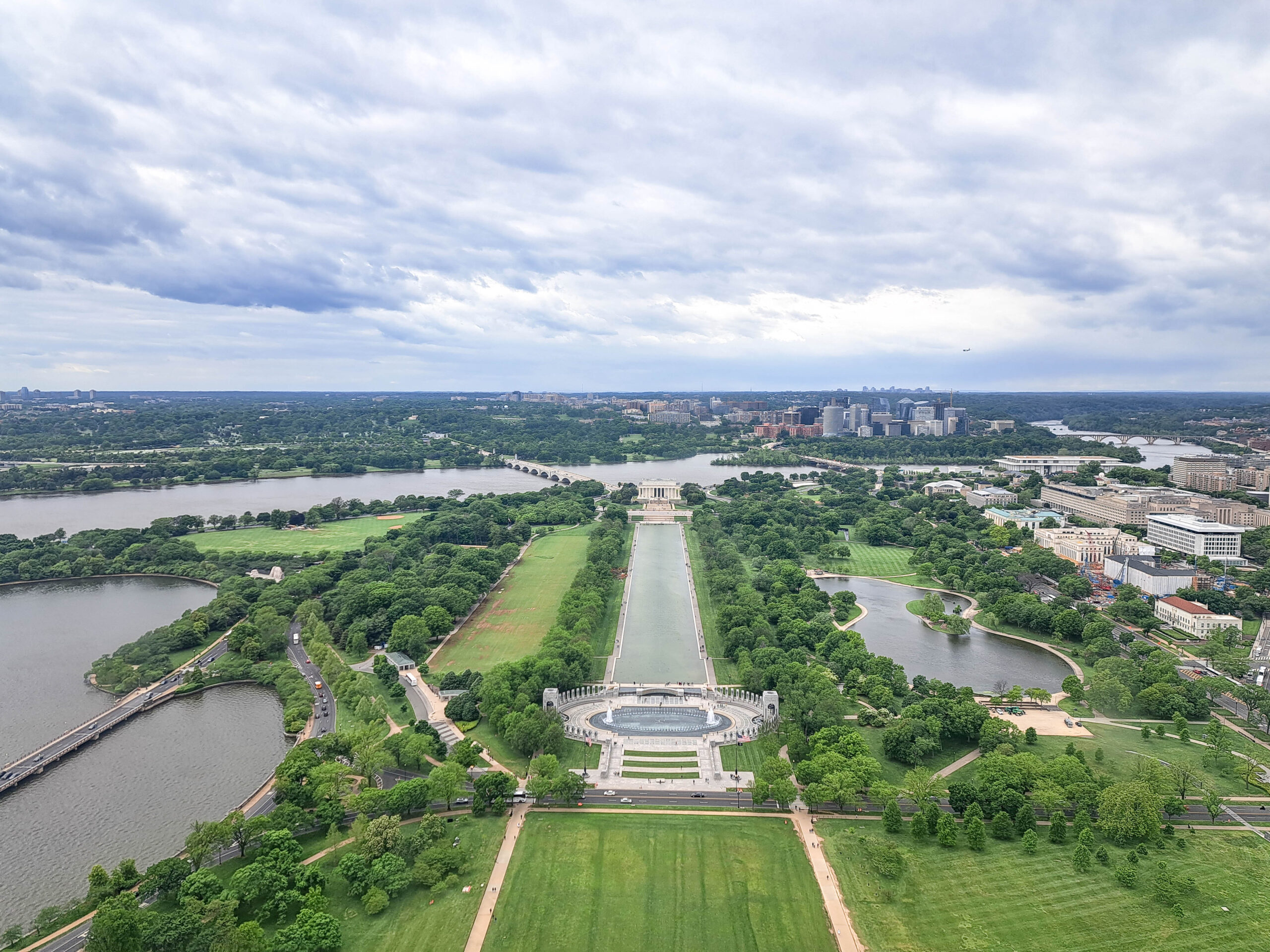
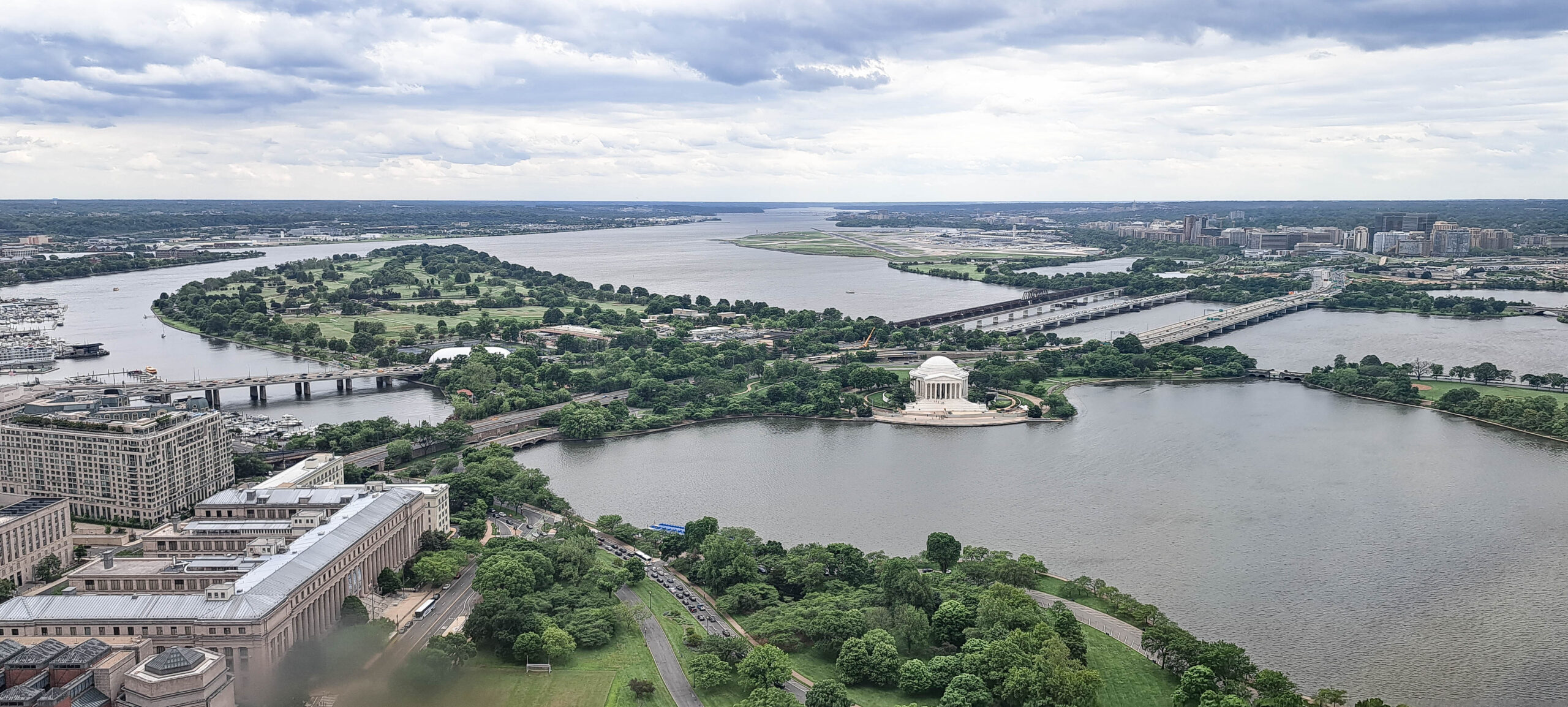
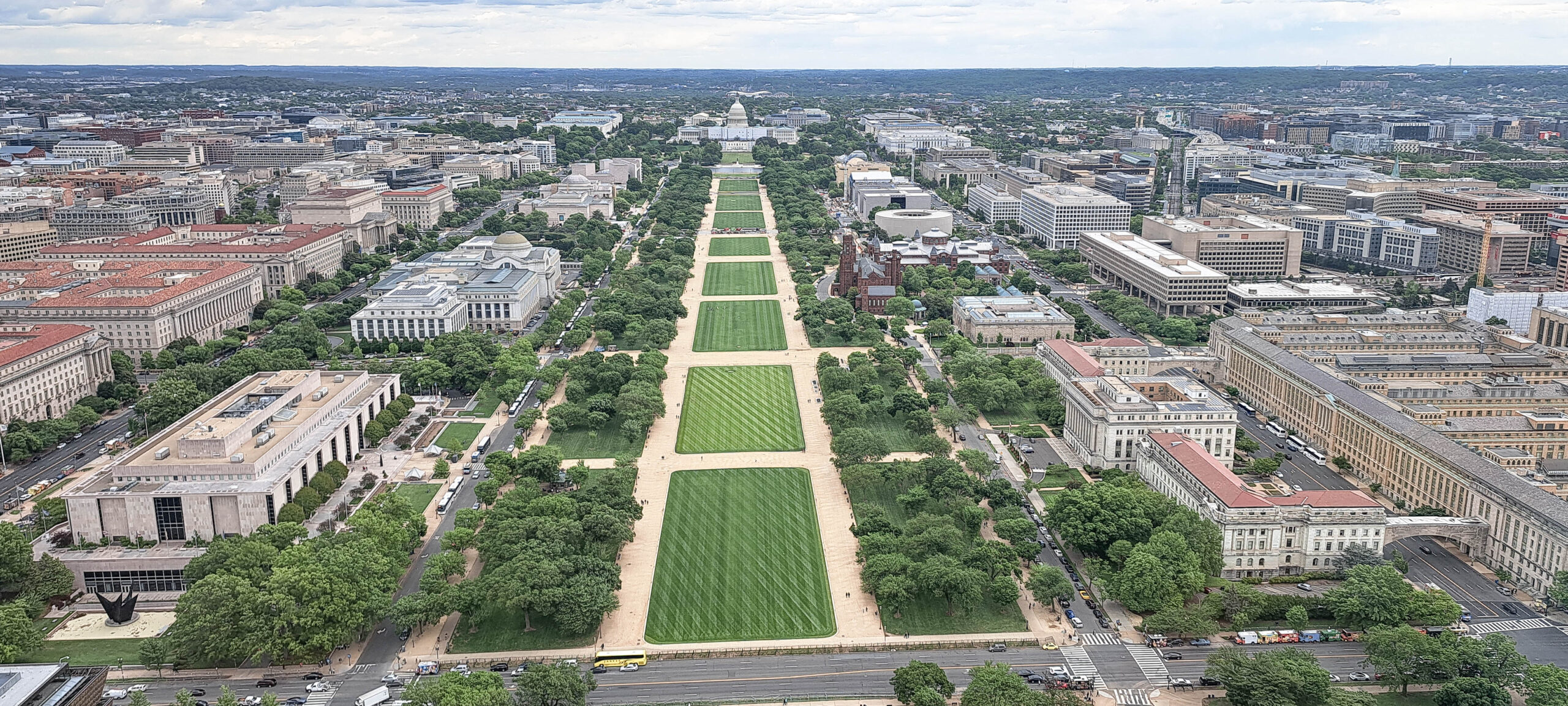
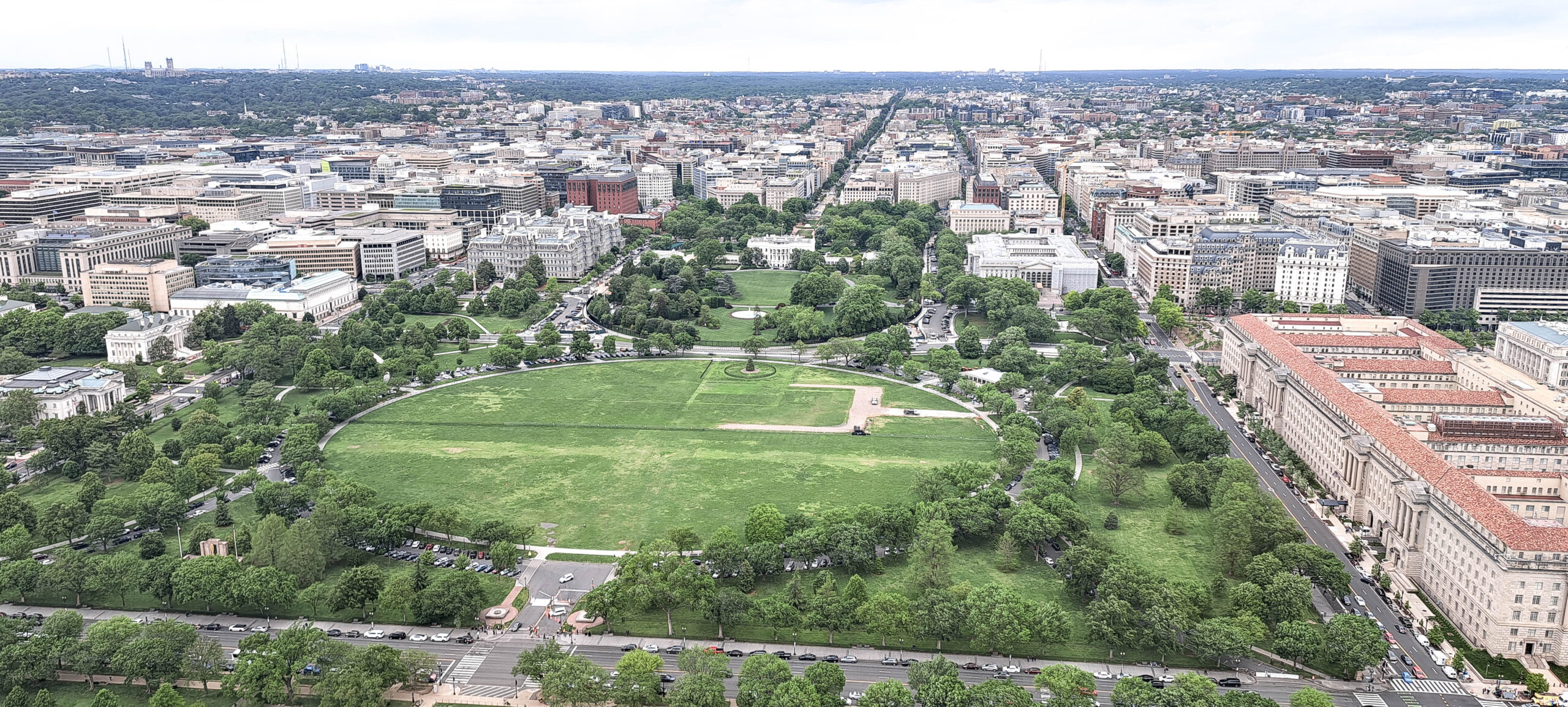
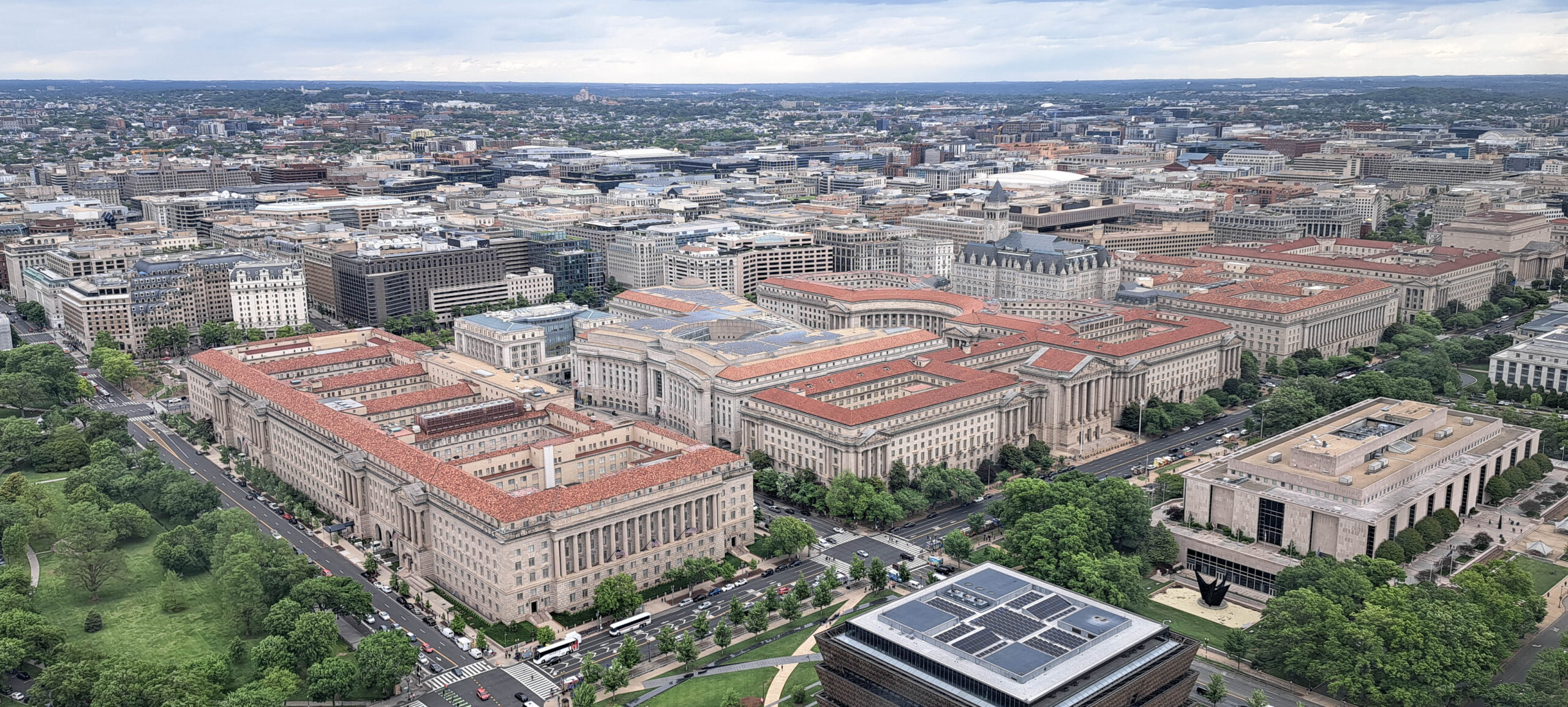
The Smithsonian Castle houses the Smithsonian Institution’s administrative offices and information center. It was the first Smithsonian Building, completed in 1855.
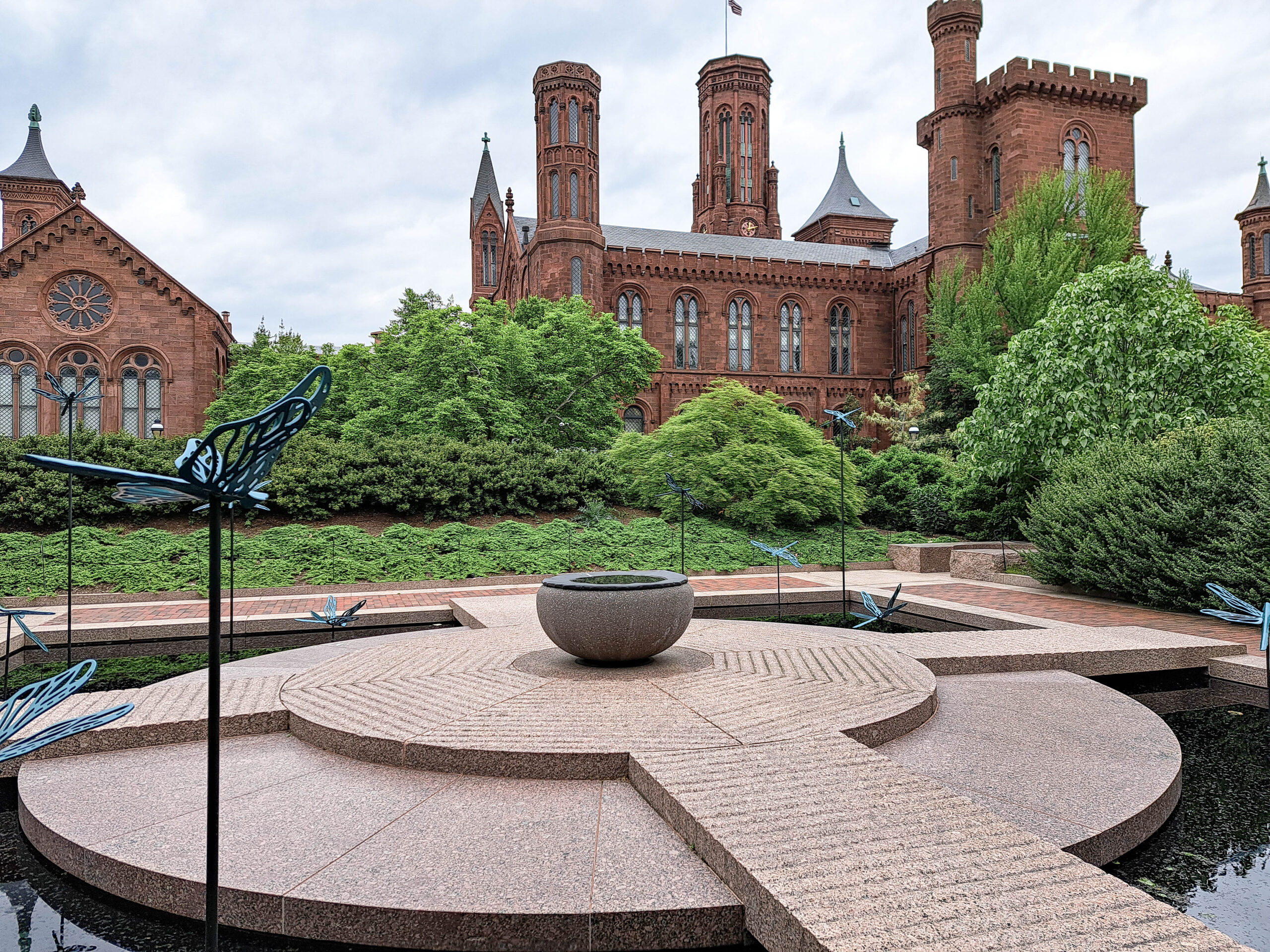
United States Botanic Garden: “It’s the oldest continually operating botanic garden in the United States. The history of the U.S. Botanic Garden coincides with the history of the U.S. itself, as George Washington, Thomas Jefferson and James Madison all wanted a national botanic garden, with their efforts eventually leading to one being established on the National Mall in 1820. The Botanic Garden has been in continuous operation since 1850 and in its current location since 1933.
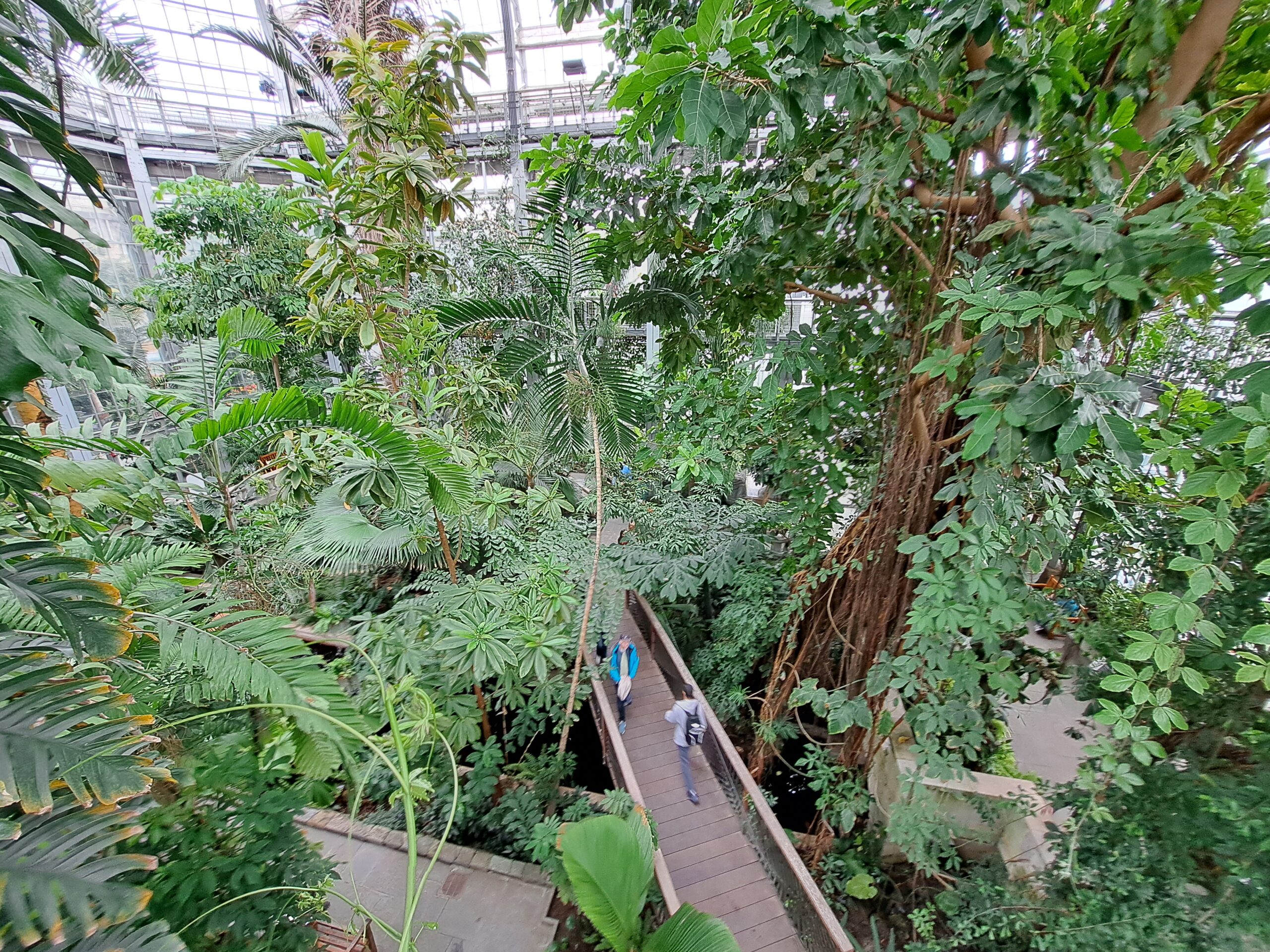
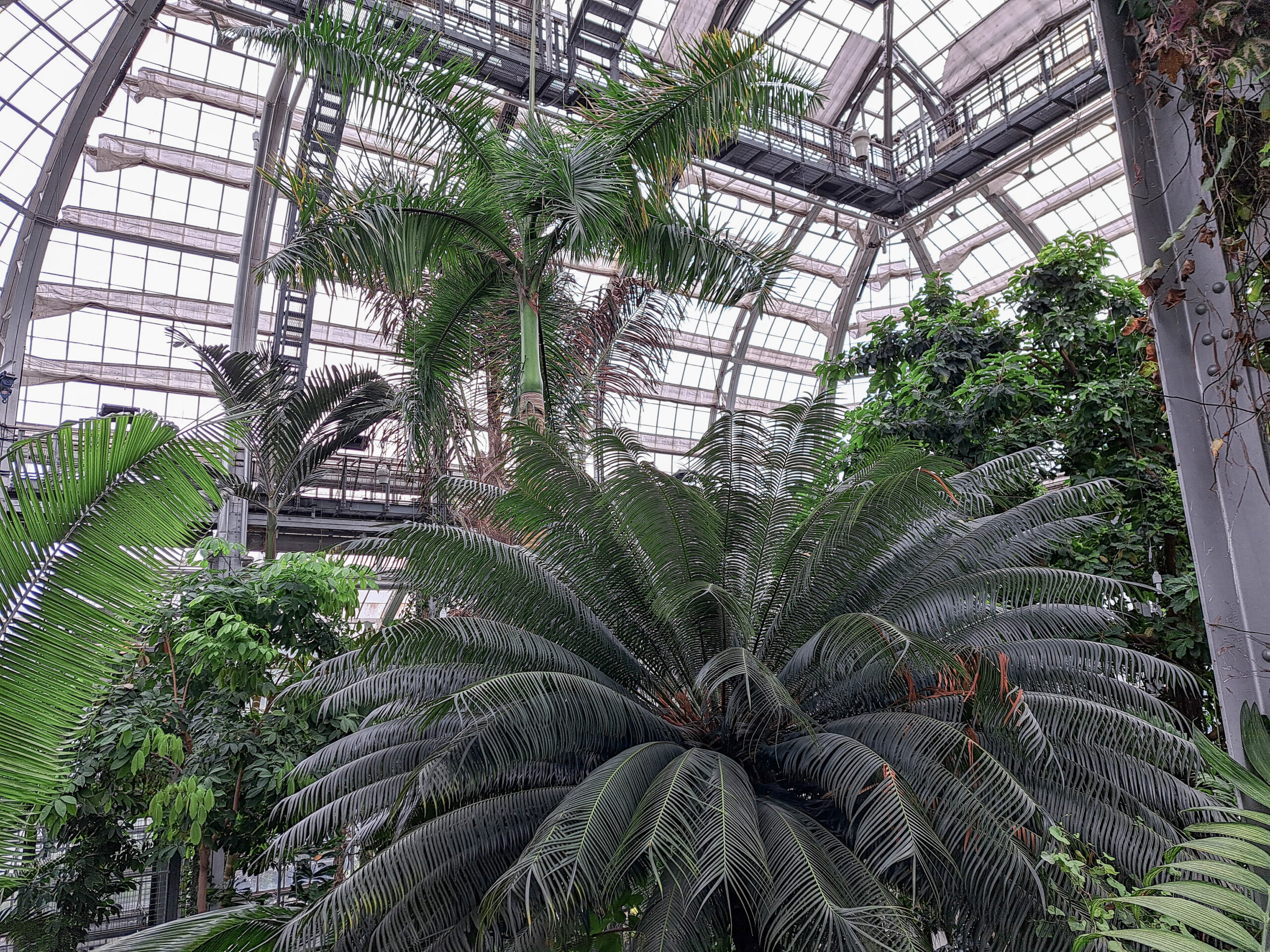
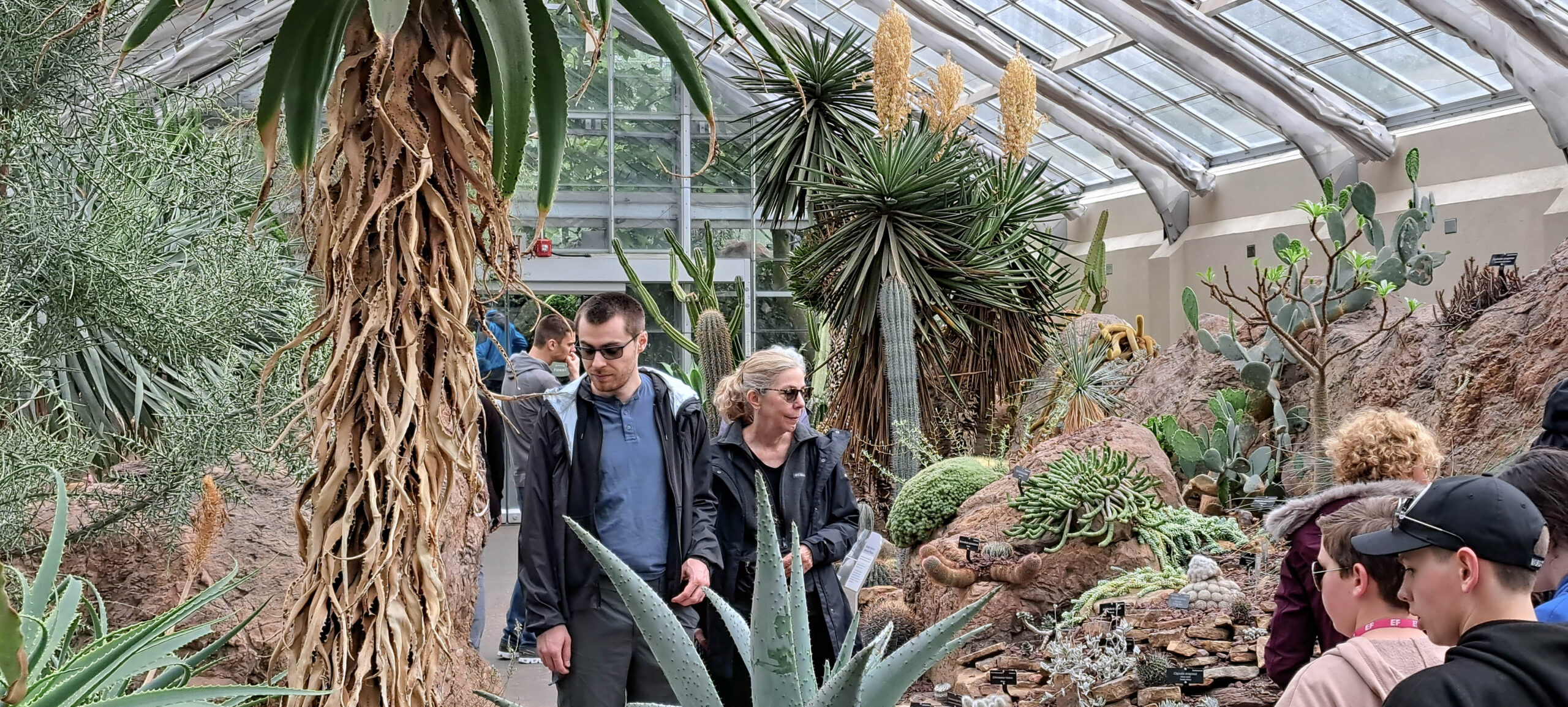
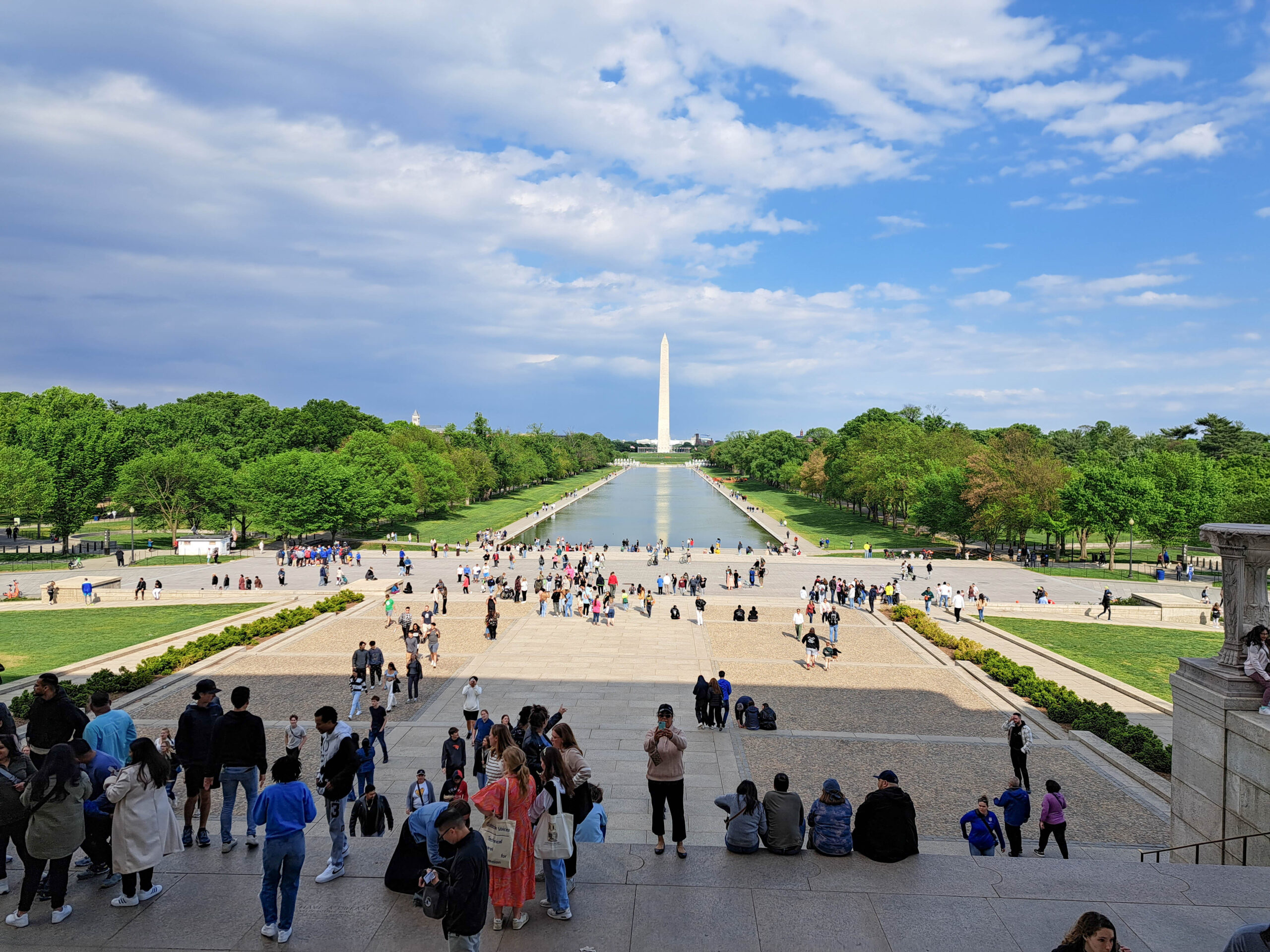
Nice photos, Thanks for putting that together.